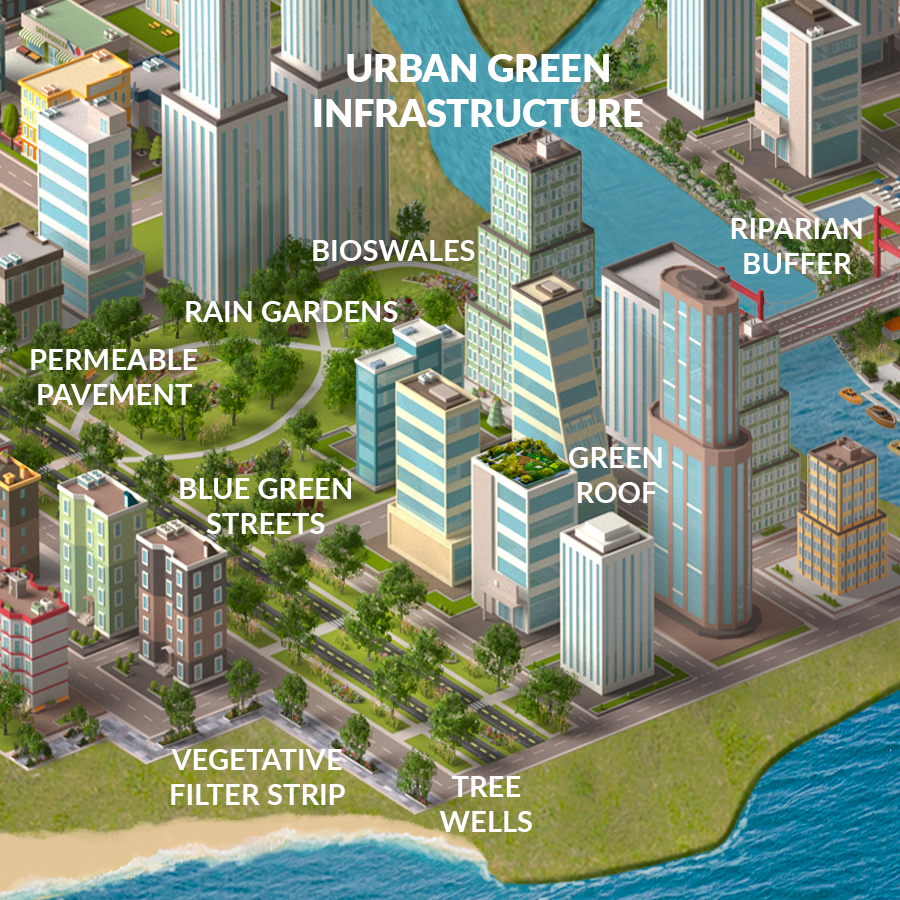
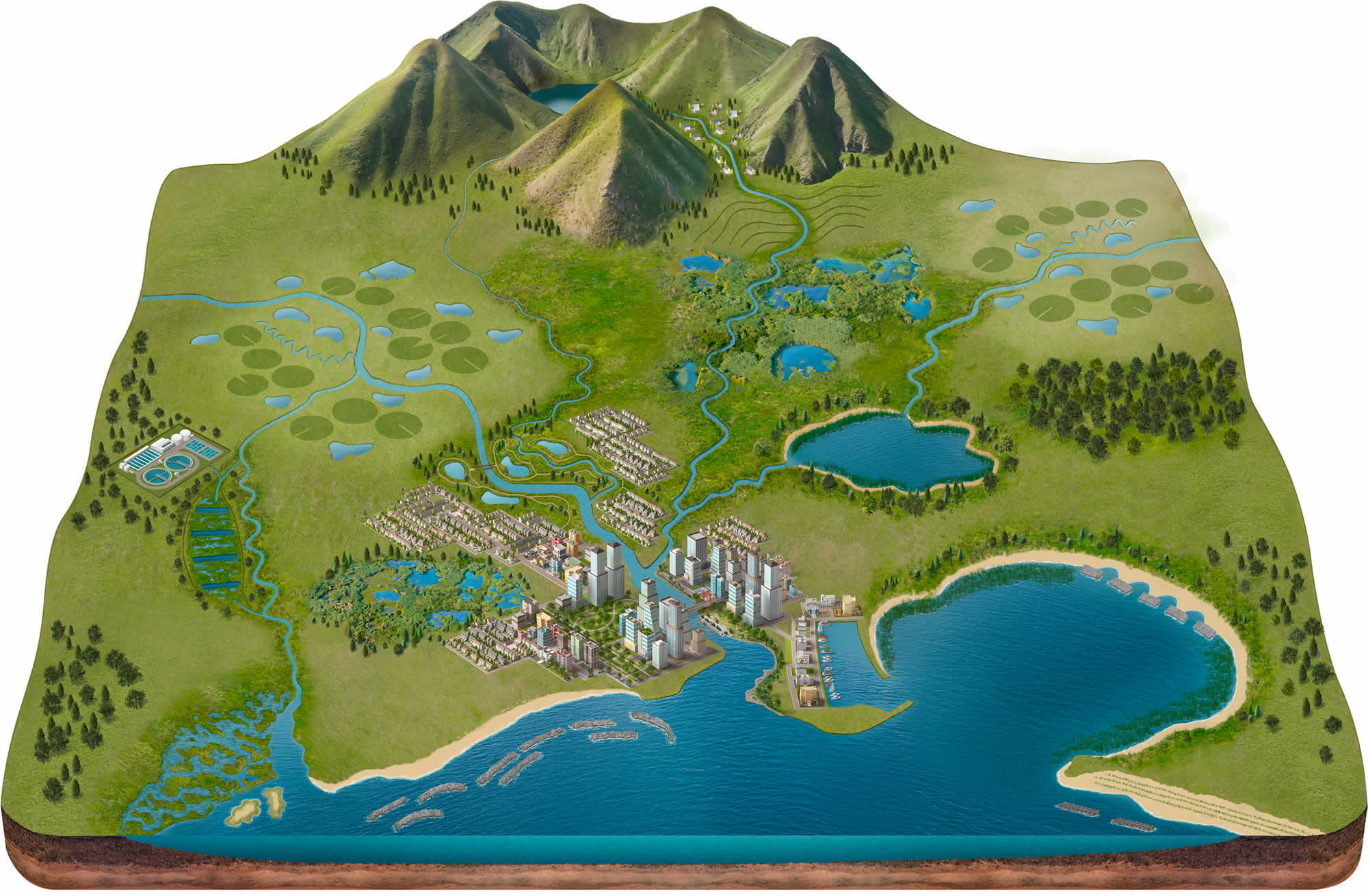
-

-
Floodplain Restoration
Floodplain Restoration
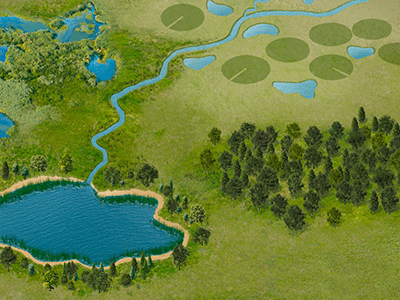
Floodplain restoration helps reduce the risk of flooding by allowing rivers to spread out naturally during high water events.
- Improves water quality
- Reduces the speed of floodwaters
- Creates diverse wildlife habitat
- Increases groundwater recharge
Wilson Ranch Preserve and Restoration
Polk County, Florida
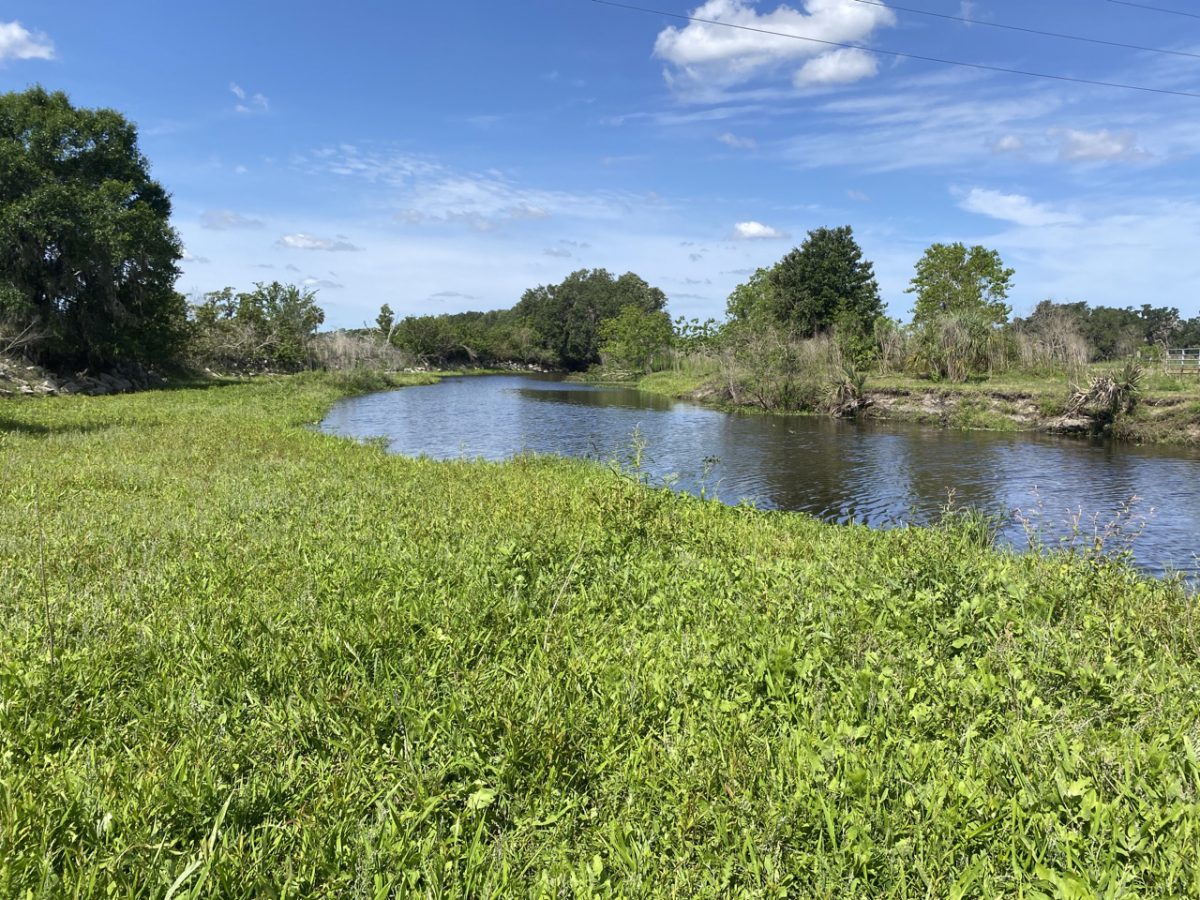
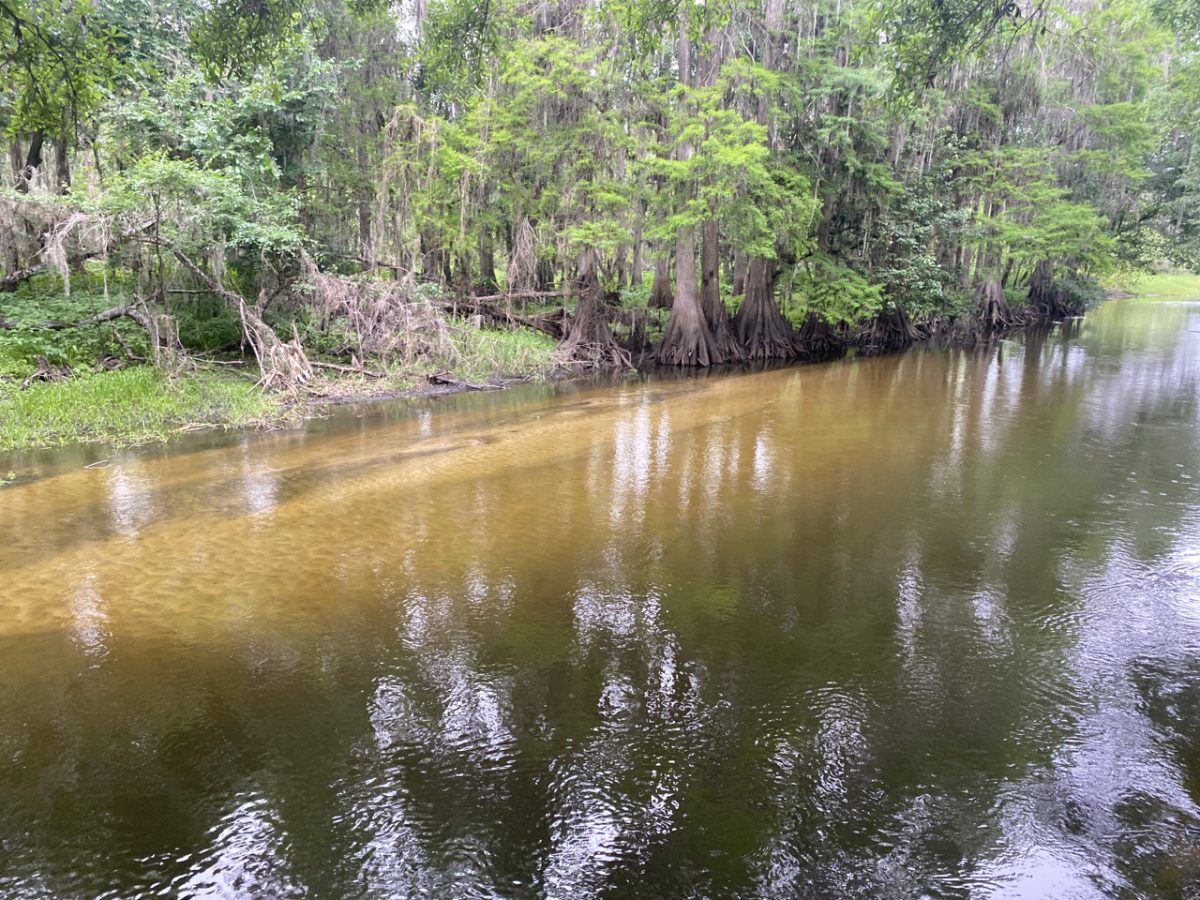
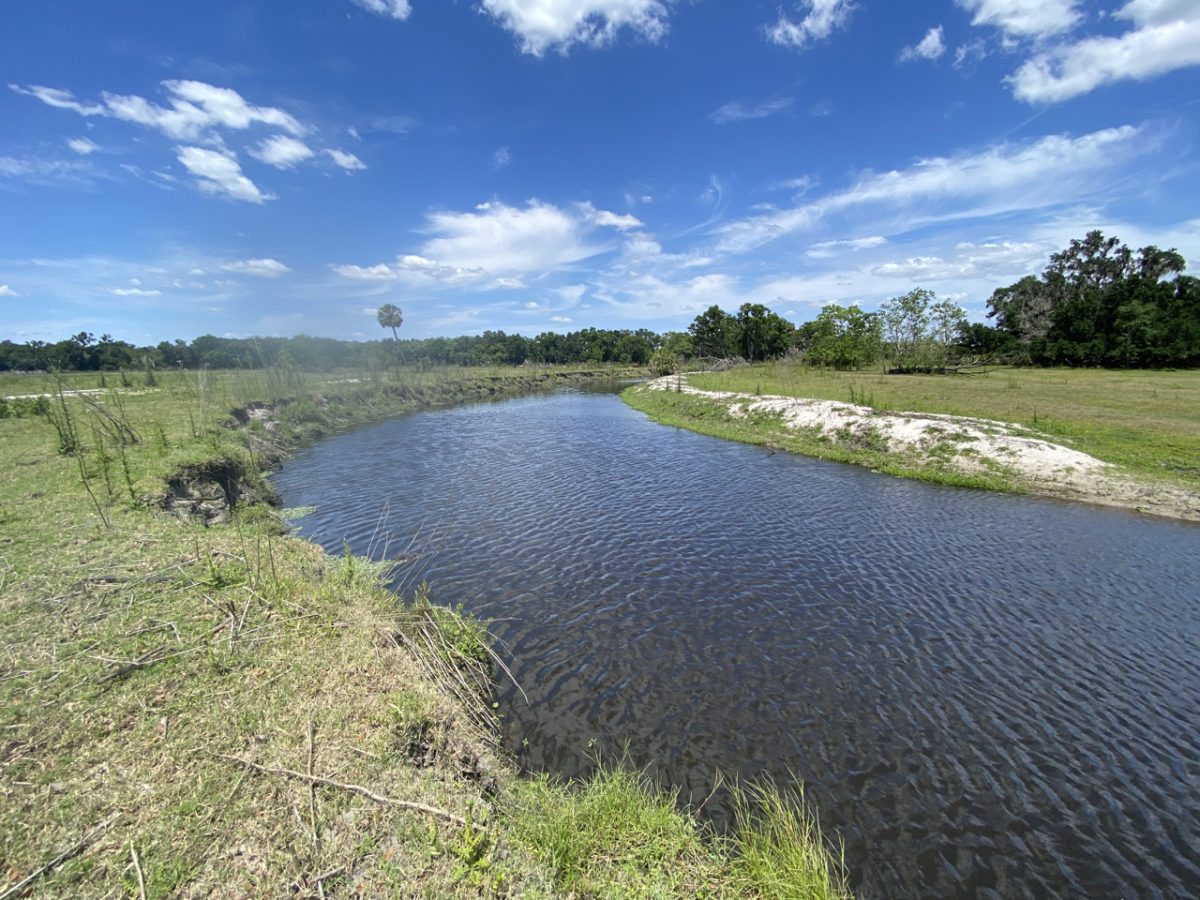
Tarnans Branch Stream Restoration
Anne Arundel County, Maryland
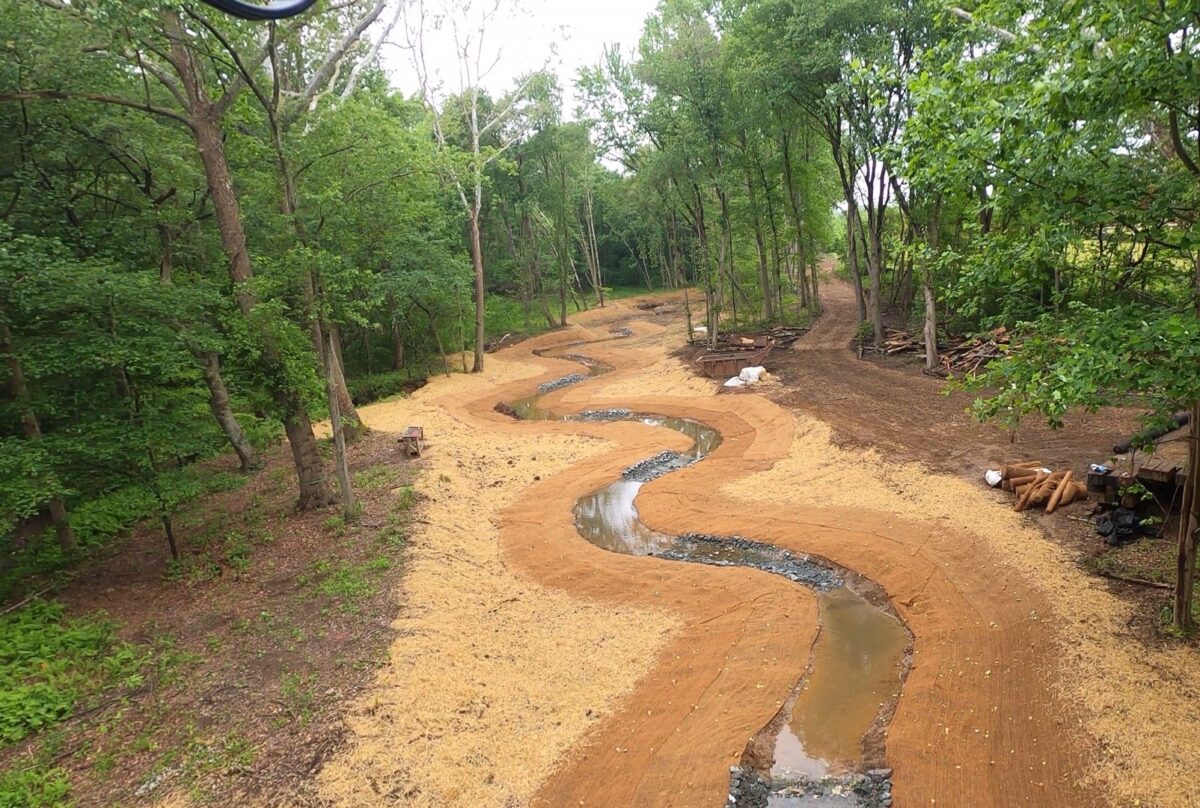 Tarnans overview
Tarnans overview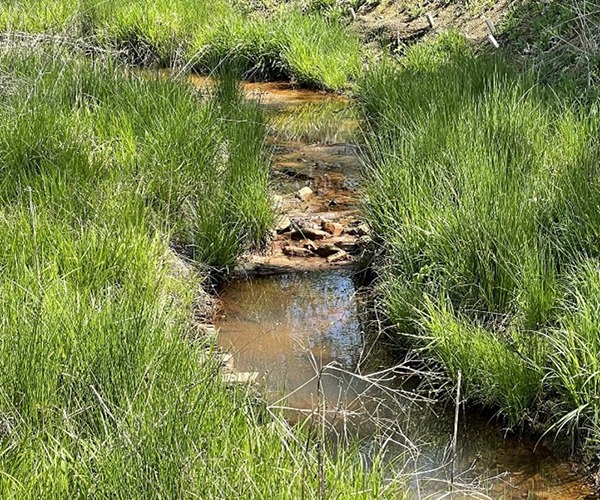 Post-restoration
Post-restoration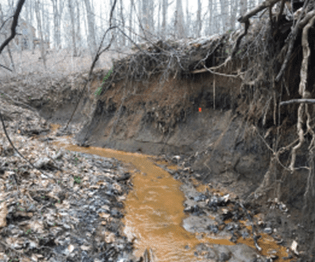 pres-restoration
pres-restoration
Bradco Farm Nature Park Wetland Restoration
Winter Haven, Florida
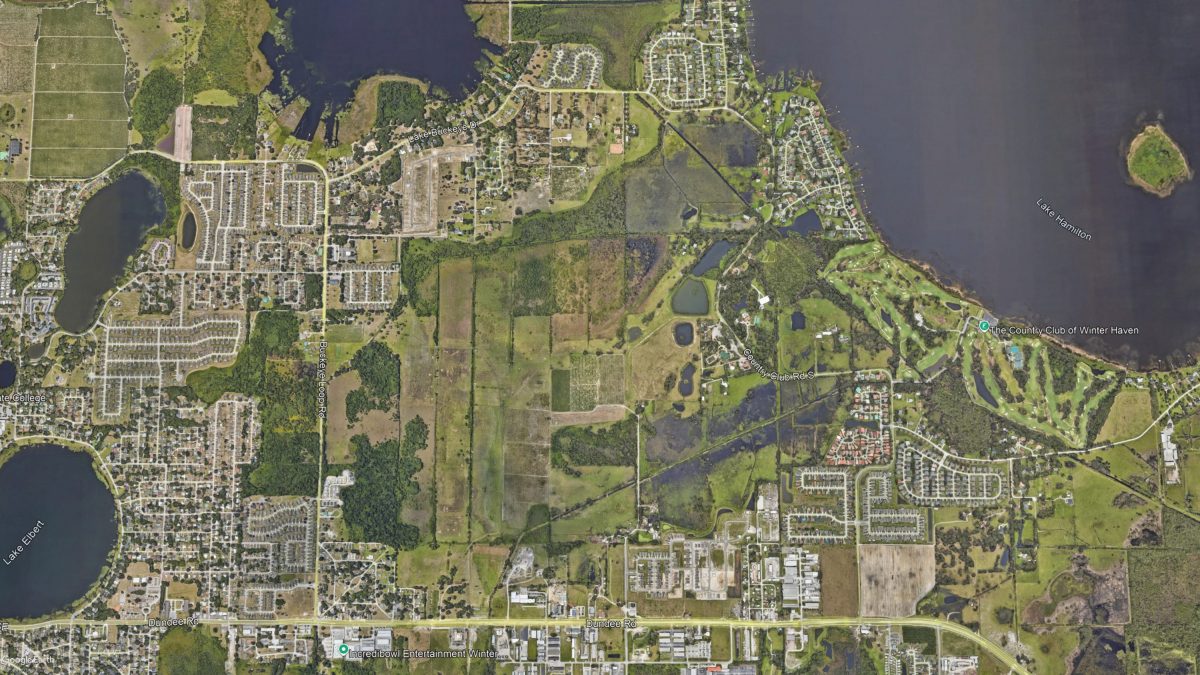 CLOSE
CLOSE -
Treatment Wetlands
Treatment Wetlands
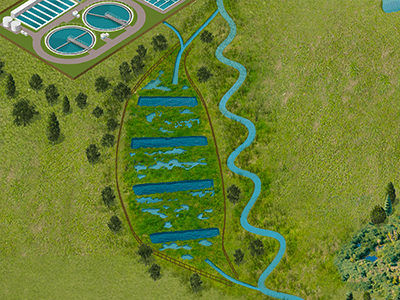
Constructed treatment wetlands improve water quality, mitigate flood risks, increase biodiversity, and sequester carbon.
- Flood control
- Improved water quality
- Improved biodiversity and habitat
- Carbon sequestration
Jack Smith Creek Stormwater Wetlands
Craven County, North Carolina
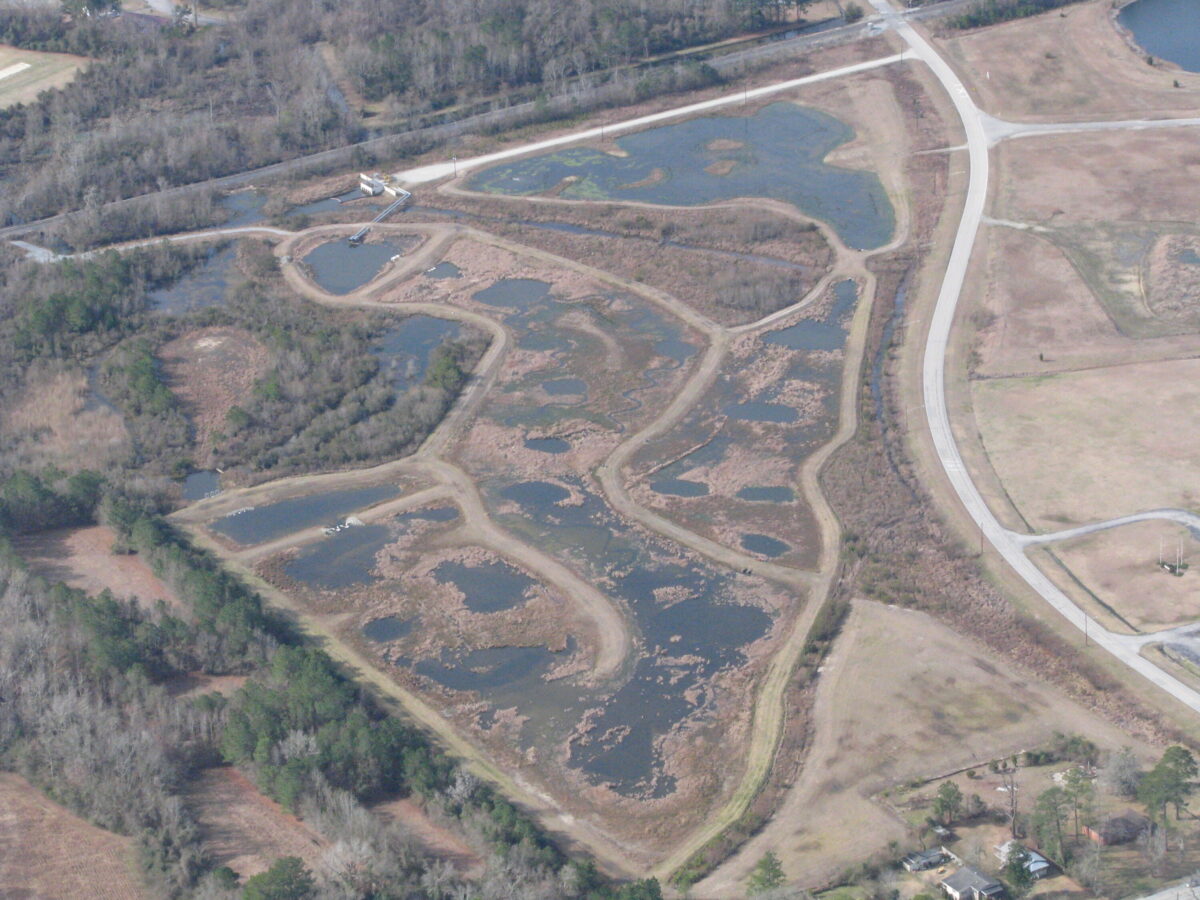 Stormwater WetlandsCLOSE
Stormwater WetlandsCLOSE -
Wetland Restoration
Wetland Restoration
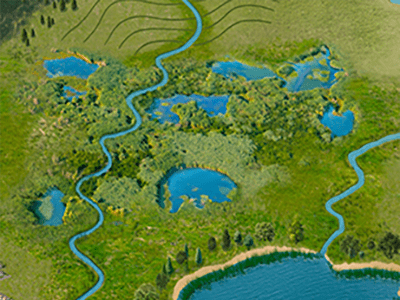
Restored wetlands improve water quality, mitigate flood risks, increase biodiversity, and sequester carbon.
- Flood control
- Improved water quality
- Improved biodiversity and habitat
- Carbon sequestration
Bayou Terrebonne Wetland Mitigation Bank
Terrebonne Parish, Louisiana
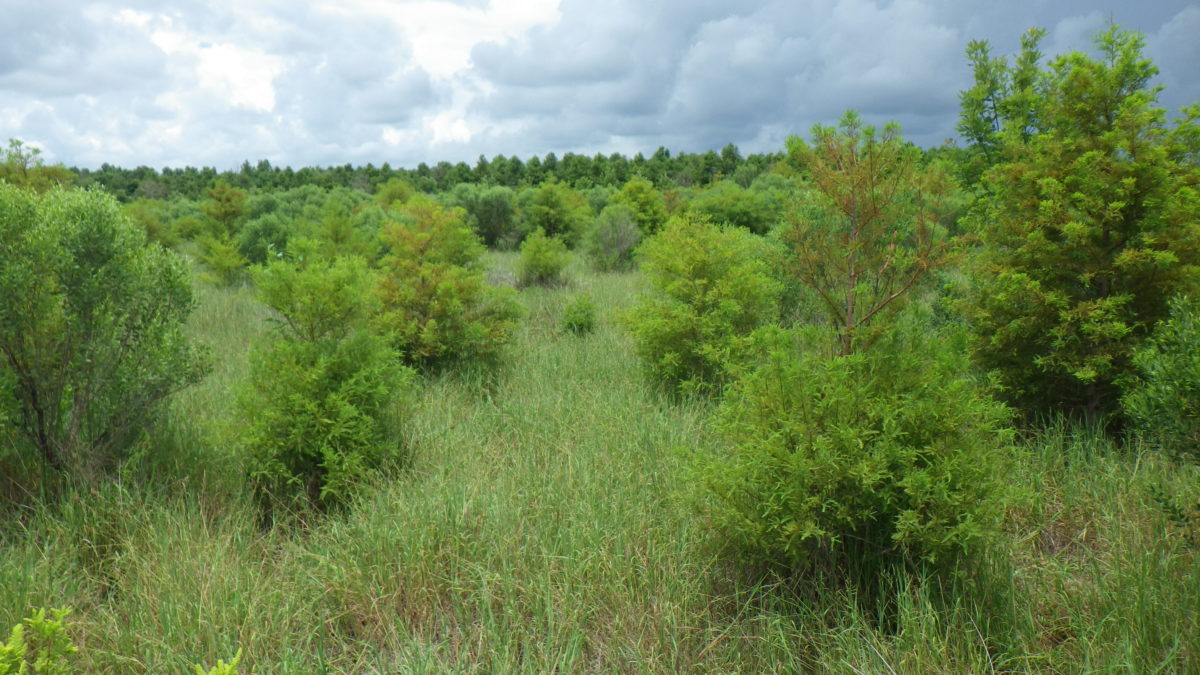 Bayou Terrebonne Mitigation BankCLOSE
Bayou Terrebonne Mitigation BankCLOSE -
Urban Green Infrastructure
Urban Green Infrastructure
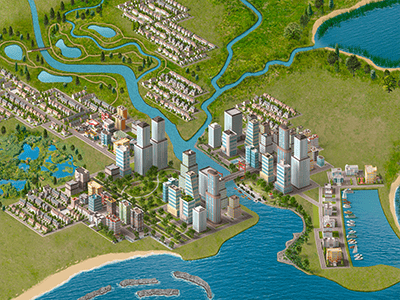
Urban green infrastructure integrates natural features like living shorelines, rain gardens, green roofs, urban forestry, and blue-green streets into city landscapes to improve environmental sustainability.
- Improves flood control
- Improves stormwater management
- Enhances urban resilience
- Creates recreational opportunities
Ameren Headquarters Stormwater Management
St Louis, Missouri
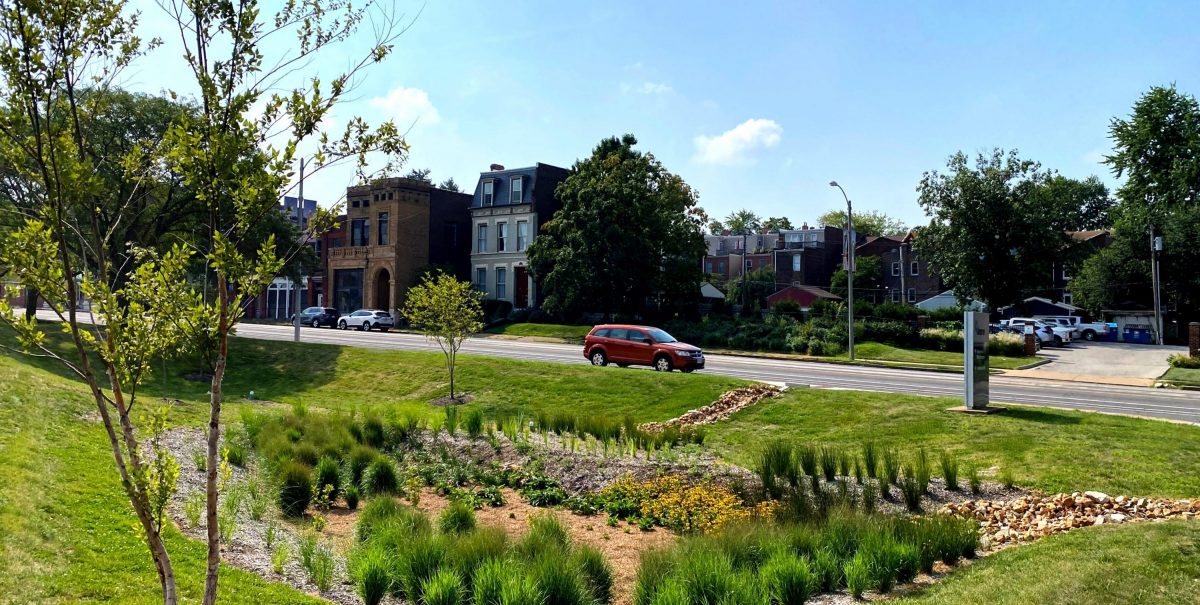
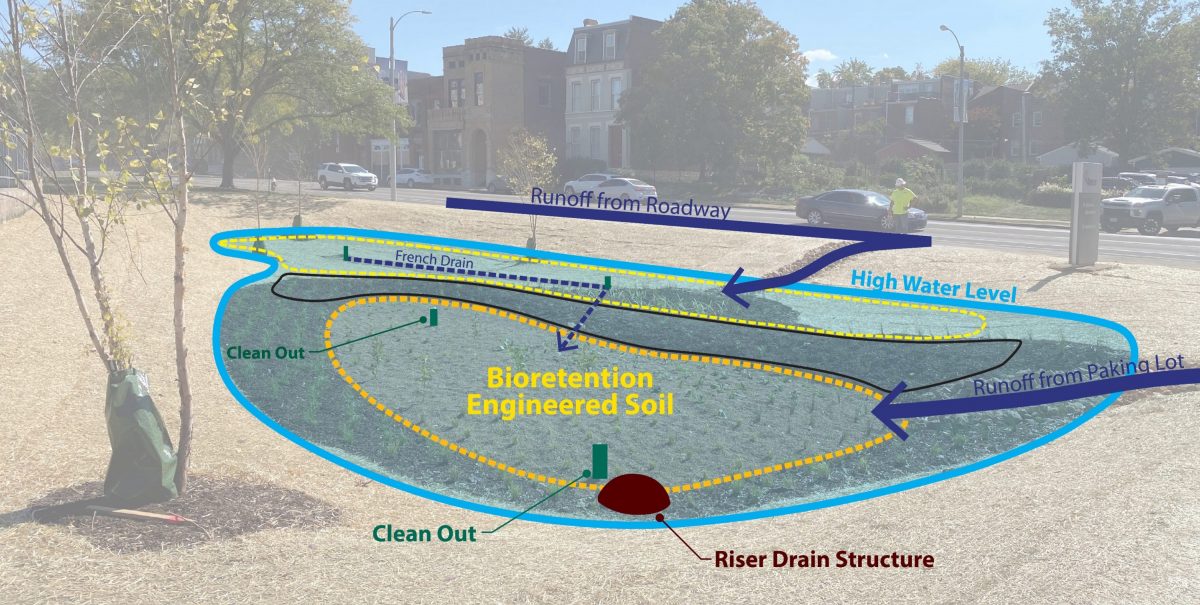
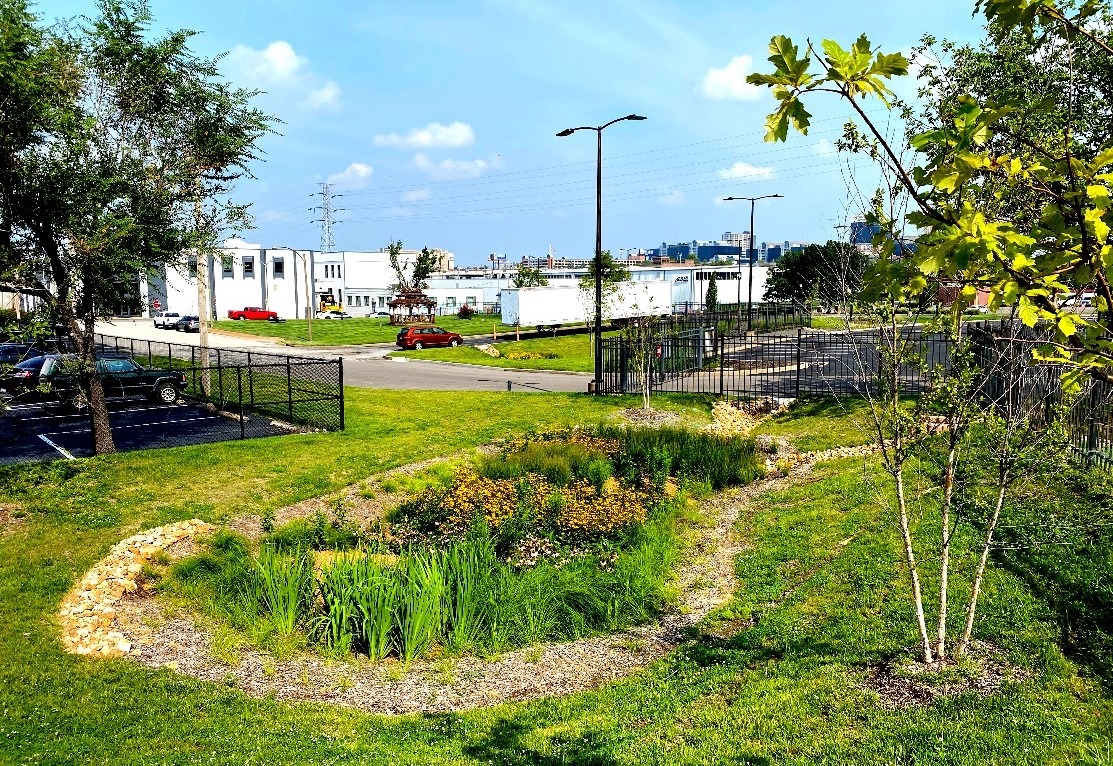
Central Baptist Church Green Infrastructure
St Louis, Missouri
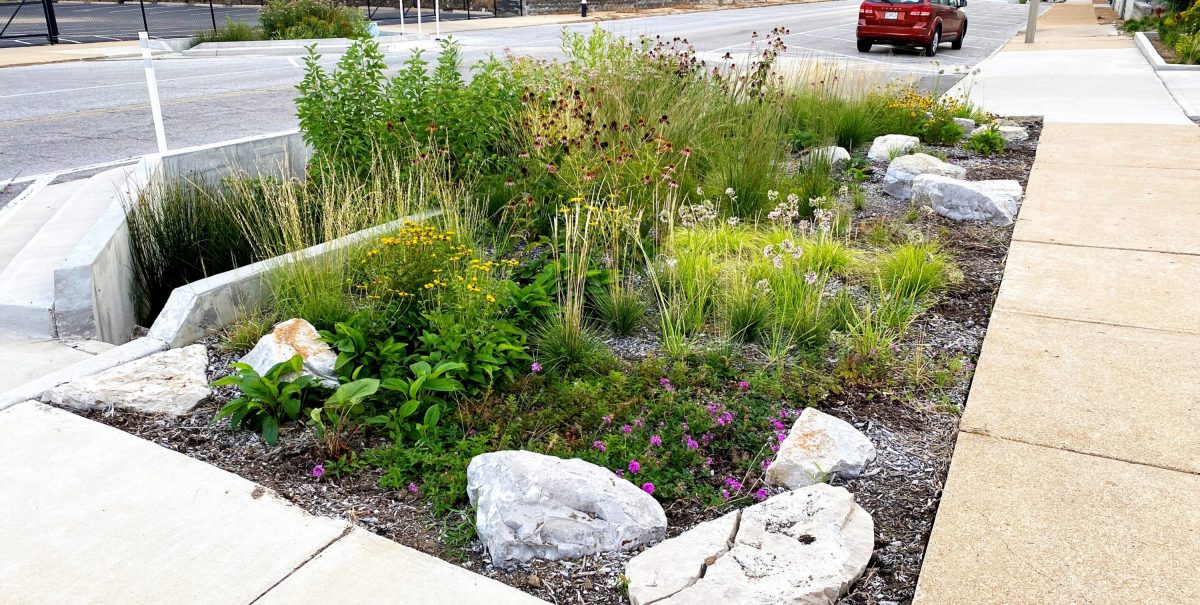
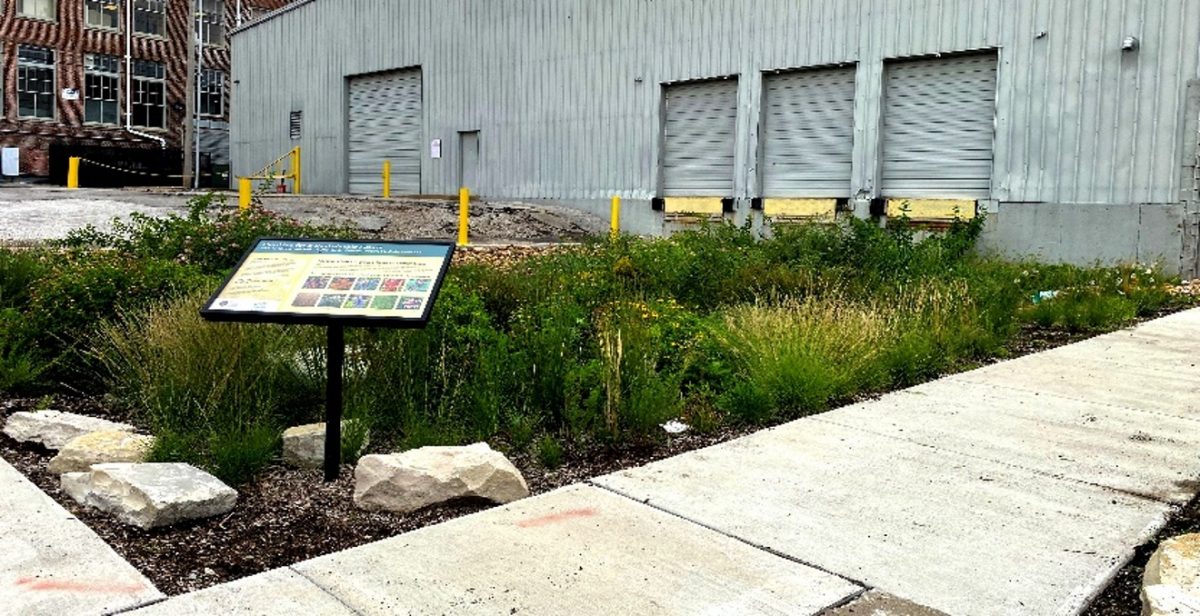
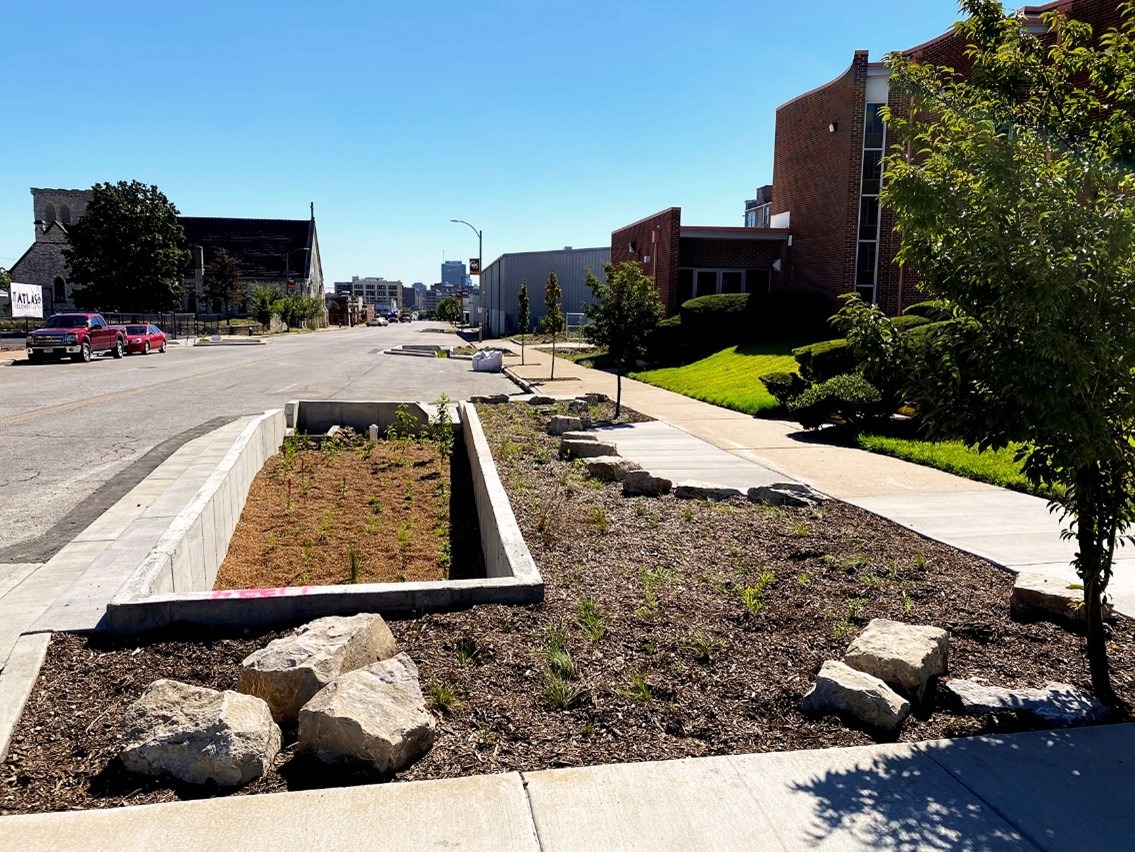
Valhalla Constructed Stormwater Wetland
Milwaukee, Wisconsin
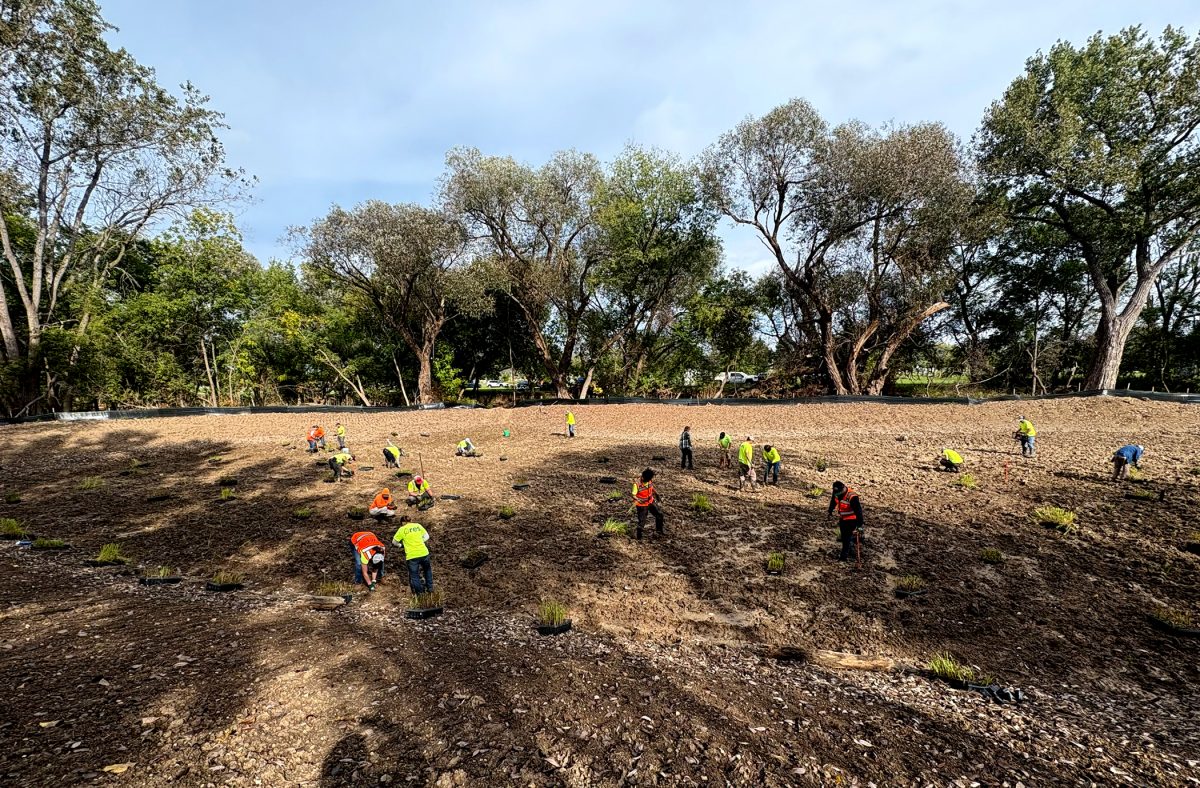
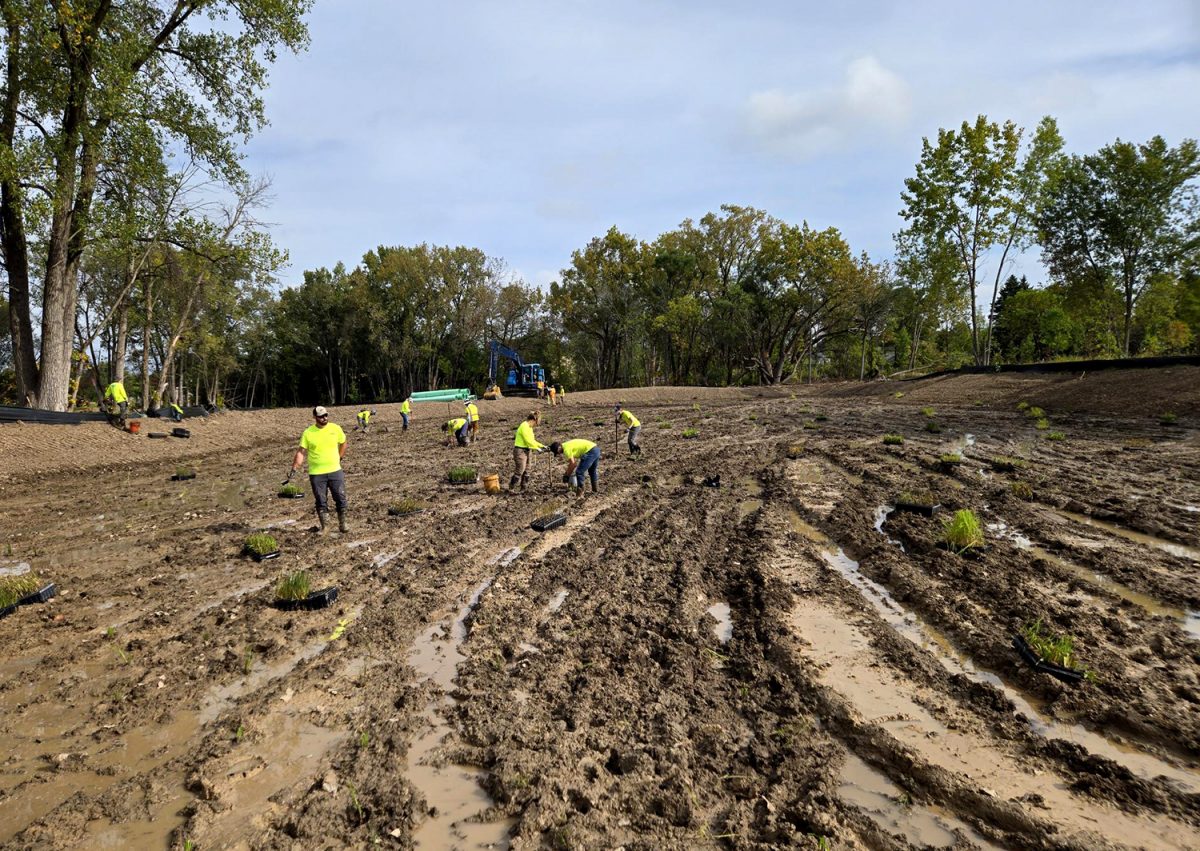
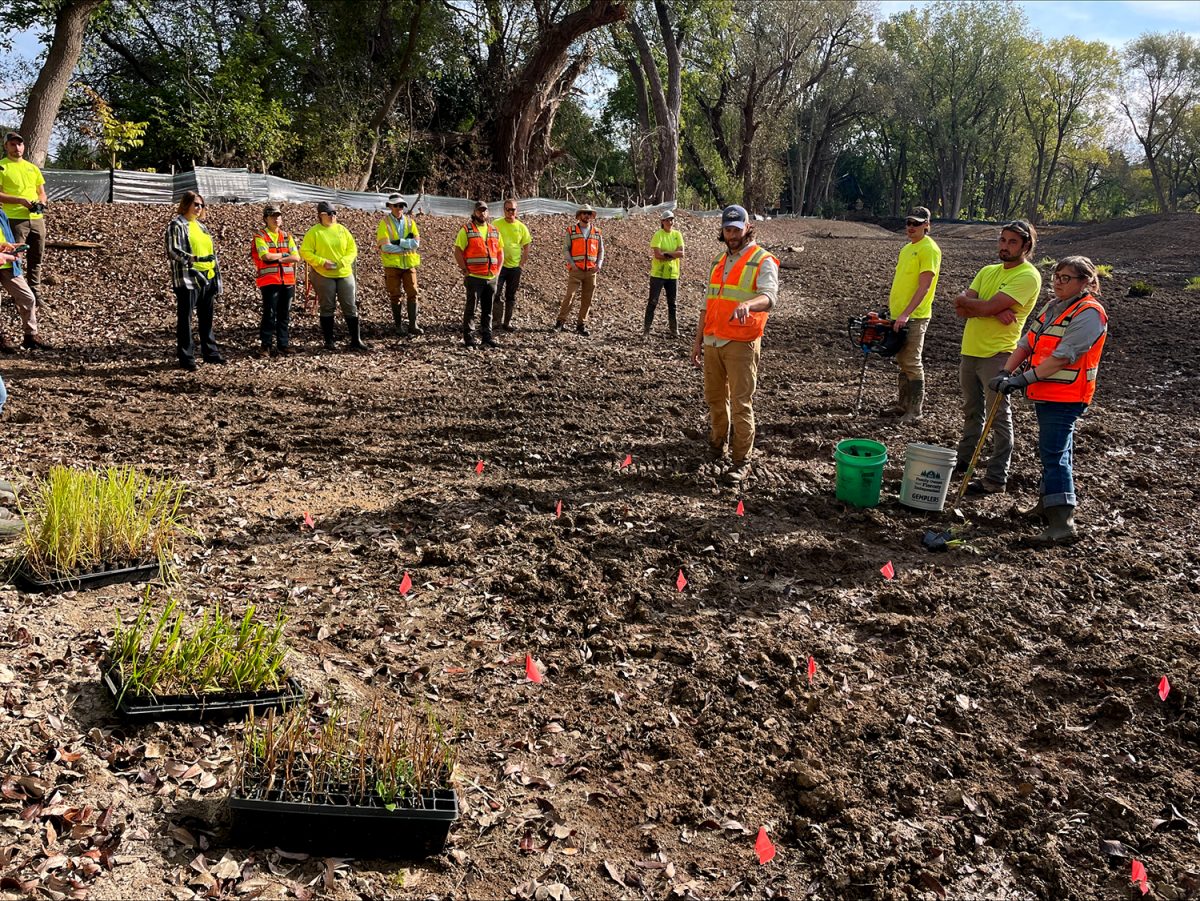
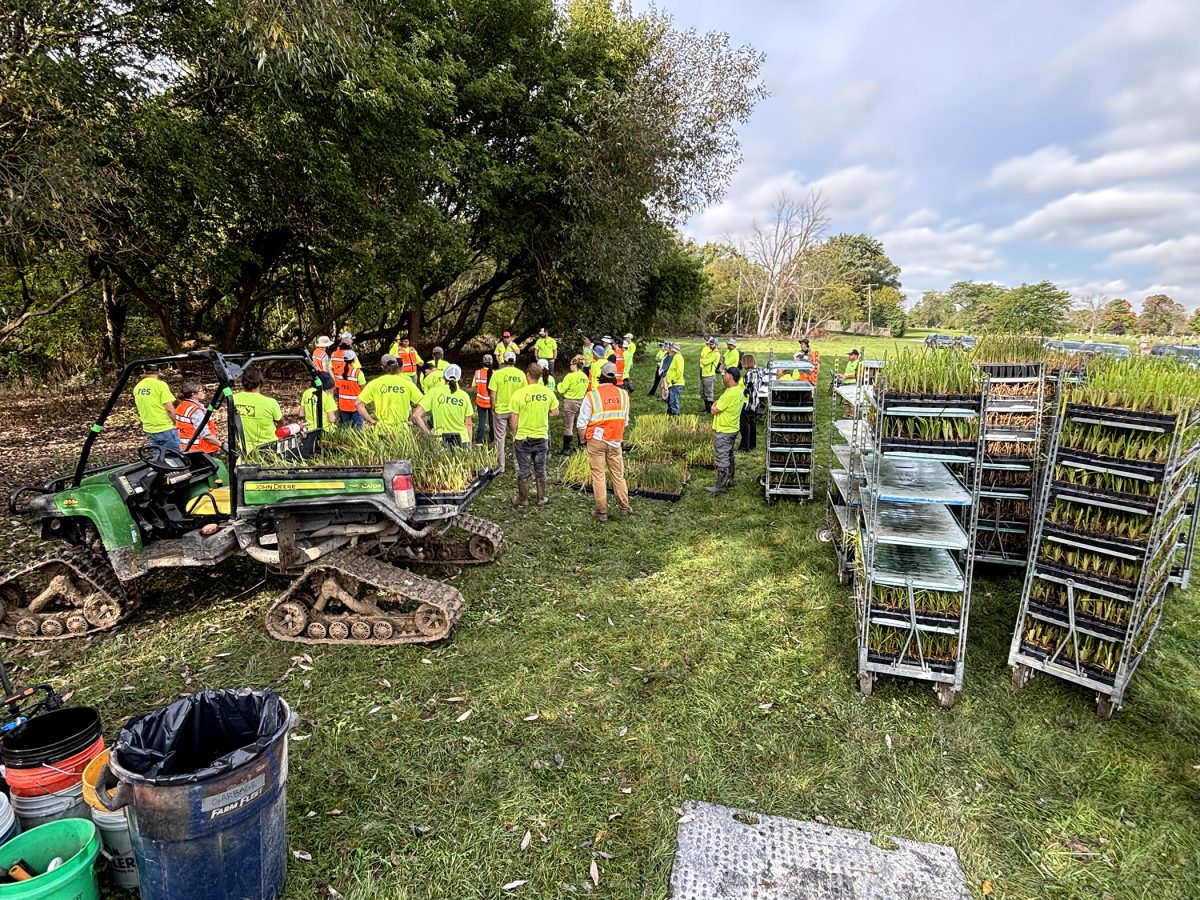
Clinton Avenue Stormwater Wetland
Milwaukee, Wisconsin
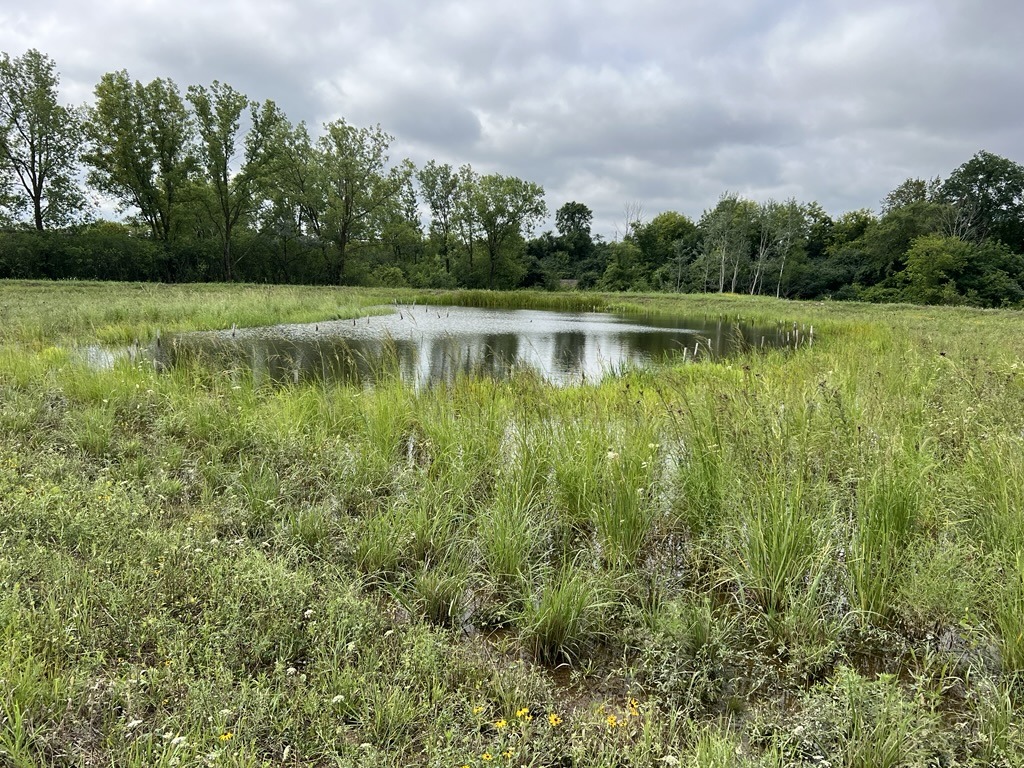
Theodore Roosevelt Presidential Library
Medora, North Dakota
- 2-acre green roof
- 40-acre site right across the street from Theodore Roosevelt National Park
- 140,000 native plants installed on the green roof
- 290,000 native plants installed across the site
- 15-inch soil depth on the green roof
District Department of Energy and Environment | Green Stormwater Infrastructure Assessment
Washington, DC
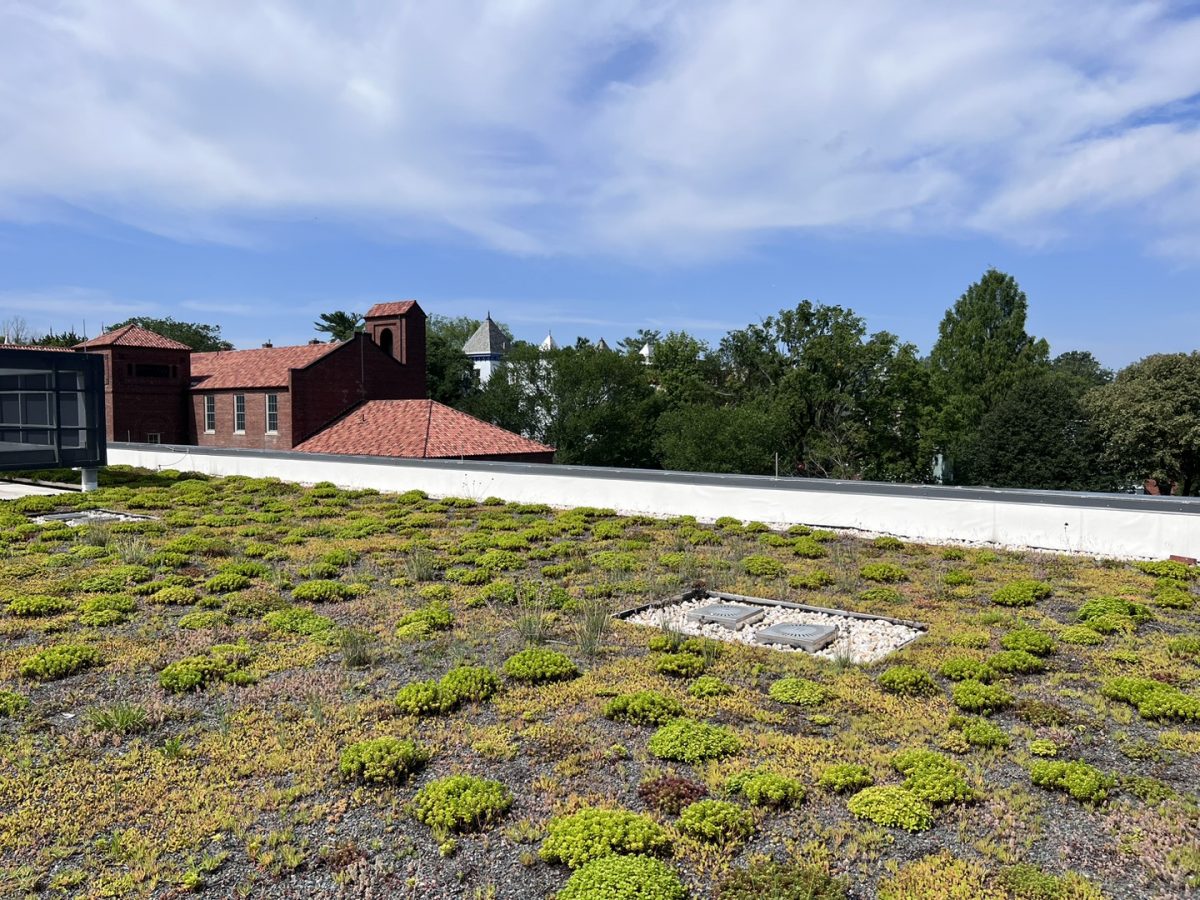
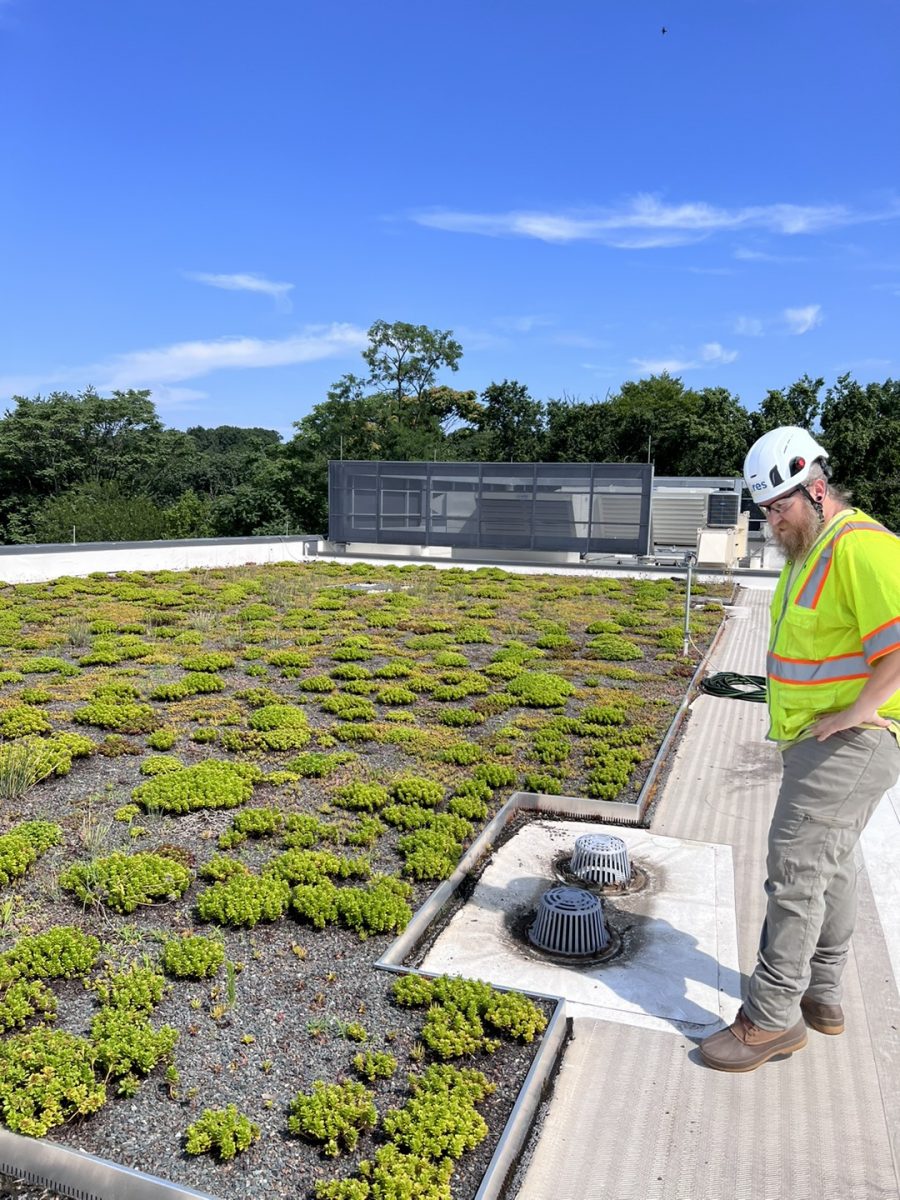
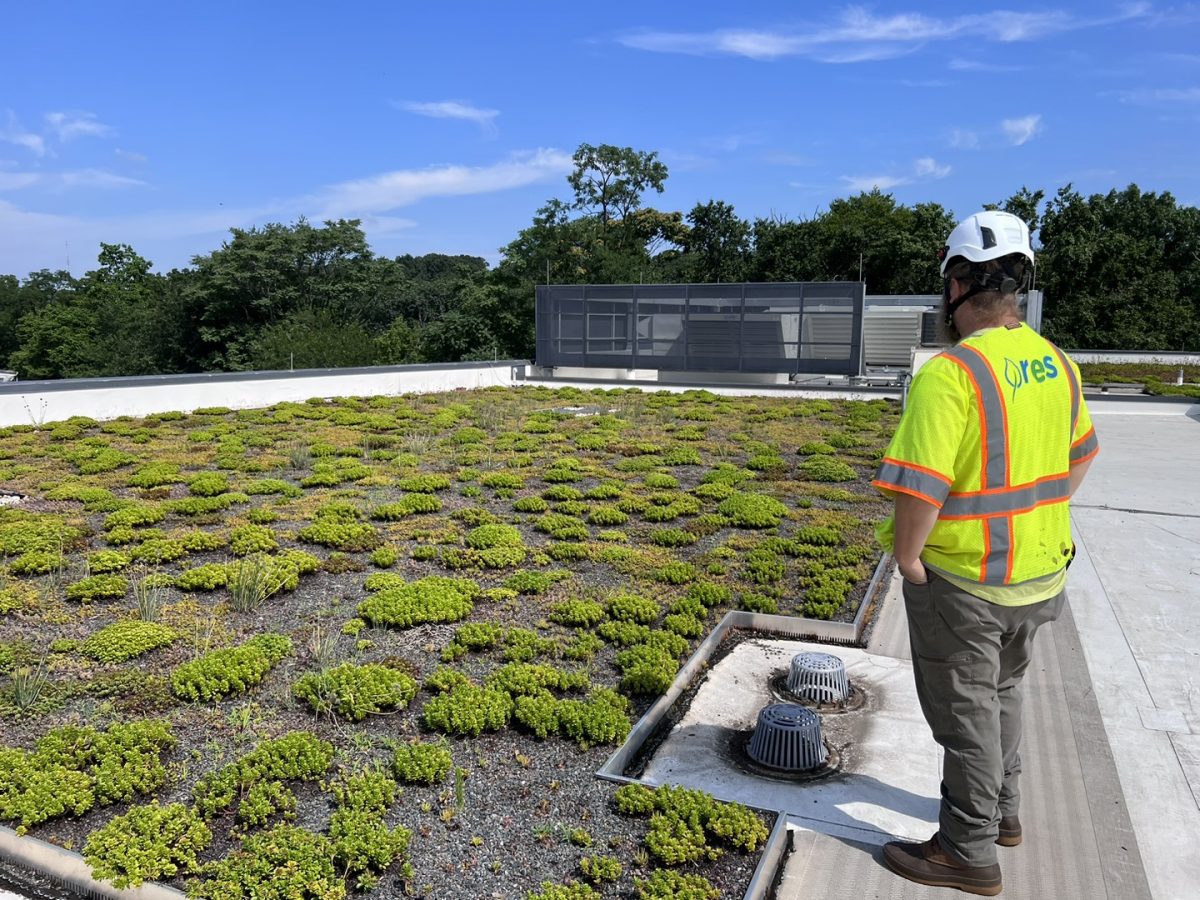
Black Swamp Creek Stream Restoration (Corvias)
Prince George's County, Maryland
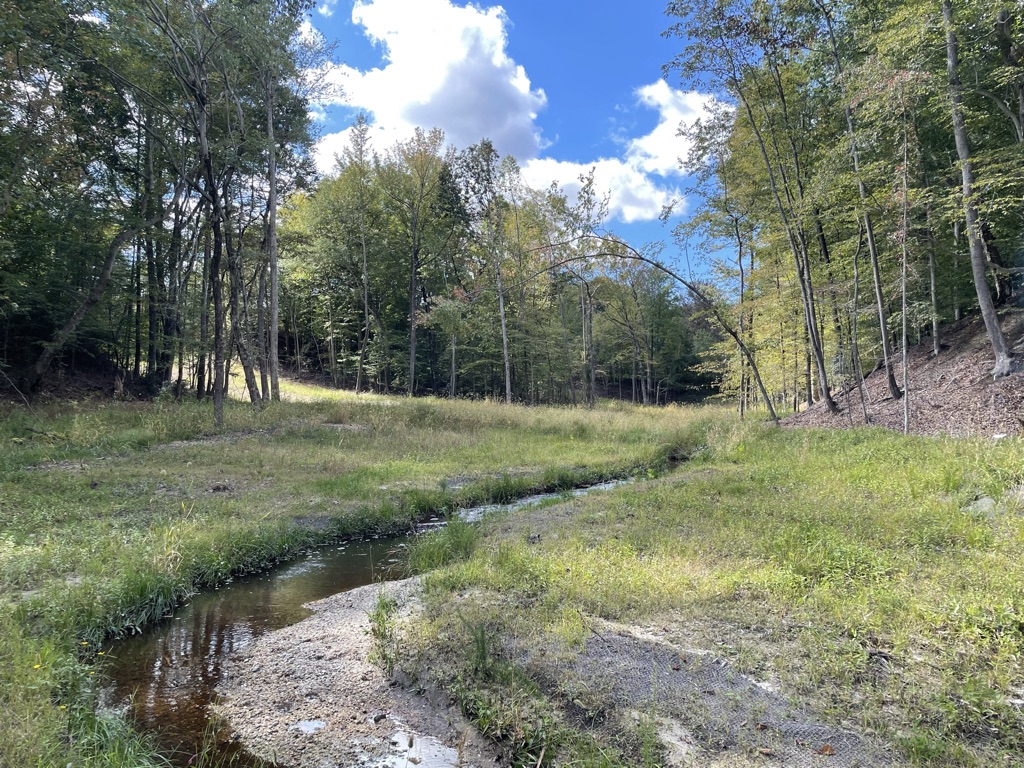 Post restoration
Post restoration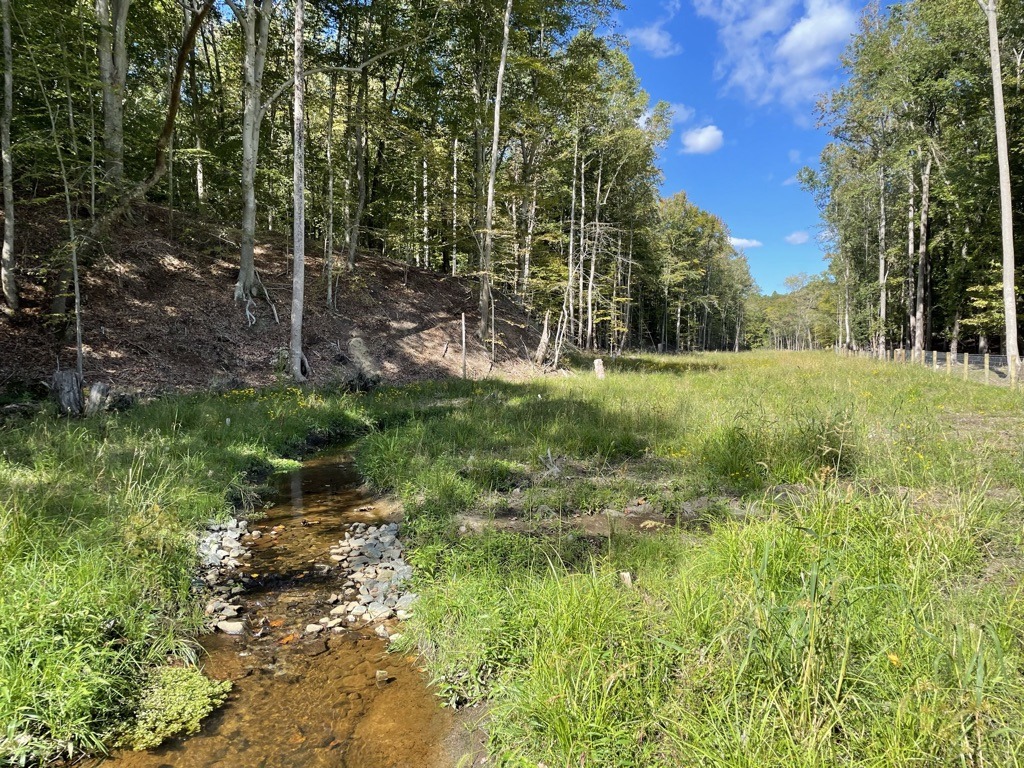 Post restoration
Post restoration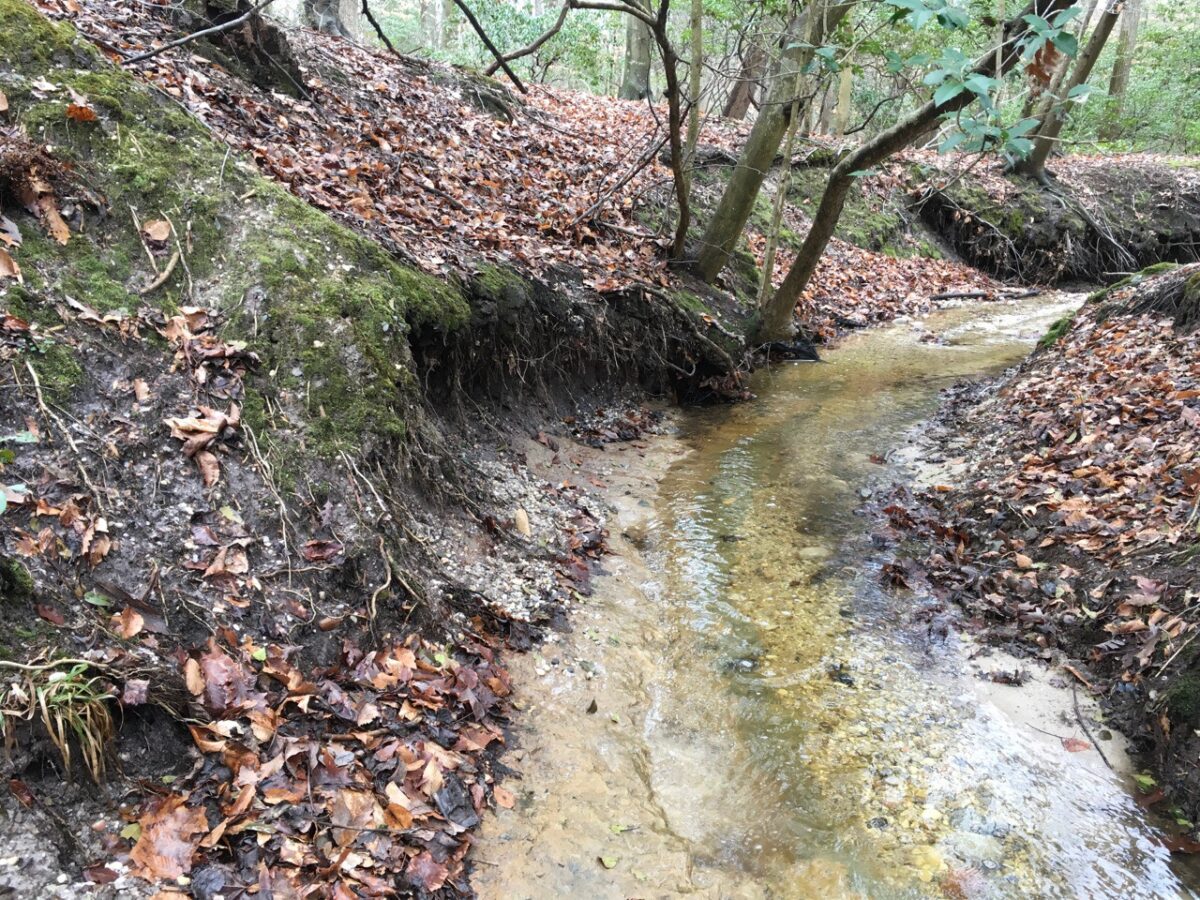 Pre-restoration conditions
Pre-restoration conditions
Jose Marti Park Adaptive Re-Design
City of Miami, Florida
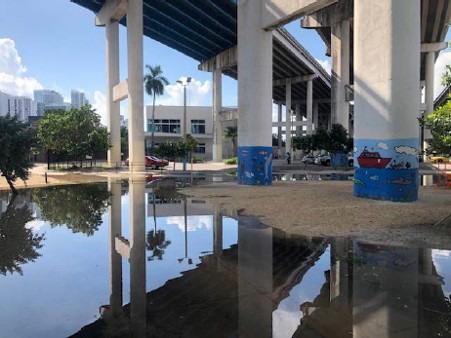 Jose Marti Park Adaptive Re-Design, before restoration the site experienced frequent flooding
Jose Marti Park Adaptive Re-Design, before restoration the site experienced frequent flooding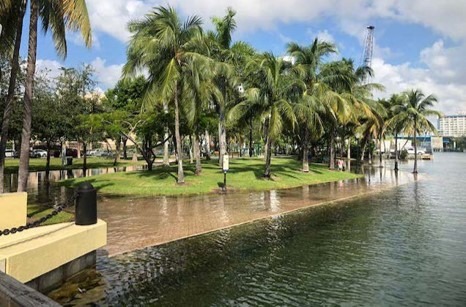 Jose Marti Park Adaptive Re-Design, before restoration the site experienced frequent flooding
Jose Marti Park Adaptive Re-Design, before restoration the site experienced frequent flooding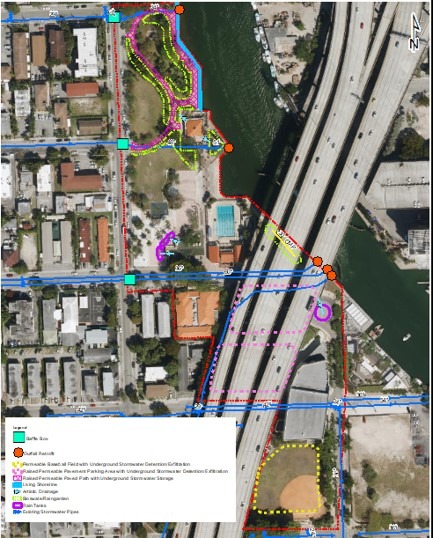 Jose Marti Park Adaptive Re-Design, green infrastructure retrofits
Jose Marti Park Adaptive Re-Design, green infrastructure retrofits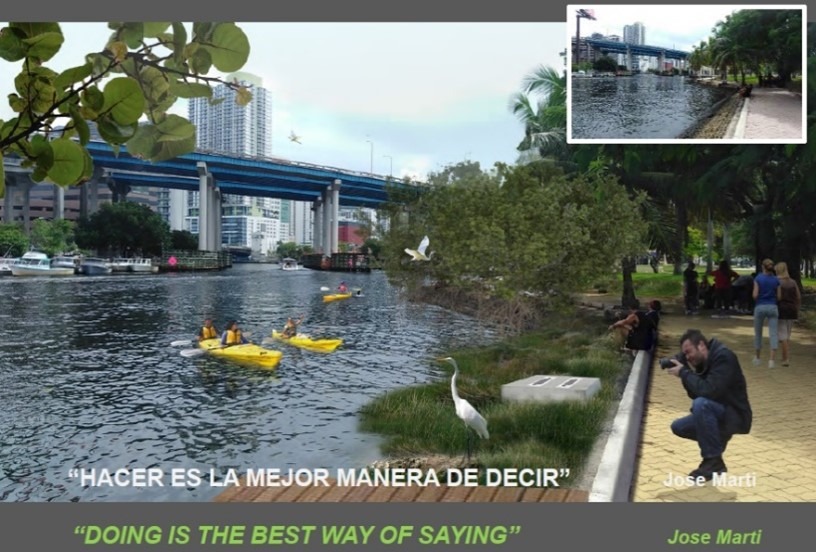 Jose Marti Park Adaptive Re-Design, renderingCLOSE
Jose Marti Park Adaptive Re-Design, renderingCLOSE -
Resiliency Parks
Resiliency Parks
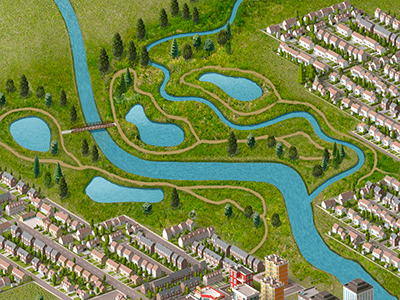
Resiliency parks integrate community amenities into flood resiliency assets.
- Biking and hiking
- Additional floodplain during a storm
- Can blend green/gray infrastructure
Zube Park Detention Basin and Conveyance Improvements
Harris County, Texas
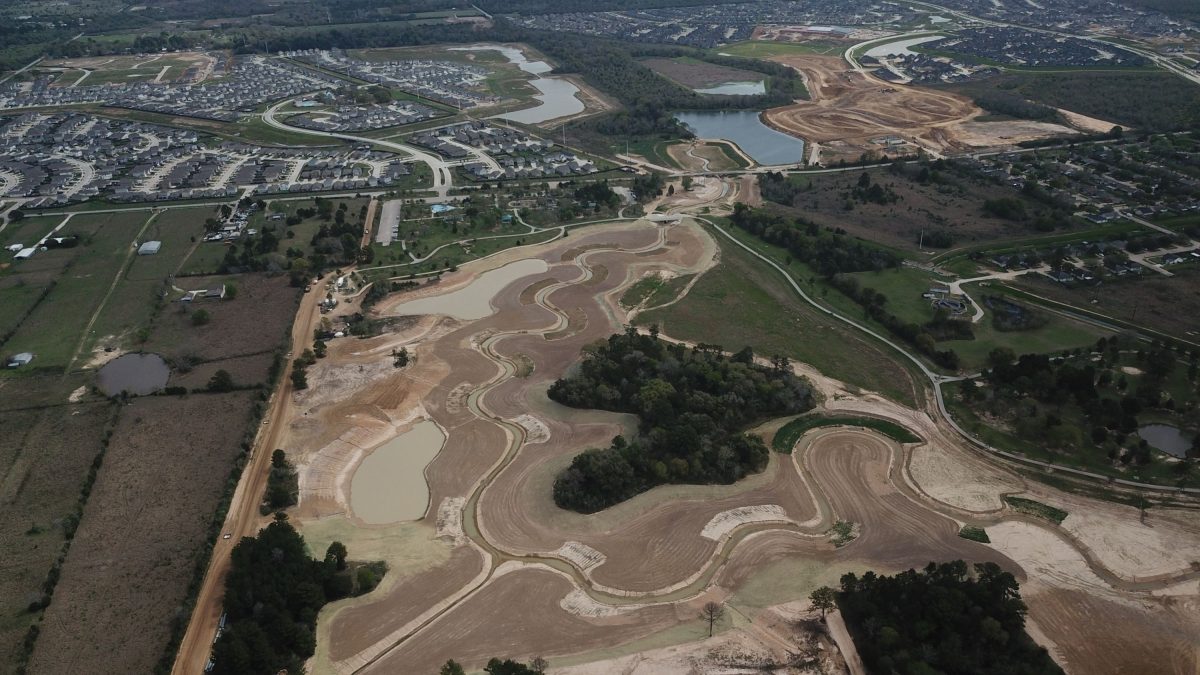
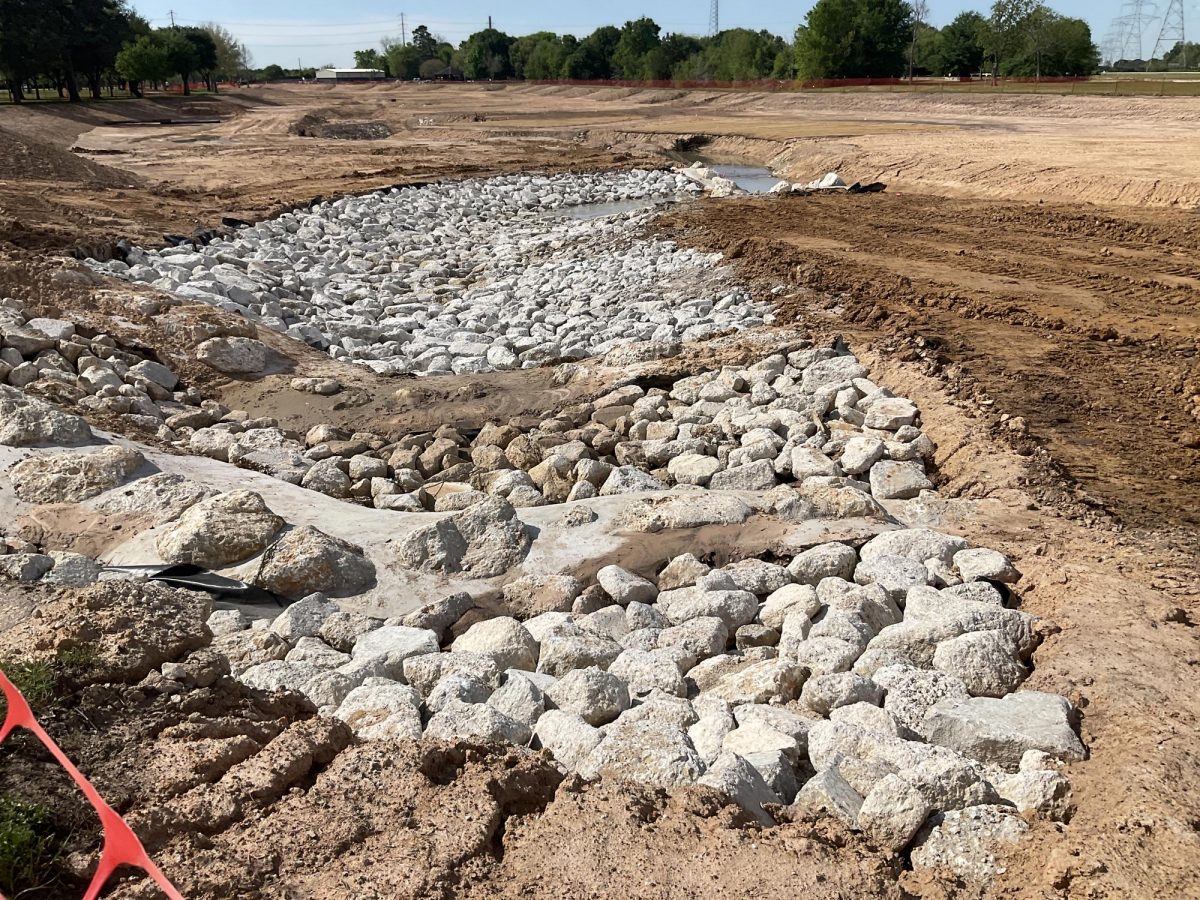
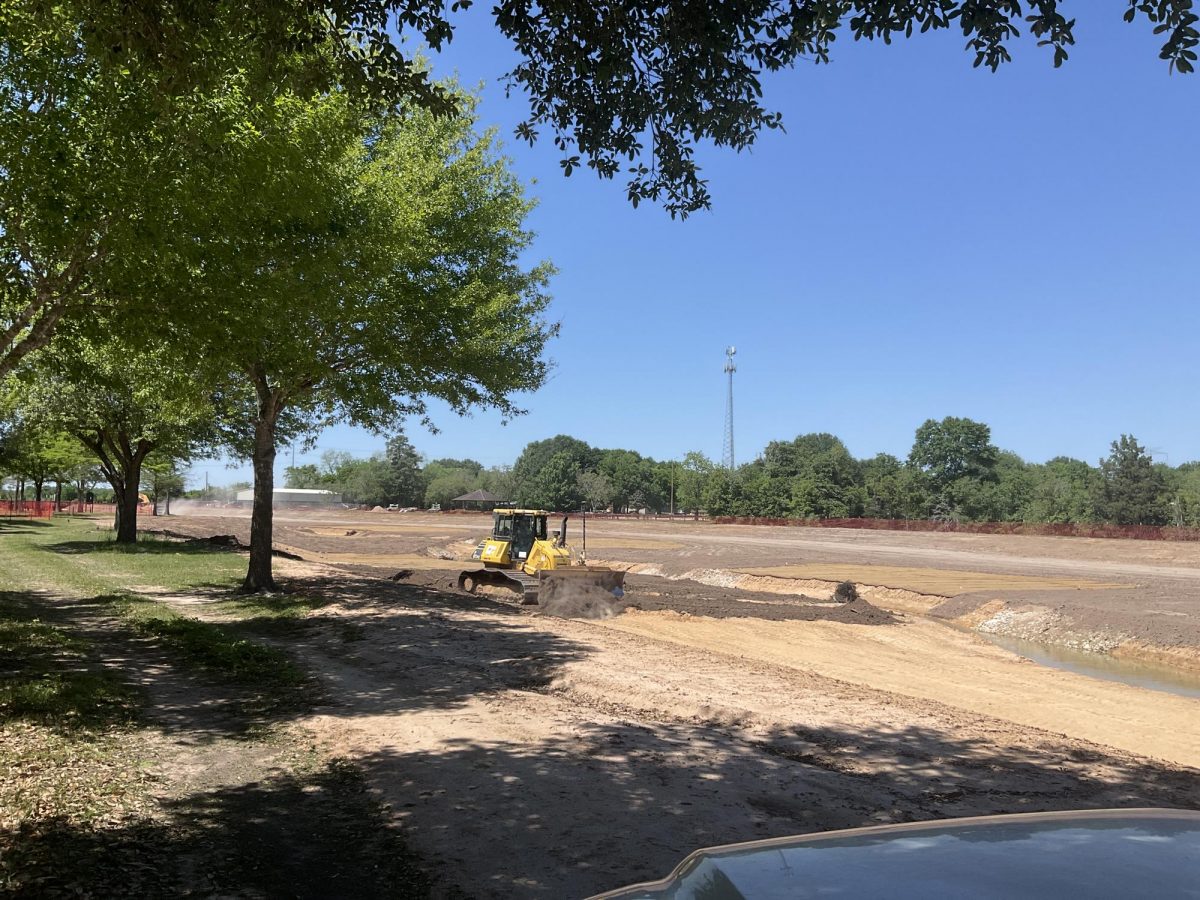
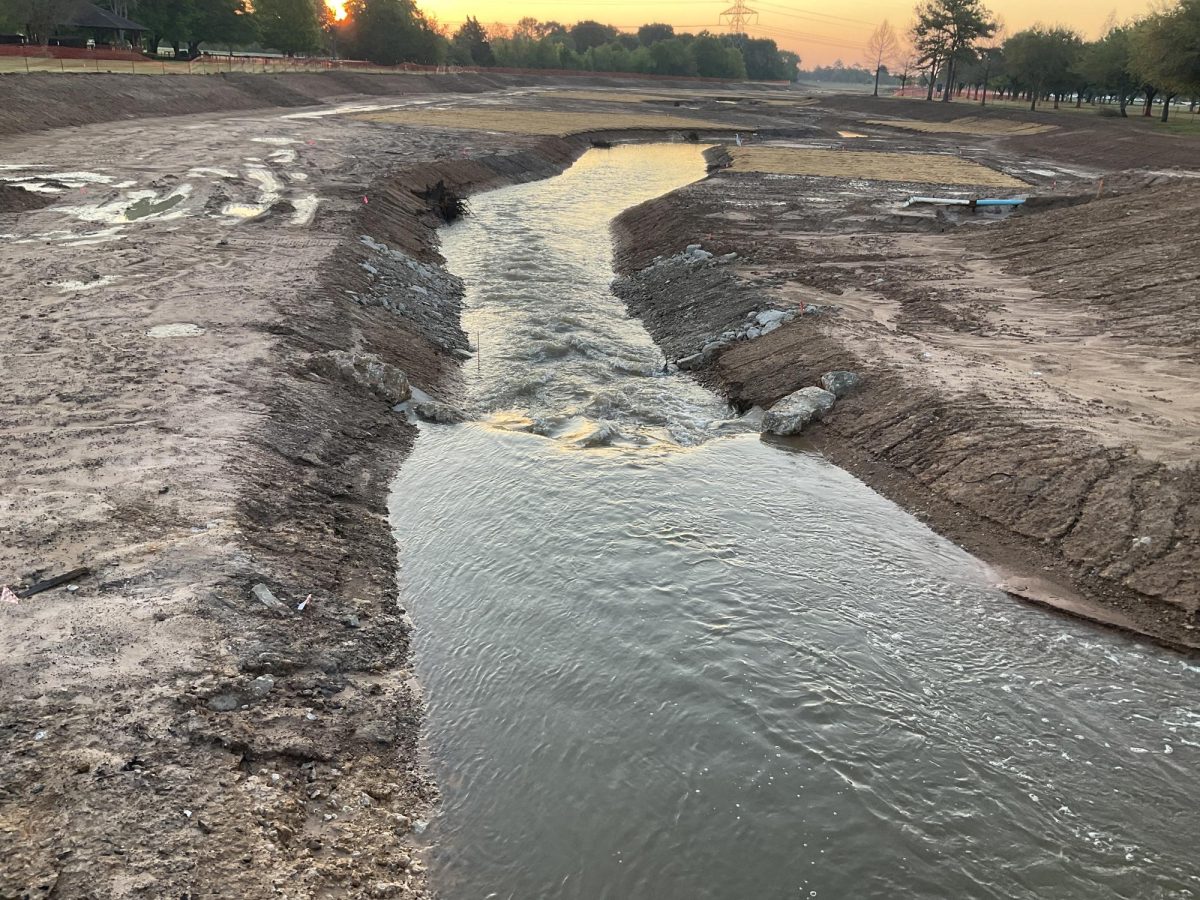
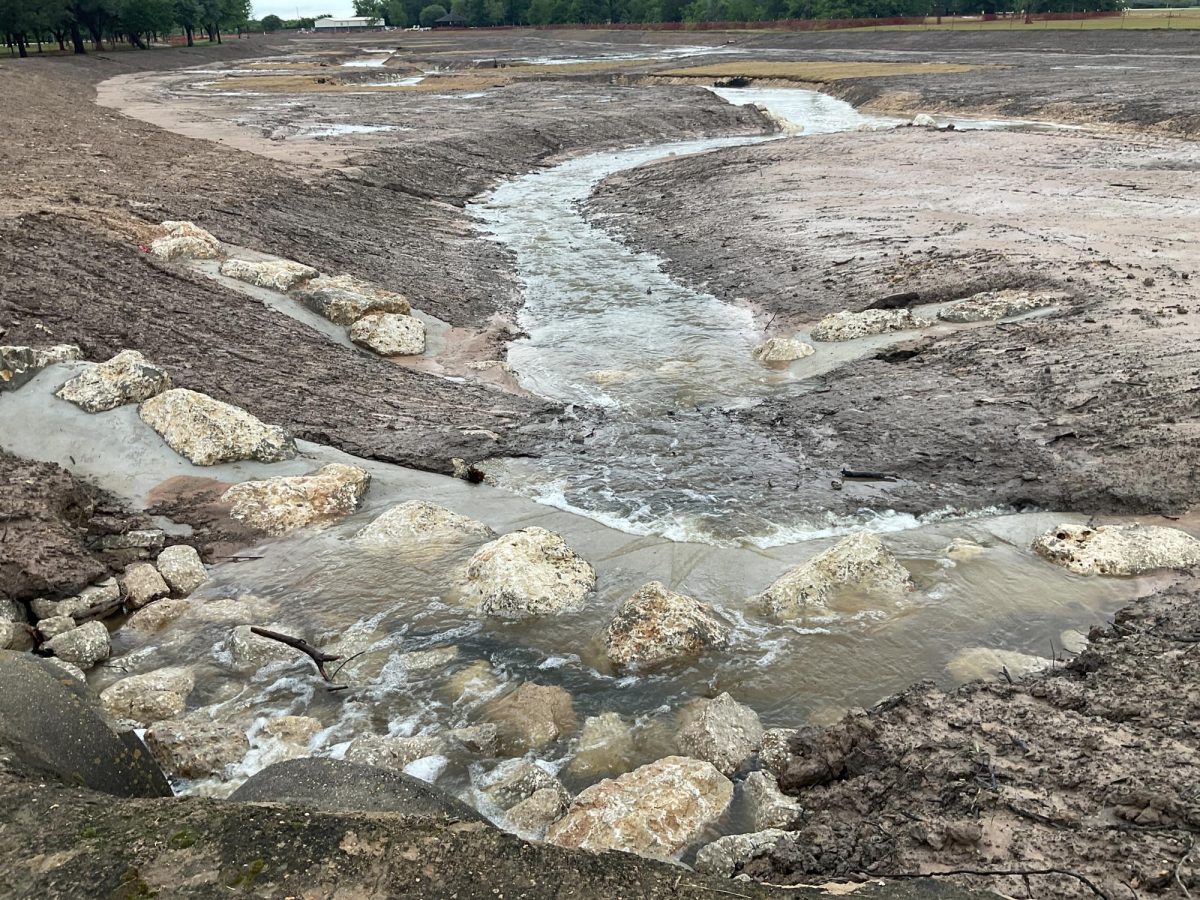
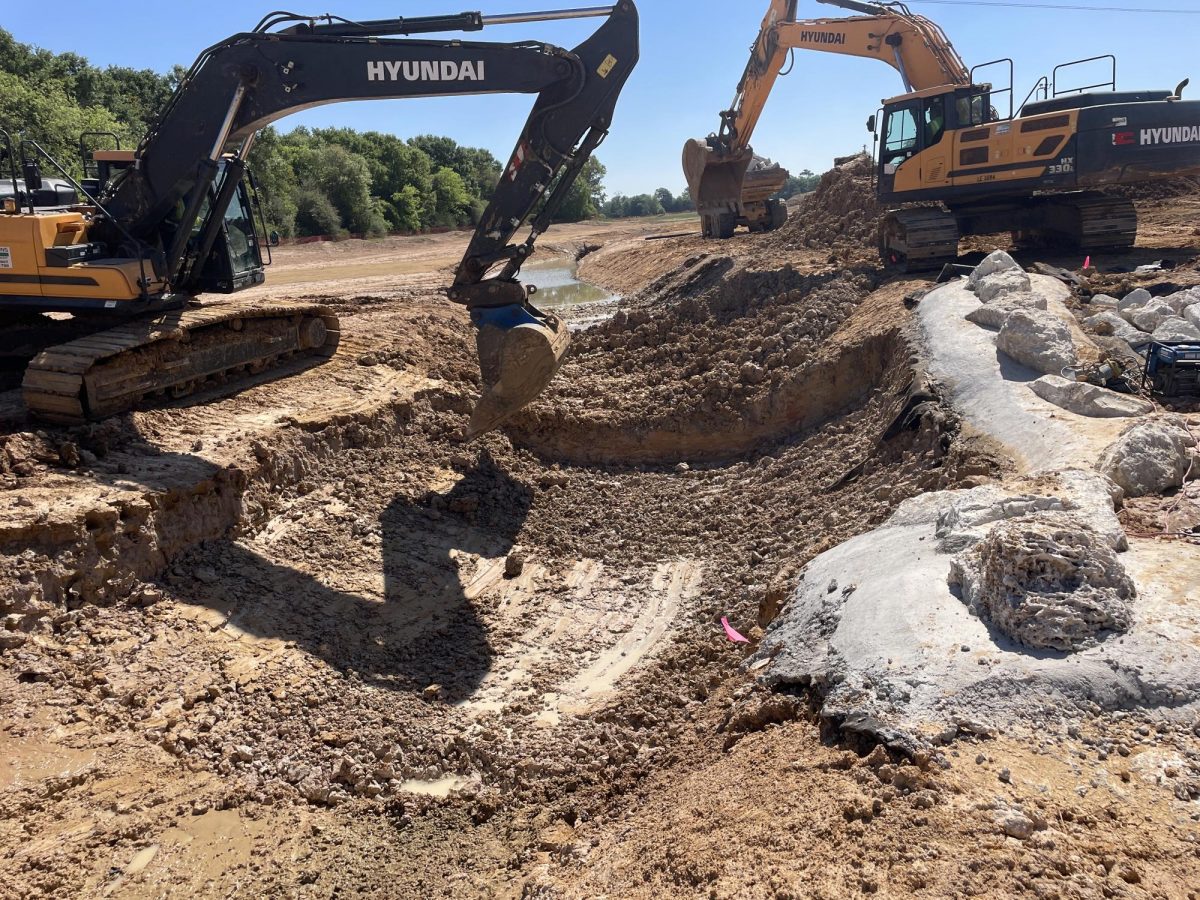
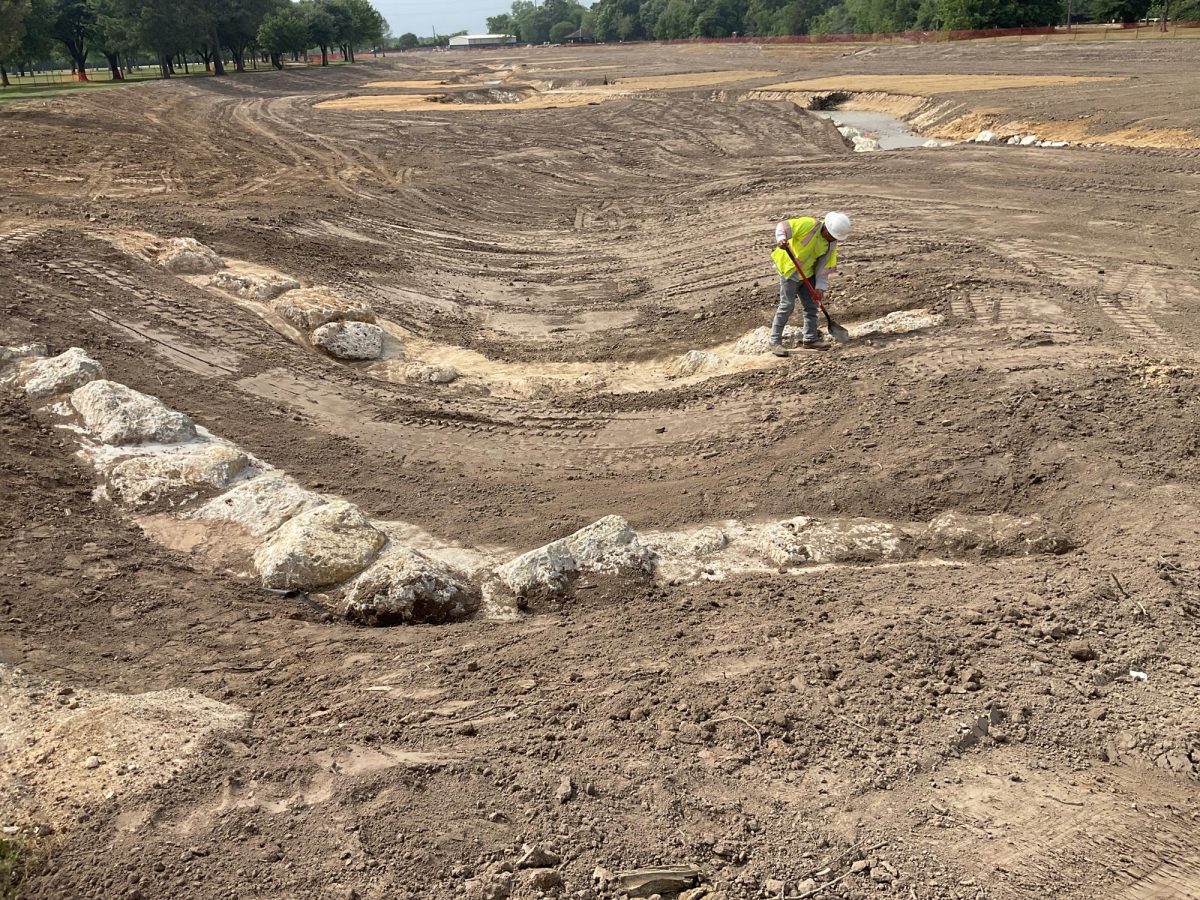
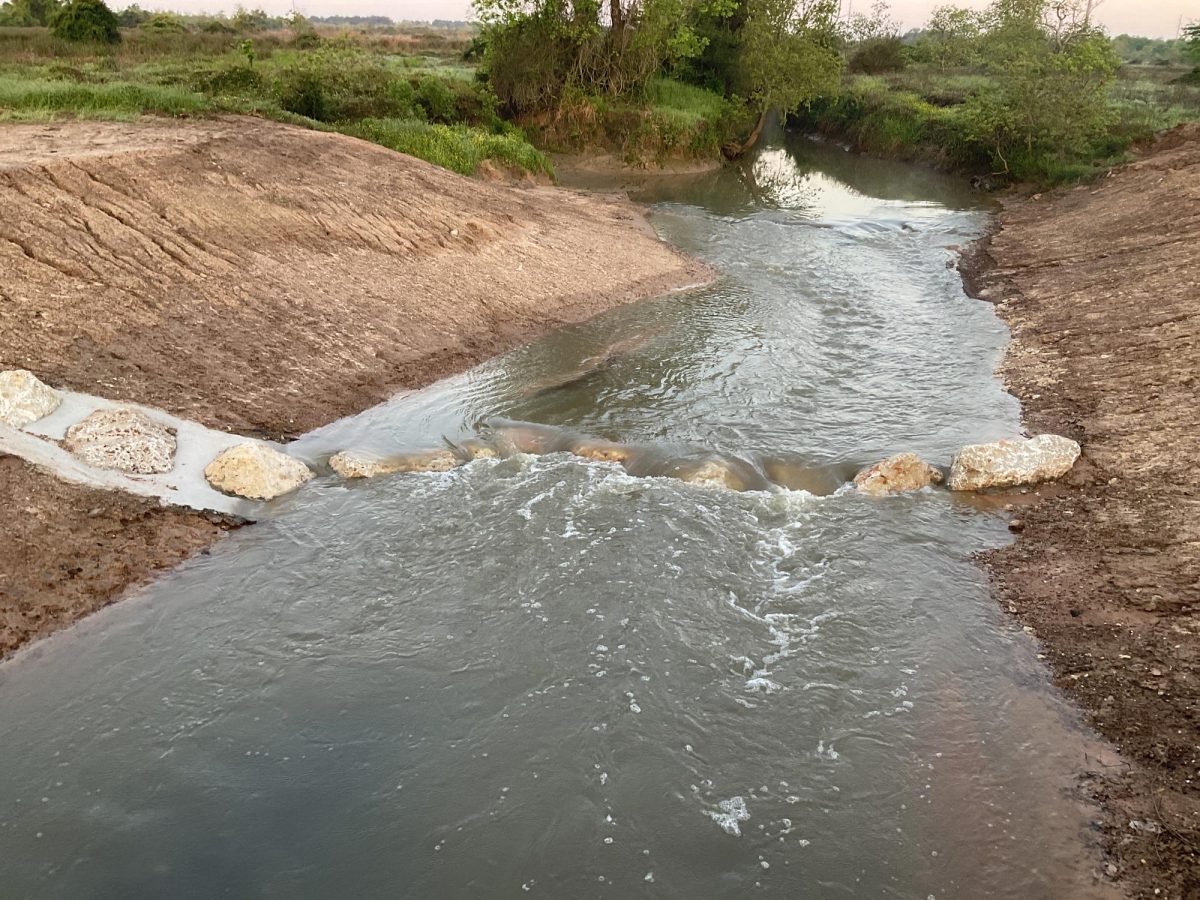
Fair Bluff Flood Resilience Park Design-Build
Fair Bluff, North Carolina
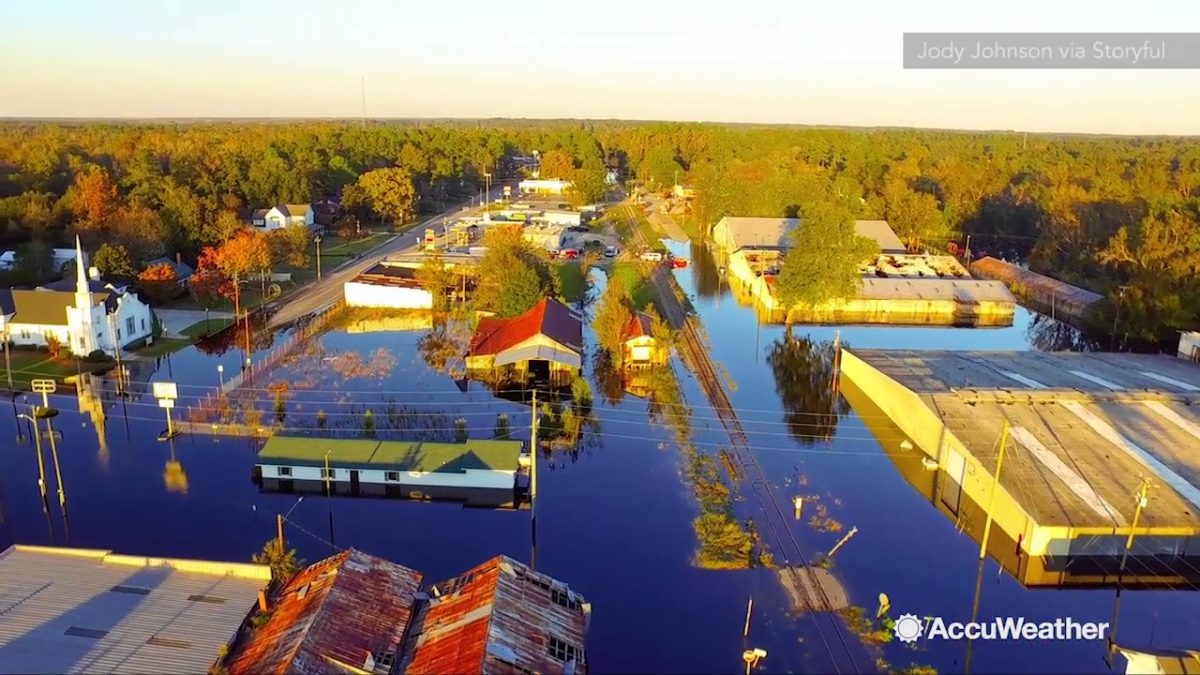 Photo Credit: AccuWeather
Photo Credit: AccuWeather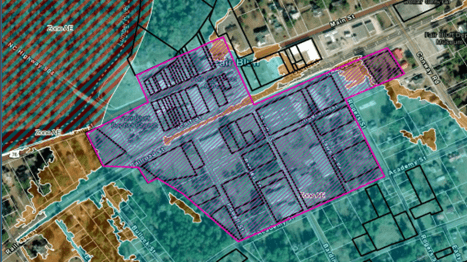
Bradco Farm Nature Park Wetland Restoration
Winter Haven, Florida
 CLOSE
CLOSE -
Stormwater Management
Stormwater Management
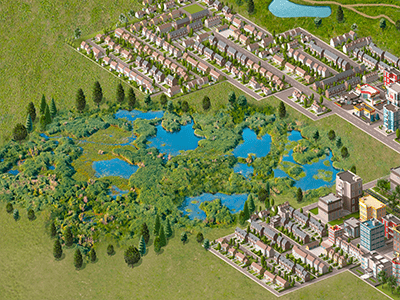
Stormwater retention/detention systems are designed to capture and hold stormwater, allowing water to gradually infiltrate into the ground.
- Temporarily stores stormwater
- Prevents flooding
- Reduces the strain on downstream drainage systems
Darien Crossing Regional Stormwater Retrofit
Philadelphia , Pennsylvania
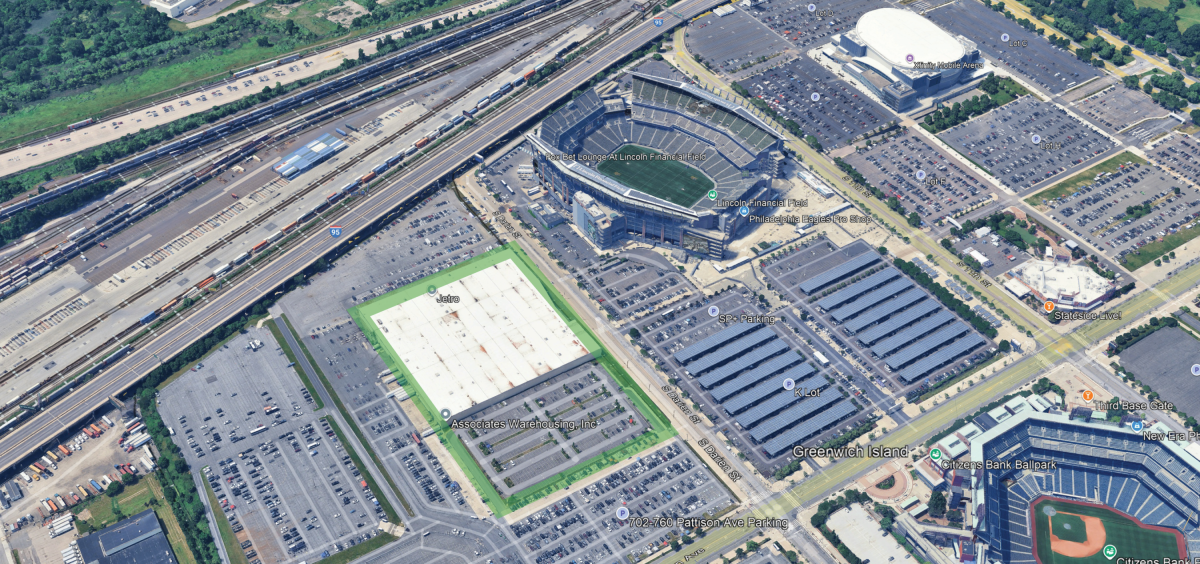
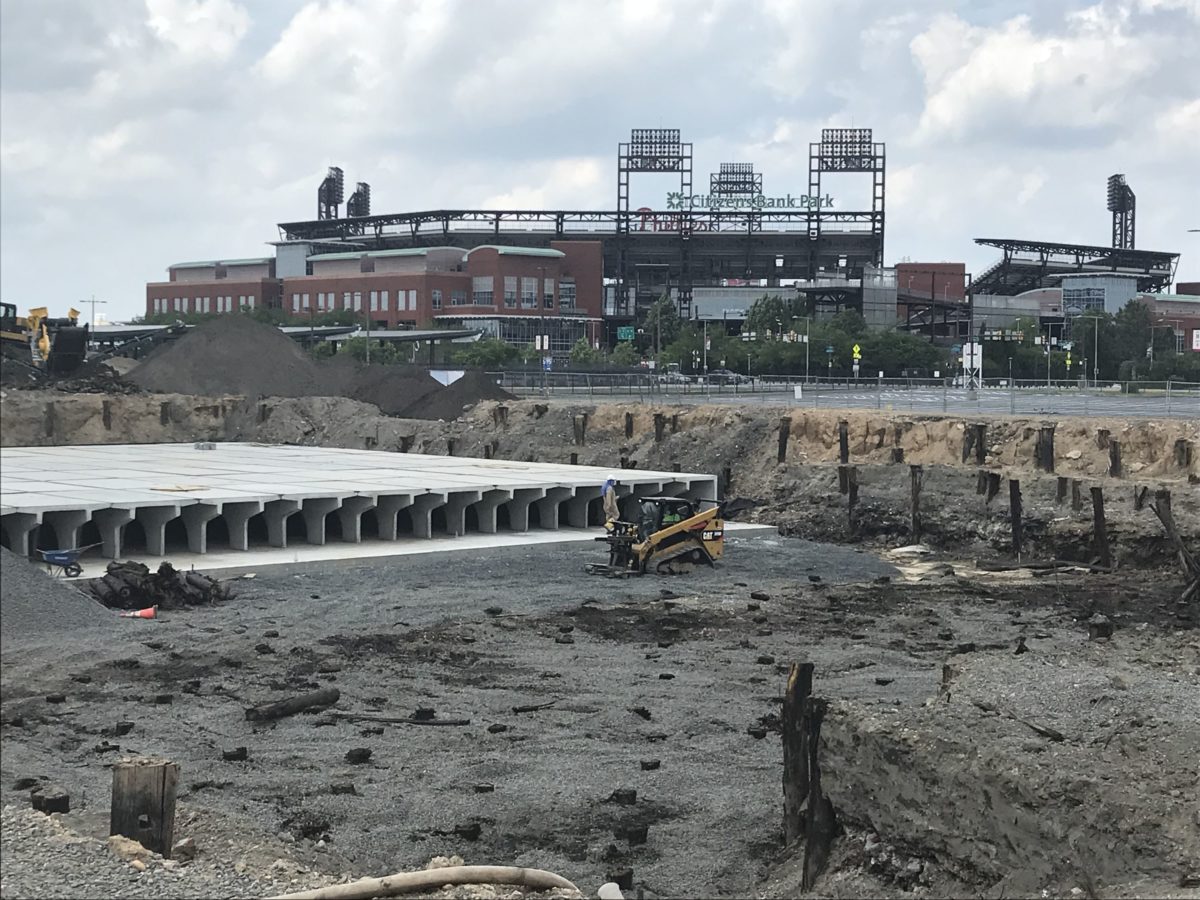
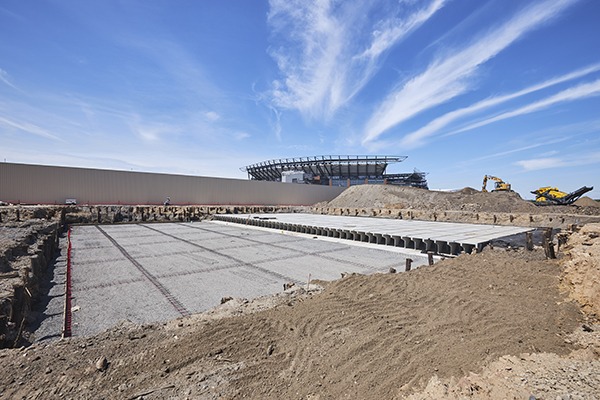
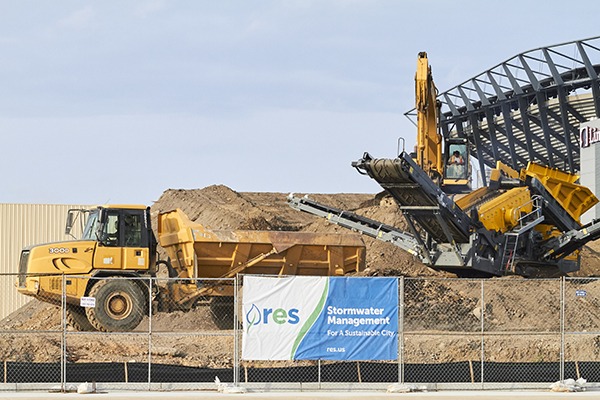
Ameren Headquarters Stormwater Management
St Louis, Missouri



Central Baptist Church Green Infrastructure
St Louis, Missouri



Valhalla Constructed Stormwater Wetland
Milwaukee, Wisconsin




Clinton Avenue Stormwater Wetland
Milwaukee, Wisconsin

Prairie Crossing Sustainable Conservation Development
Lake County, Illinois
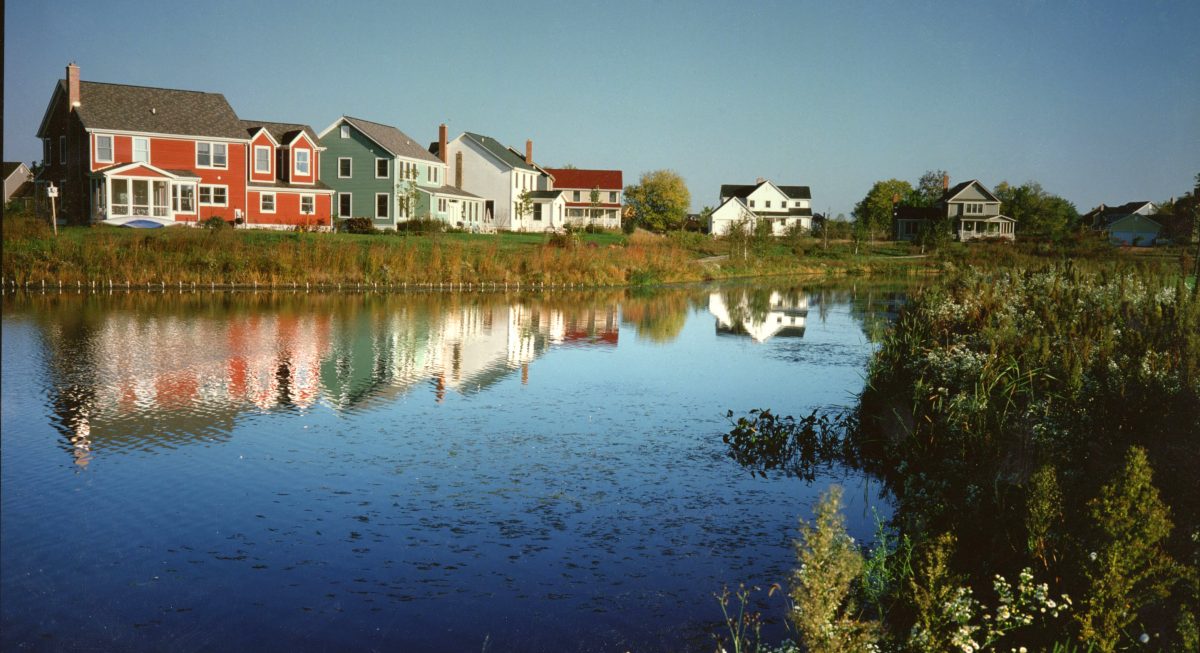
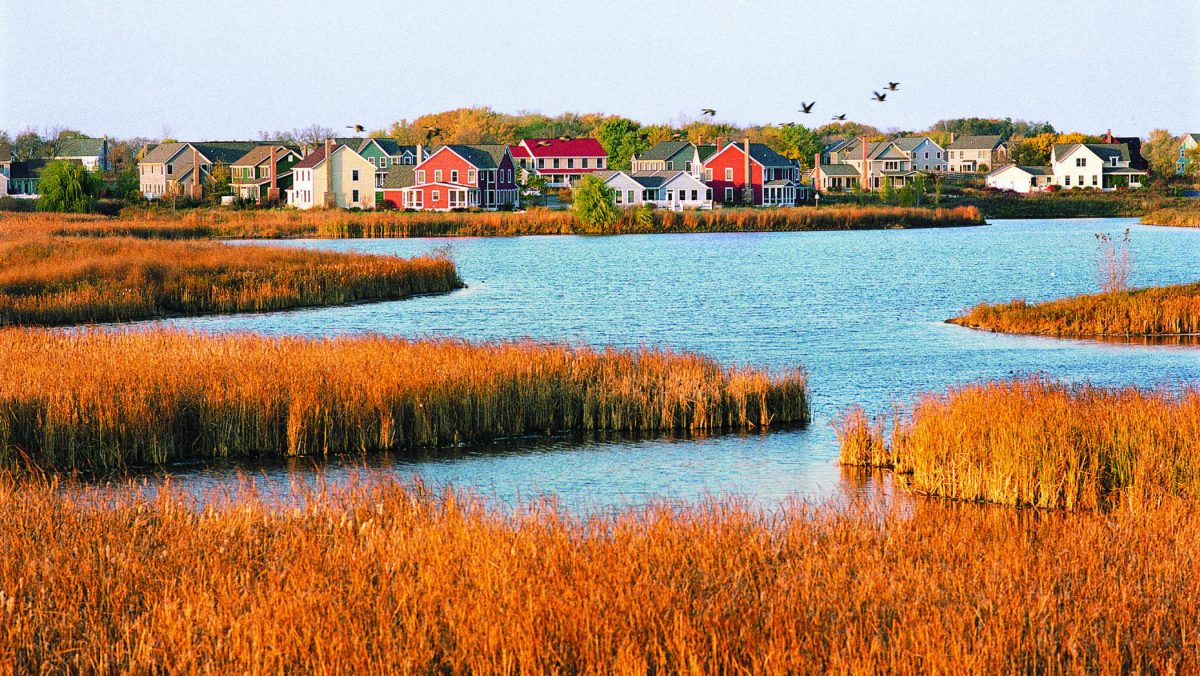
City of Orlando | Southeast Lakes Drainage Improvements, Lake of the Woods to Al Coith Park
Orange County, Florida
CLOSE -
Agricultural BMPs
Agricultural BMPs
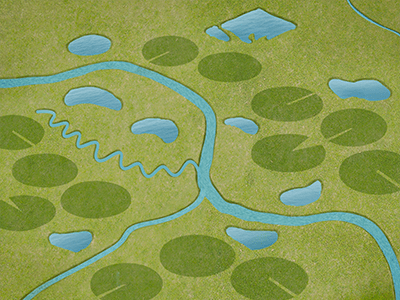
Agricultural Best Management Practices (BMPs) are strategies and techniques used to manage land and water resources in a way that reduces environmental impacts while maintaining or improving agricultural productivity.
- Prevents runoff
- Protects water quality
- Enhances ecosystem health
CLOSE -
Stream Restoration
Stream Restoration
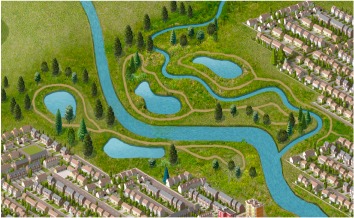
Stream restoration involves rehabilitating degraded streams to improve water quality, restore natural flow patterns, and support aquatic habitats.
- Reduces flood risks
- Restores natural flow patterns
- Enhances habitat for fish wildlife
- Increases resilience of watersheds
Bois d’Arc Lake PRM
Fannin County, Texas
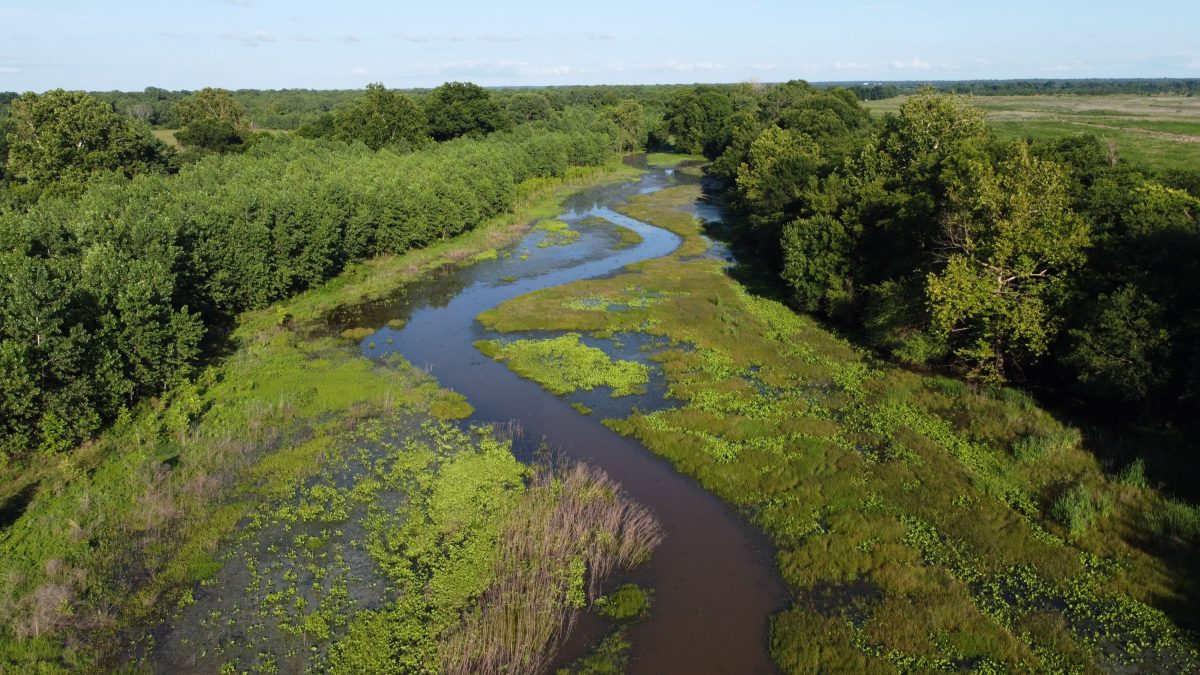

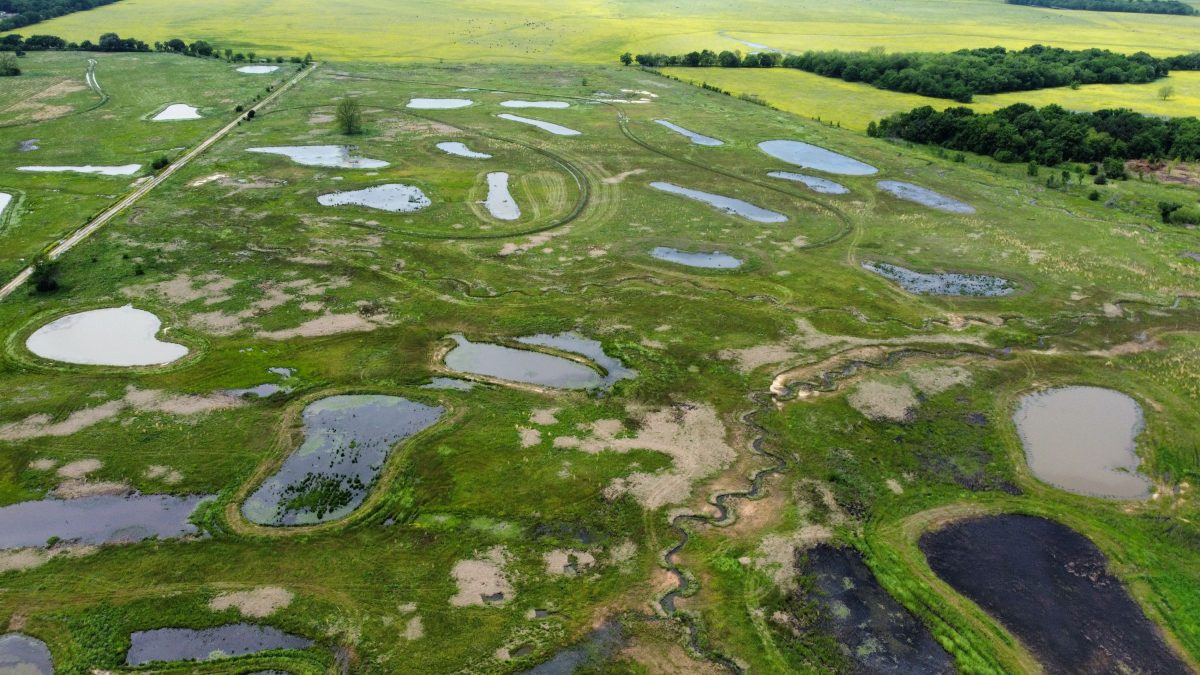









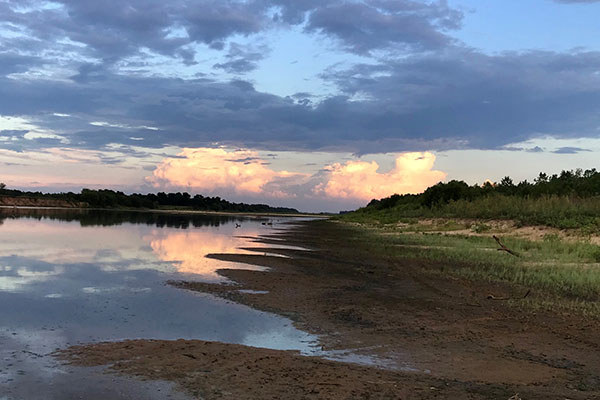

Wancopin Creek Turnkey Stream Restoration and Mitigation Bank
Loudoun County, Virginia
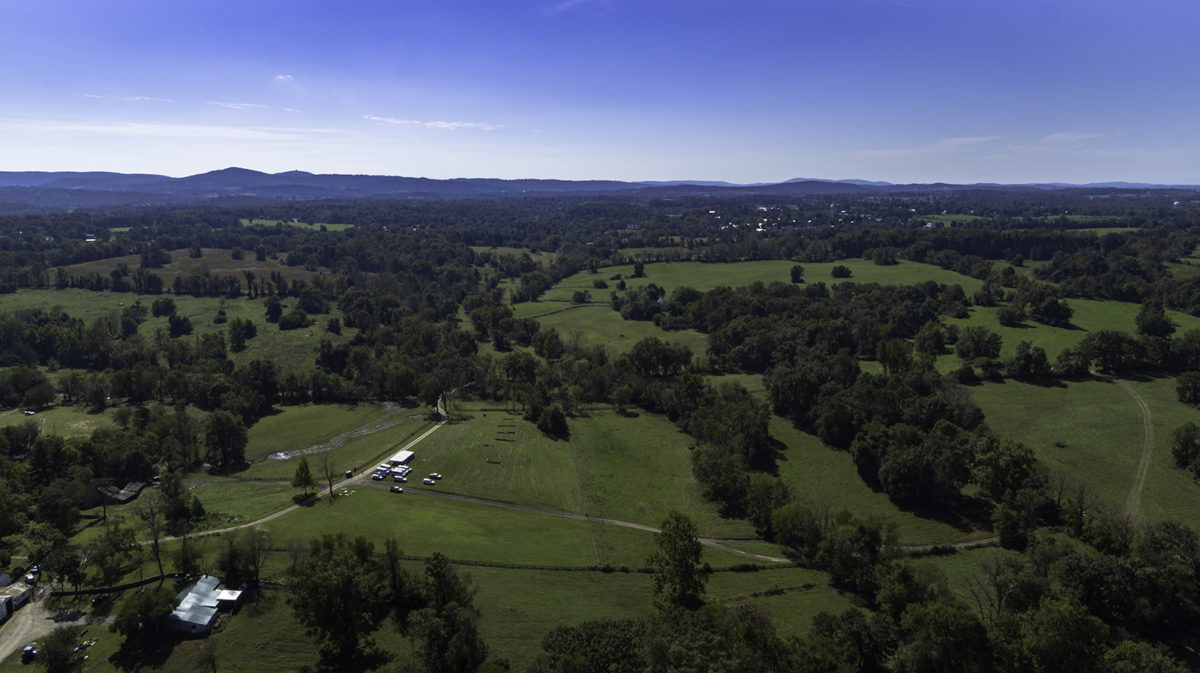 Wancopin Stream Restoration
Wancopin Stream Restoration
Blackwater Creek Stream and Wetland Restoration
City of Lynchburg, Virginia
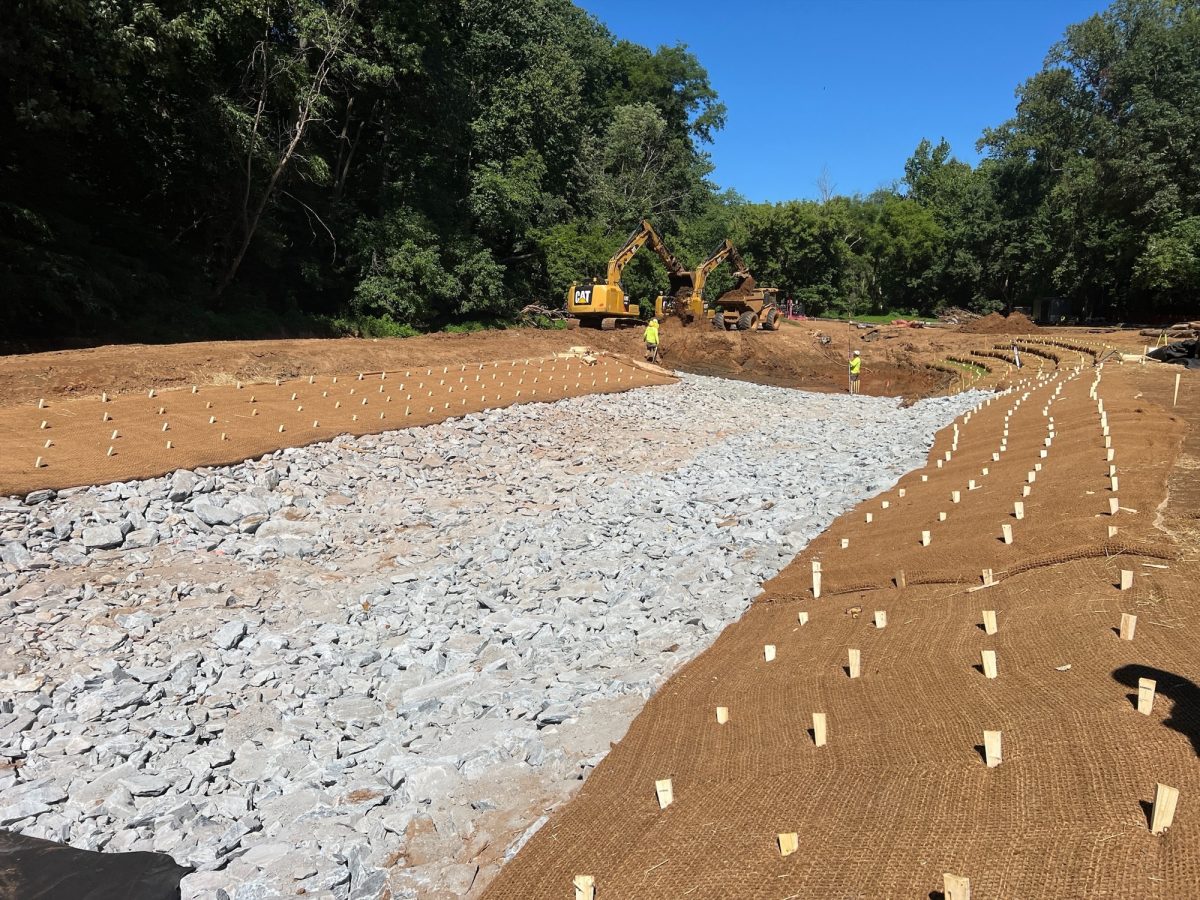
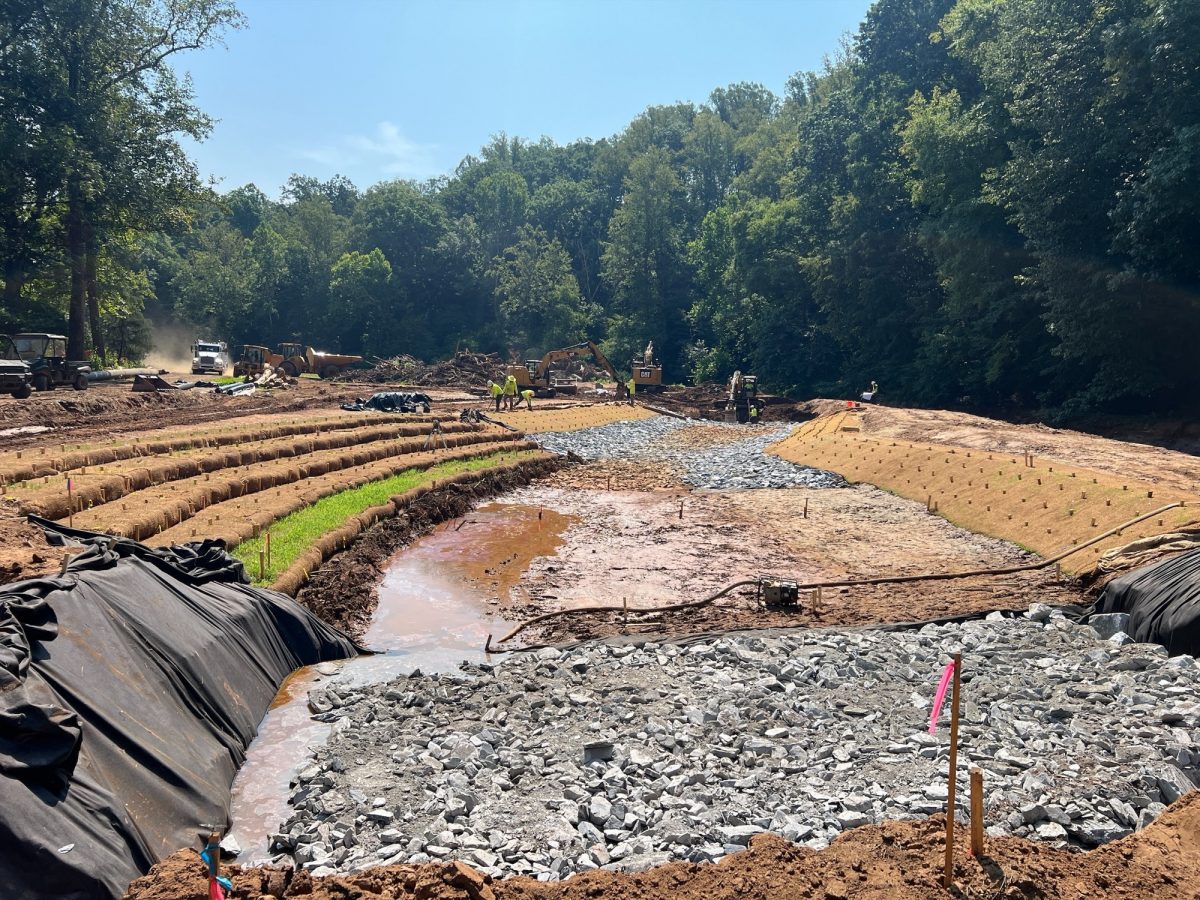
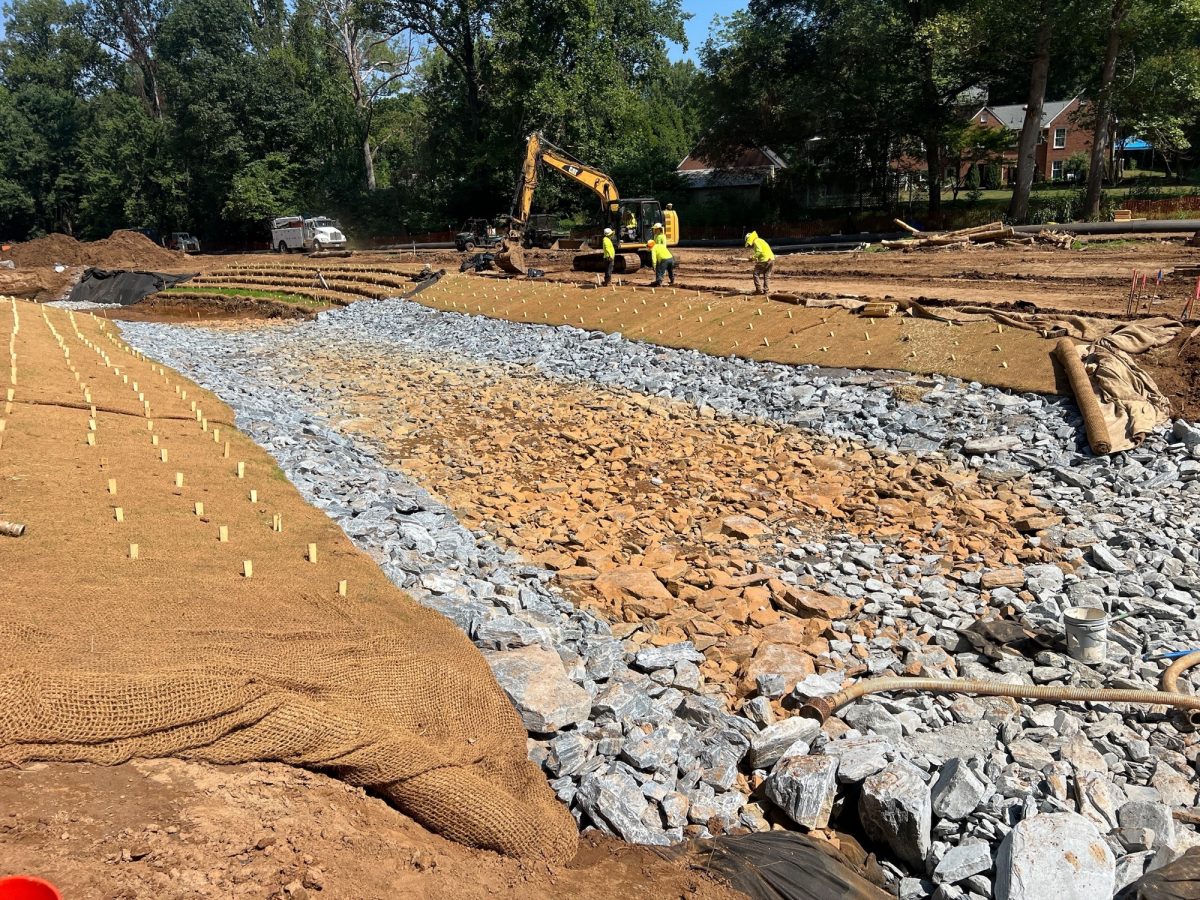
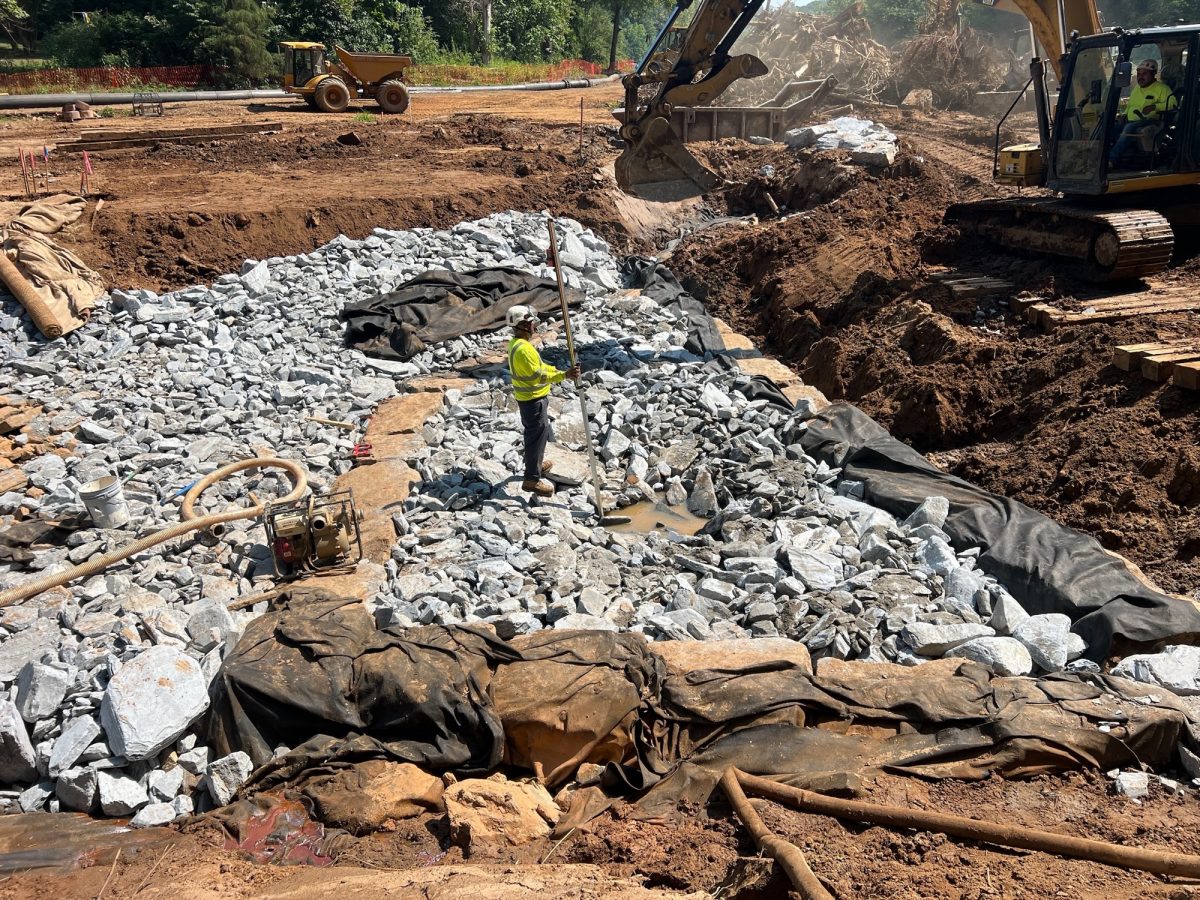
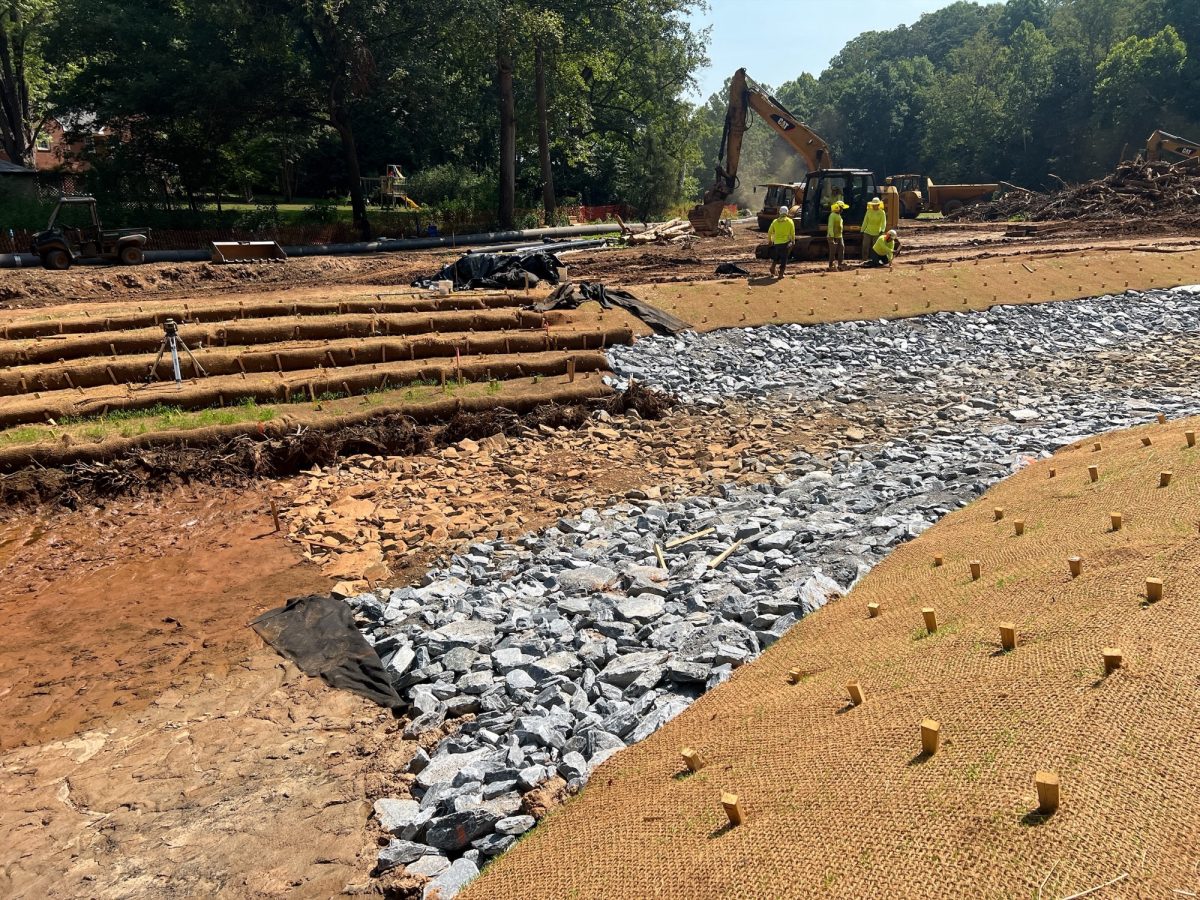
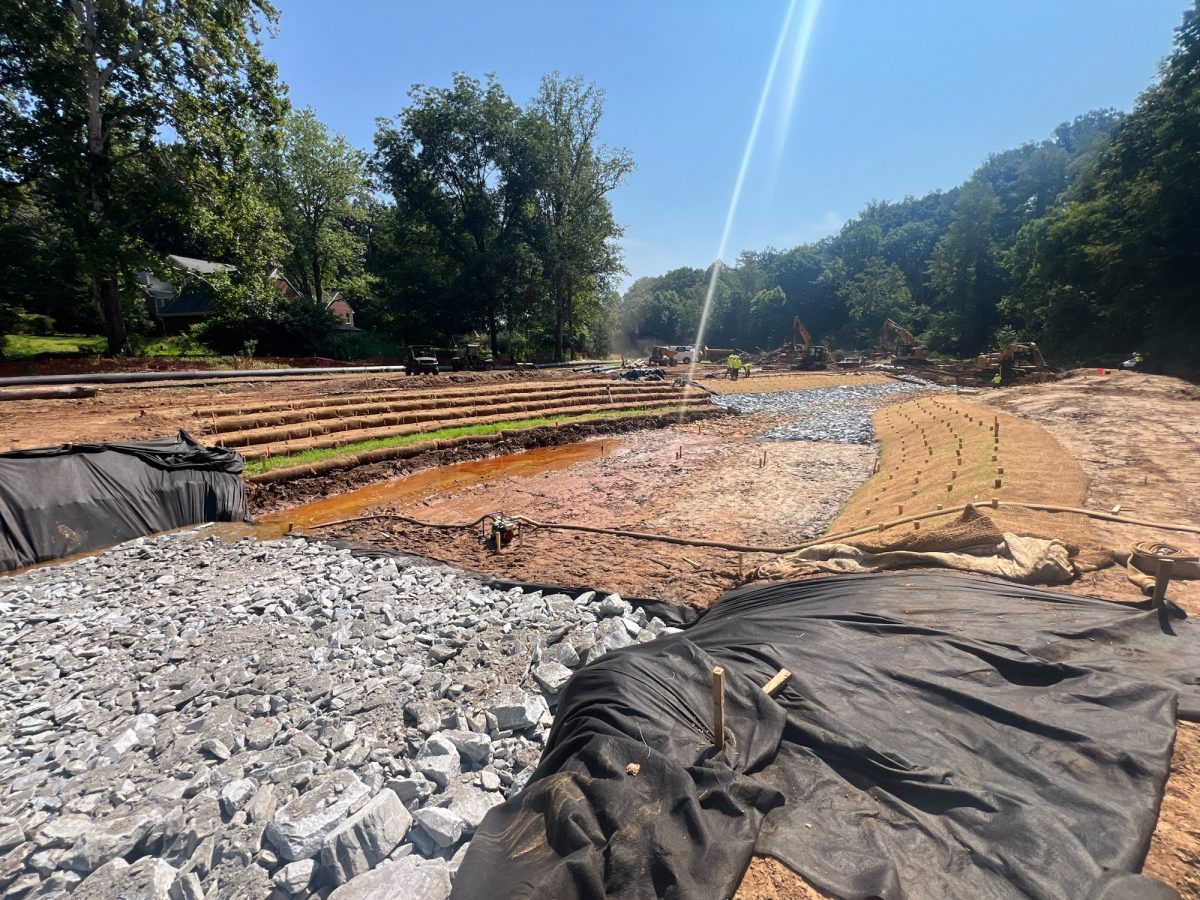
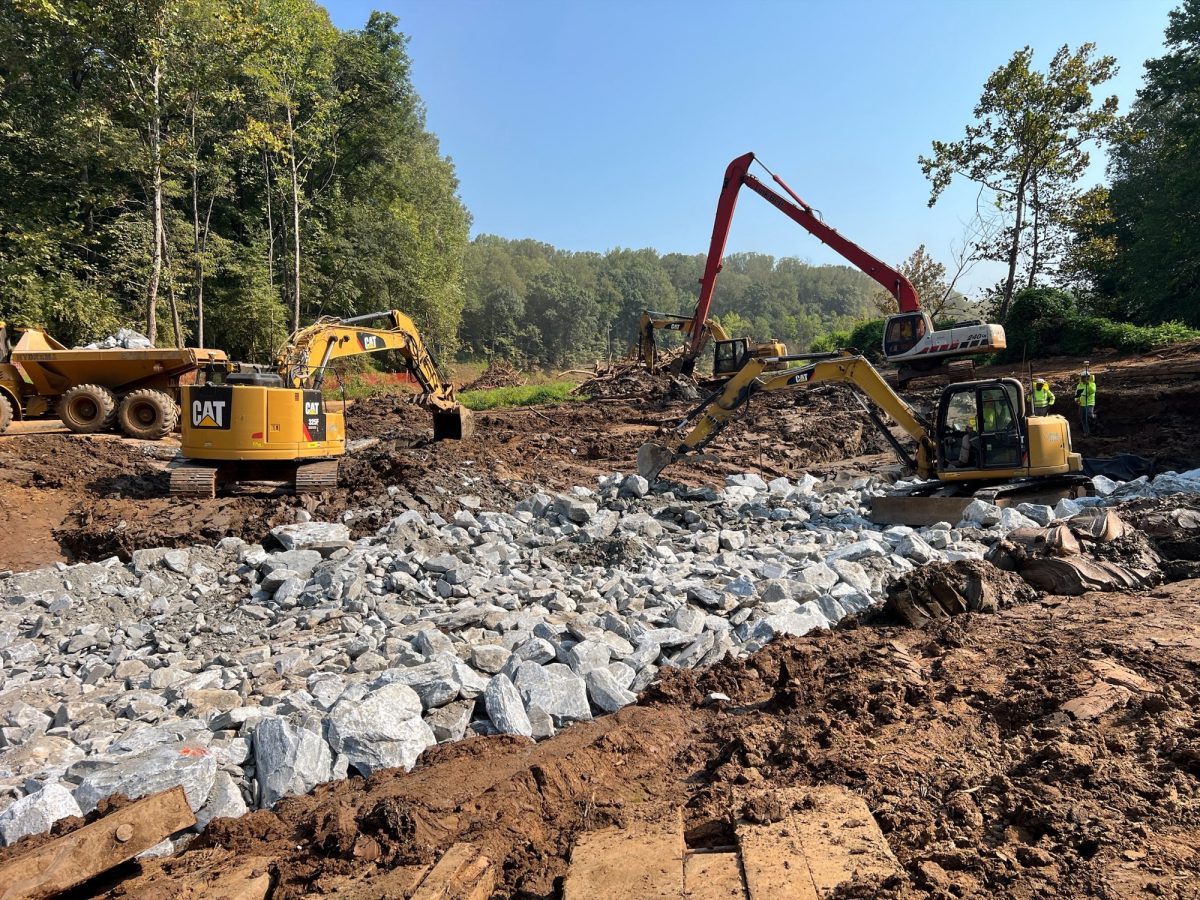
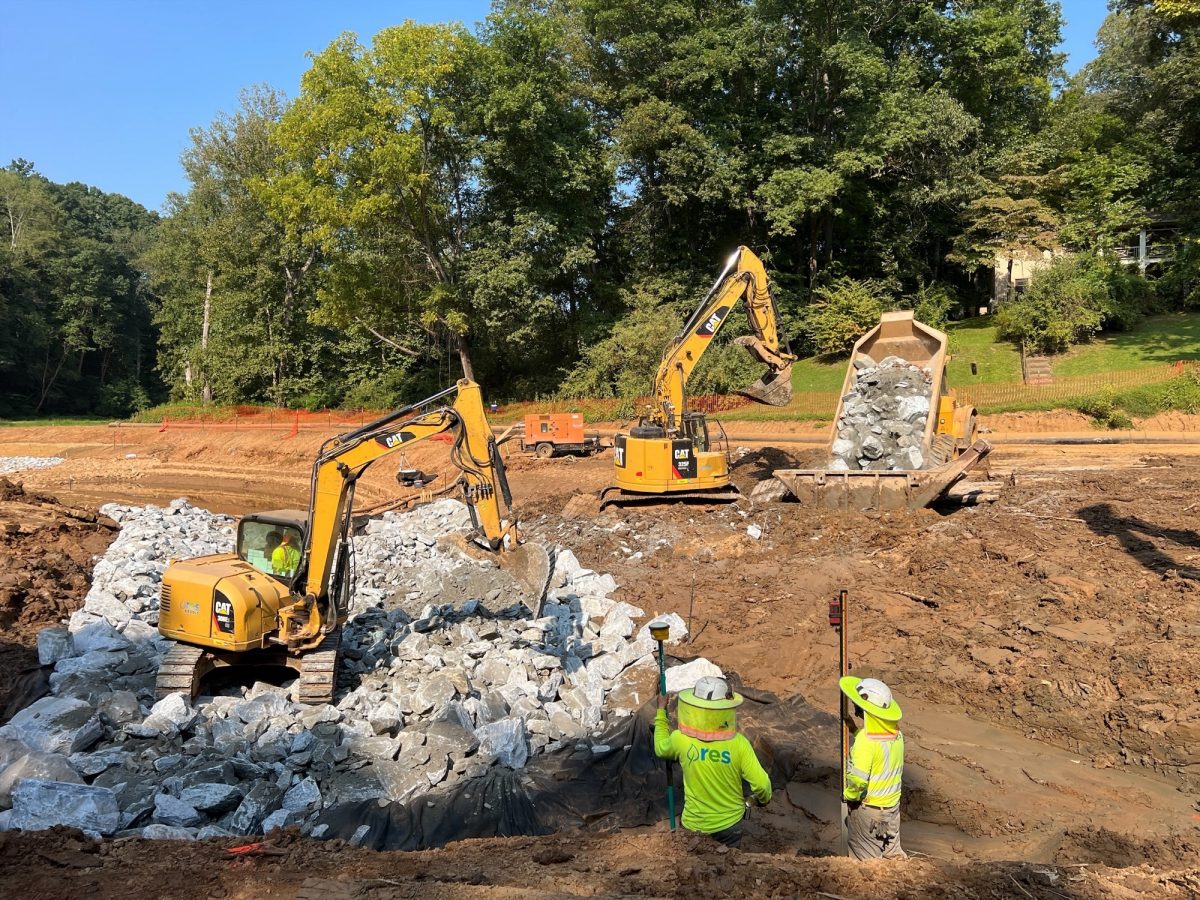
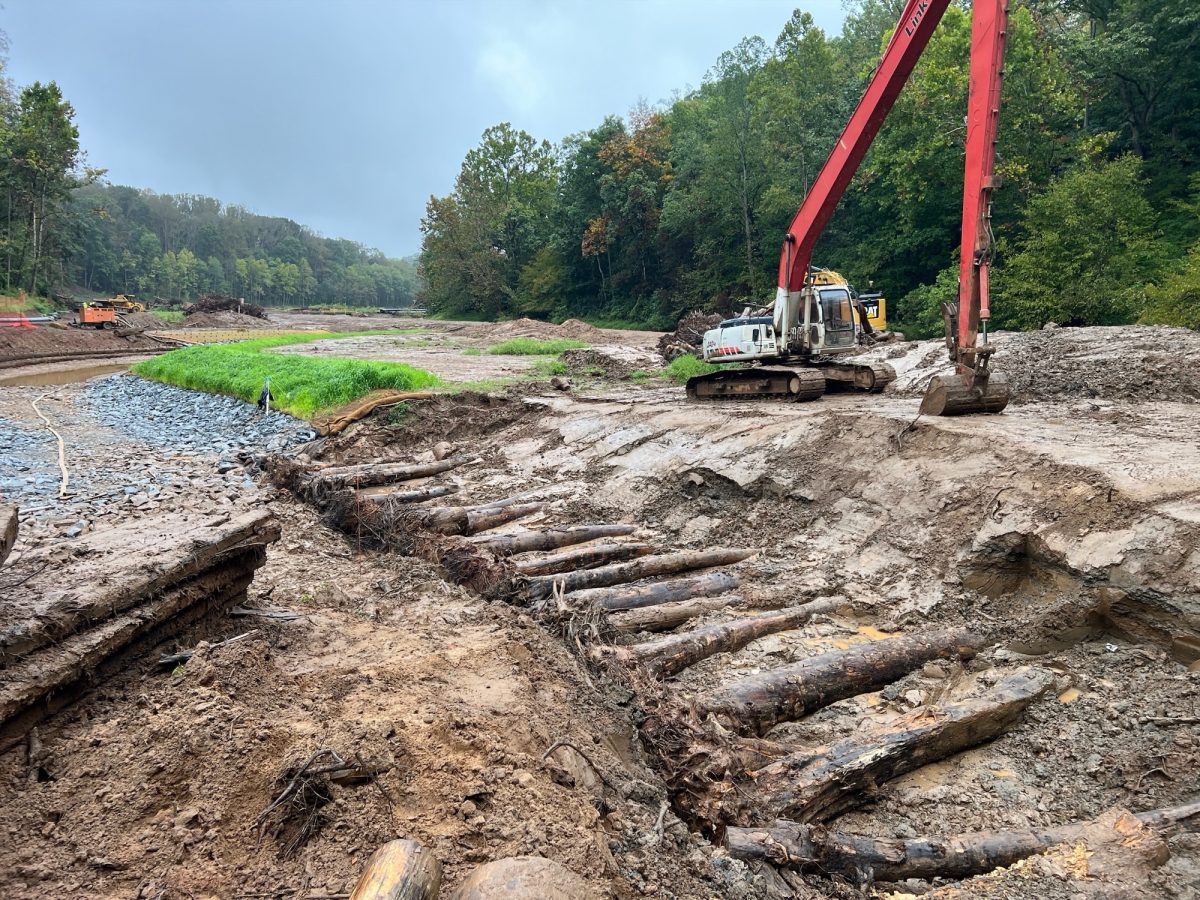
Butler’s Bridge Park Stream Restoration
Henry County, Georgia
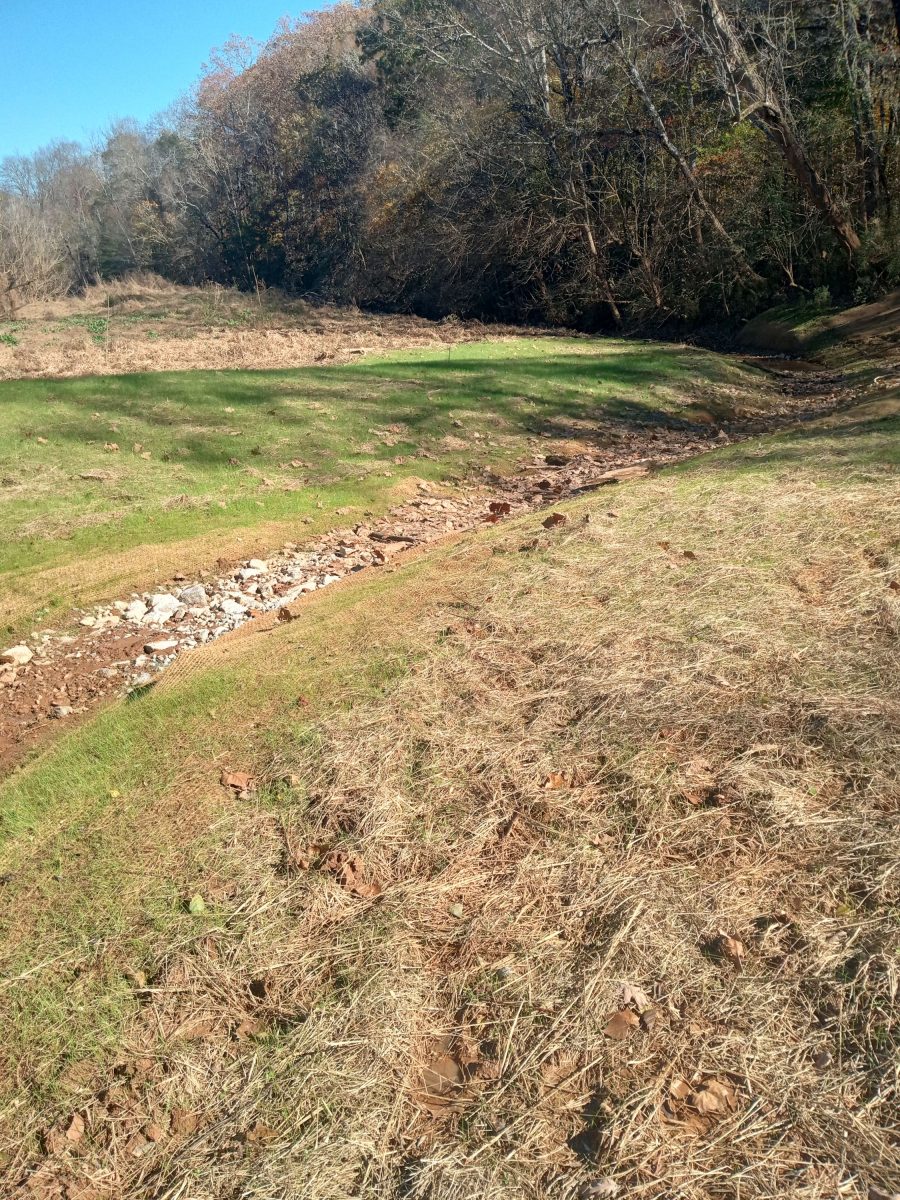
Pea Hill Branch Stream Restoration
Prince George's County, Maryland
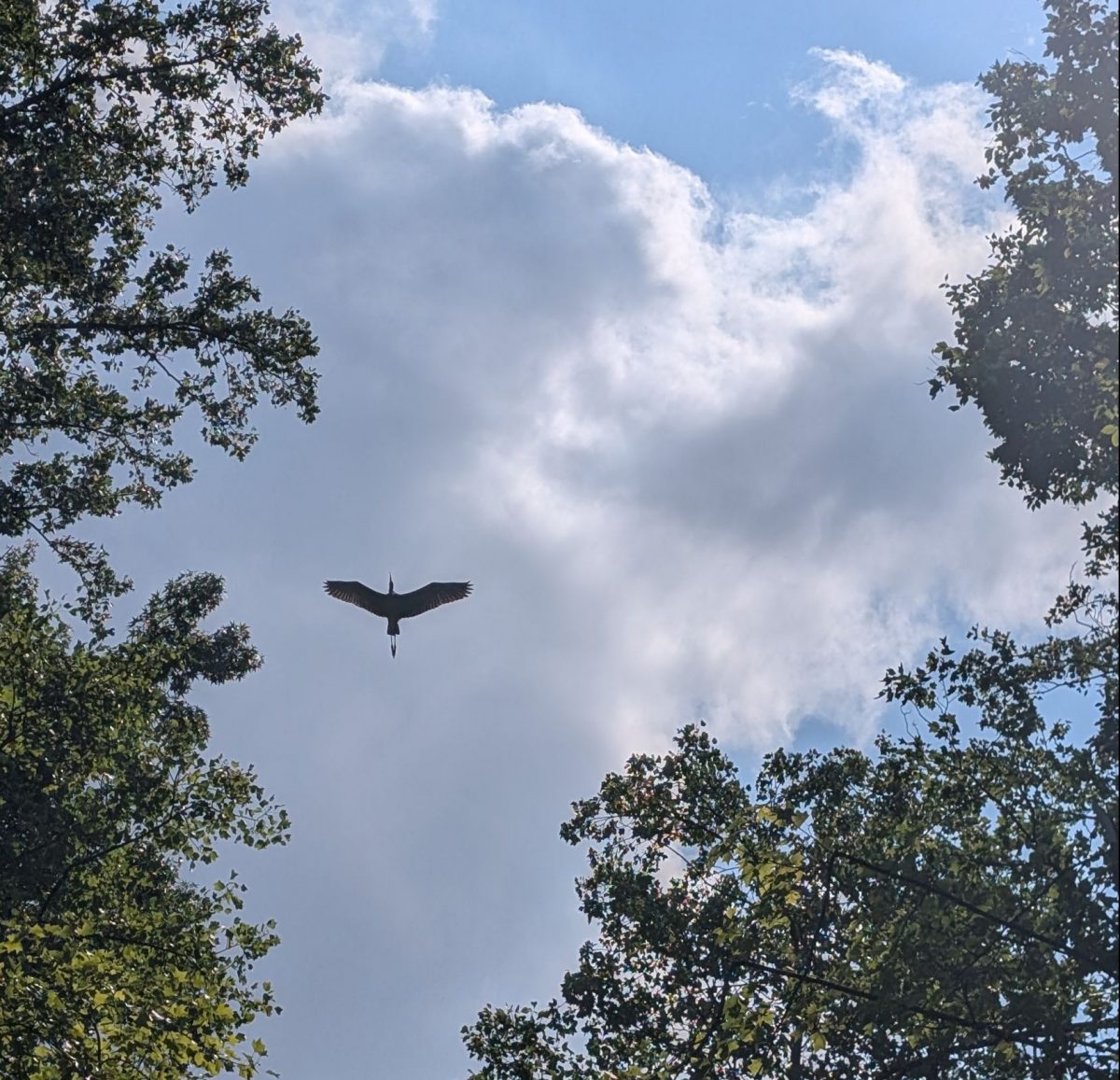

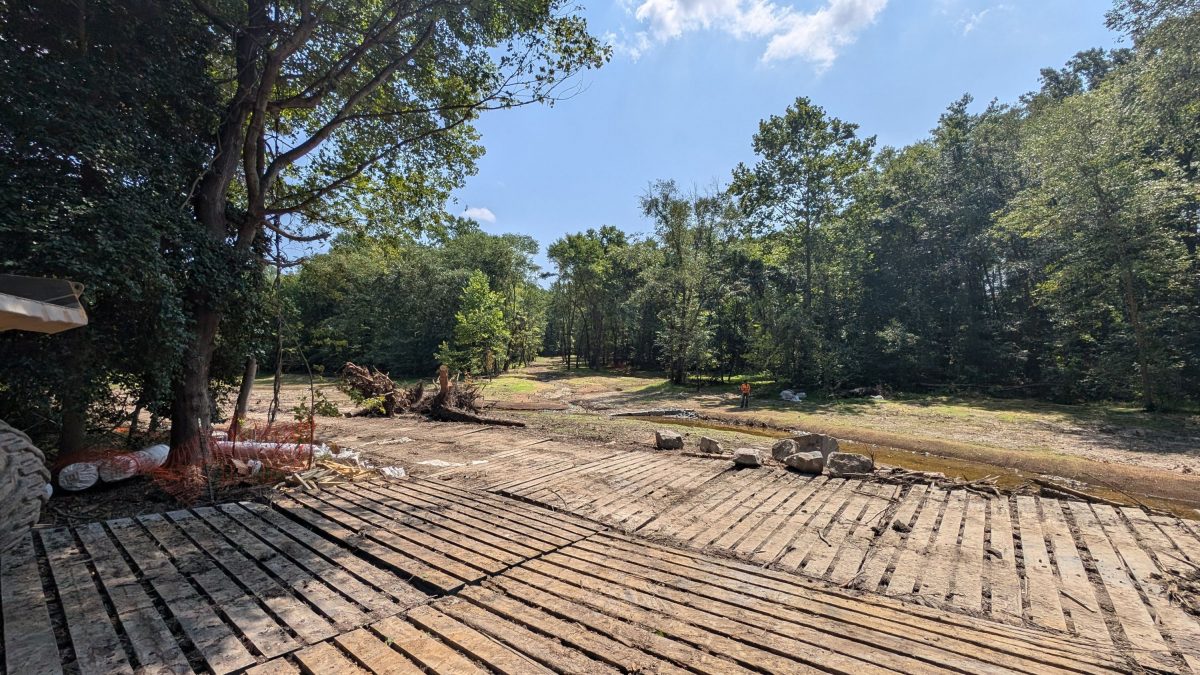
Black Swamp Creek Stream Restoration (Corvias)
Prince George's County, Maryland
 Post restoration
Post restoration Post restoration
Post restoration Pre-restoration conditions
Pre-restoration conditions
Straight Creek Stream Restoration Project
Morgan County , Kentucky
Streambank Stabilization at Holston River Park
Knox County, Tennessee
CLOSE -
Living Shorelines
Living Shorelines
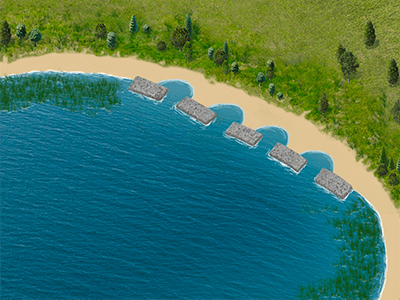
Living shorelines use Nature-based Solutions (NbS) for protecting coastal areas from erosion, often using plants, sand, and rock to stabilize shorelines while preserving habitat.
- Stabilizes shoreline and reduces erosion
- Increases biodiversity
- Improves water quality
GreenShores Living Shoreline
Escambia County, Florida
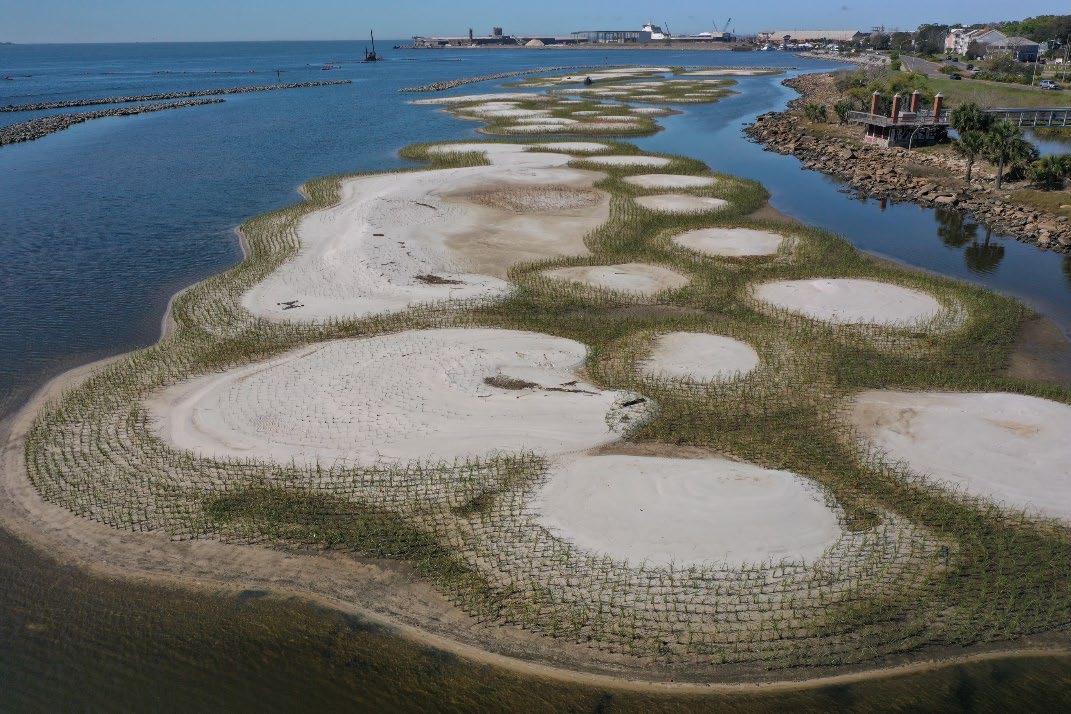
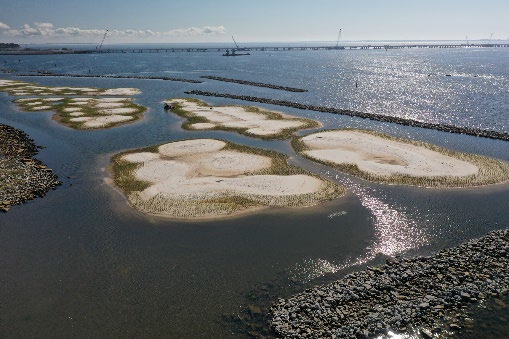
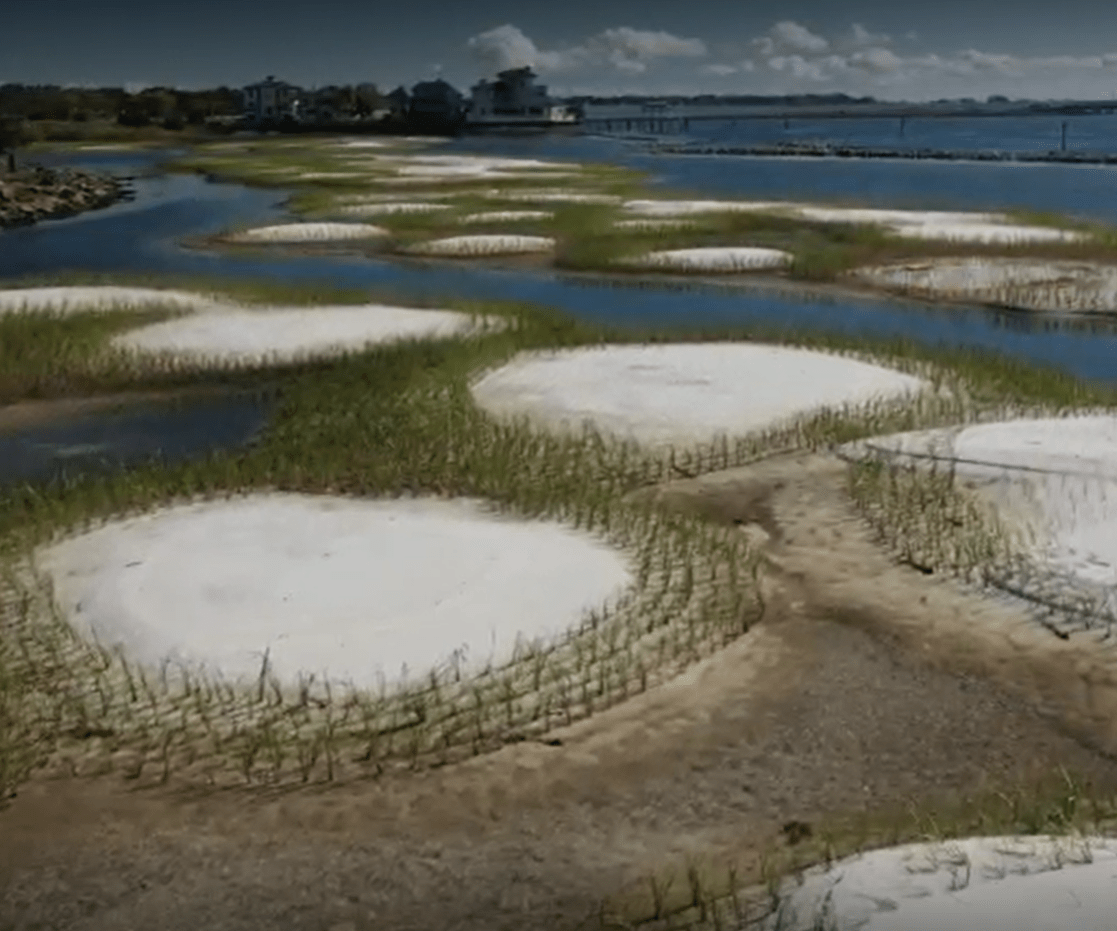 GreenShores Living Shoreline along Pensacola Bay
GreenShores Living Shoreline along Pensacola Bay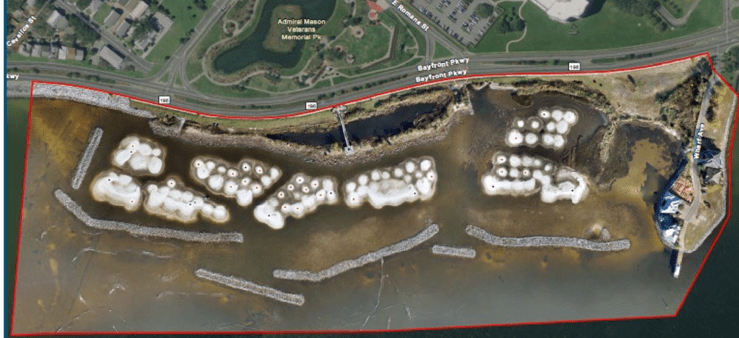 GreenShores Living Shoreline, site plan
GreenShores Living Shoreline, site plan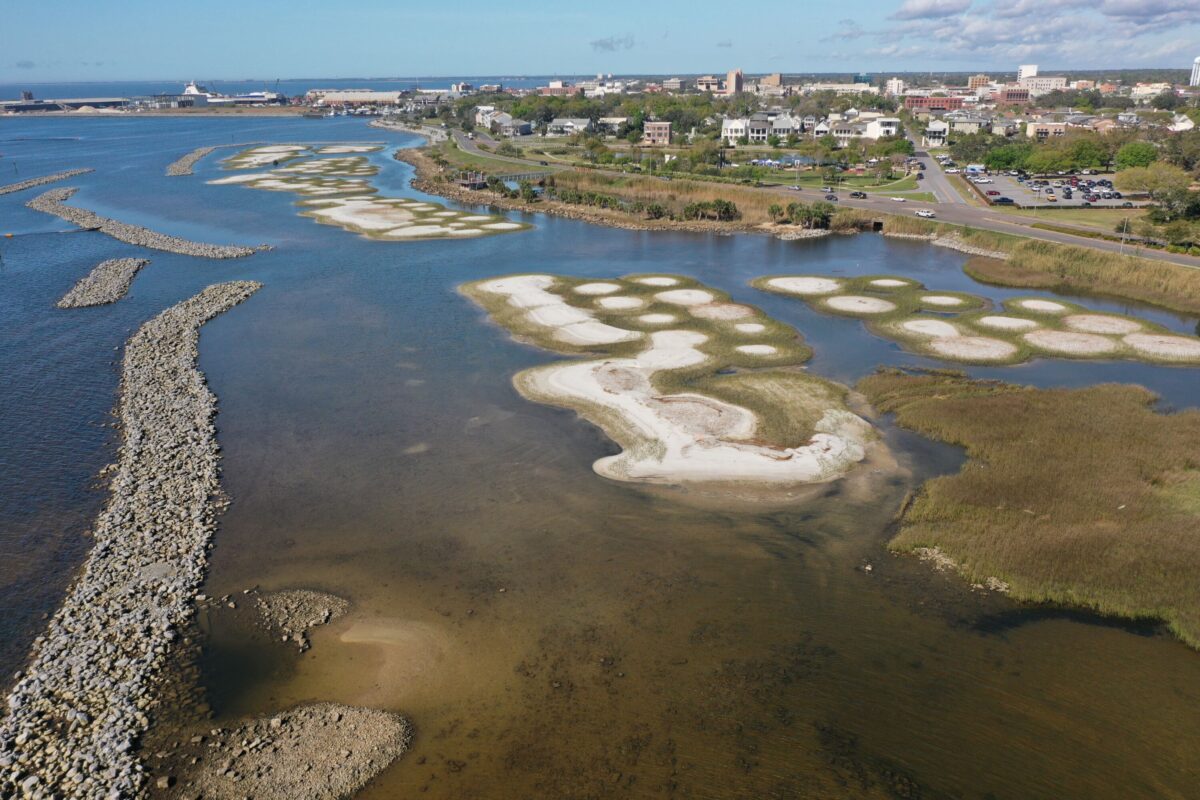 GreenShores Living Shoreline
GreenShores Living Shoreline
Pleasant Point Living Shoreline
City of Norfolk, Virginia
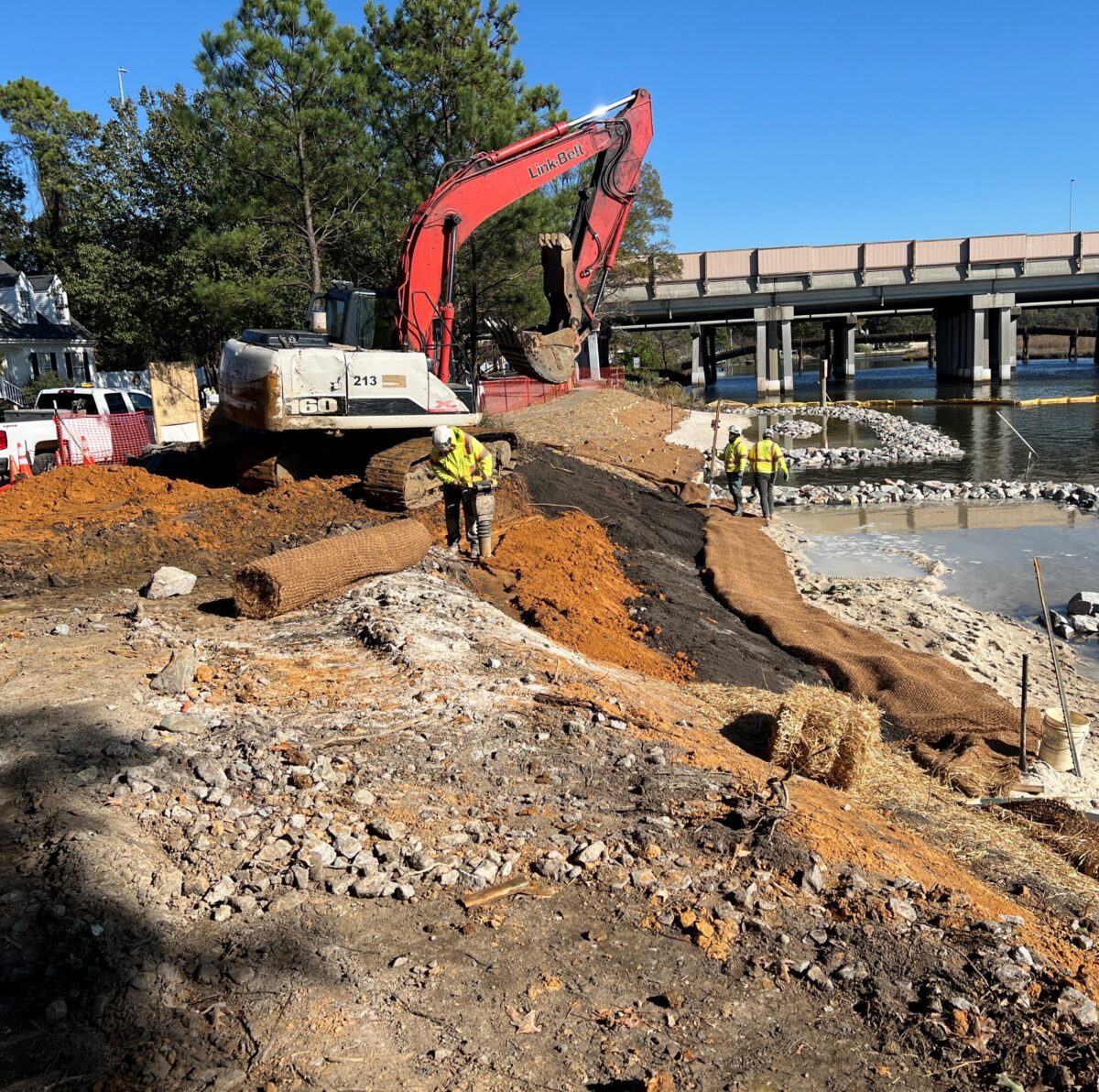 Pleasant Point Living Shoreline, during construction
Pleasant Point Living Shoreline, during construction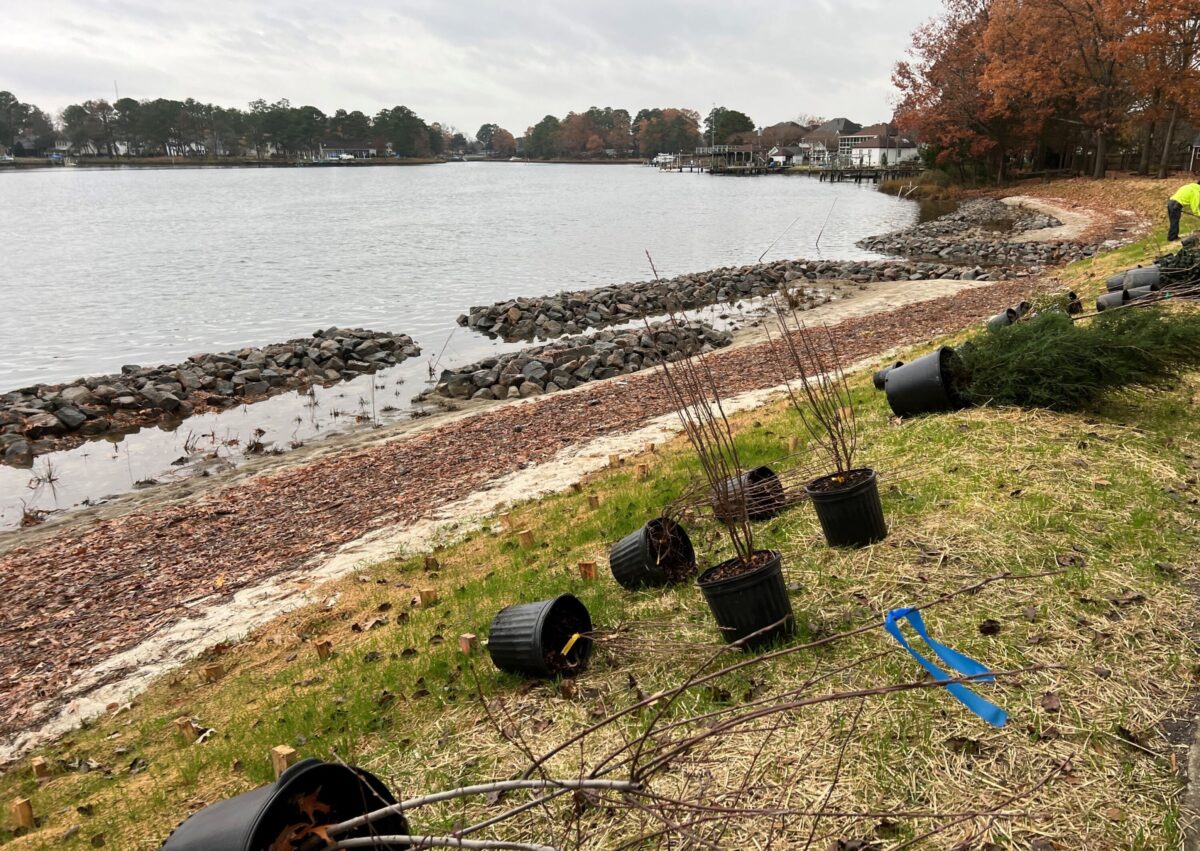 Pleasant Point Living Shoreline, during construction
Pleasant Point Living Shoreline, during construction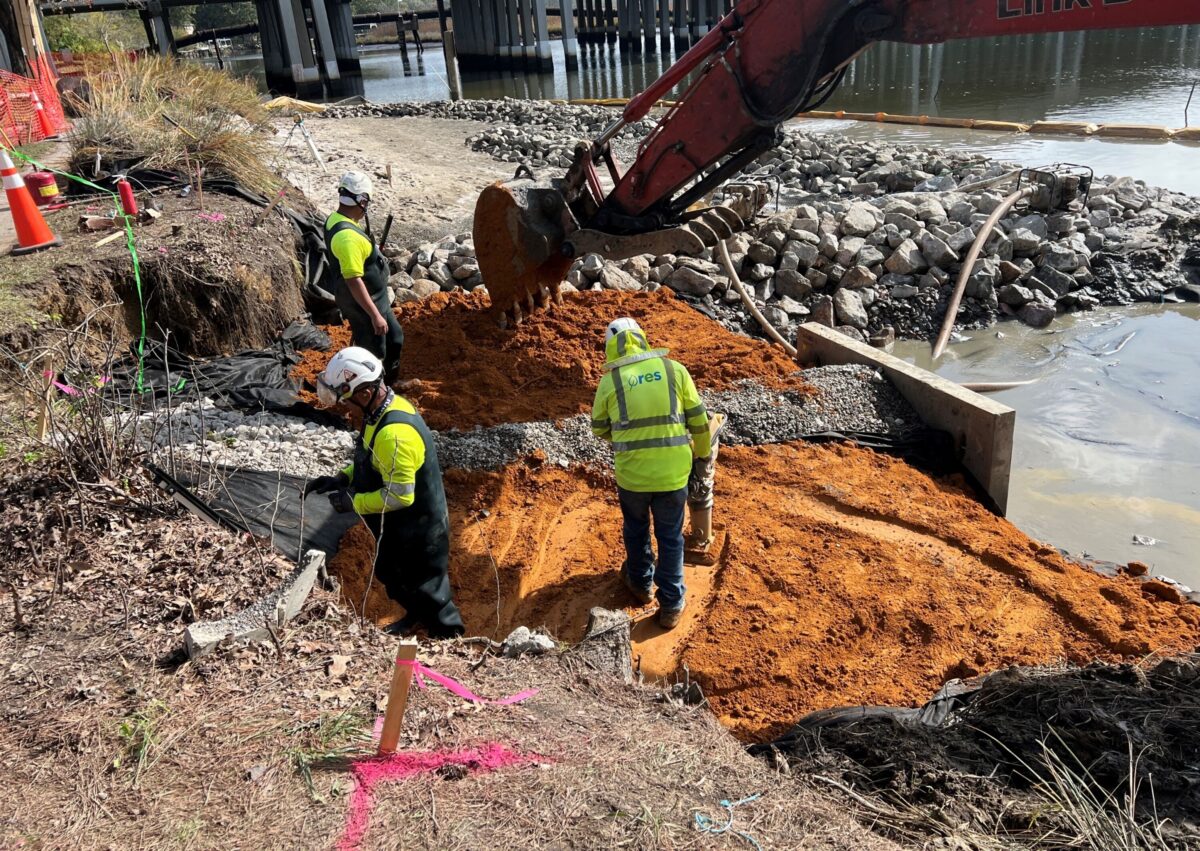 Pleasant Point Living Shoreline, during construction
Pleasant Point Living Shoreline, during construction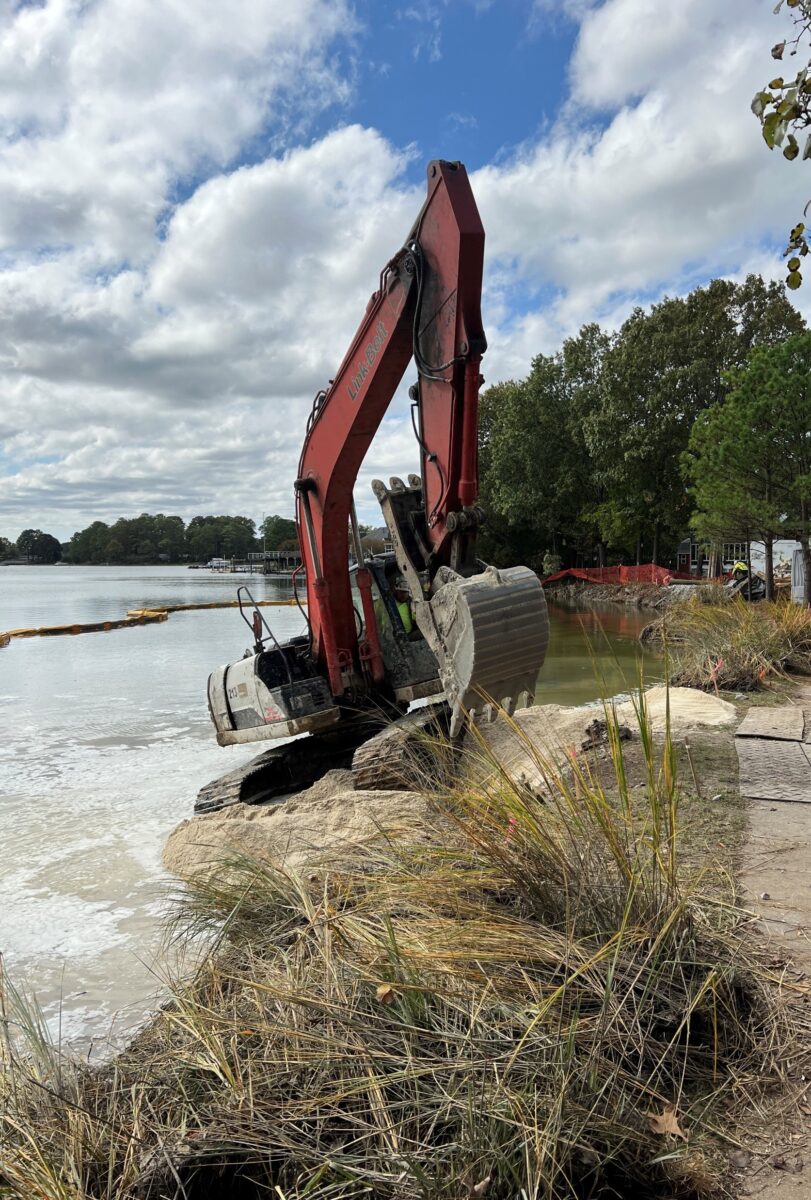 Pleasant Point Living Shoreline, during construction
Pleasant Point Living Shoreline, during construction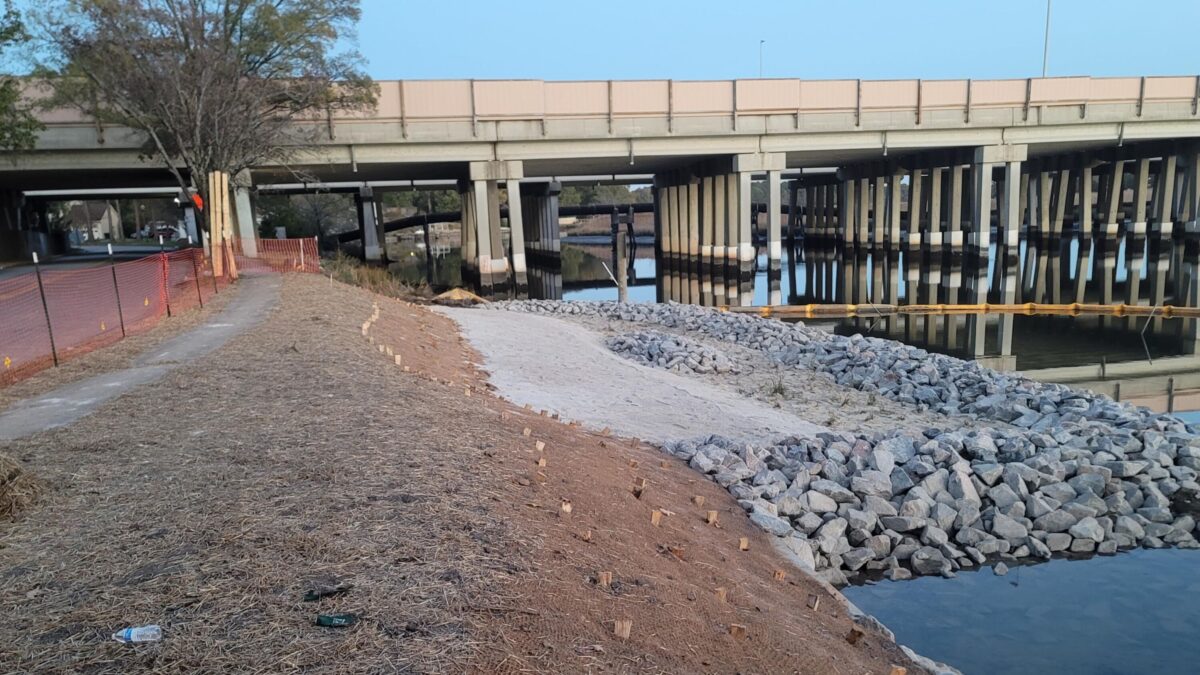 Pleasant Point Living Shoreline, during construction
Pleasant Point Living Shoreline, during construction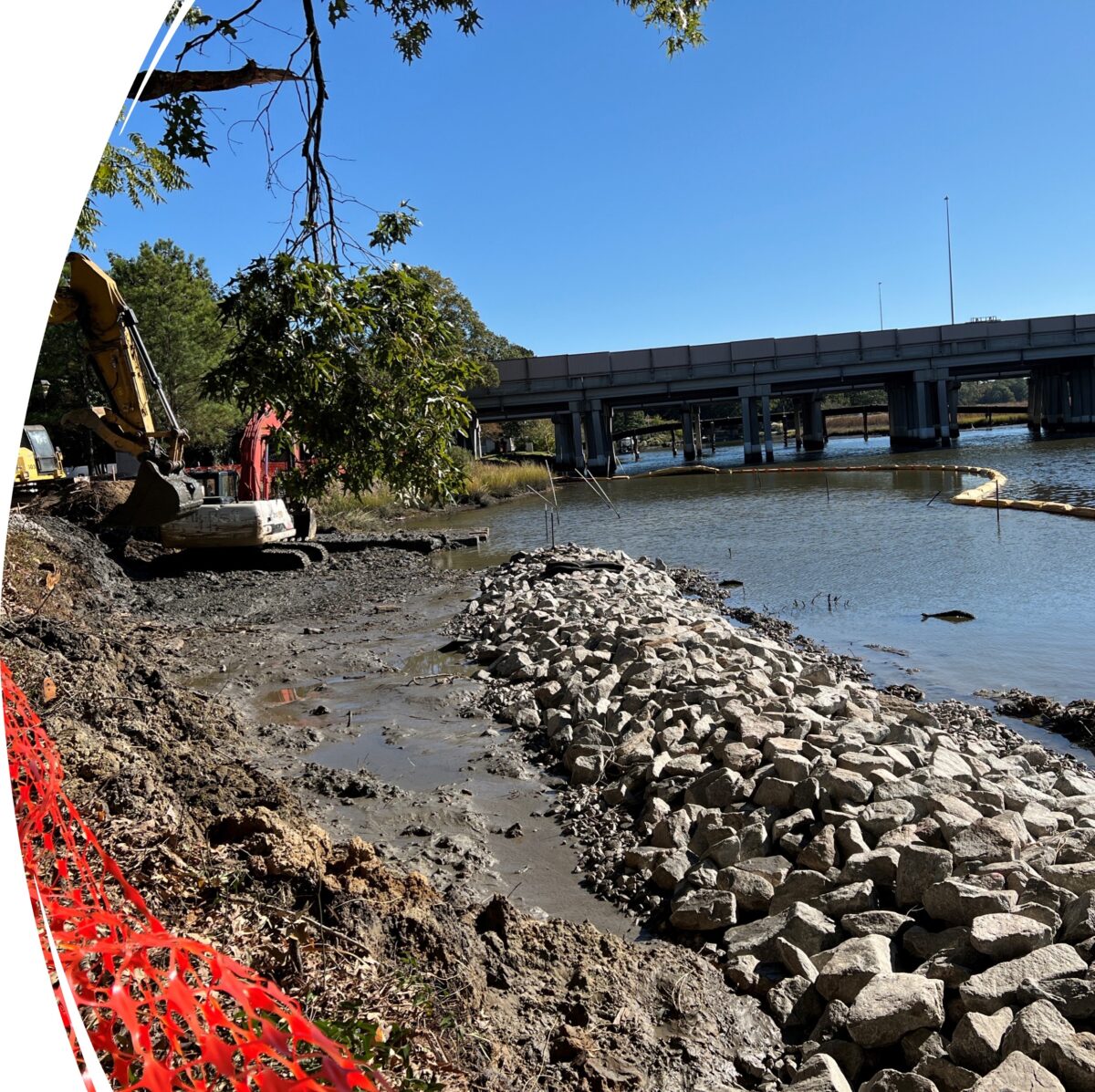 Pleasant Point Living Shoreline, during construction
Pleasant Point Living Shoreline, during construction
North Bay Village Civic Park Living Shoreline
North Bay Village, Florida
CLOSE -
Mangroves and Salt Marsh
Mangroves and Salt Marsh
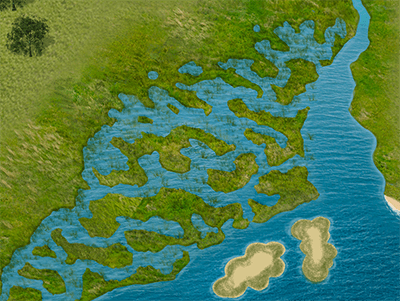
Mangroves are tropical trees and shrubs that grow in tidal coastal areas, while salt marshes are grassy ecosystems found in temperate regions along coastlines. Both thrive in saline or brackish water and are adapted to fluctuating water levels and salt content.
- Provides coastal protection by buffering shorelines from storm surges and reducing erosion.
- Supports biodiversity, providing essential habitats for fish, birds, and other wildlife.
- Captures and stores significant amounts of carbon, helping combat climate change.
Graveline Bay Coastal Marsh Restoration
Mobile, Alabama
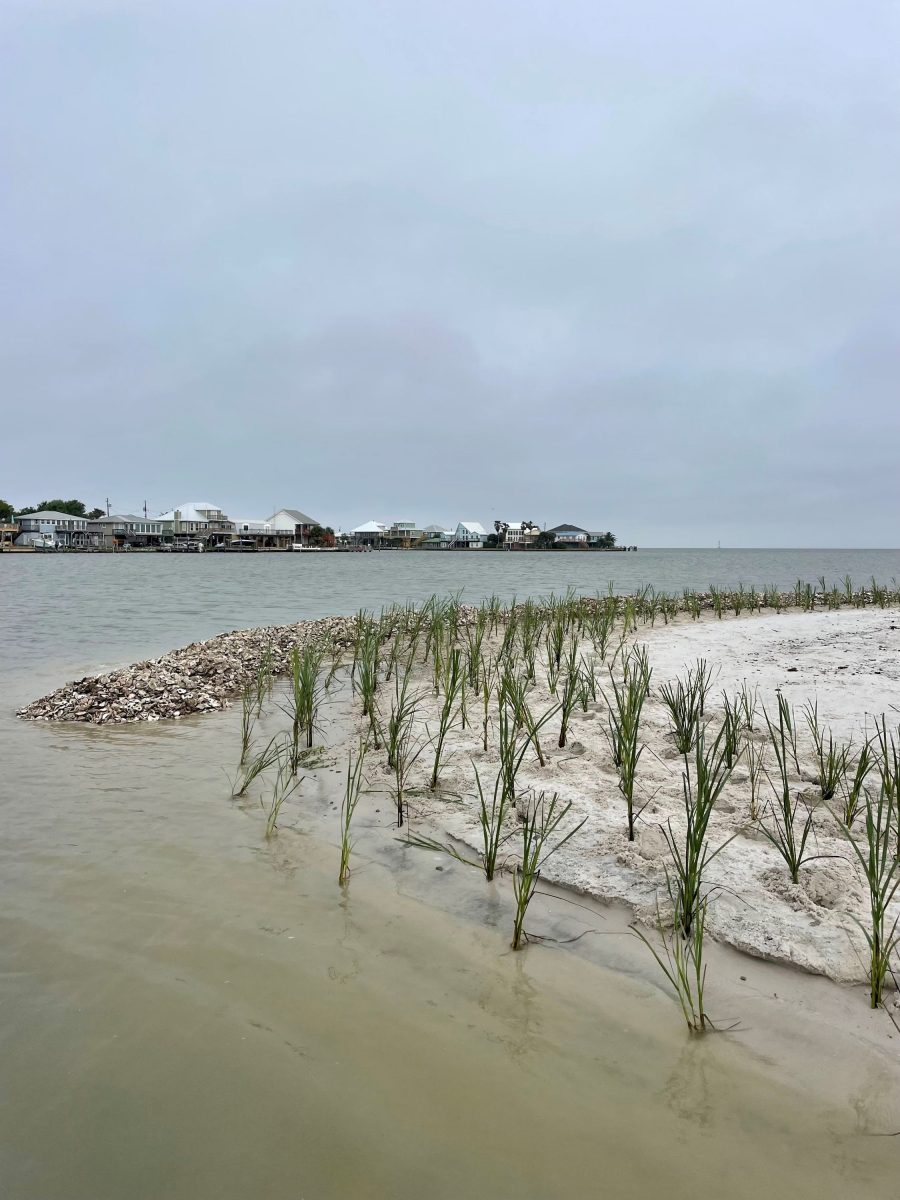
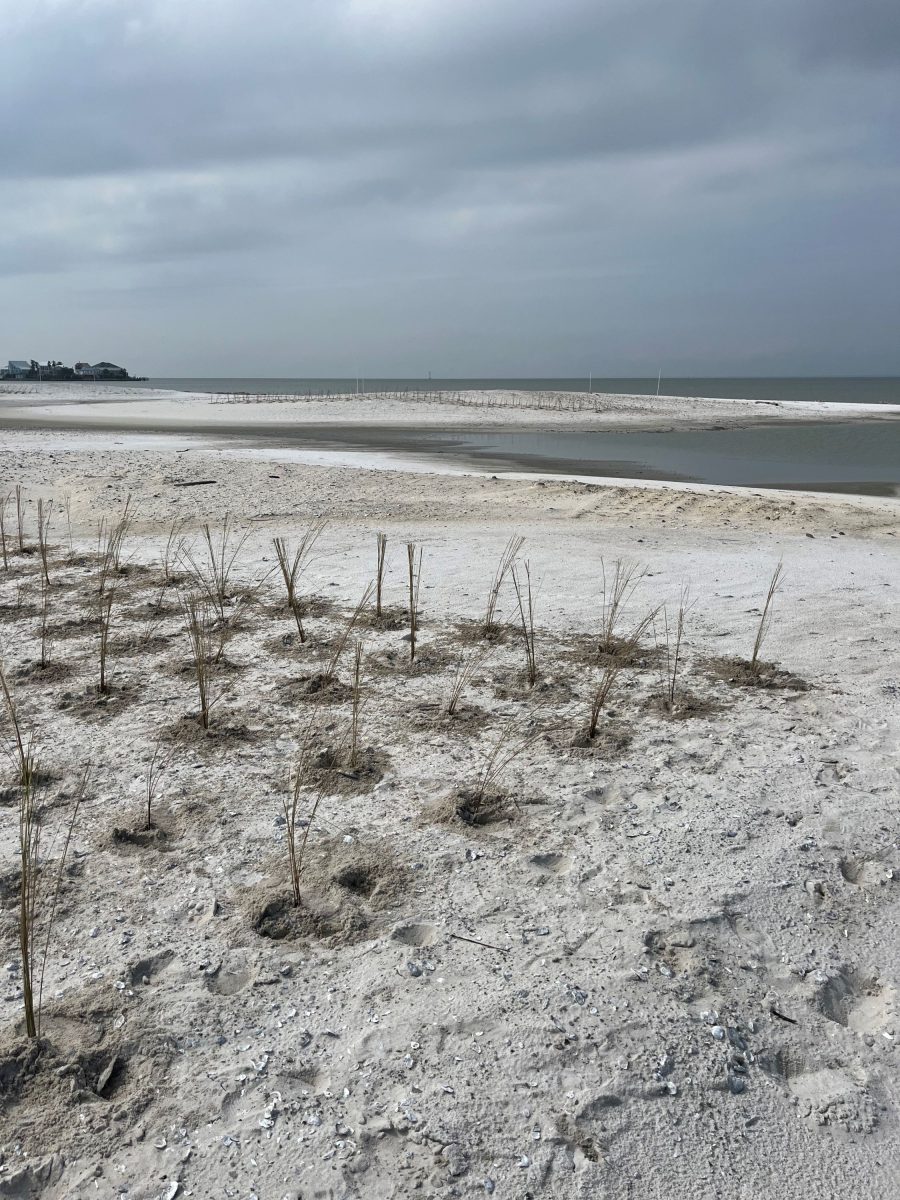
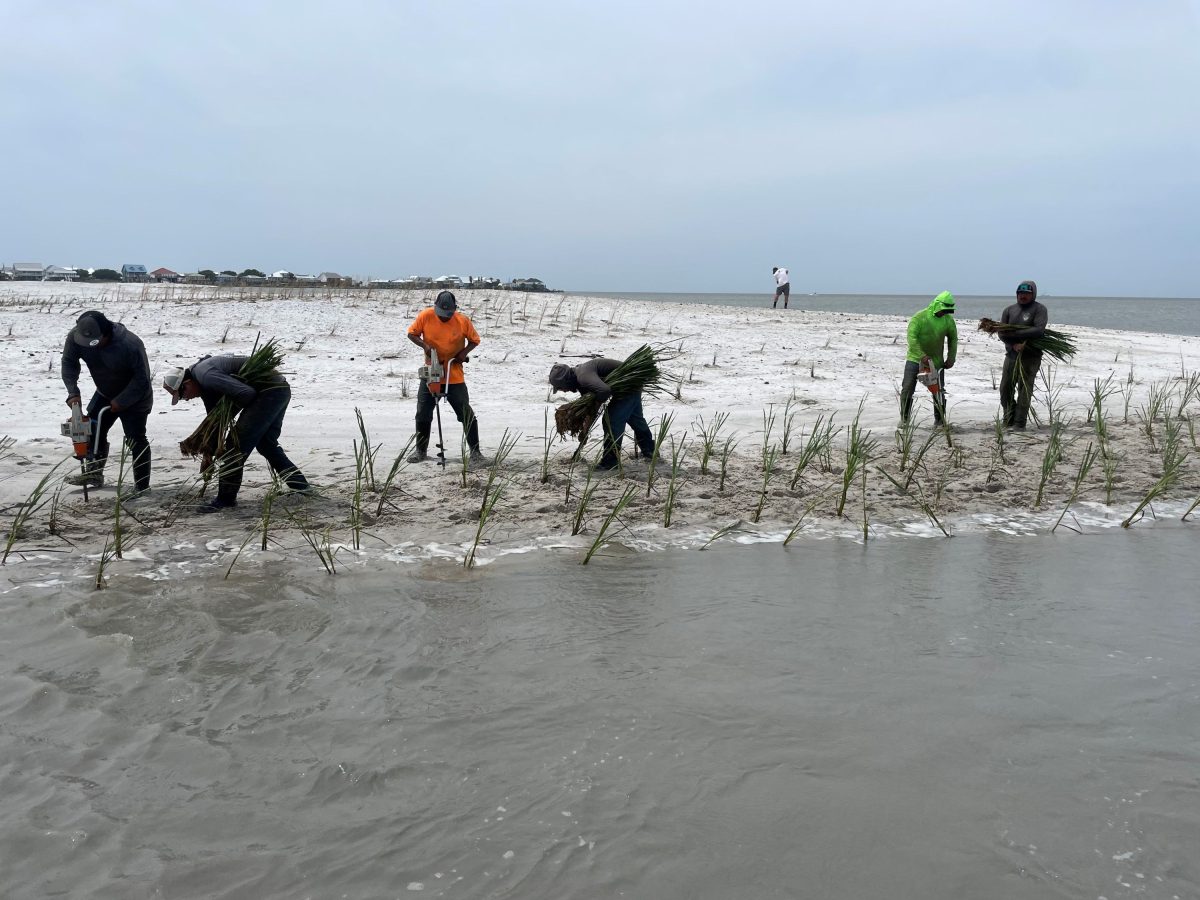
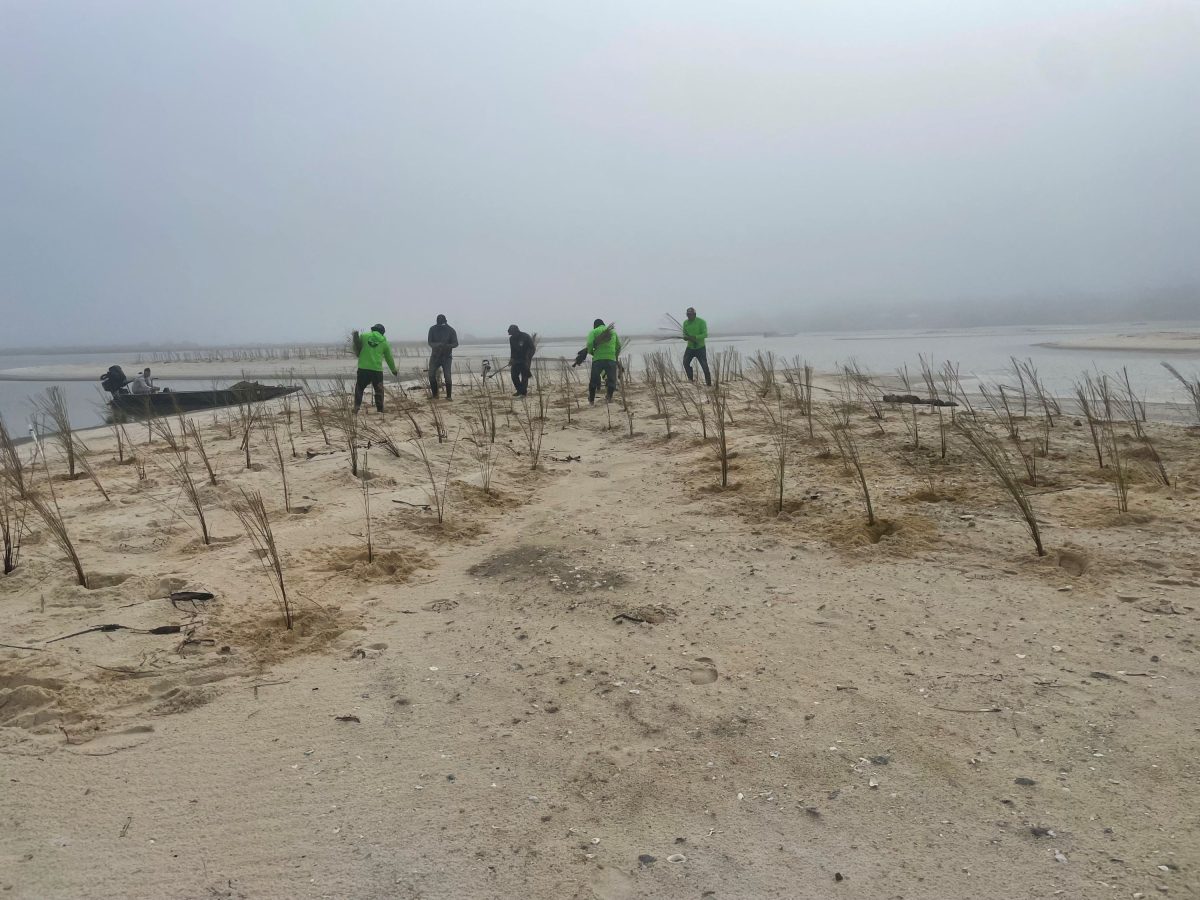
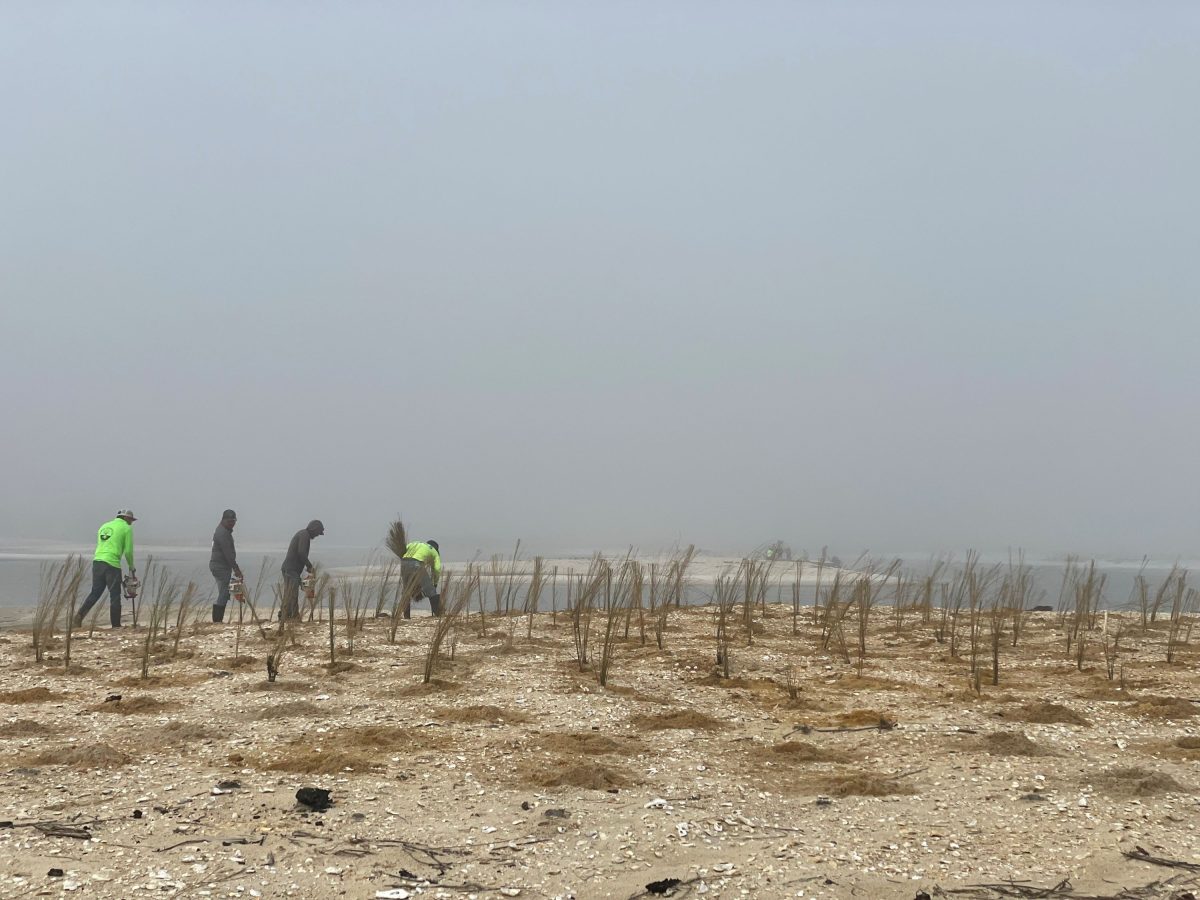
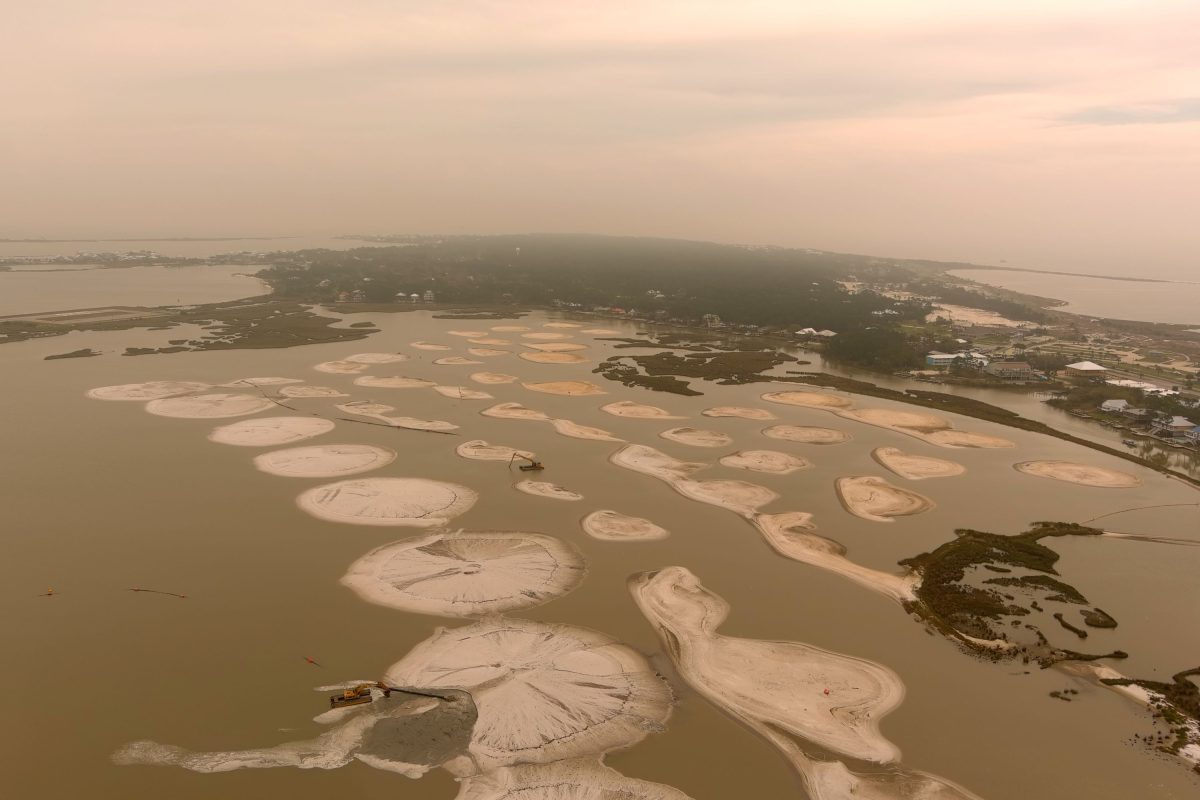
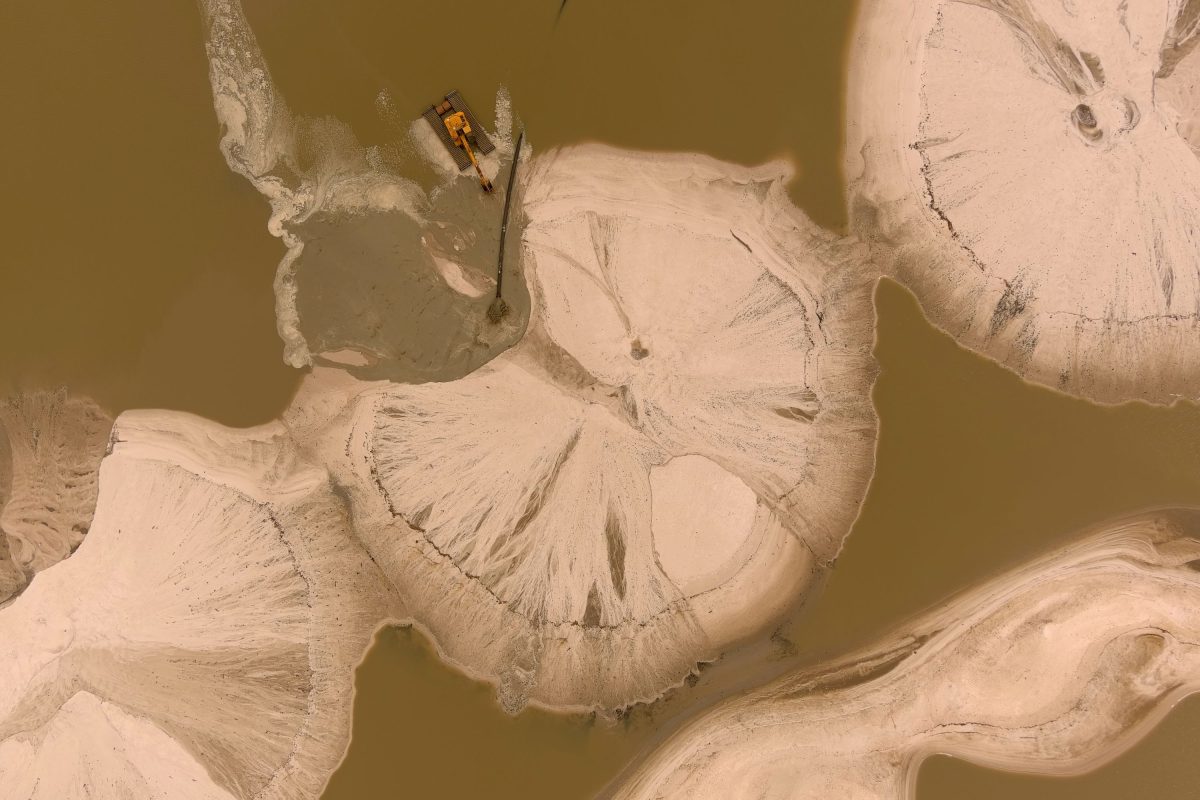
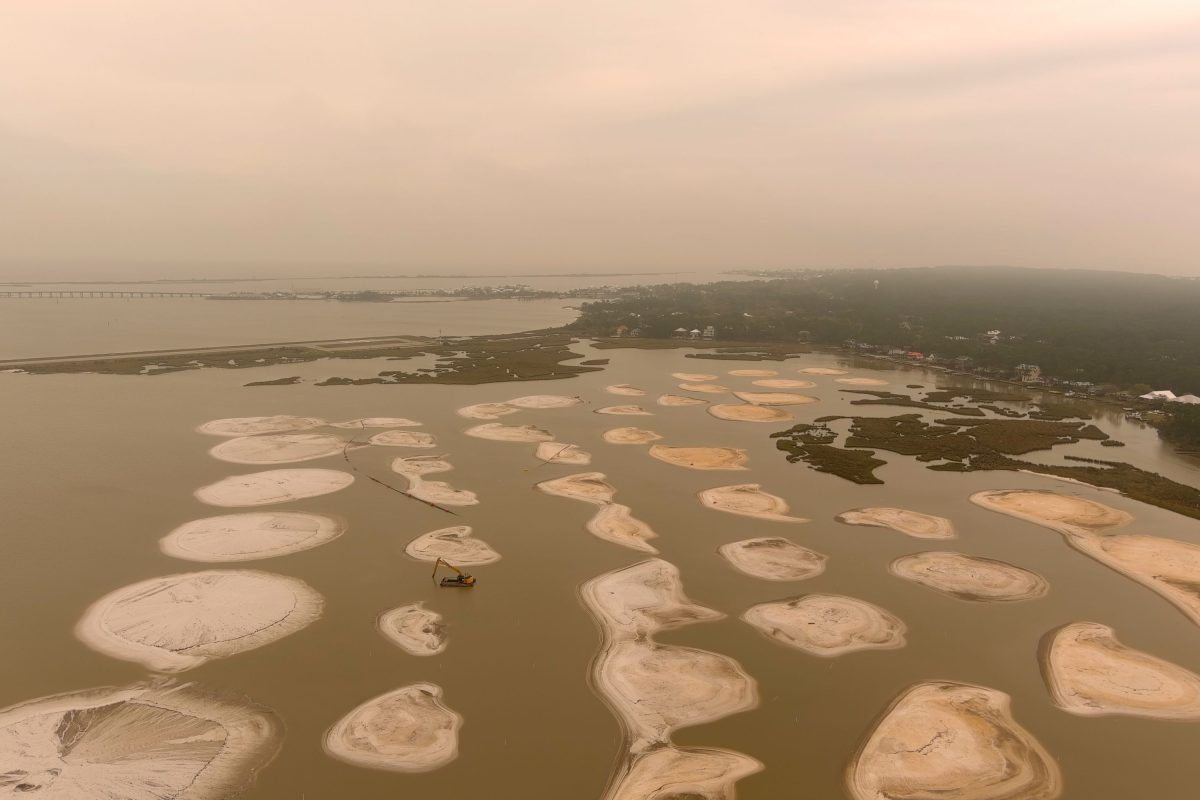
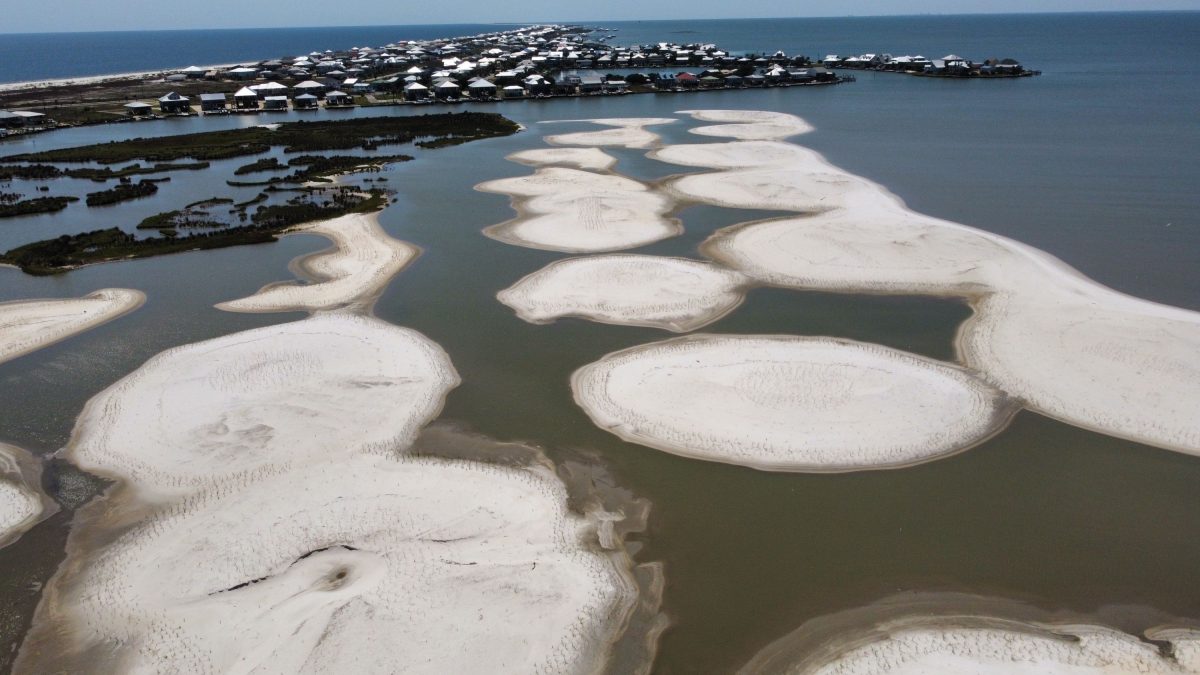
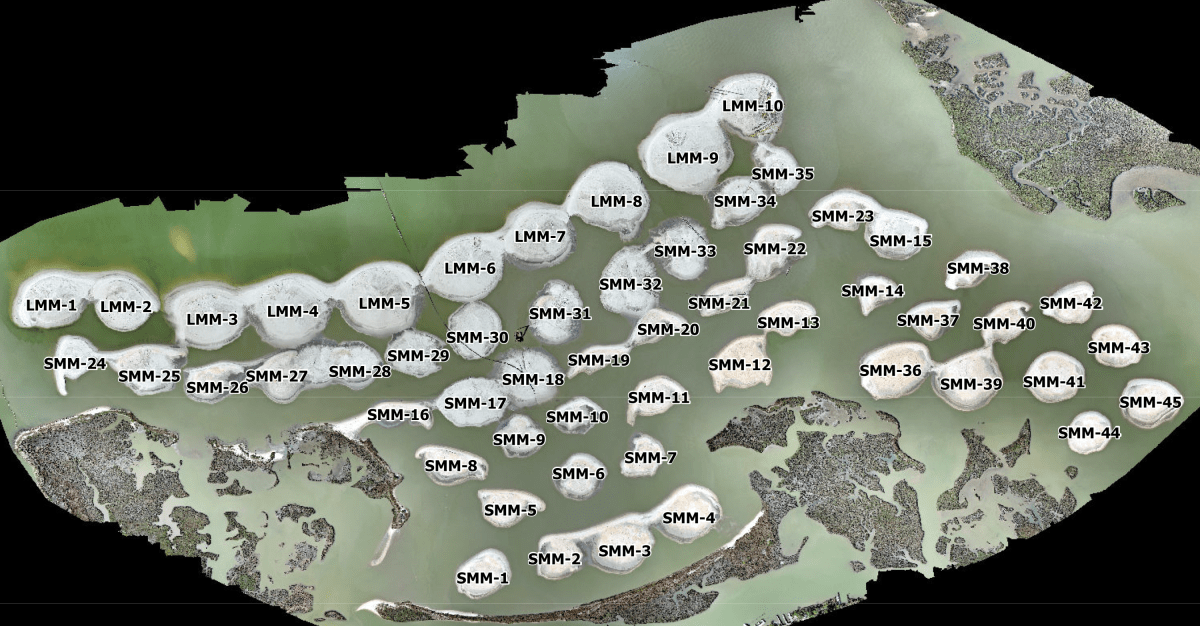
GreenShores Living Shoreline
Escambia County, Florida


 GreenShores Living Shoreline along Pensacola Bay
GreenShores Living Shoreline along Pensacola Bay GreenShores Living Shoreline, site plan
GreenShores Living Shoreline, site plan GreenShores Living ShorelineCLOSE
GreenShores Living ShorelineCLOSE -
Coastal Wetland Restoration
Coastal Wetland Restoration
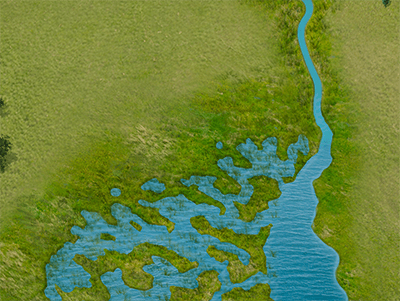
Coastal wetlands provide natural flood protection by absorbing storm surges and reducing shoreline erosion.
- Provides habitat for a diverse range of wildlife
- Improves water quality and resilience
- Captures carbon and helps mitigate climate change
Graveline Bay Coastal Marsh Restoration
Mobile, Alabama










BHP Terrebonne Biodiversity and Resiliency Projects
Terrebonne Parish, Louisiana
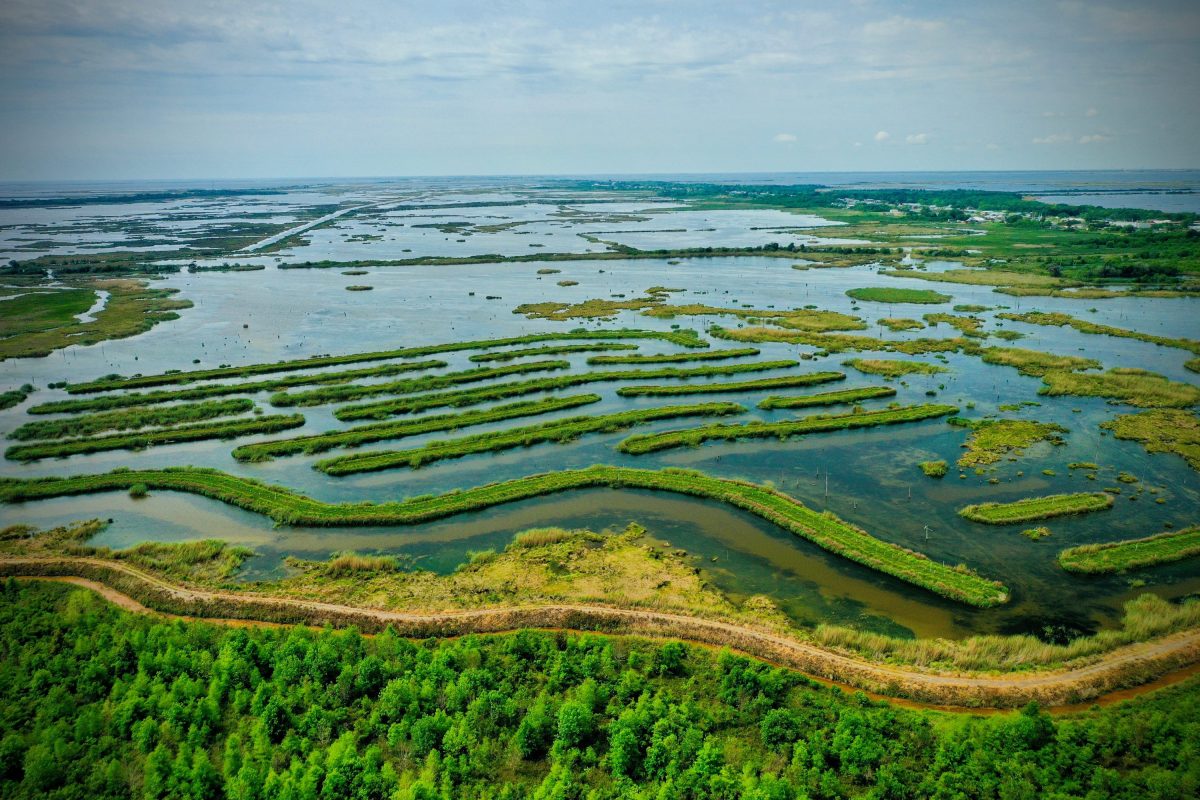
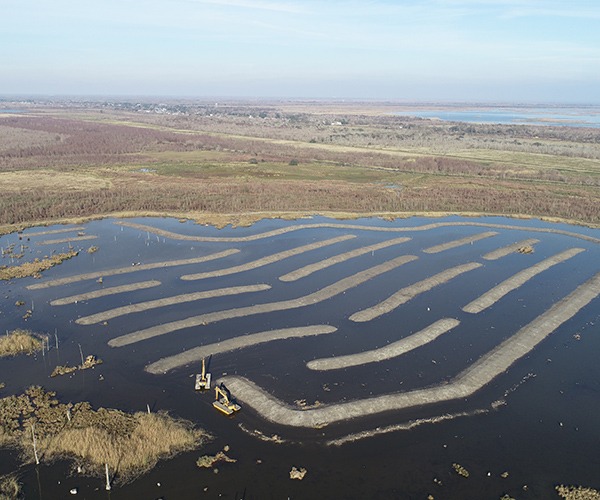 Constructed earthen terraces
Constructed earthen terraces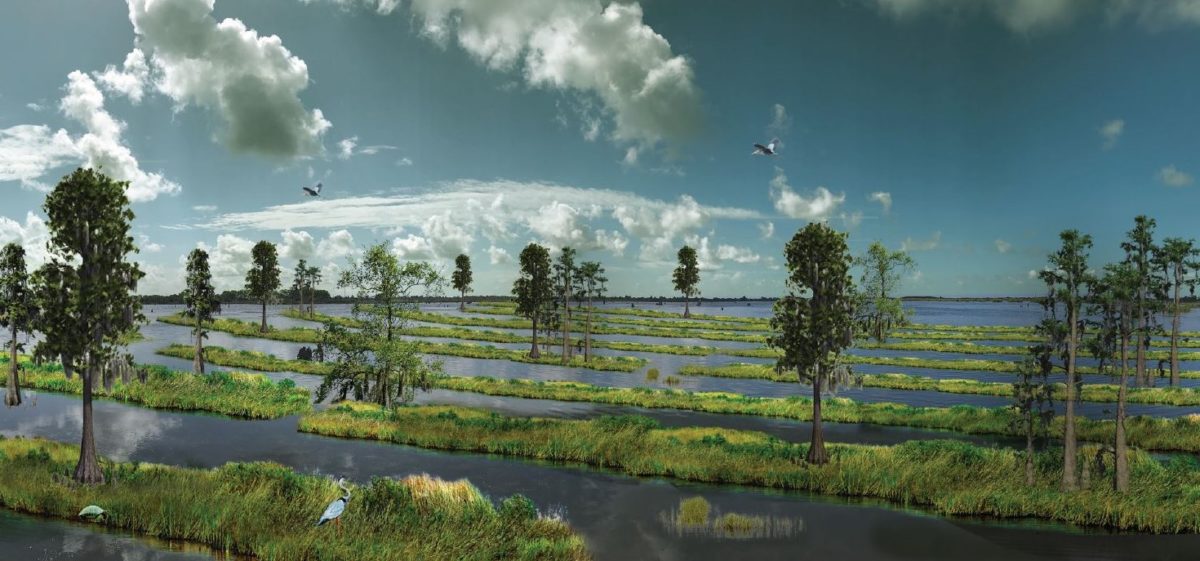 BHP Conceptual DesignCLOSE
BHP Conceptual DesignCLOSE -
Multi-stage Channels
Multi-stage Channels
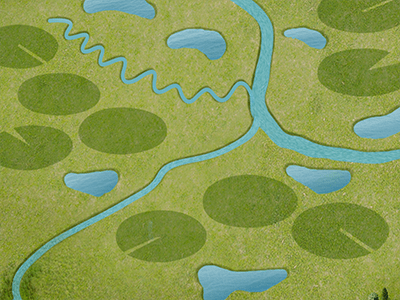
Multi-stage channels are engineered waterways designed with multiple tiers or floodplains that mimic natural stream functions.
- Allows for controlled water flow during high-rain events, reducing flood risks.
- Slows down water flow, preventing erosion of stream banks.
- Create diverse environments for aquatic and riparian species, improving ecological health.
- Creates a wetland floodplain bench within the channel that provides opportunities to capture and sequester pollutants.
CLOSE -
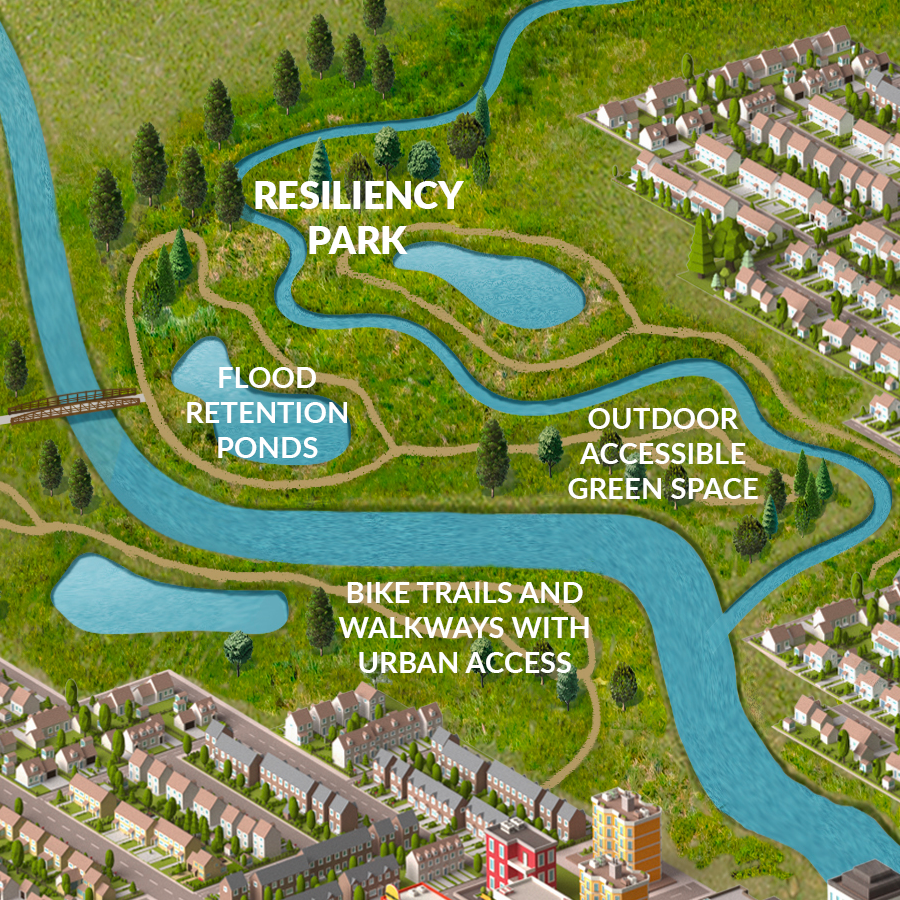
-
Resiliency Parks
Resiliency Parks

Resiliency parks integrate community amenities into flood resiliency assets.
- Biking and hiking
- Additional floodplain during a storm
- Can blend green/gray infrastructure
Zube Park Detention Basin and Conveyance Improvements
Harris County, Texas








Fair Bluff Flood Resilience Park Design-Build
Fair Bluff, North Carolina
 Photo Credit: AccuWeather
Photo Credit: AccuWeather
Bradco Farm Nature Park Wetland Restoration
Winter Haven, Florida
 CLOSE
CLOSE -
Infiltration Berms
Infiltration Berms
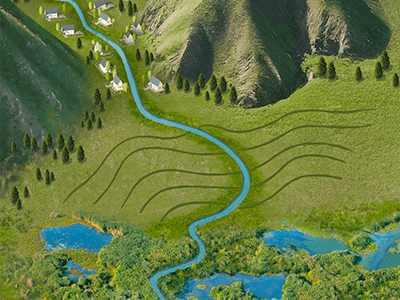
Infiltration berms are low, constructed mounds designed to slow down and capture runoff, allowing water to gradually infiltrate into the soil. RES uses them in stormwater management design to reduce erosion and improve groundwater recharge.
- Helps to prevent flooding and surface runoff, capturing and slowing down stormwater
- Reduces soil erosion in areas prone to runoff, controlling erosion
- Enhances water infiltration into the ground, replenishing aquifers and supporting groundwater levels.
Irvine Nature Center
Baltimore County, Maryland
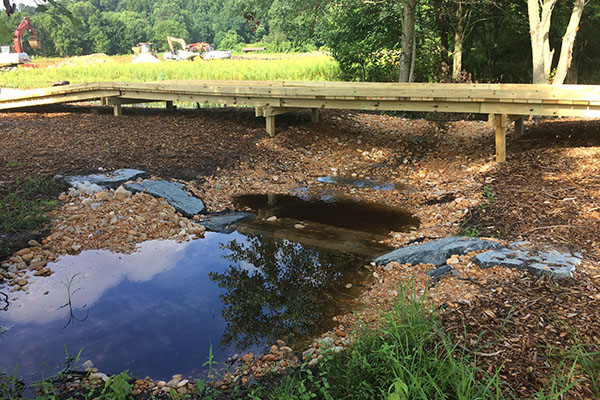 Irvine Nature Center
Irvine Nature Center
Sabine Lake Mitigation Bank
Jefferson County, Texas
BHP Terrebonne Biodiversity and Resiliency Projects
Terrebonne Parish, Louisiana

 Constructed earthen terraces
Constructed earthen terraces BHP Conceptual DesignCLOSE
BHP Conceptual DesignCLOSE -
Dune Restoration
Dune Restoration
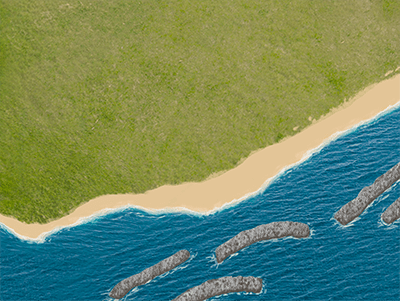
“Dune restoration helps protect coastal areas from erosion and storm damage by acting as a natural barrier against wind and waves.
- Provides habitat for unique plant and animal species
- Contributes to the overall health of coastal ecosystems
Caminada Headland Beach and Dune Restoration
Jefferson Parish, Louisiana
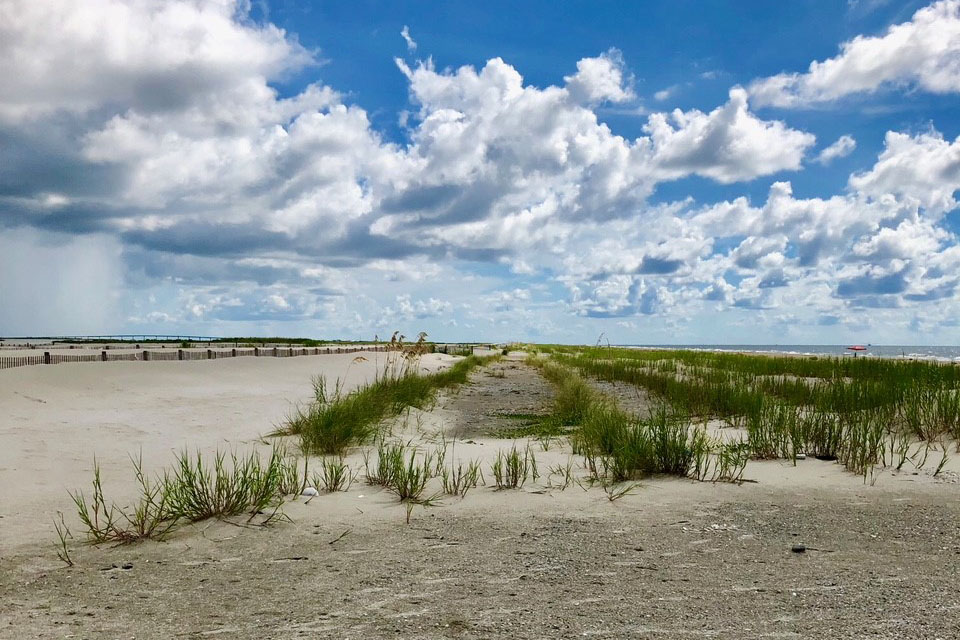 Caminada Headland Beach after restoration
Caminada Headland Beach after restoration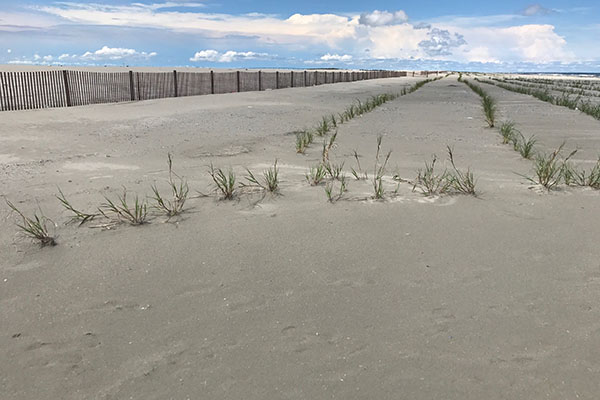 Caminada Headland Beach before restoration
Caminada Headland Beach before restoration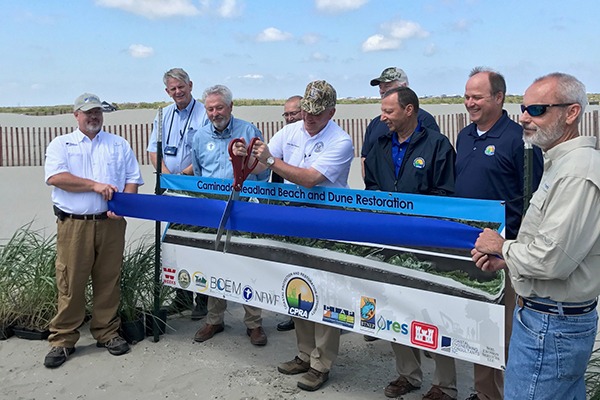 Louisiana's Gov. Edwards opens beach to public walking
Louisiana's Gov. Edwards opens beach to public walking
Trinity Island Dune Vegetation
Lafourche, Louisiana
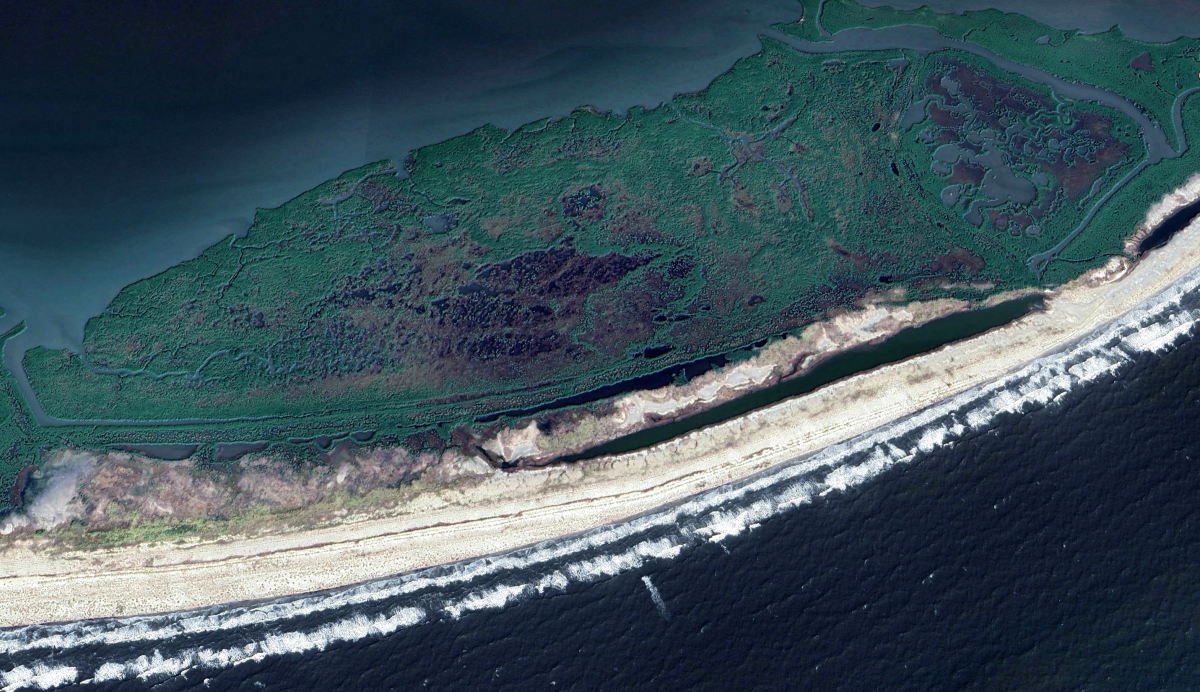
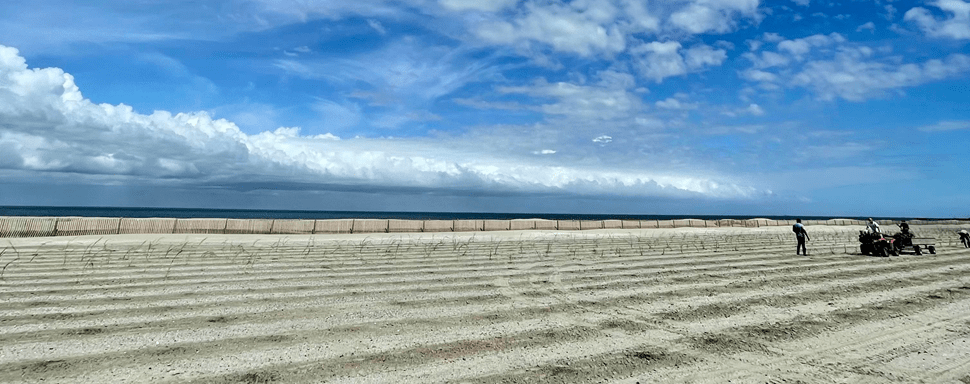
Grand Isle Dune Vegetation
Grand Isle, Louisiana
CLOSE -
Wave Attenuation
Wave Attenuation
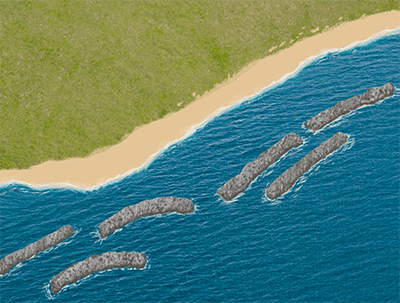
Wave attenuation slows down or reduces the power of waves as they move over an area, using structures such as marshes or terraces. They are key for keeping coastlines and habitats safe.
- Reduces the impact of waves on shorelines, preventing erosion and property damage.
- Helps maintain coastal ecosystems by protecting delicate habitats from strong wave action.
- Lessens wave height during storms, reducing flooding in coastal communities.
Belle Isle State Park Shoreline Stablization
Lancaster, Virginia
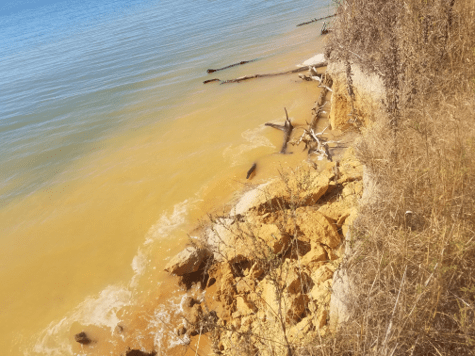 Prior to restoration, the shoreline was experiencing erosion rates up to 7.6’/year, leading to vertical, actively sloughing banks over 8’ tall in areas.
Prior to restoration, the shoreline was experiencing erosion rates up to 7.6’/year, leading to vertical, actively sloughing banks over 8’ tall in areas.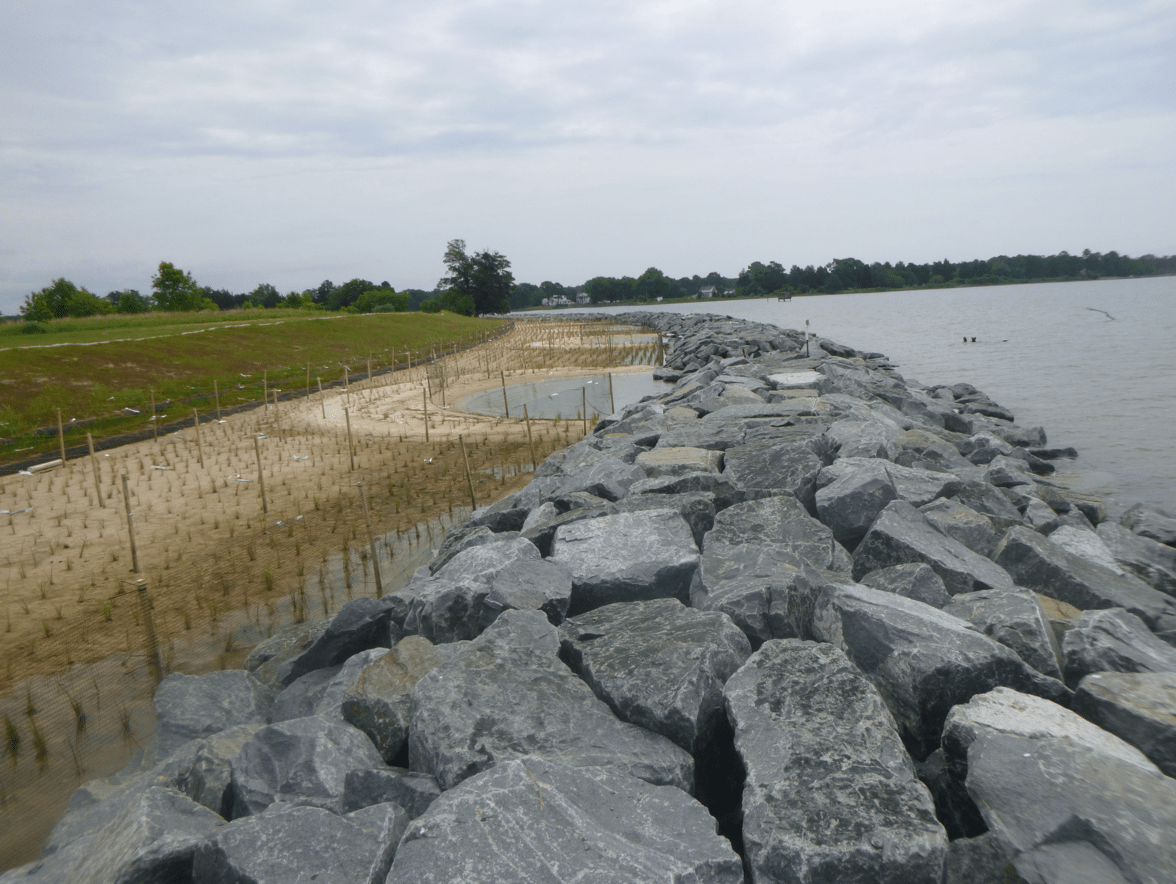
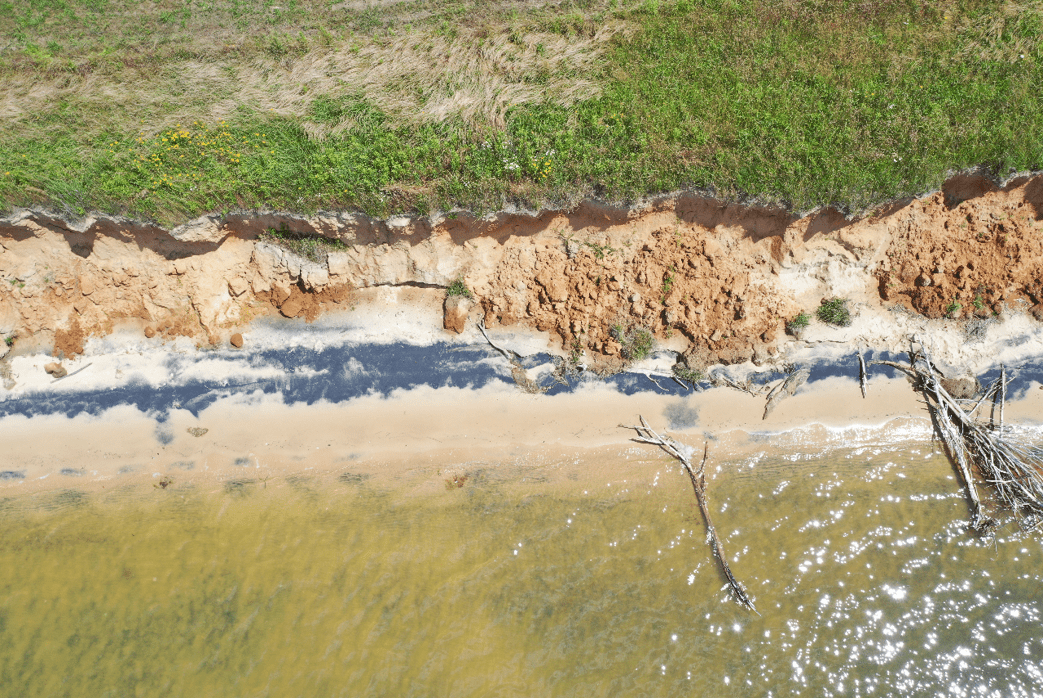
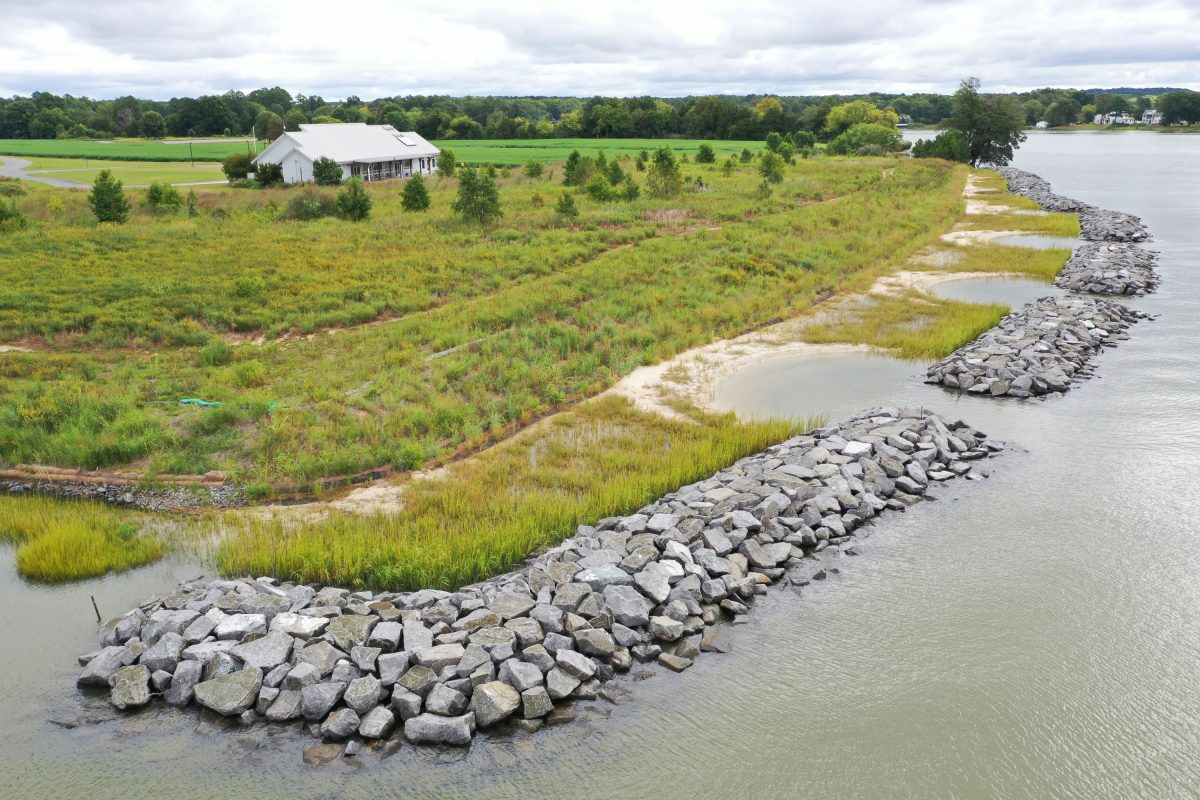
GreenShores Living Shoreline
Escambia County, Florida


 GreenShores Living Shoreline along Pensacola Bay
GreenShores Living Shoreline along Pensacola Bay GreenShores Living Shoreline, site plan
GreenShores Living Shoreline, site plan GreenShores Living ShorelineCLOSE
GreenShores Living ShorelineCLOSE -
Submerged Aquatic Vegetation
Submerged Aquatic Vegetation
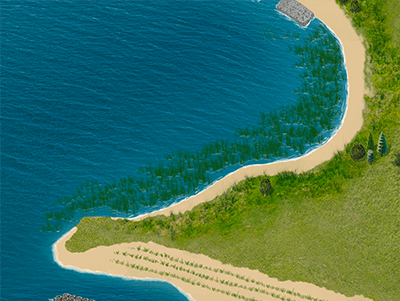
Submerged aquatic vegetation, including seagrass, enhances water quality by stabilizing sediments, reducing nutrient pollution, and increasing oxygen levels in the water.
- Stabilizes sediments and keeps them from resuspending in the water column
- Creates habitats for fish, crustaceans, and shellfish
- Serves as a direct and indirect food source for local marine life
USACE, Key Biscayne 145-Acre Seagrass Assessment
Miami-Dade County, Florida
 Divers coordinating at Key Biscayne
Divers coordinating at Key Biscayne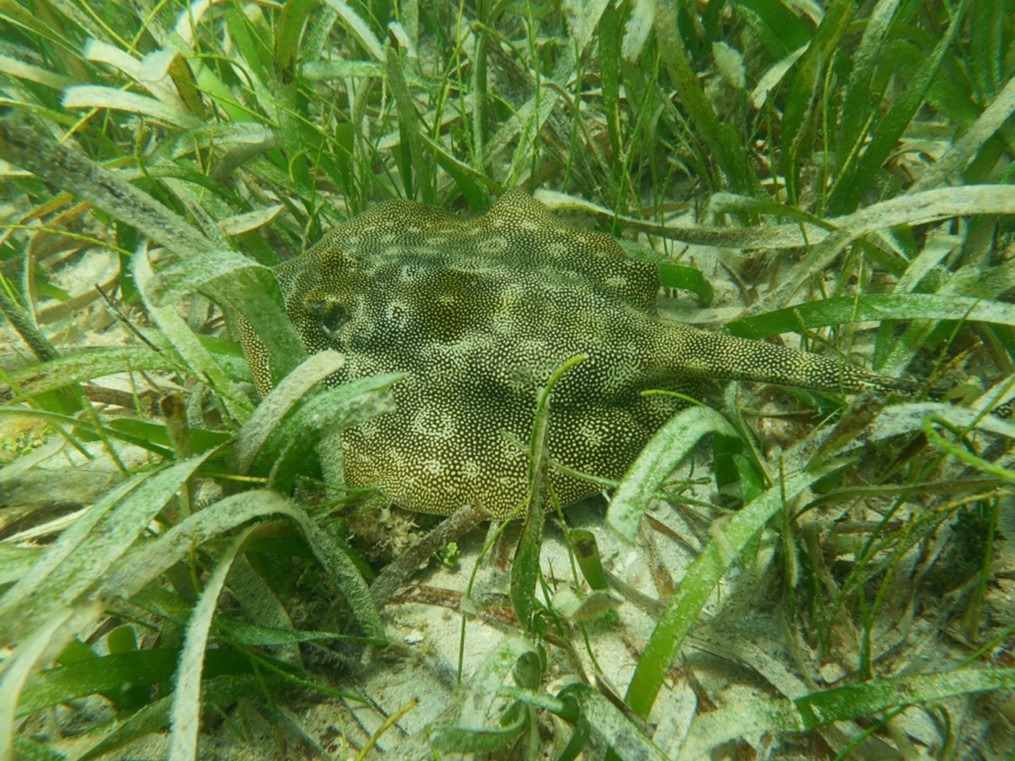 A yellow stringray (urobatis jamaicensis) observed along a transect
A yellow stringray (urobatis jamaicensis) observed along a transect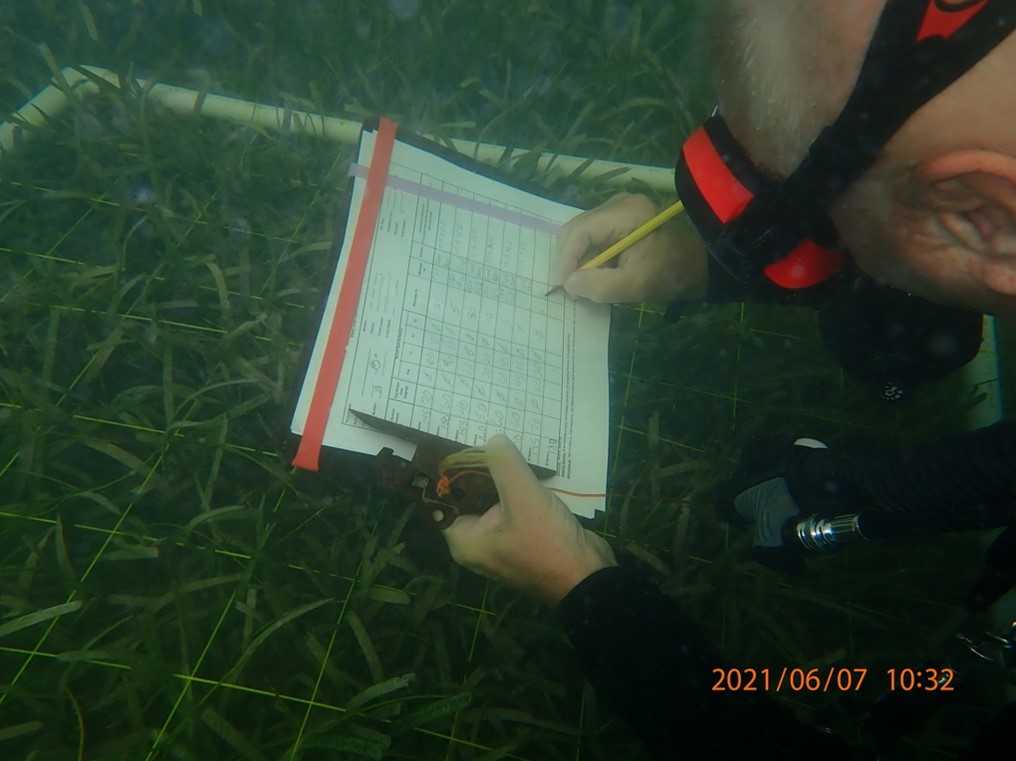 recording the abundances of seagrass and algae and identifying species present within the survey area
recording the abundances of seagrass and algae and identifying species present within the survey area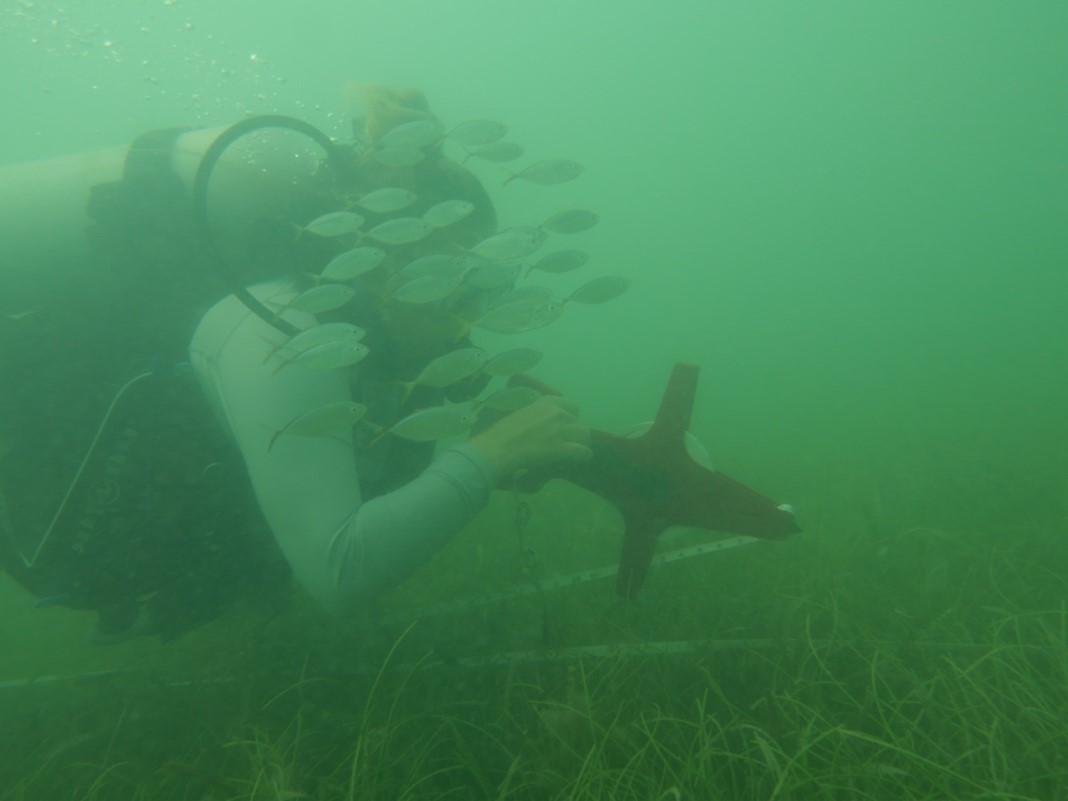 reeling in a transect after completing a 300+ meter seagrass survey
reeling in a transect after completing a 300+ meter seagrass survey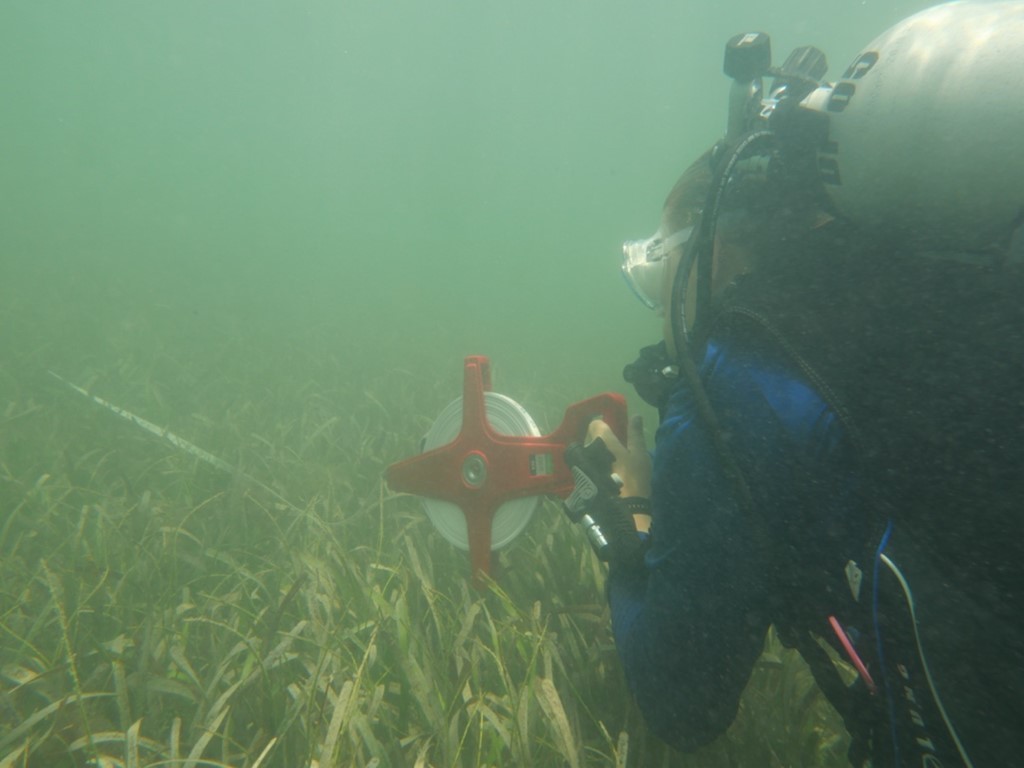 reeling in a transect tape after finishing a SAV survey
reeling in a transect tape after finishing a SAV survey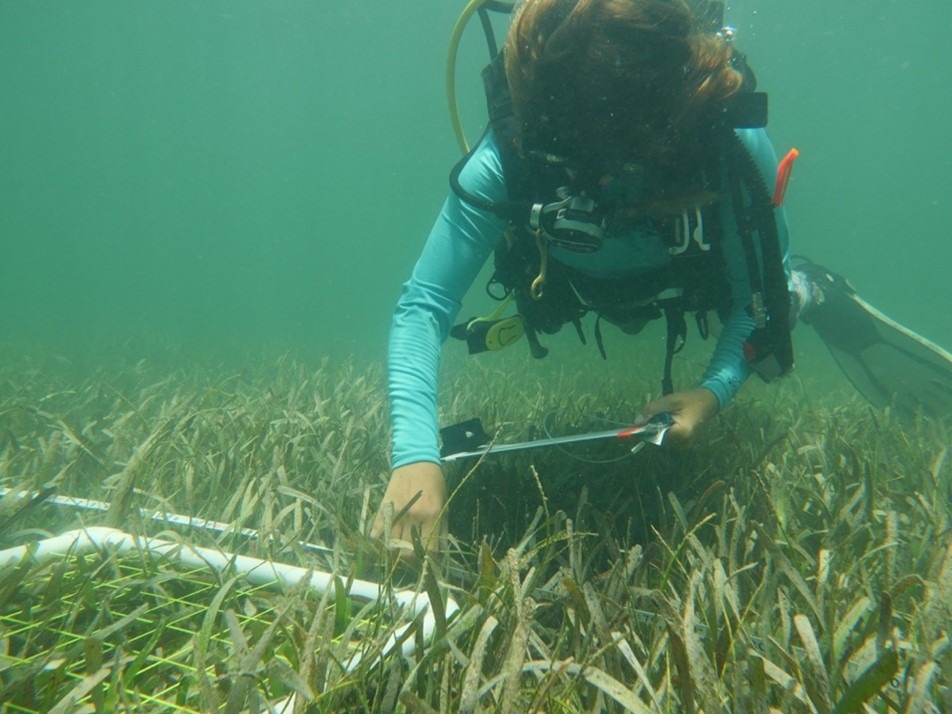 Taking data at Key BiscayneCLOSE
Taking data at Key BiscayneCLOSE -
Marsh Terraces
Marsh Terraces
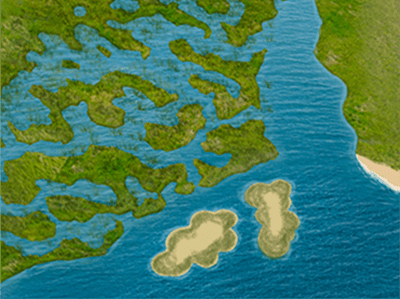
Marsh terraces, such as those in Terrebonne Parish, LA, are earthen structures strategically placed in coastal marshes to restore and enhance wetlands by reducing erosion and encouraging sediment deposition.
- Controls erosion, reducing wave energy, minimizing shoreline erosion and protecting wetland ecosystems.
- Aids in habitat restoration, providing critical habitat for fish, birds, and other wildlife, enhancing biodiversity.
- Traps sediments and nutrients, improving water clarity and overall ecosystem health.
BHP Terrebonne Biodiversity and Resiliency Projects
Terrebonne Parish, Louisiana

 Constructed earthen terraces
Constructed earthen terraces BHP Conceptual DesignCLOSE
BHP Conceptual DesignCLOSE -
Coastal Marsh/Tidal Wetland
Coastal Marsh/Tidal Wetland

Coastal marshes and tidal wetlands provide natural flood protection by absorbing storm surges and reducing shoreline erosion.
- Provides habitat for a diverse range of wildlife
- Improves water quality
- Captures carbon and helps mitigate climate change
Graveline Bay Coastal Marsh Restoration
Mobile, Alabama










GreenShores Living Shoreline
Escambia County, Florida


 GreenShores Living Shoreline along Pensacola Bay
GreenShores Living Shoreline along Pensacola Bay GreenShores Living Shoreline, site plan
GreenShores Living Shoreline, site plan GreenShores Living ShorelineCLOSE
GreenShores Living ShorelineCLOSE -
Urban Green Infrastructure
Urban Green Infrastructure

Urban green infrastructure integrates natural features like living shorelines, rain gardens, green roofs, urban forestry, and blue-green streets into city landscapes to improve environmental sustainability.
- Improves flood control
- Improves stormwater management
- Enhances urban resilience
- Creates recreational opportunities
District Department of Energy and Environment | Green Stormwater Infrastructure Assessment
Washington, DC



Black Swamp Creek Stream Restoration (Corvias)
Prince George's County, Maryland
 Post restoration
Post restoration Post restoration
Post restoration Pre-restoration conditions
Pre-restoration conditions
Jose Marti Park Adaptive Re-Design
City of Miami, Florida
 Jose Marti Park Adaptive Re-Design, before restoration the site experienced frequent flooding
Jose Marti Park Adaptive Re-Design, before restoration the site experienced frequent flooding Jose Marti Park Adaptive Re-Design, before restoration the site experienced frequent flooding
Jose Marti Park Adaptive Re-Design, before restoration the site experienced frequent flooding Jose Marti Park Adaptive Re-Design, green infrastructure retrofits
Jose Marti Park Adaptive Re-Design, green infrastructure retrofits Jose Marti Park Adaptive Re-Design, renderingCLOSE
Jose Marti Park Adaptive Re-Design, renderingCLOSE -
Native Vegetation and Pollinator Habitat
Native Vegetation and Pollinator Habitat
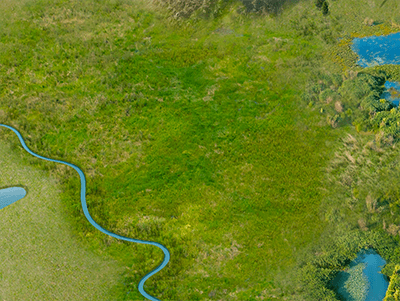
Native vegetation and pollinator habitats support biodiversity by providing essential food sources and shelter for pollinators like bees, butterflies, and birds, which are crucial for plant reproduction and ecosystem stability.
- Supports biodiversity
- Improves soil health
- Enhances water retention
Mammoth Solar North
Starke County, Indiana
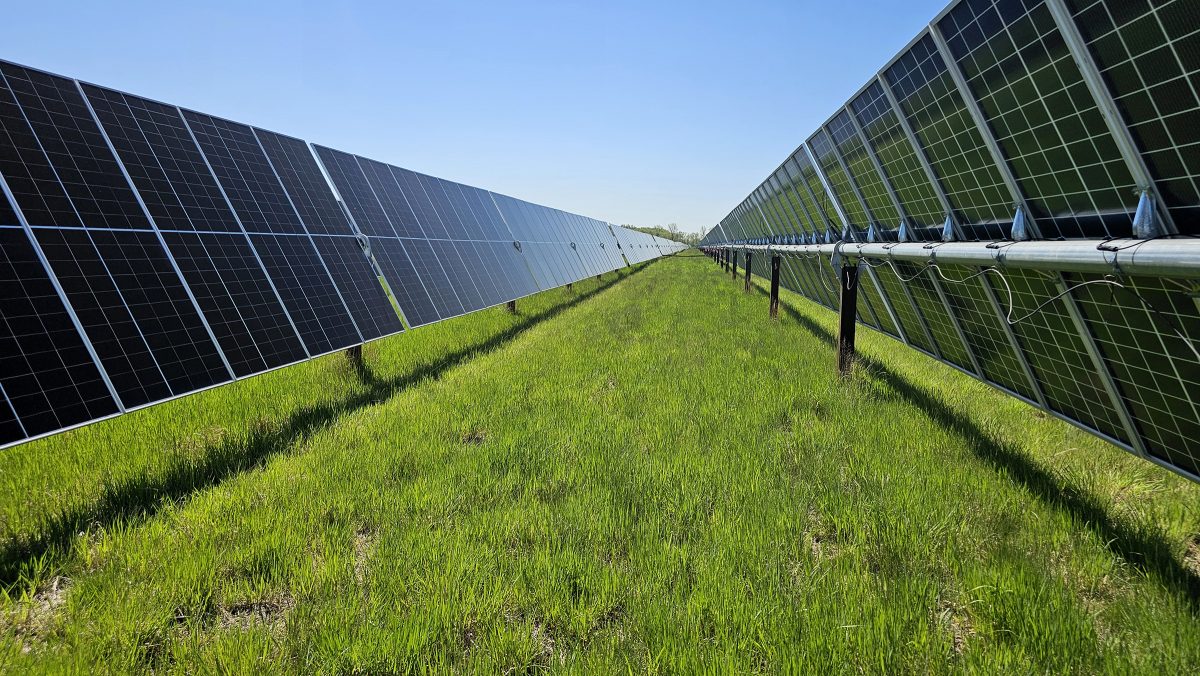
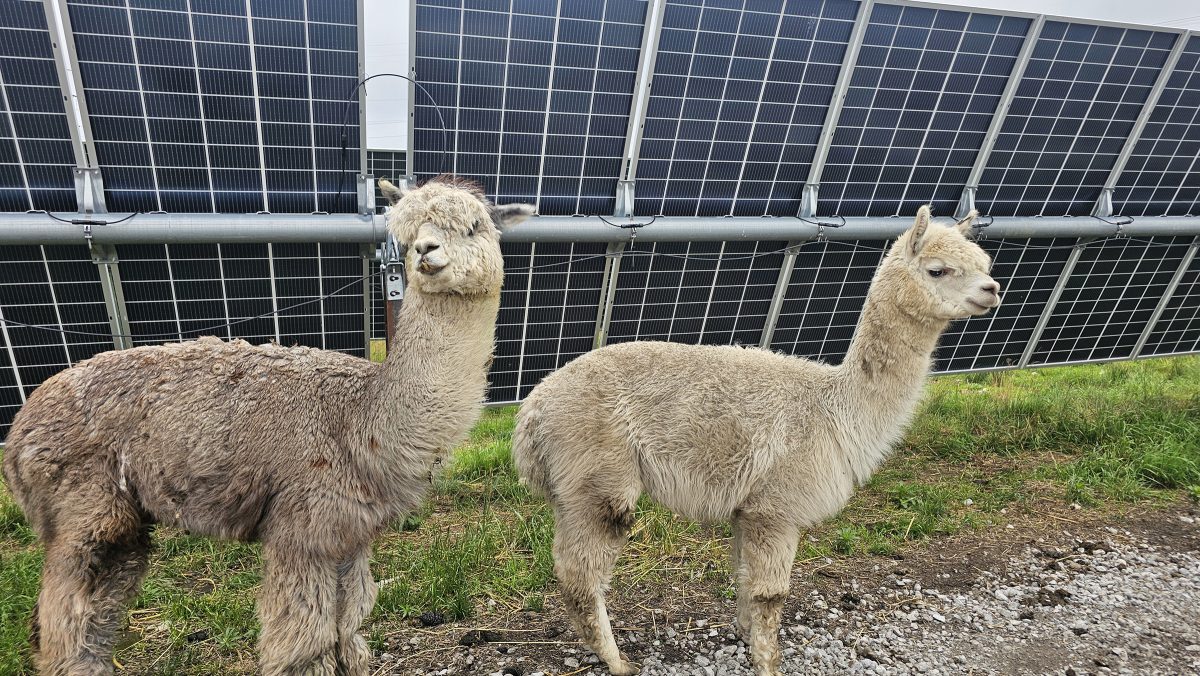
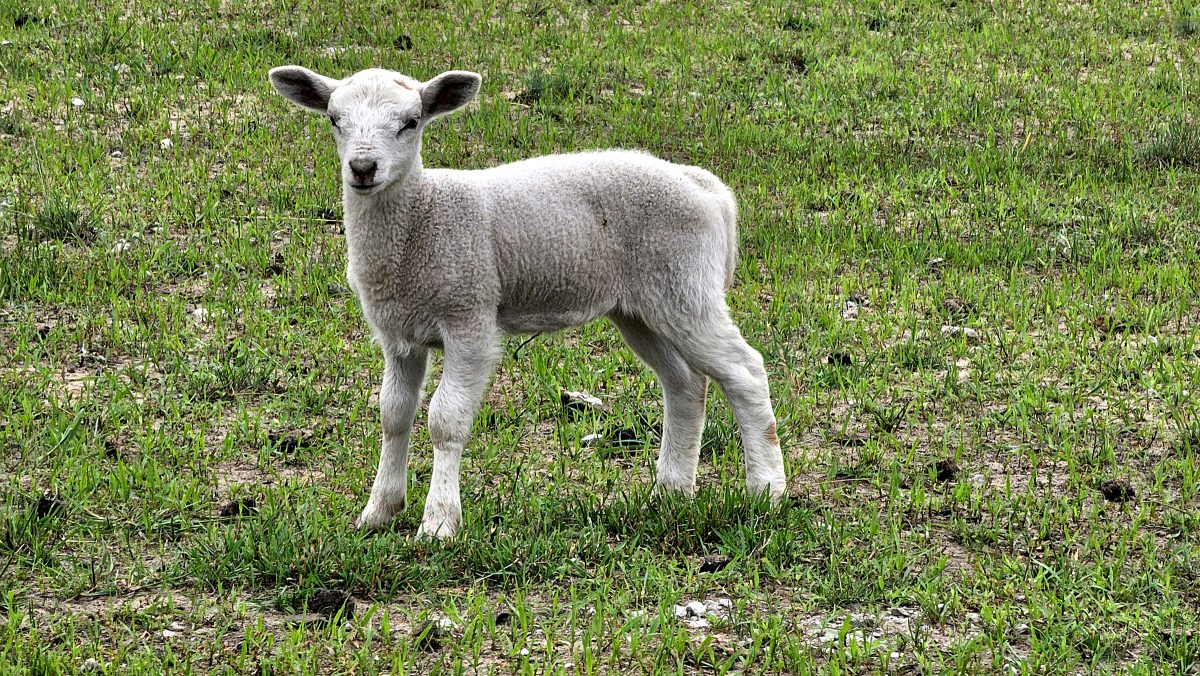
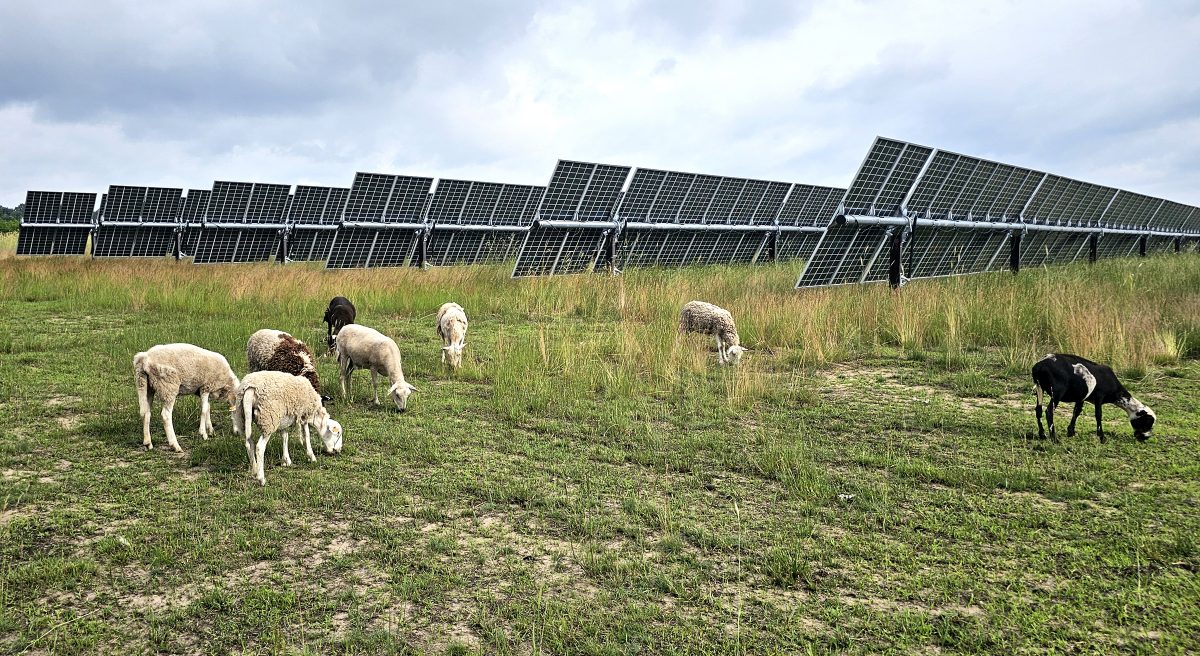
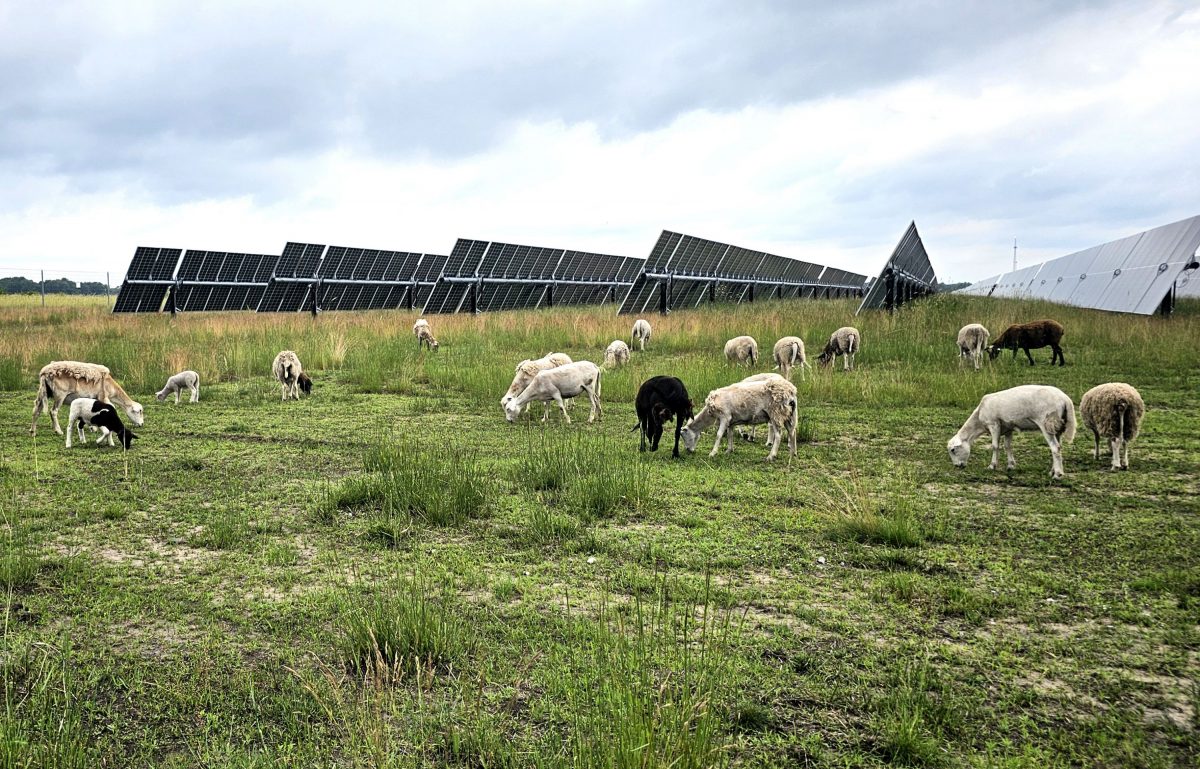
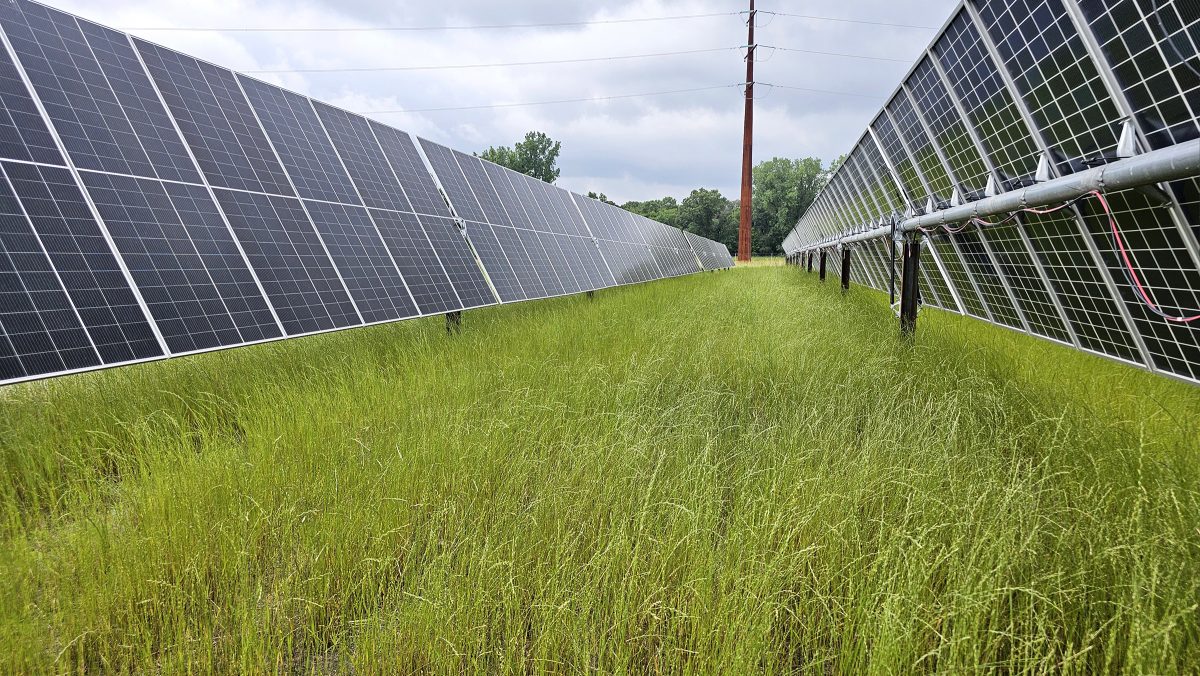
Prairie Wolf Solar
Coles County, Illinois
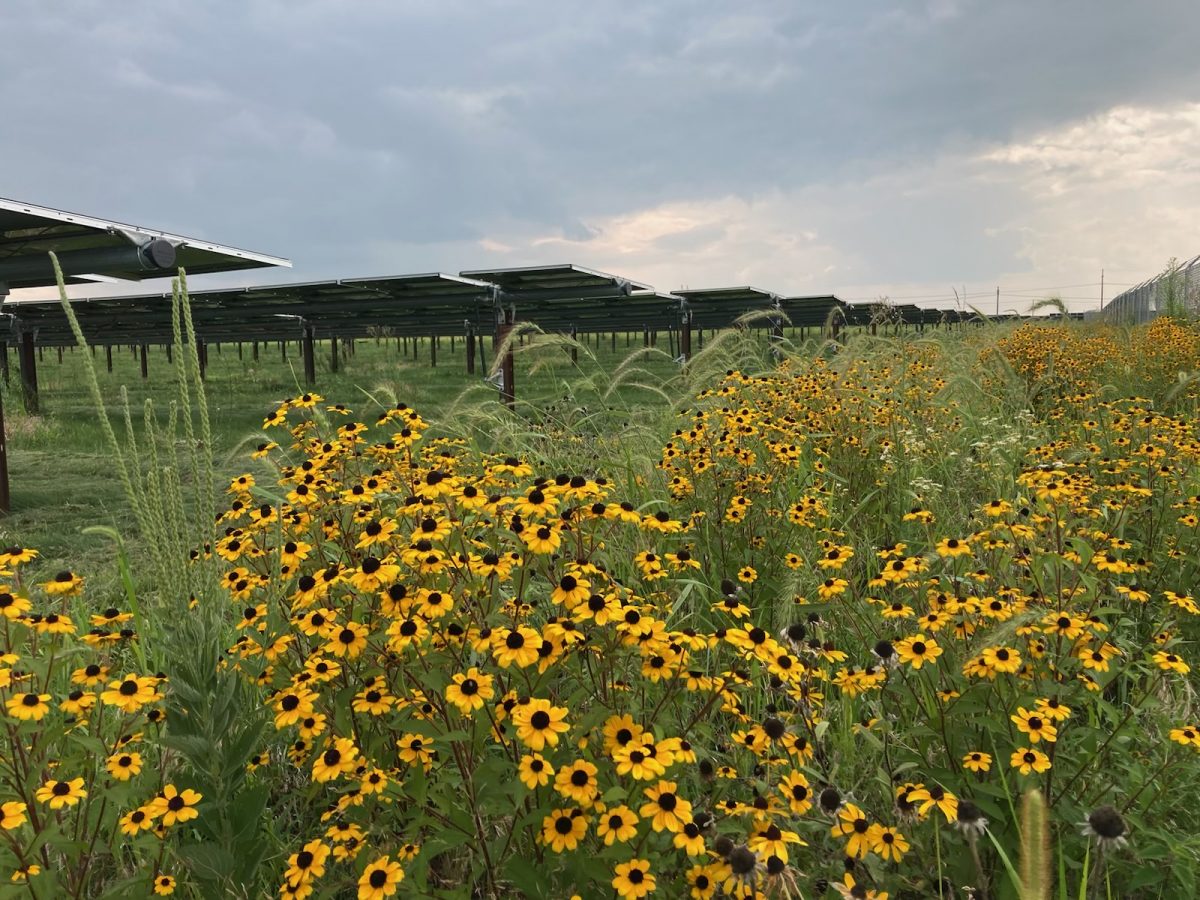
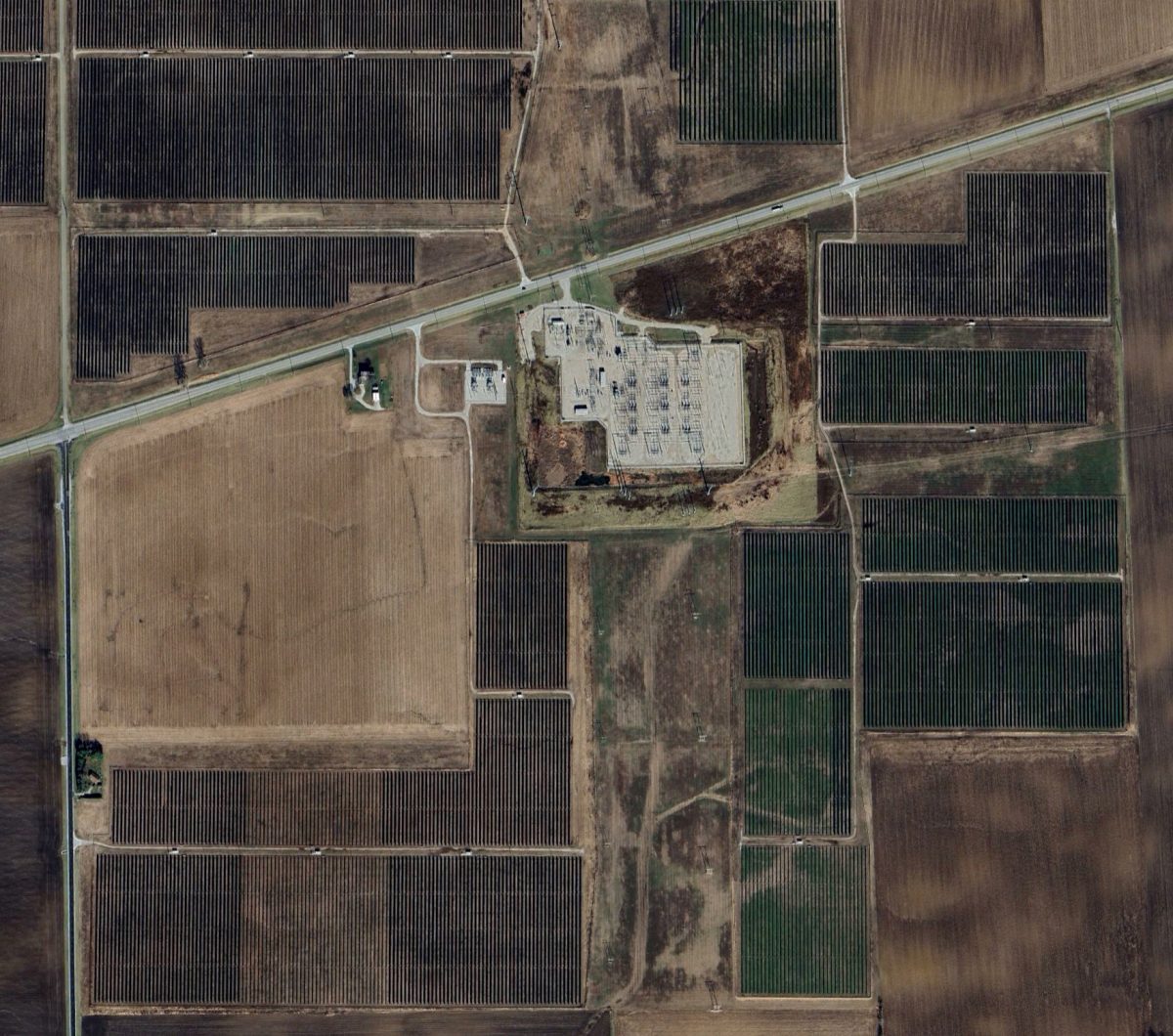
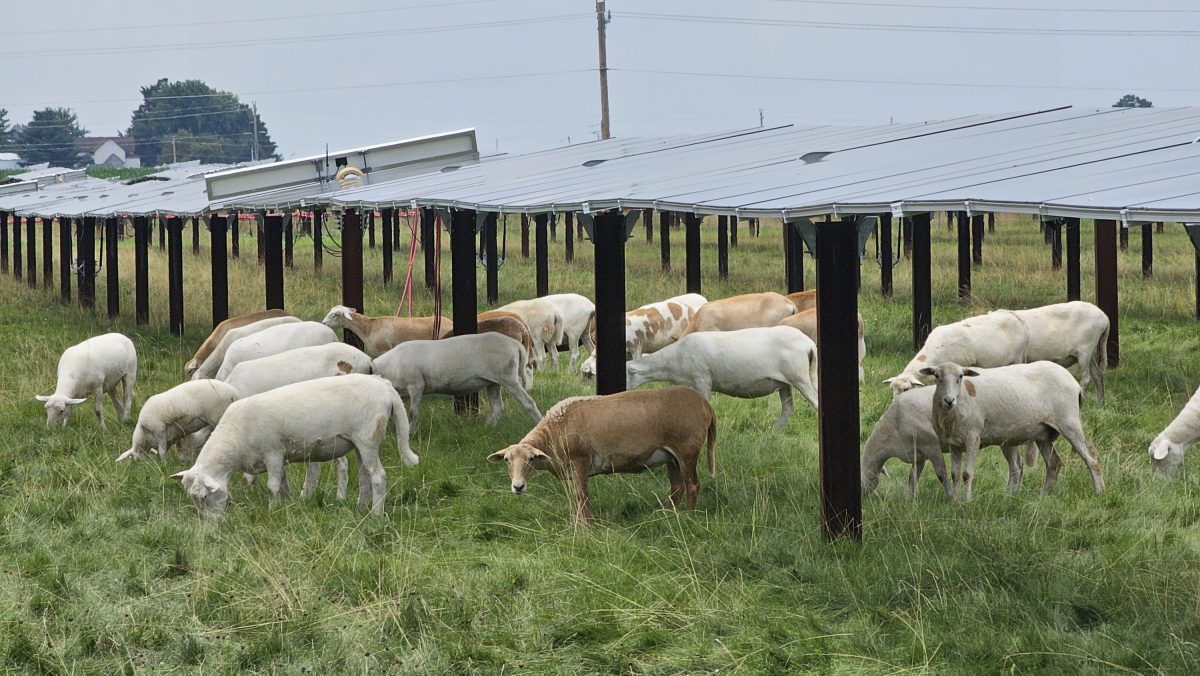
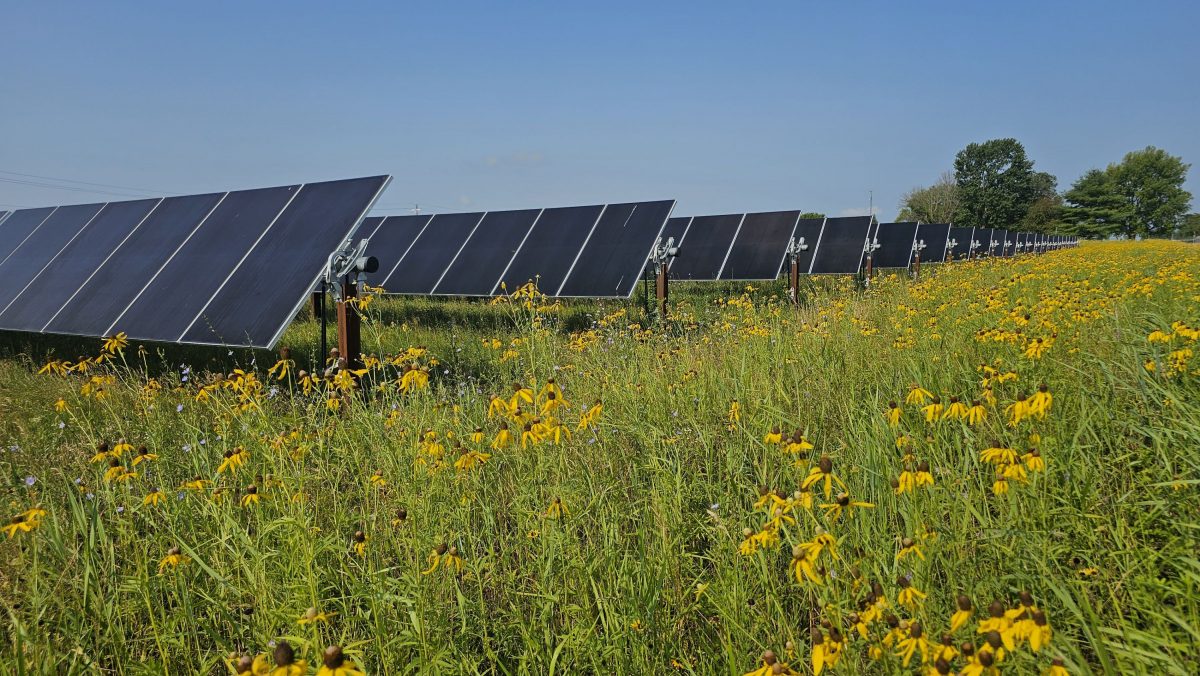
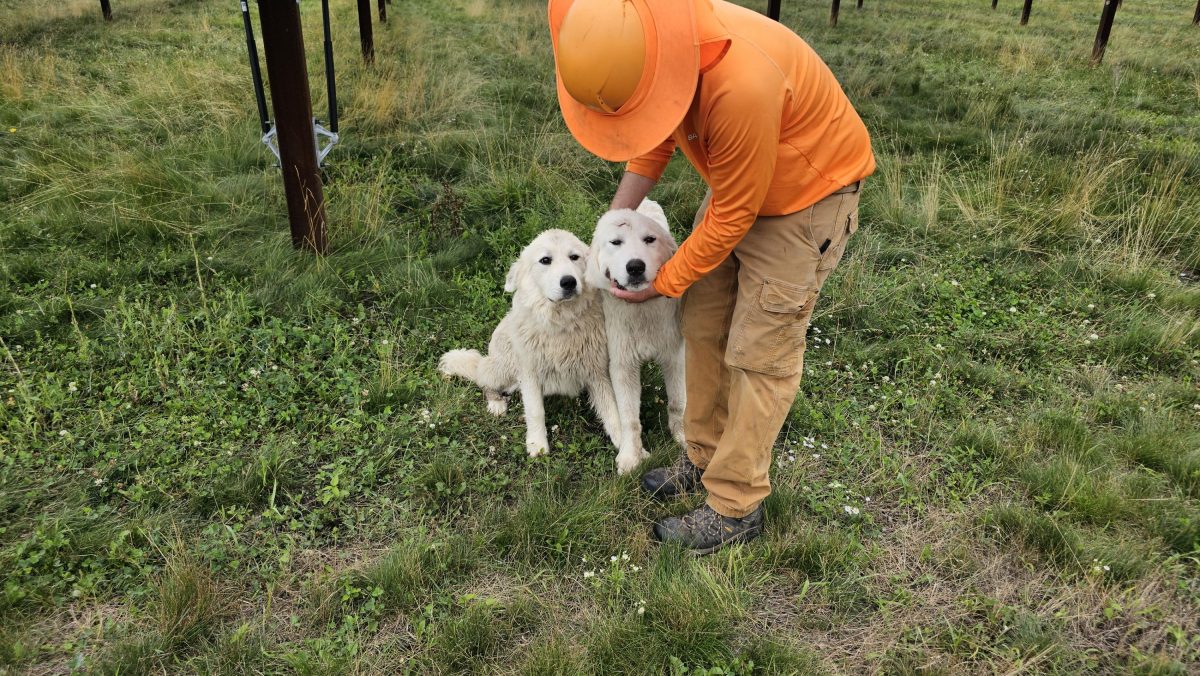 CLOSE
CLOSE -
Native Prairie Restoration
Native Prairie Restoration

Native prairie restoration helps revive ecosystems by promoting biodiversity, supporting pollinators, and providing habitat for wildlife, including threatened species.
- Improves soil health,
- Enhances carbon sequestration
- Reduces soil erosion
- Contributes to long-term environmental resilience and sustainability
Heidelberg Materials Habitat Conservation Plan and Wet-Mesic Dolomite Prairie Transplant
Romeoville, Illinois
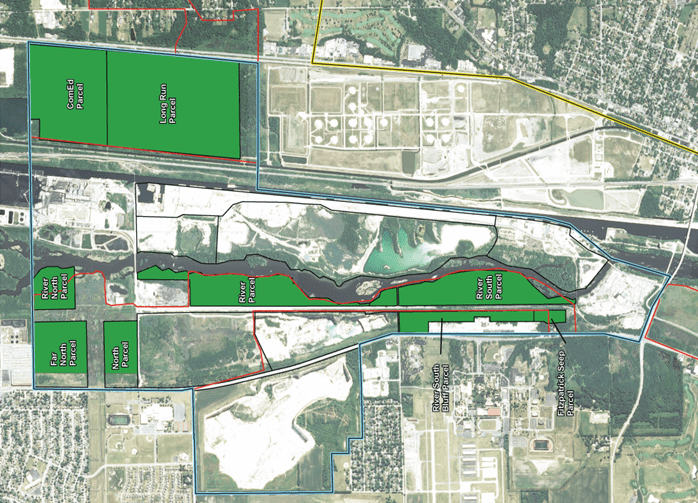
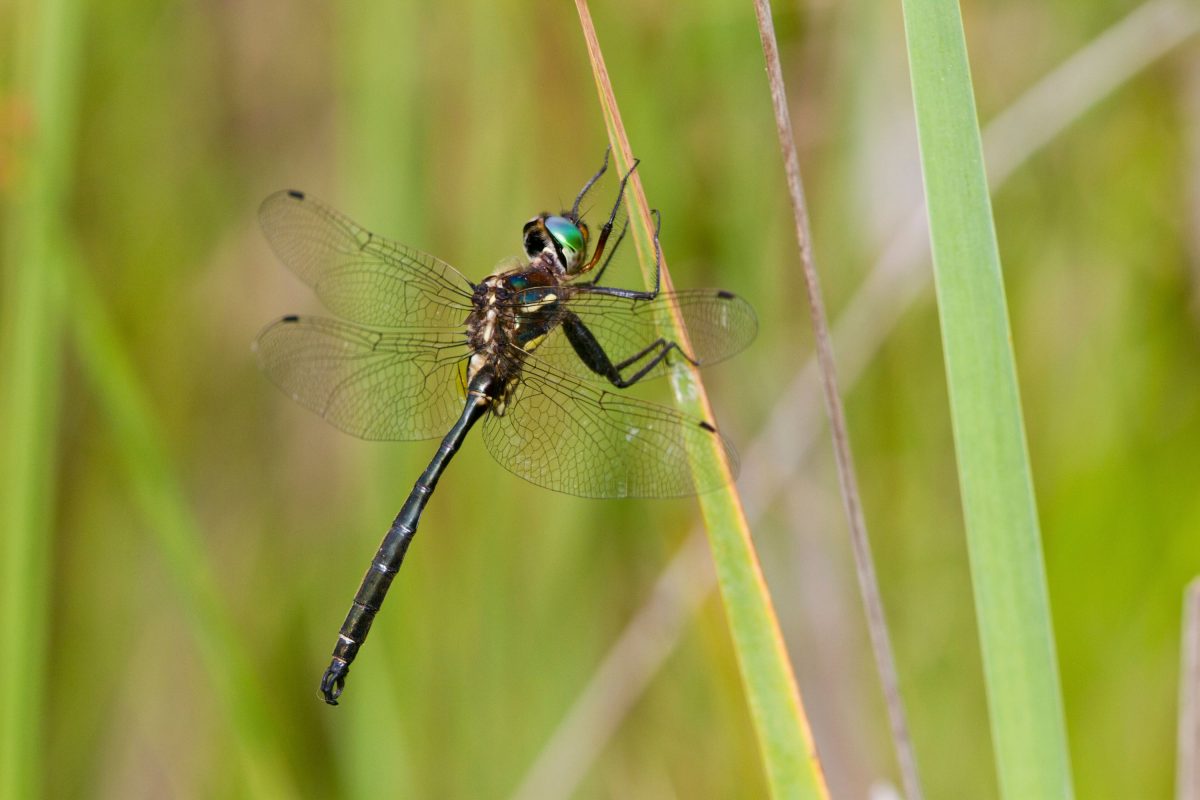
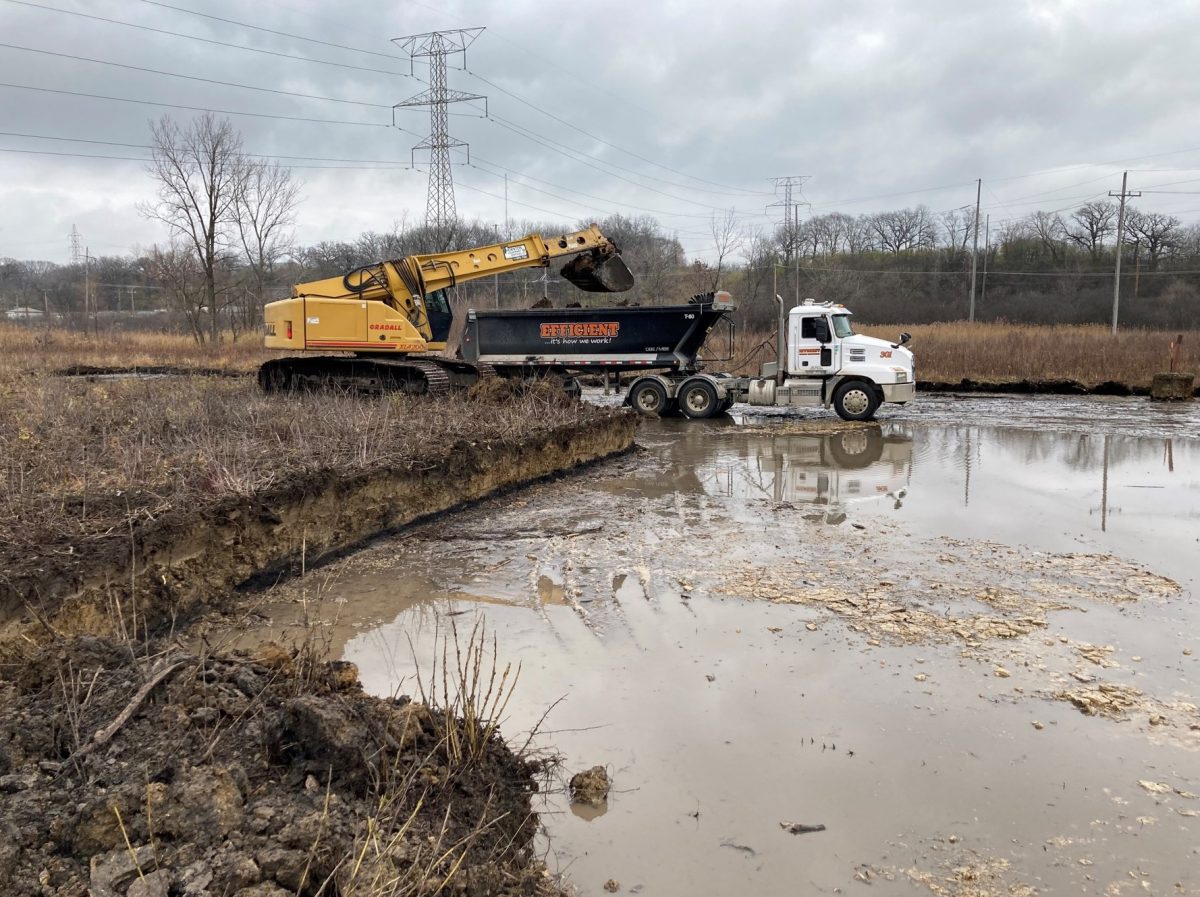
Lockport Prairie and Prairie Bluff Ecosystem Restoration
Lockport, Illinois
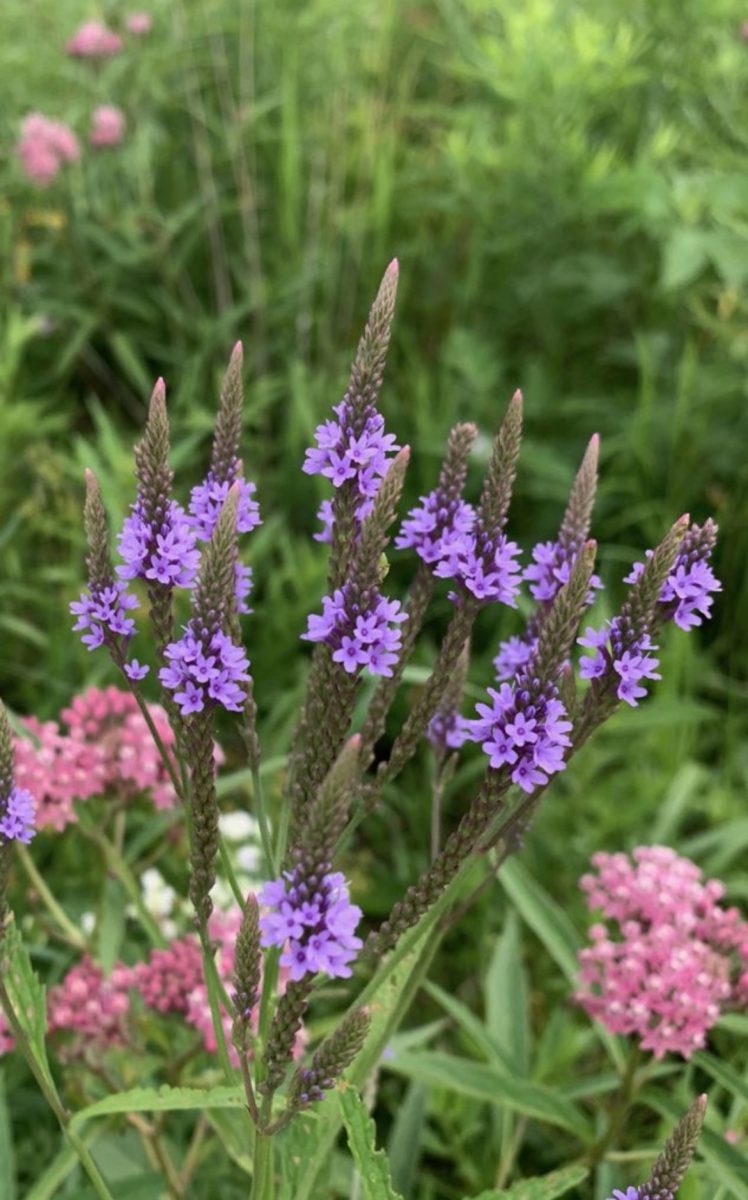
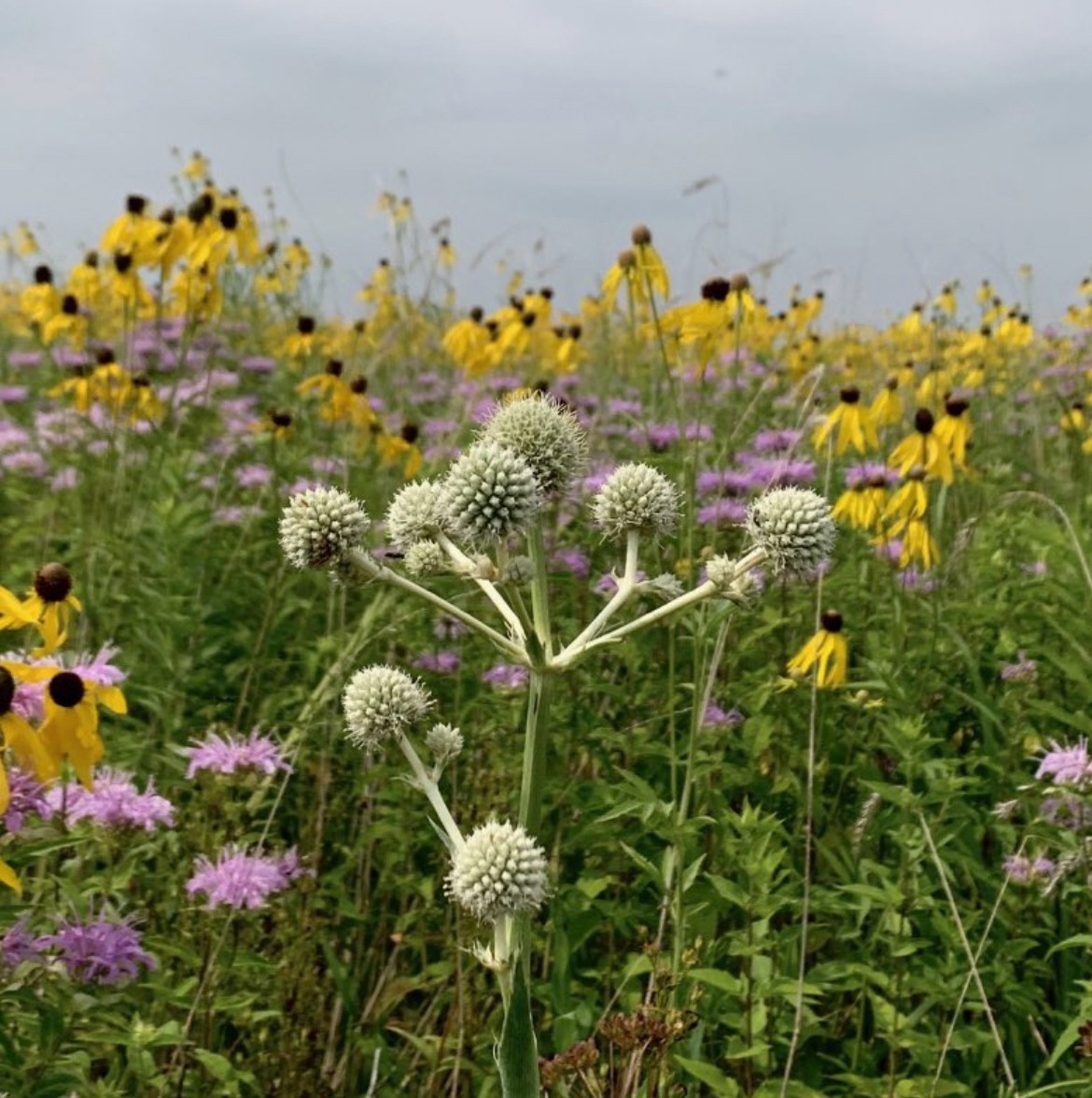
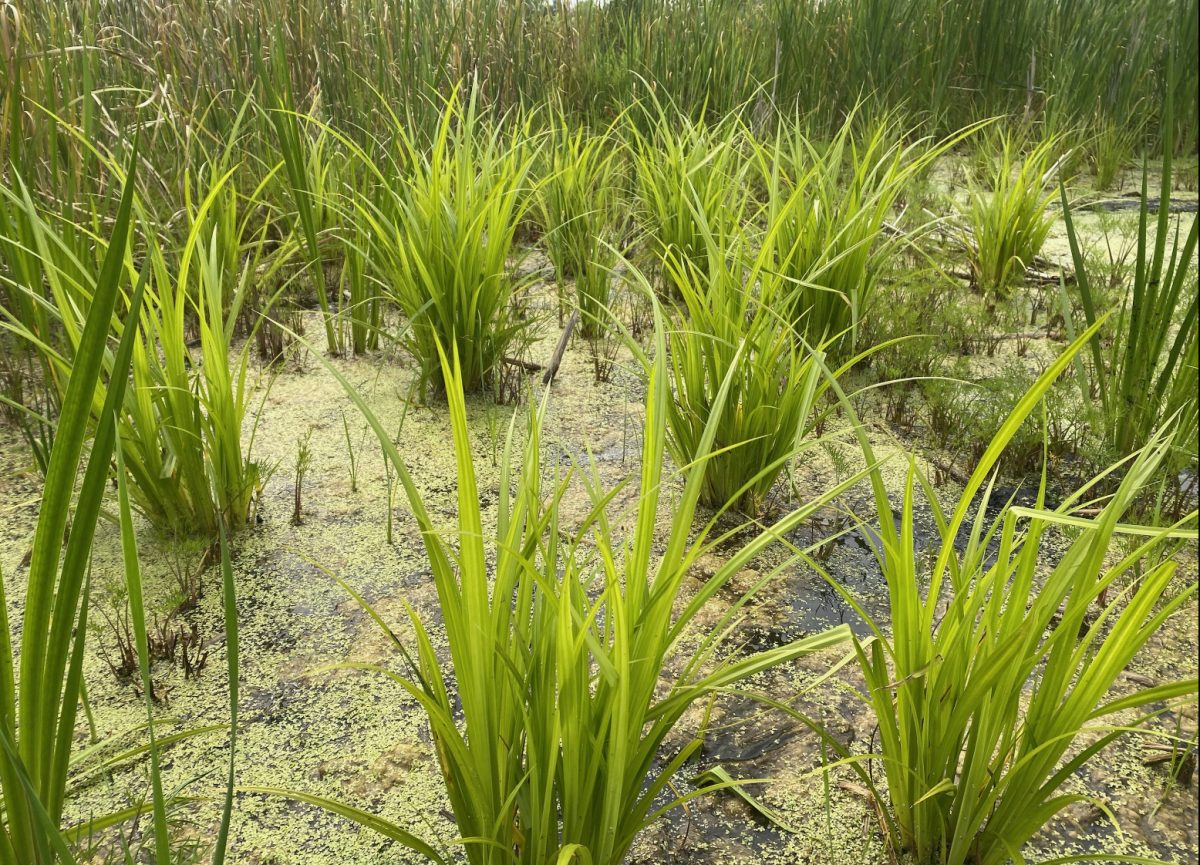
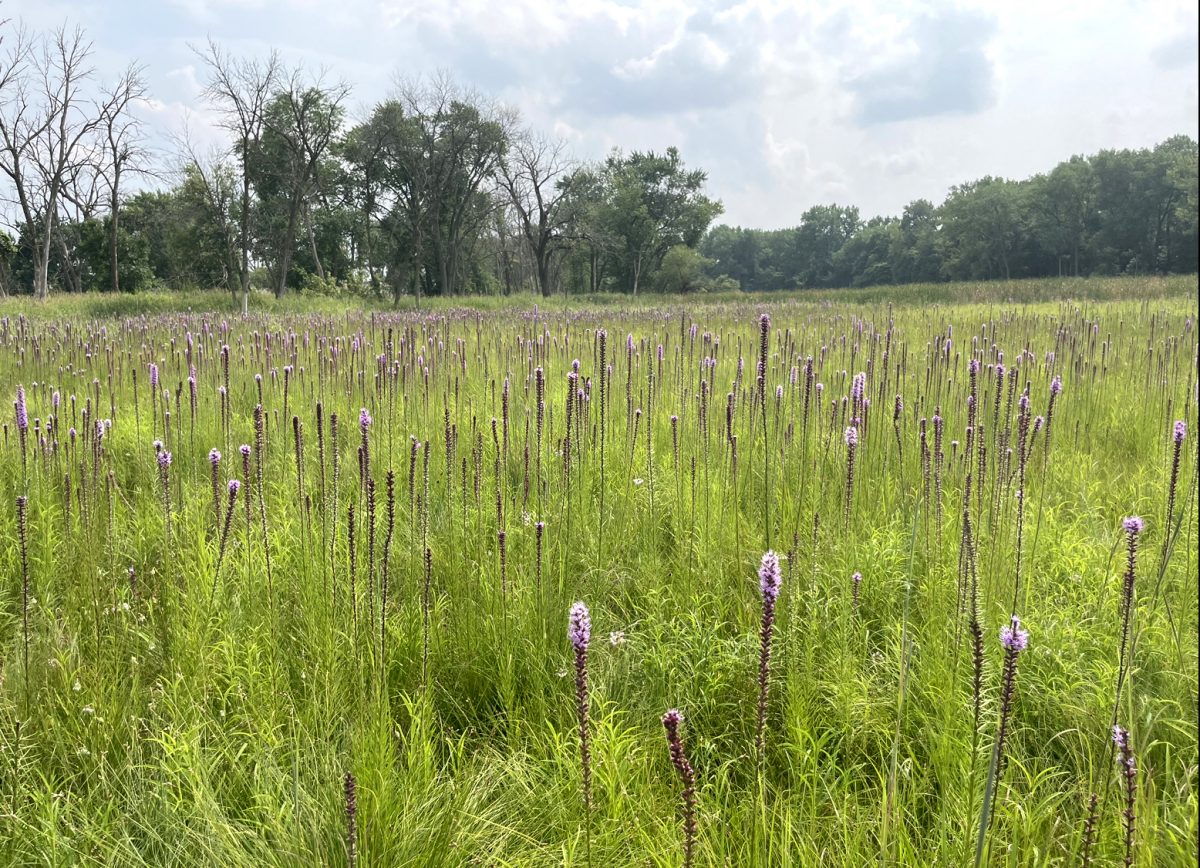 CLOSE
CLOSE -
Dam Removal and AOP
Dam Removal and AOP
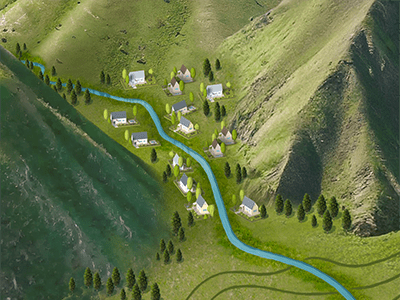
Dam removal and improved aquatic organism passage (AOP) restore the natural flow of a river, allowing fish and other aquatic species to access critical upstream habitats for spawning and migration, which boosts biodiversity and population recovery.
- Improves water quality
- Improves sediment transport
- Increases biodiversity and population recovery
- Reduces flood risks
Our team is leading the Klamath Dam Removal project in Oregon. It is the largest dam removal project in the world.
Carpentersville Dam Removal Project
Carpentersville, Illinois
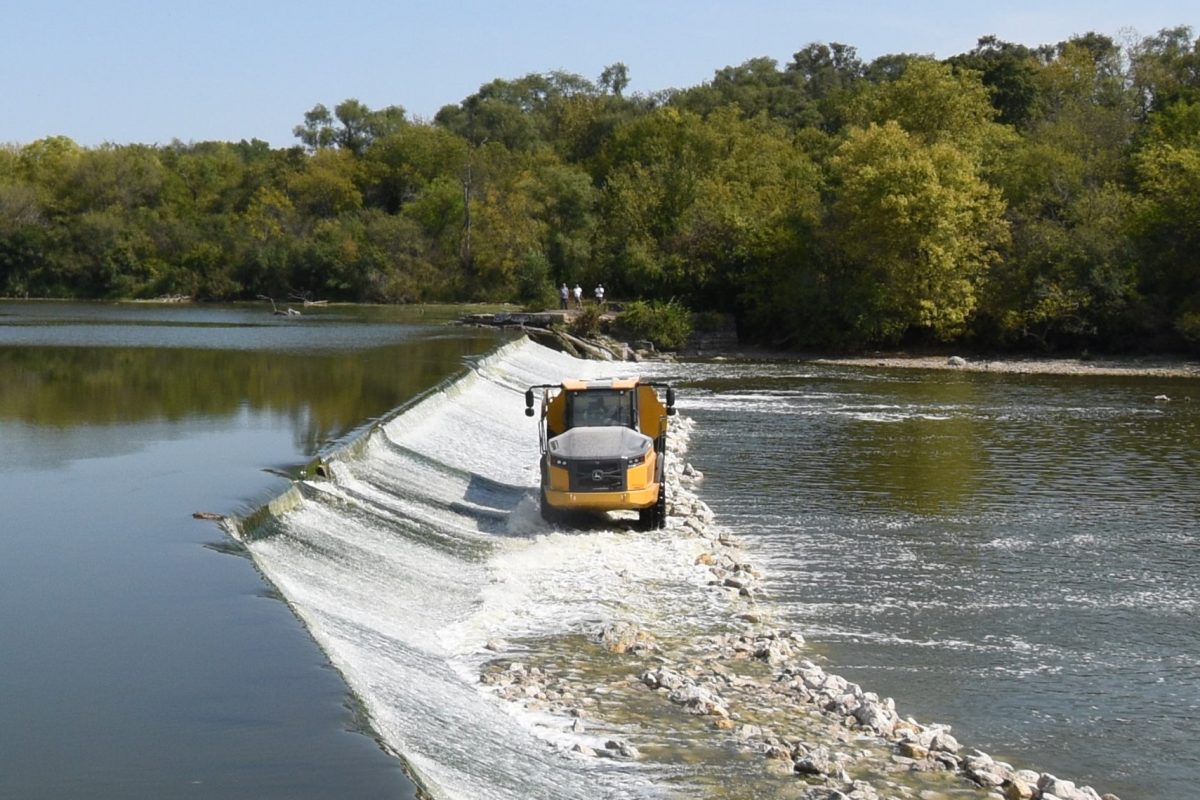
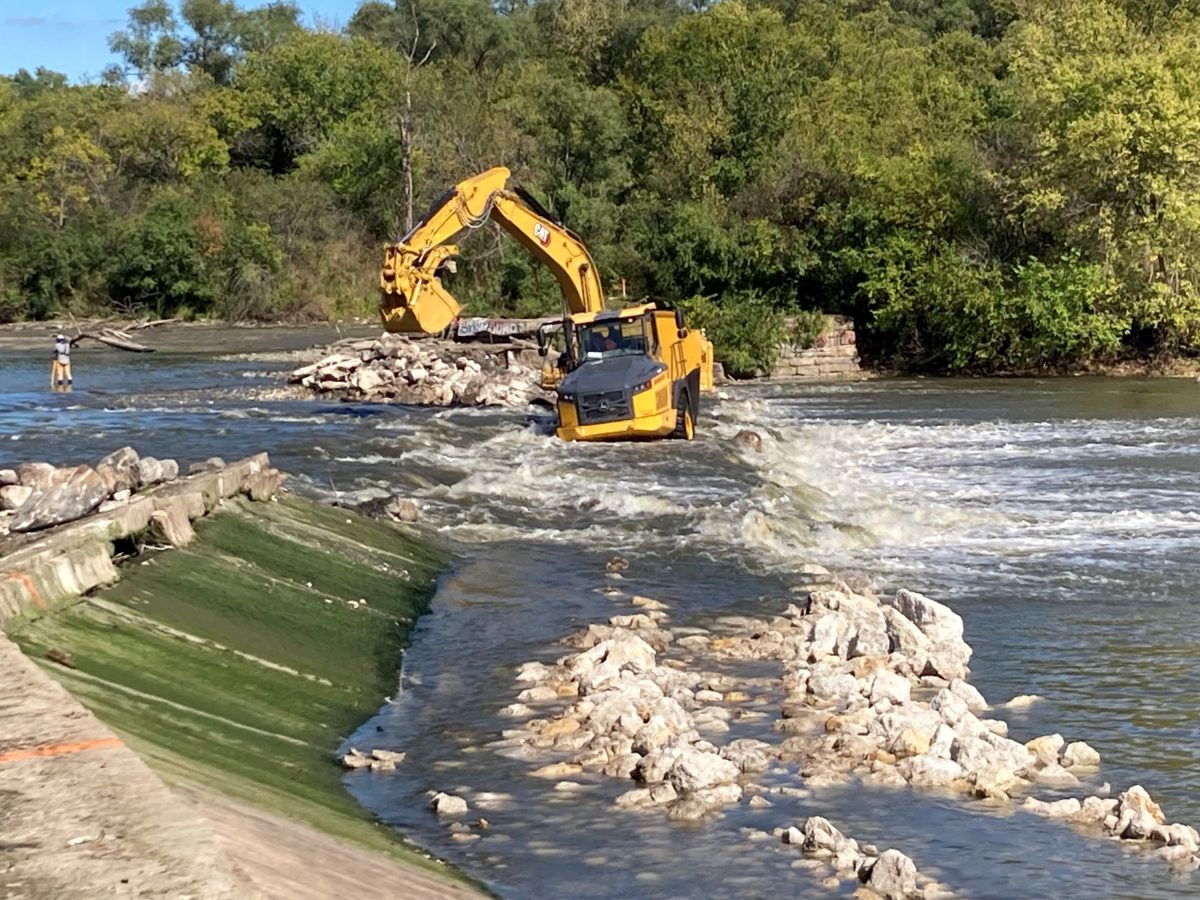
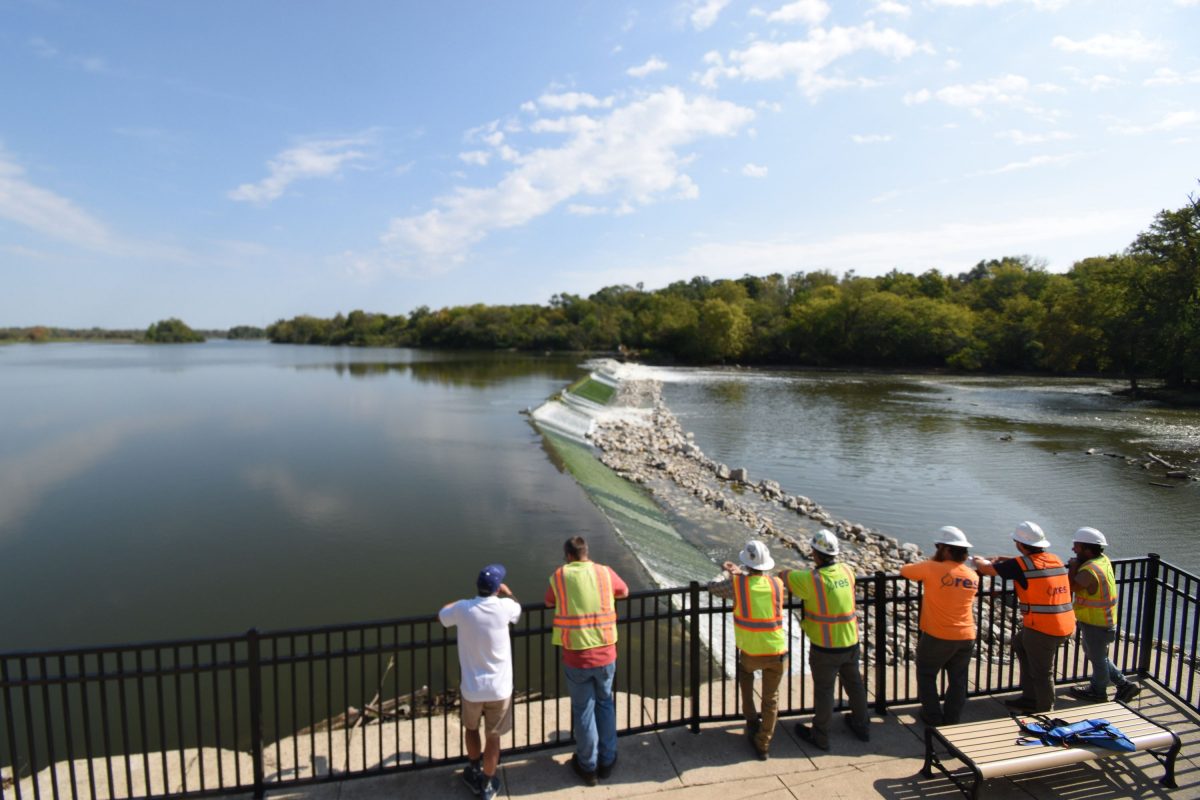 CLOSE
CLOSE -
Soil Carbon Sequestration
Soil Carbon Sequestration
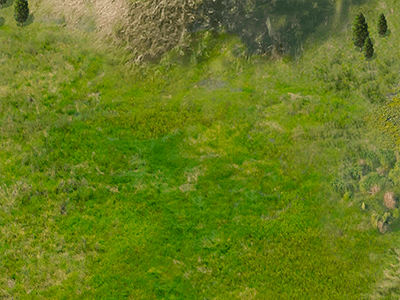
Soil carbon sequestration helps mitigate climate change by capturing and storing carbon dioxide in the soil, reducing greenhouse gas levels.
- Enhances soil health
- Improves water retention
- Improves nutrient cycling
- Supports sustainable land management
CLOSE -
Sediment Inactivation
Sediment Inactivation
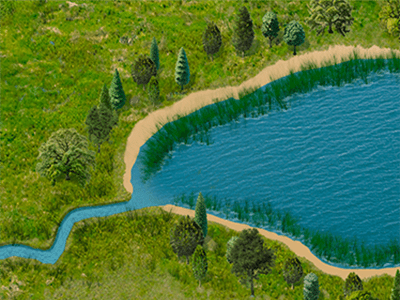
Sediment inactivation is a process that reduces the bioavailability of nutrients and contaminants in sediments, preventing their release into the water column and improving overall water quality.
- Improves water quality
- Enhances aquatic habitat health
- Supports the recovery of fish populations
CLOSE -
Upland Restoration
Upland Restoration
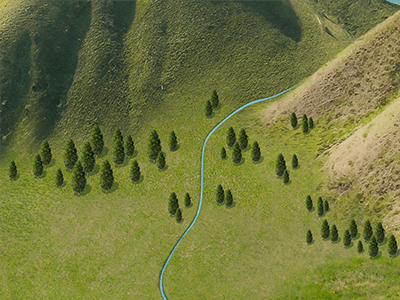
Upland restoration improves biodiversity and enhances ecosystem resilience in areas like grasslands, forests, and scrublands.
- Prevents soil erosion
- Improves water infiltration
- Supports carbon sequestration
- Provides wildlife habitat
CLOSE -
Desert Species
Desert Species

Permanently protected habitats for desert tortoises, bighorn sheep and other special-status species are restored and conserved via RES mitigation sites.
- Protects biodiversity
- Targets areas of conservation priority
- Often extends wildlife corridors, a RES priority in site selection
Rogue Valley Mitigation/Conservation Bank
Jackson County, Oregon
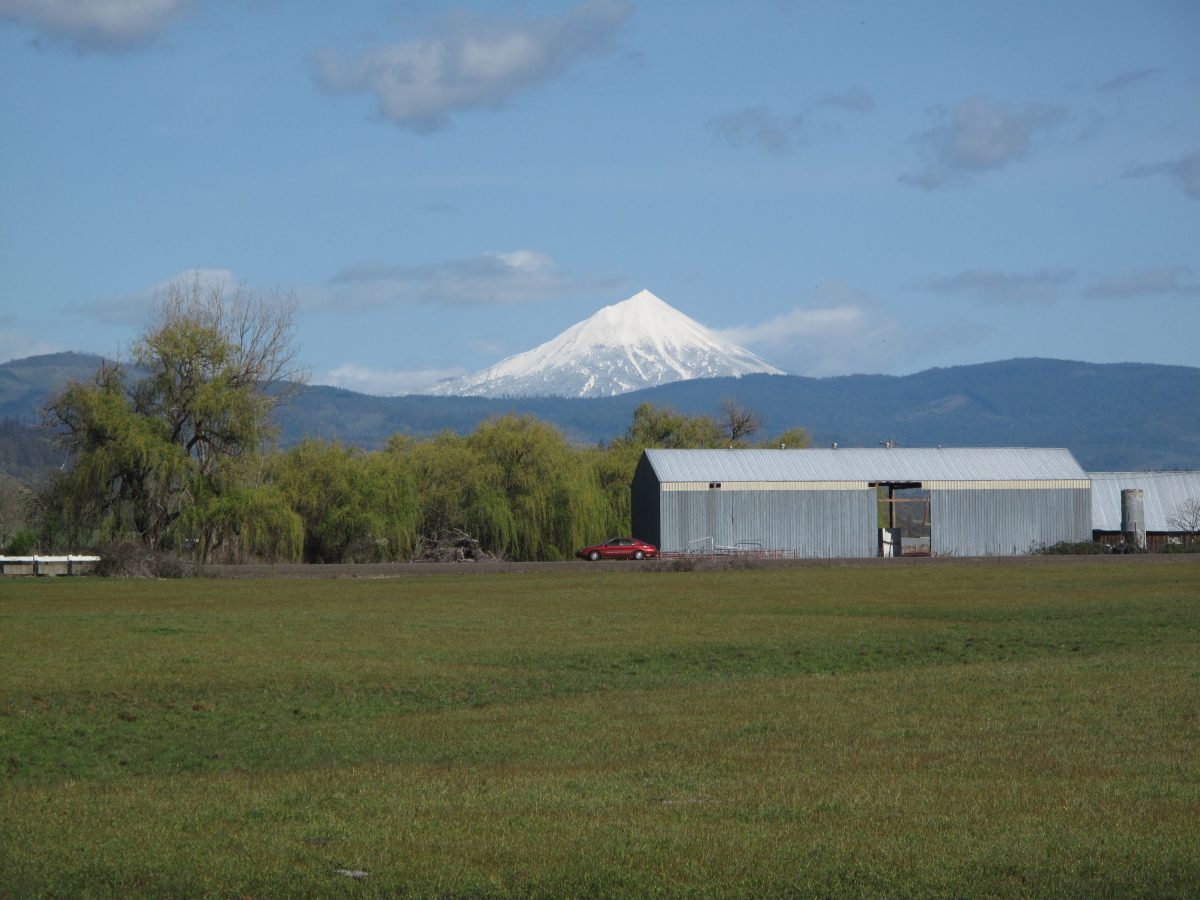 View of Mount McLoughlin volcano from Rogue Valley
View of Mount McLoughlin volcano from Rogue Valley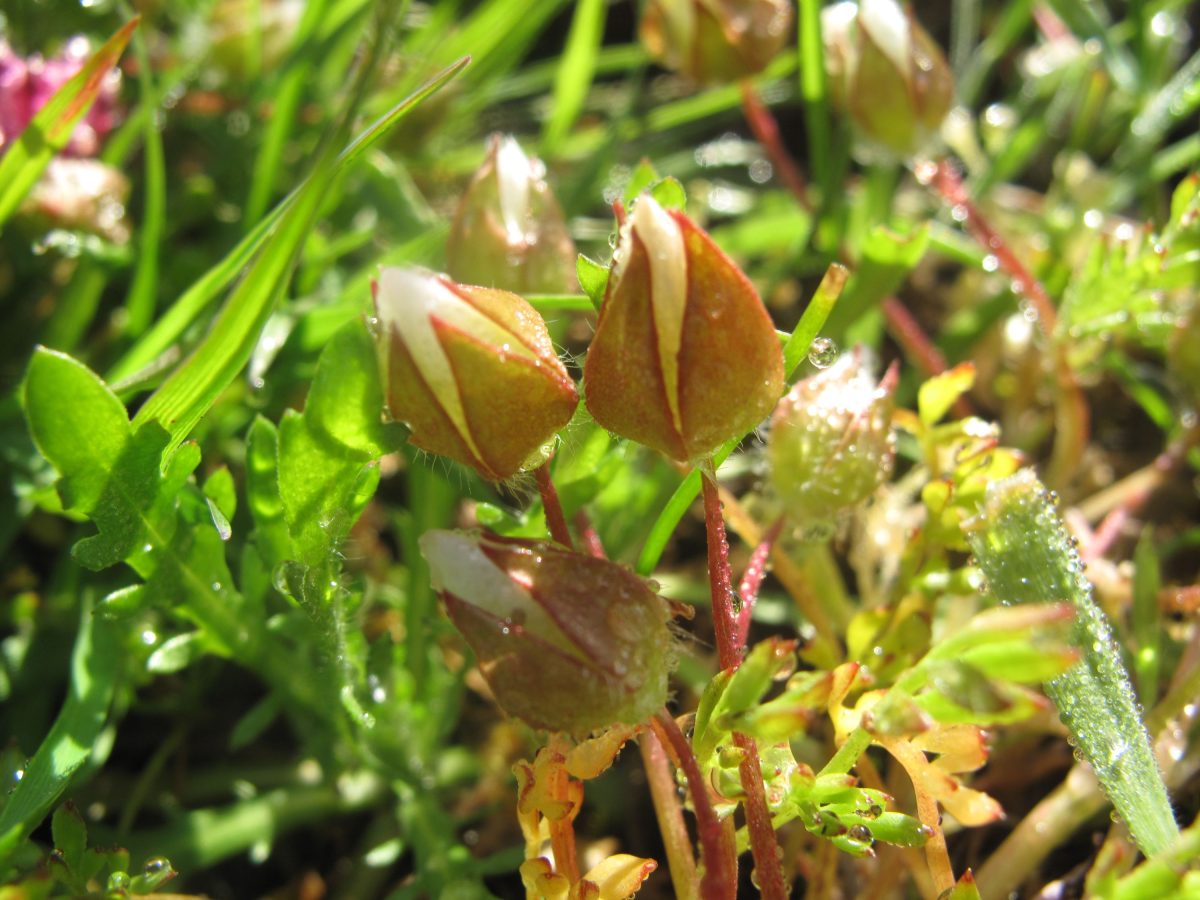 Rogue Valley, Rare Large-flowered Woolly Meadowfoam (Limnanthes floccosa ssp. grandiflora)
Rogue Valley, Rare Large-flowered Woolly Meadowfoam (Limnanthes floccosa ssp. grandiflora)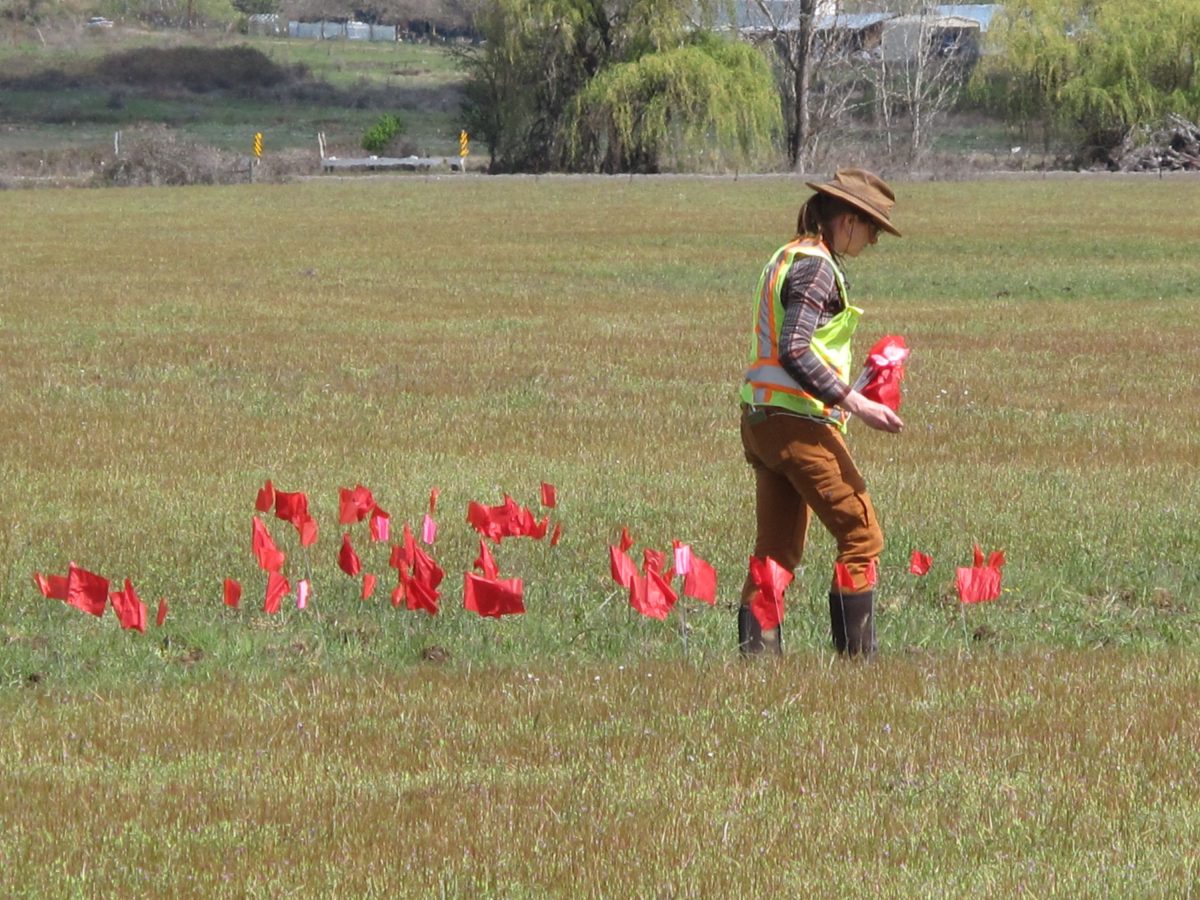 Ecologist Dawn Cunningham performing rare plant survey at Rogue Valley BankCLOSE
Ecologist Dawn Cunningham performing rare plant survey at Rogue Valley BankCLOSE -
Grassland Species
Grassland Species

Permanently protected habitats for burrowing owls, Swainson’s hawks, and other special-status species are restored and conserved via RES mitigation sites.
- Protects biodiversity
- Targets areas of conservation priority
- Often extends wildlife corridors, a RES priority in site selection
BHP Terrebonne Biodiversity and Resiliency Projects
Terrebonne Parish, Louisiana

 Constructed earthen terraces
Constructed earthen terraces BHP Conceptual Design
BHP Conceptual Design
Laguna Terrace East Conservation Bank
Sacramento County, California
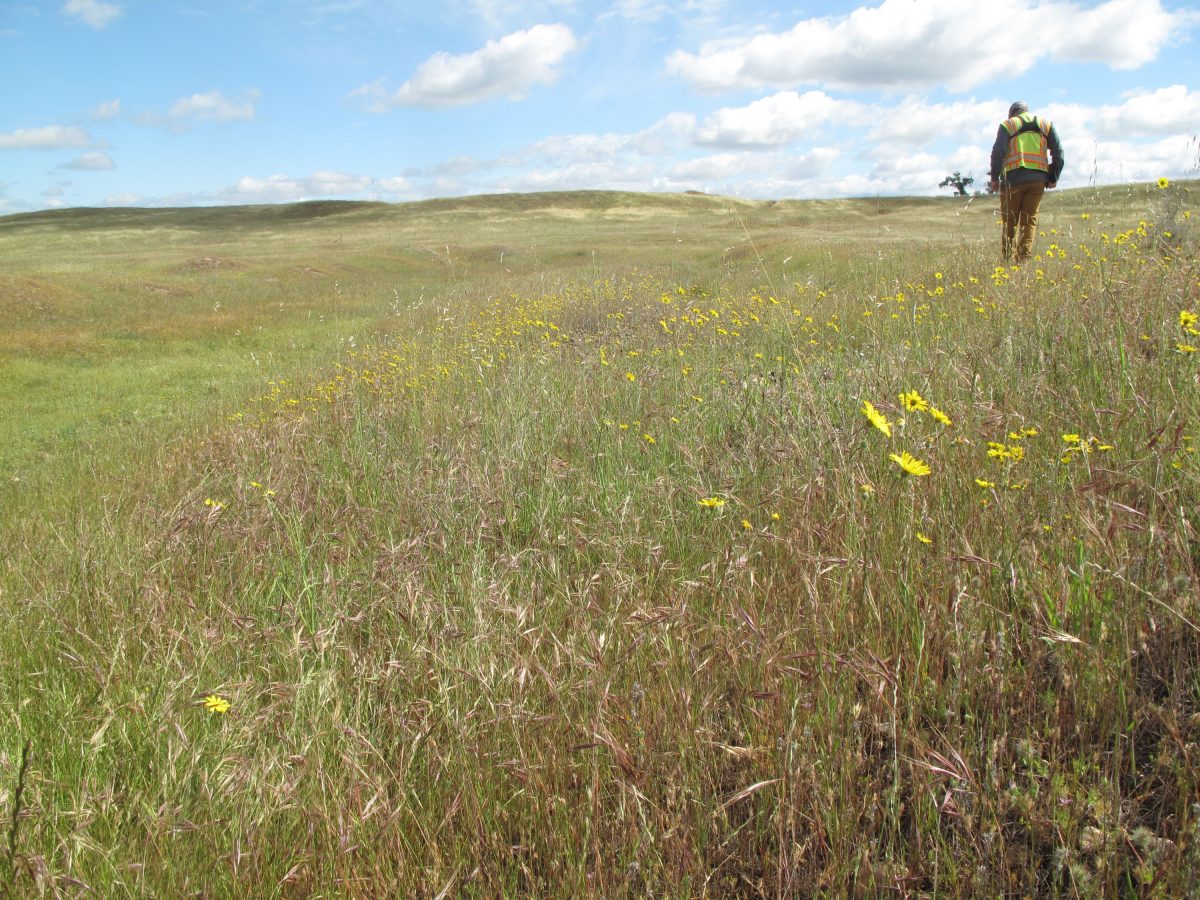
Campbell Ranch Conservation Bank
Solano County, California
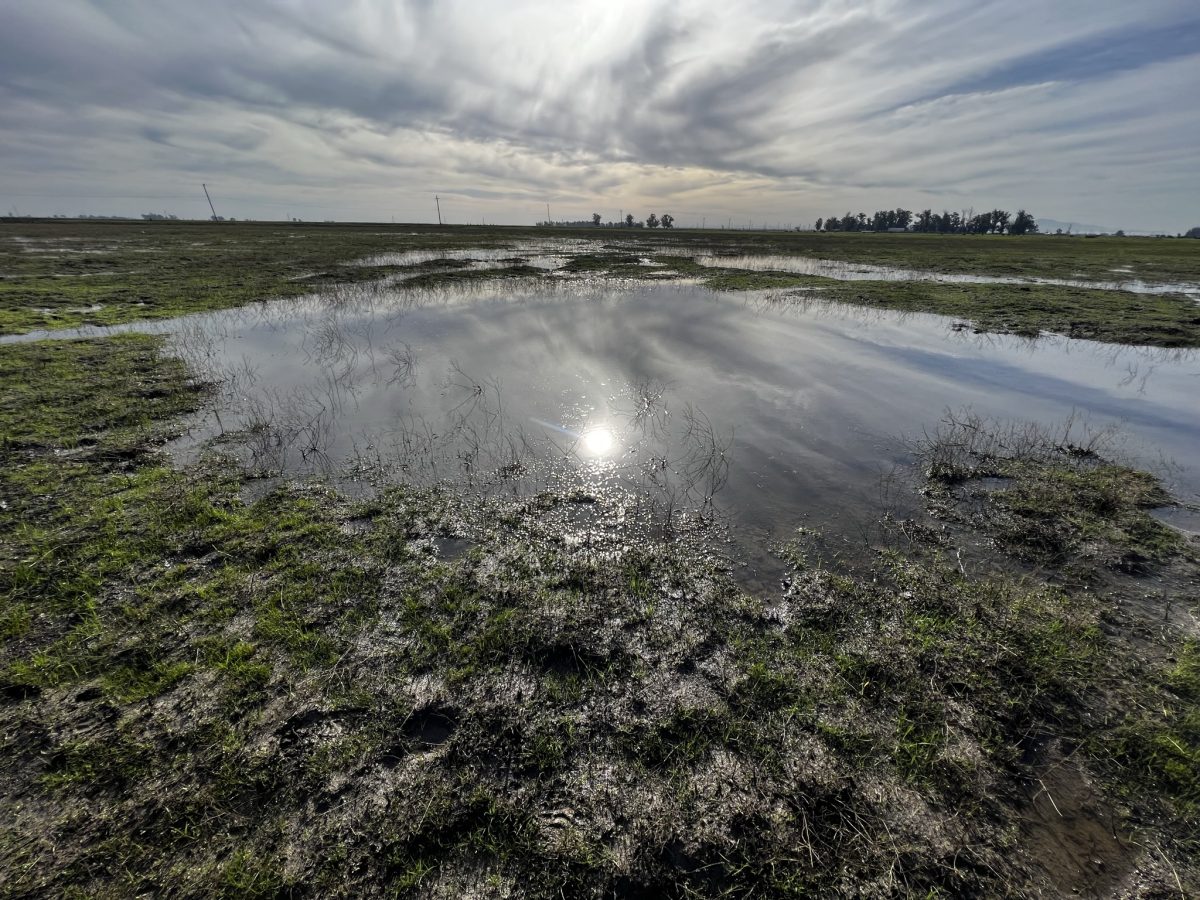
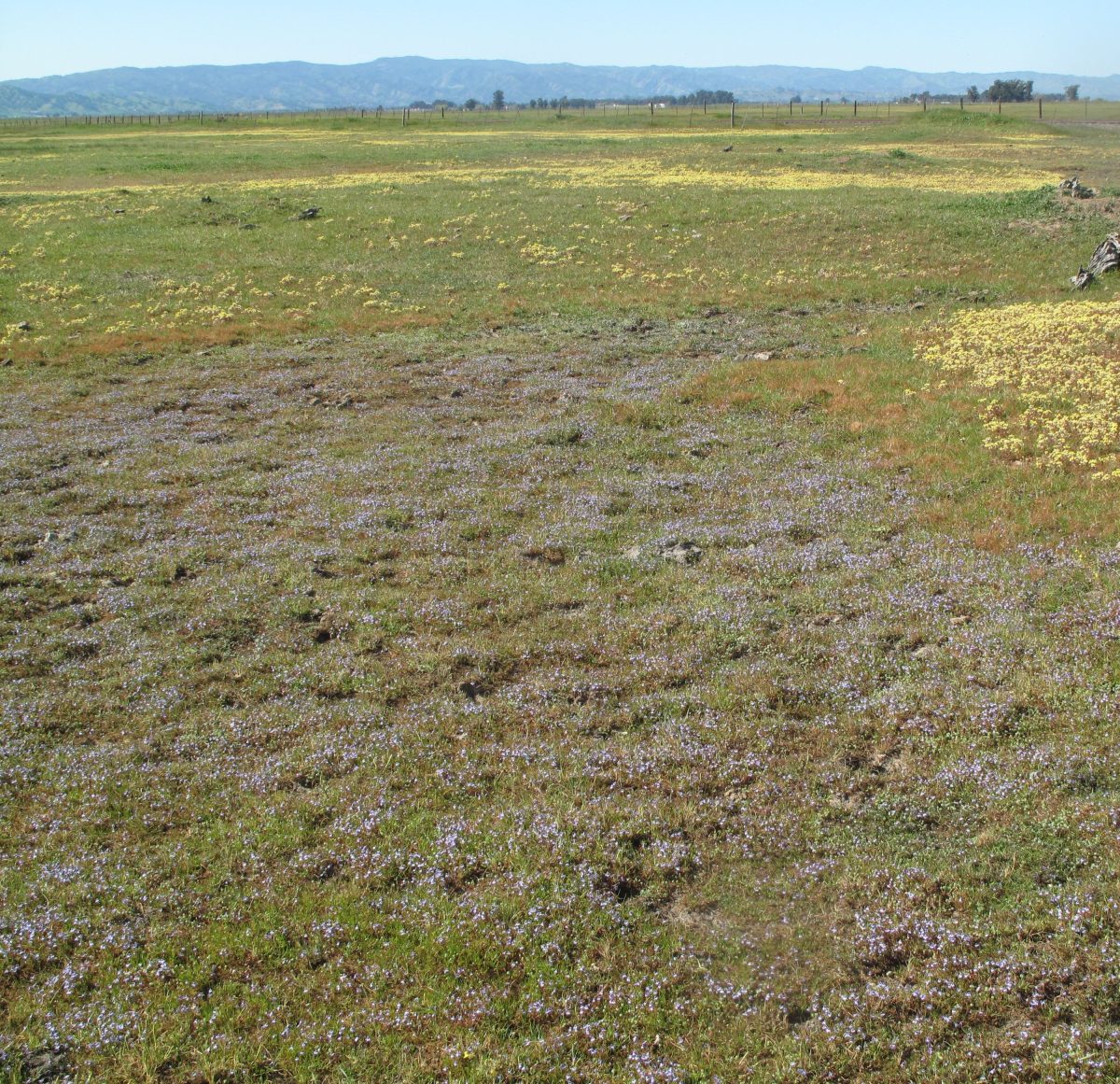

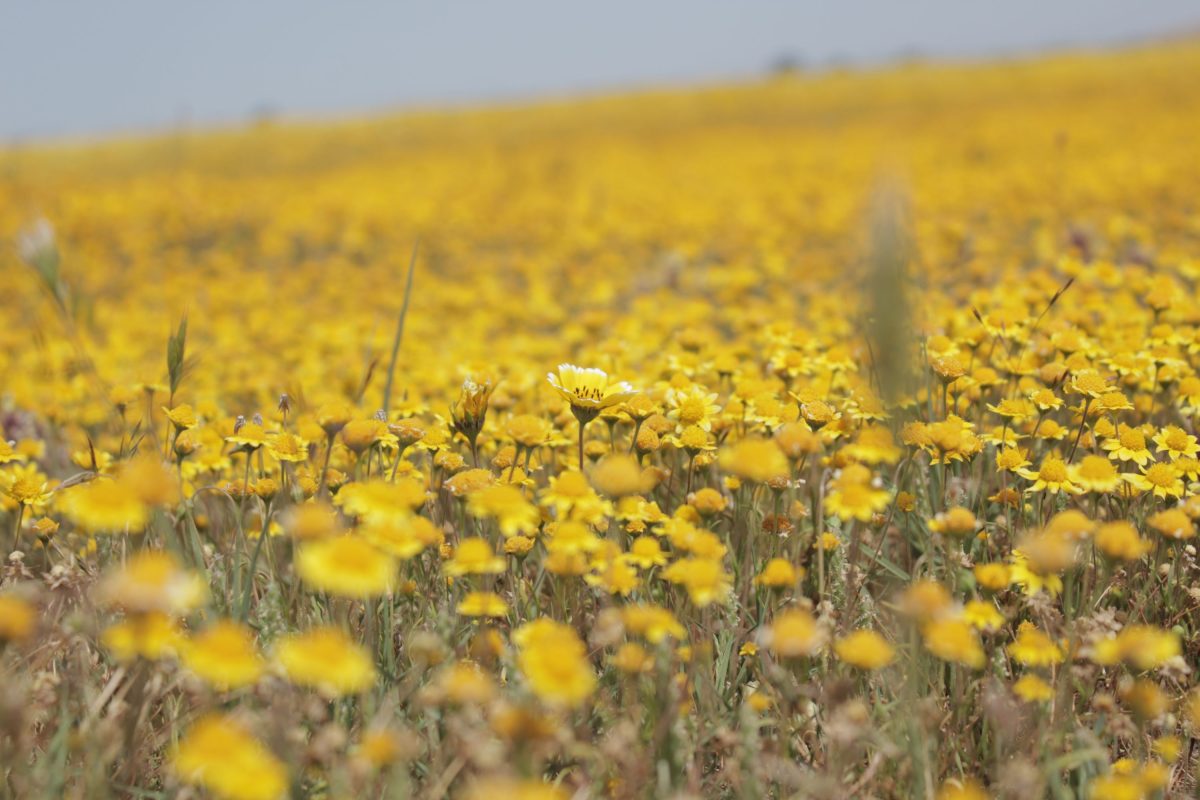
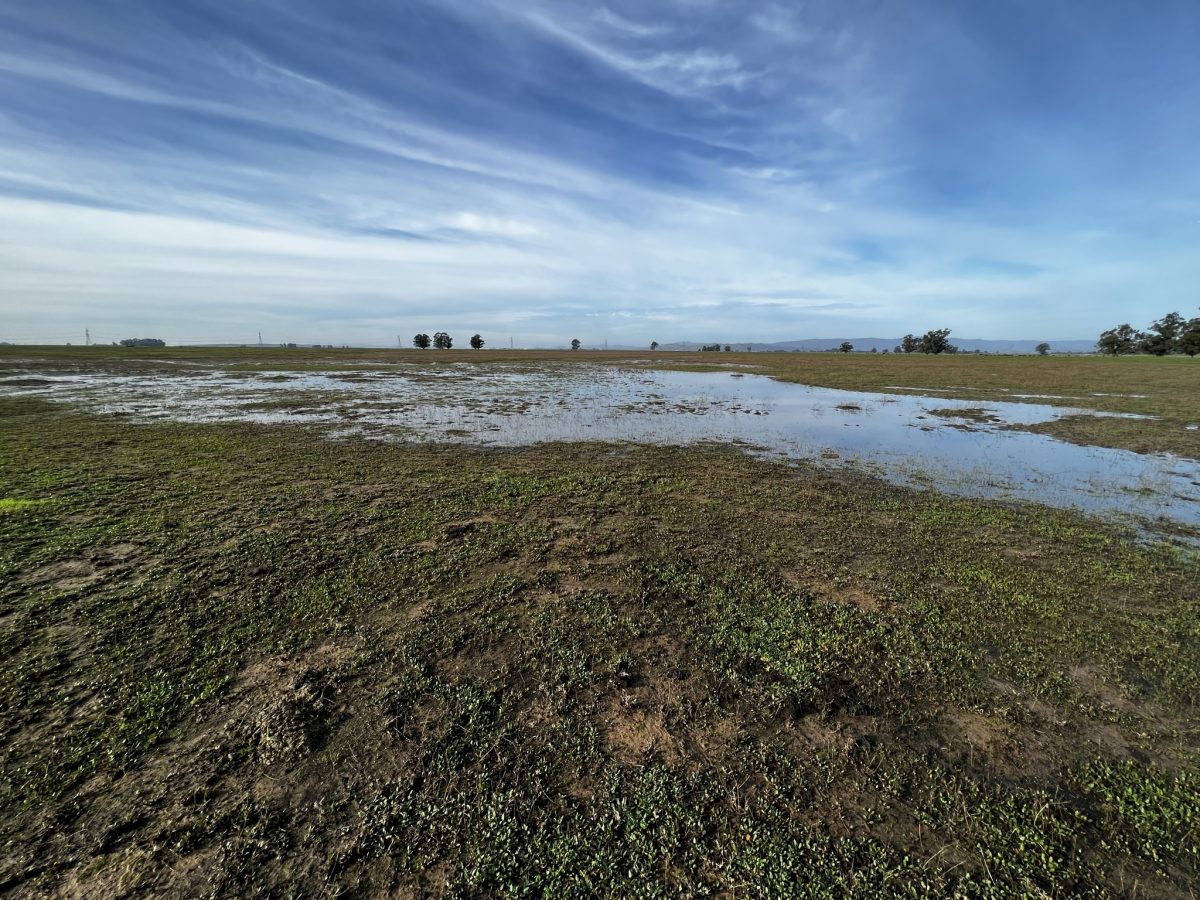
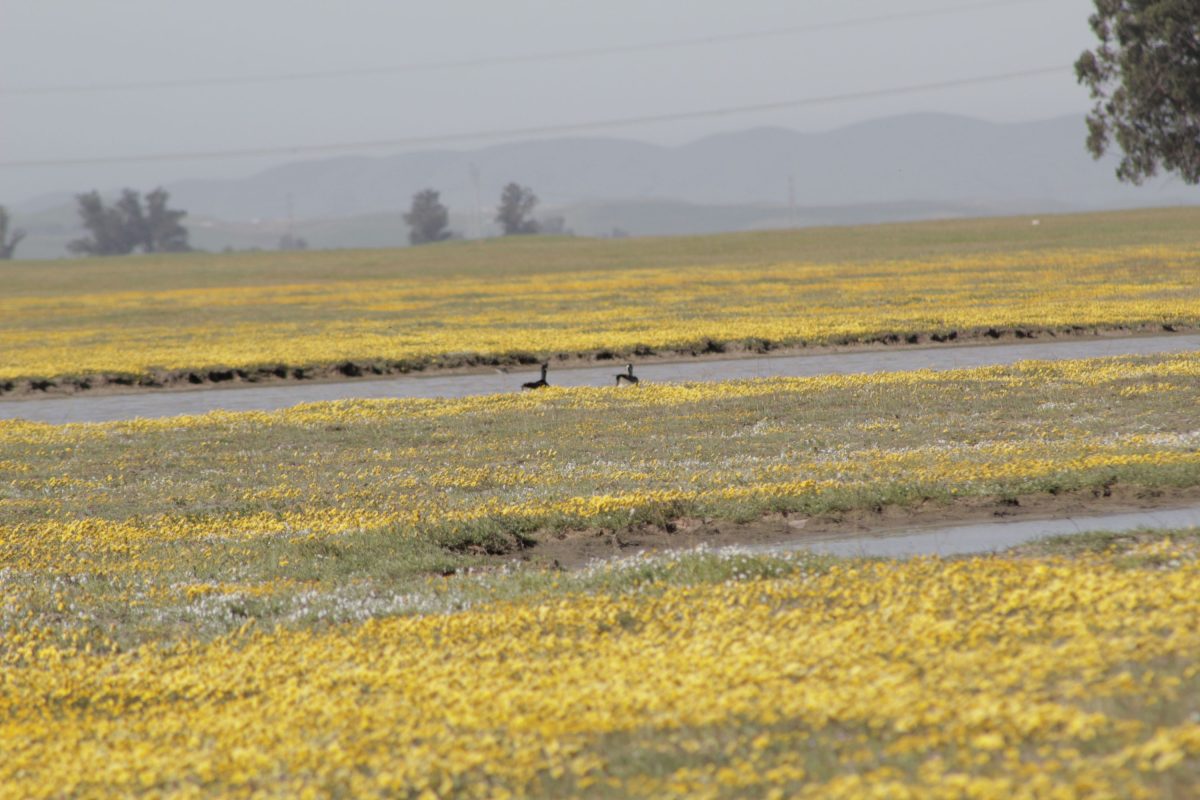
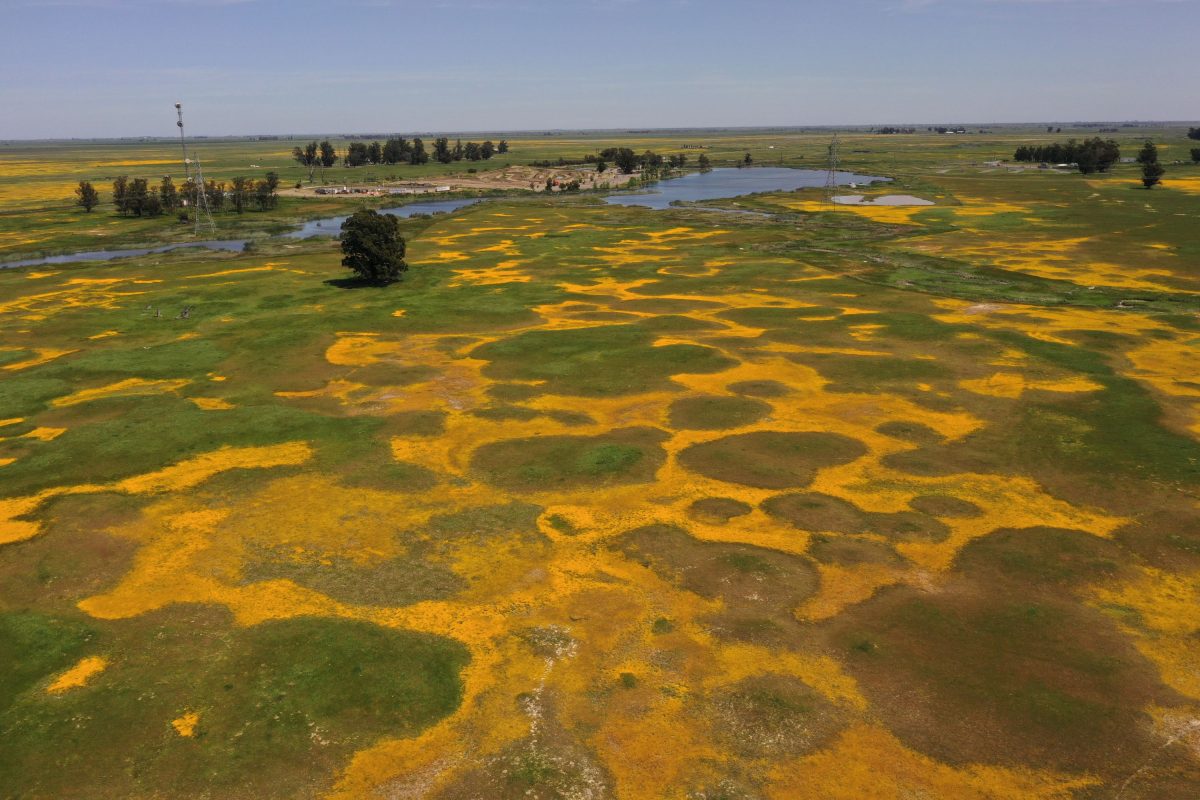 CLOSE
CLOSE -
Wetland Species
Wetland Species

Permanently protected habitats for California Tiger Salamander, Salt harvest mouse, giant garter snake, and other special-status species are restored and conserved via RES mitigation sites.
- Protects biodiversity
- Targets areas of conservation priority
- Often extends wildlife corridors, a RES priority in site selection
Deadman Creek Conservation Bank
Merced County, California

Elsie Gridley Mitigation Bank
Solano County, California
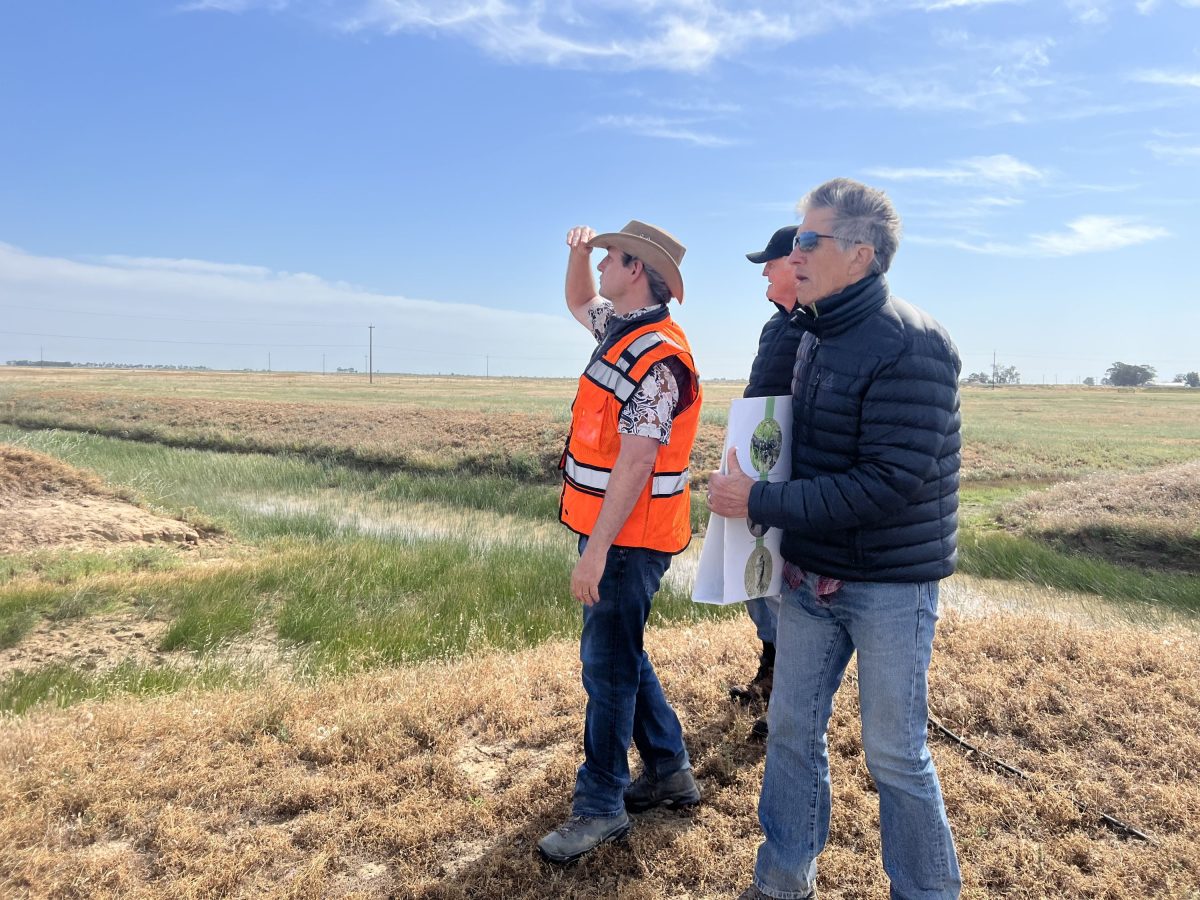 Tim DeGraff, RES VP and GM for West Region, led a tour in June 2023 at the request of several California regulators, accompanied by Elsie Gridley landowners Mike Gridley and Ben Winslow.
Tim DeGraff, RES VP and GM for West Region, led a tour in June 2023 at the request of several California regulators, accompanied by Elsie Gridley landowners Mike Gridley and Ben Winslow.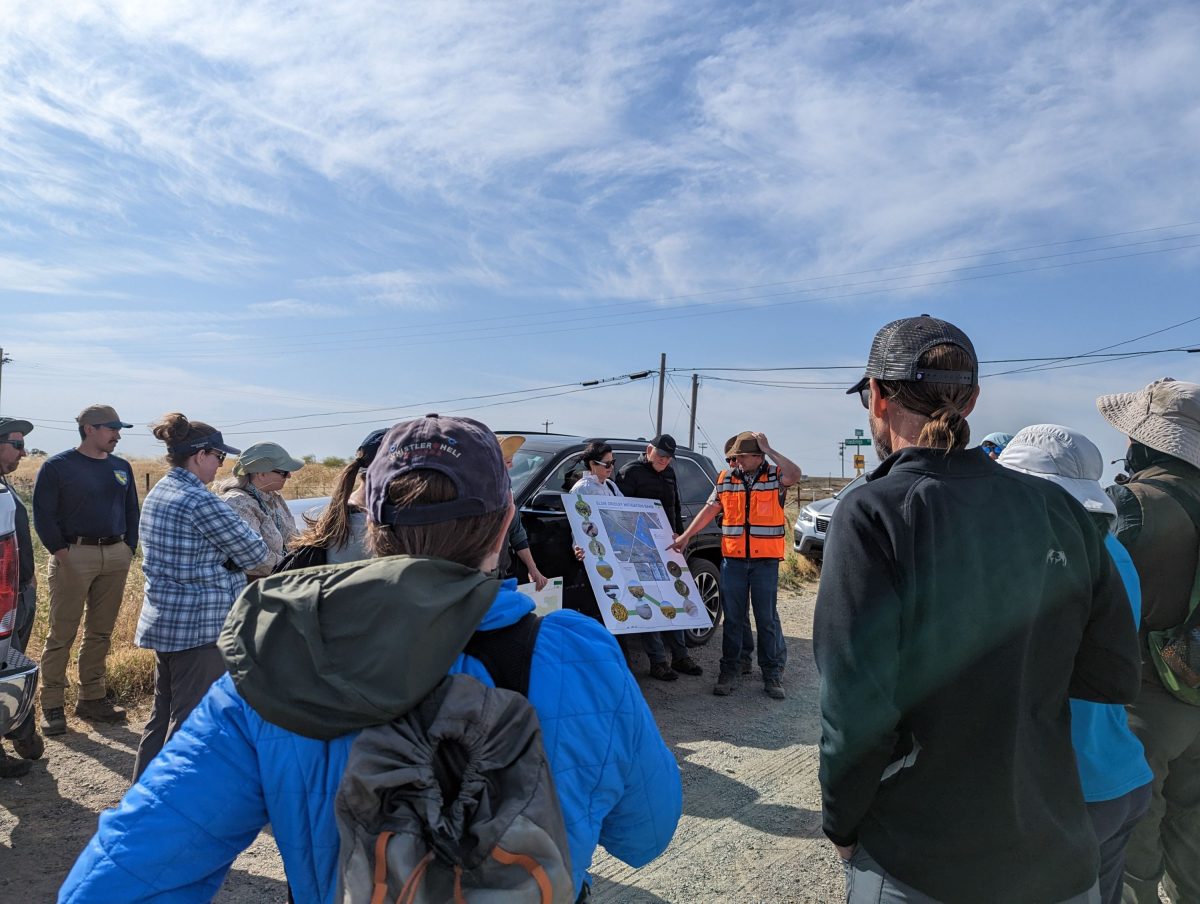 The site tour of Elsie Gridley was at the request of the Department of Water Resources (DWR), who also invited California Department of Fish and Wildlife (CDFW). A total of about 20 regulators walked the site, with Tim and others from RES providing an overview of the habitats and our site management activities.
The site tour of Elsie Gridley was at the request of the Department of Water Resources (DWR), who also invited California Department of Fish and Wildlife (CDFW). A total of about 20 regulators walked the site, with Tim and others from RES providing an overview of the habitats and our site management activities.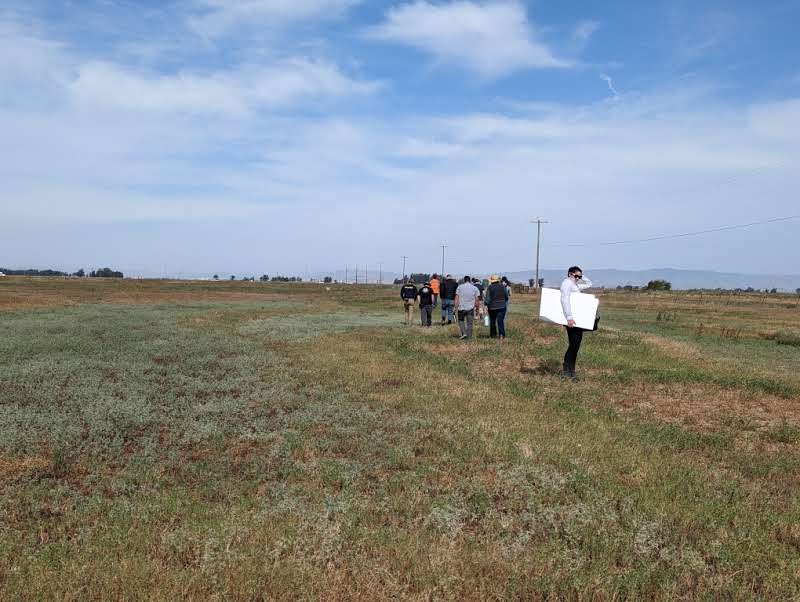 The tour included walking through Elsie Gridley’s mixed habitats, with frequent stops where regulators could ask questions and get a deeper briefing.
The tour included walking through Elsie Gridley’s mixed habitats, with frequent stops where regulators could ask questions and get a deeper briefing.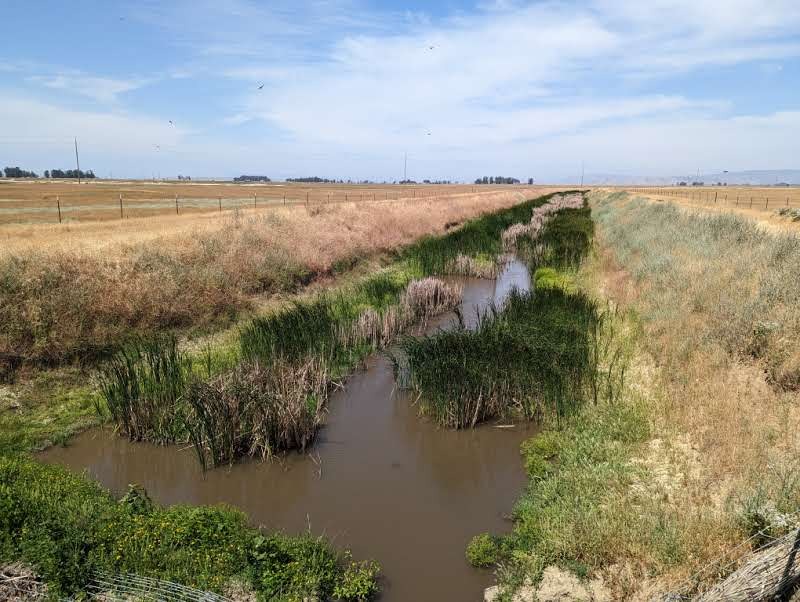 The tour continued through Elsie Gridley’s mixed habitats.
The tour continued through Elsie Gridley’s mixed habitats.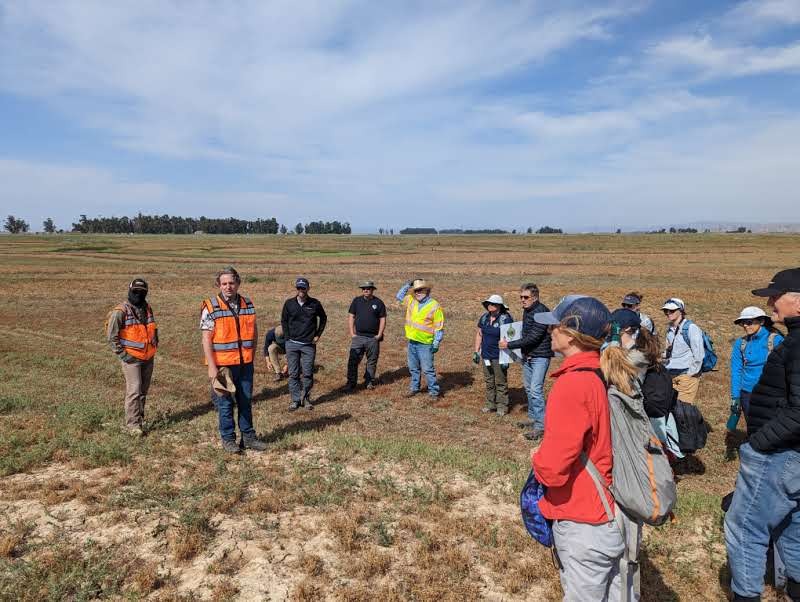 The tour group gets a briefing from Tim and an opportunity to ask questions.
The tour group gets a briefing from Tim and an opportunity to ask questions.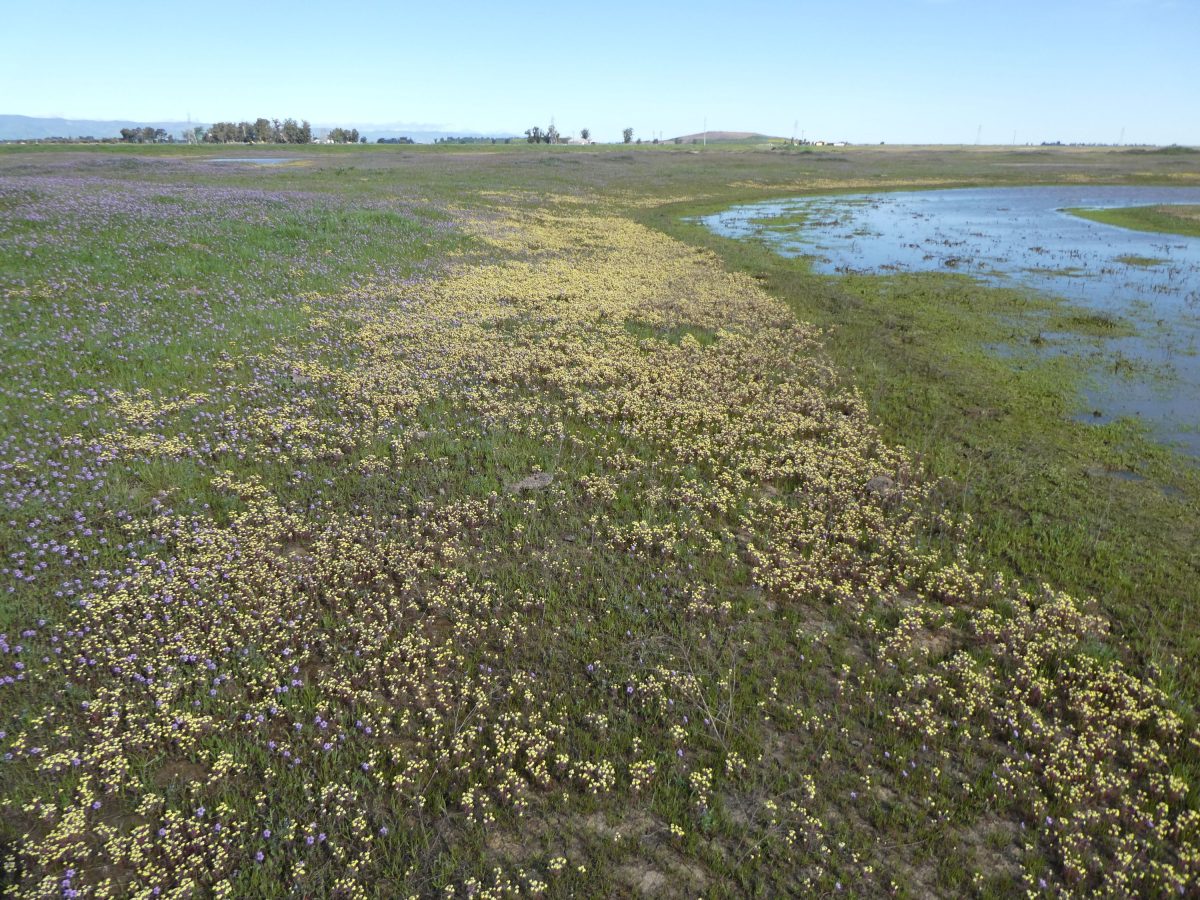 The 2023 superbloom season at Elsie Gridley was very dramatic. As this vernal pool dried, you could see concentric rings of various flower species around the vernal pools.
The 2023 superbloom season at Elsie Gridley was very dramatic. As this vernal pool dried, you could see concentric rings of various flower species around the vernal pools.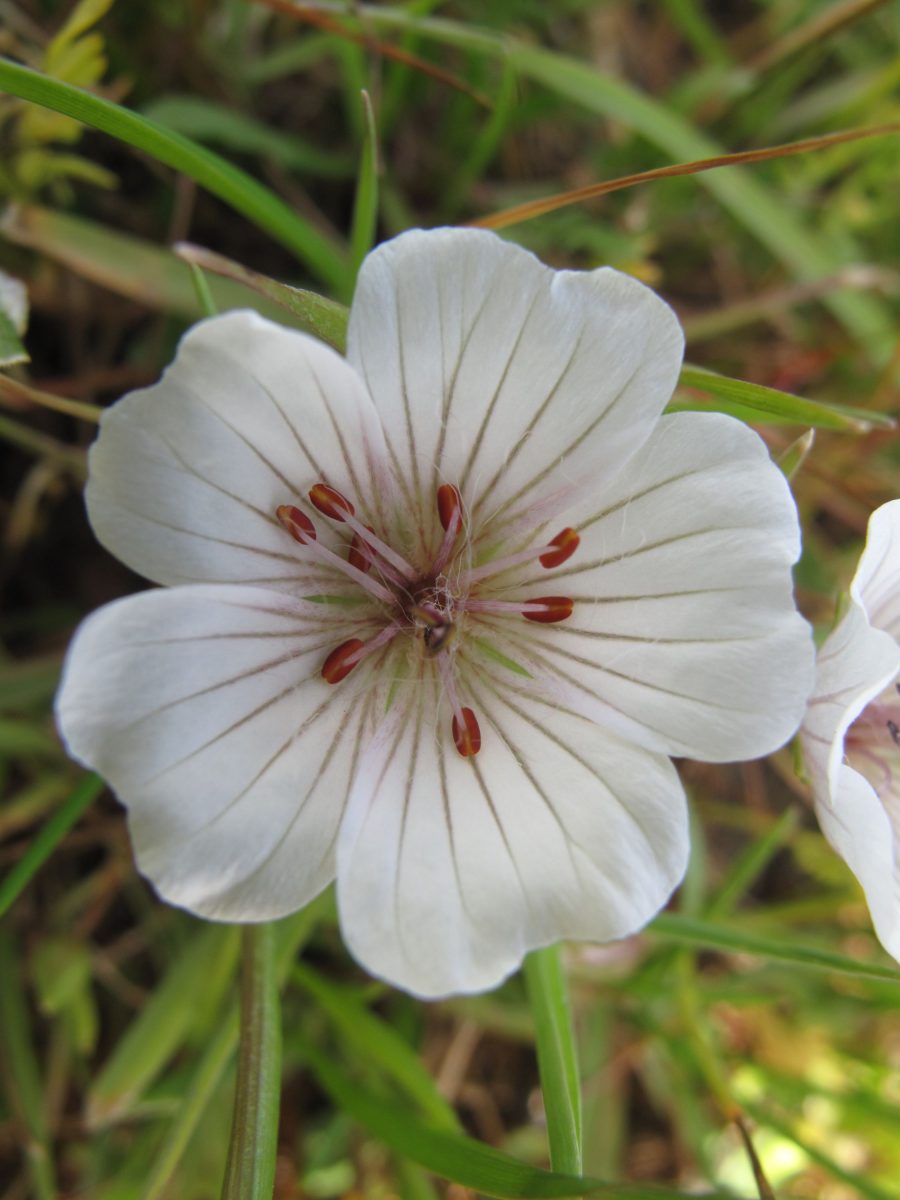 As spring progresses, another common flower to see blooming at Elsie Gridley is the Rosy Douglas’ Meadowfoam. This white flower with a red center dominates vernally wet meadows and vernal pool edges.
As spring progresses, another common flower to see blooming at Elsie Gridley is the Rosy Douglas’ Meadowfoam. This white flower with a red center dominates vernally wet meadows and vernal pool edges.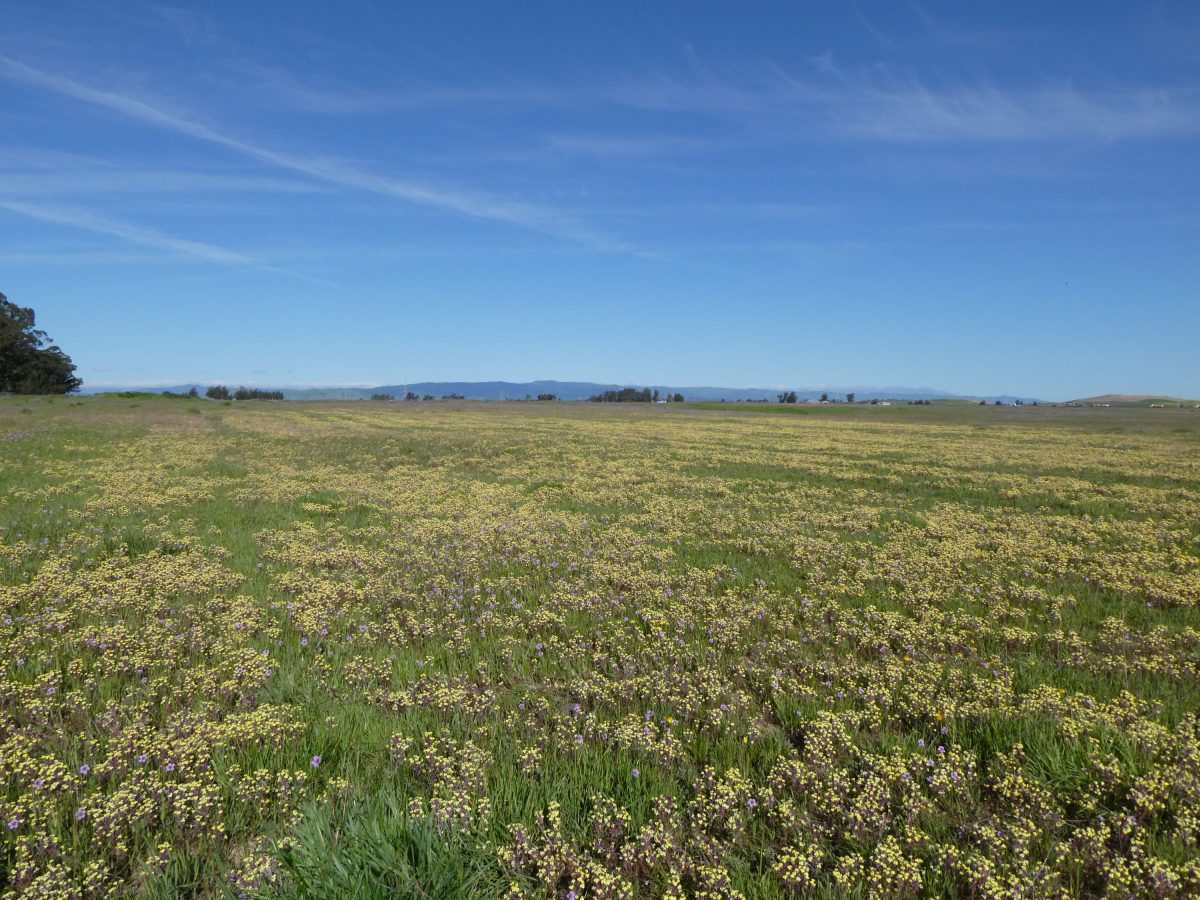 Broad leaf filaree (Erodium botrys) can also be found growing amongst the sea of butter n’ eggs at Elsie Gridley.
Broad leaf filaree (Erodium botrys) can also be found growing amongst the sea of butter n’ eggs at Elsie Gridley.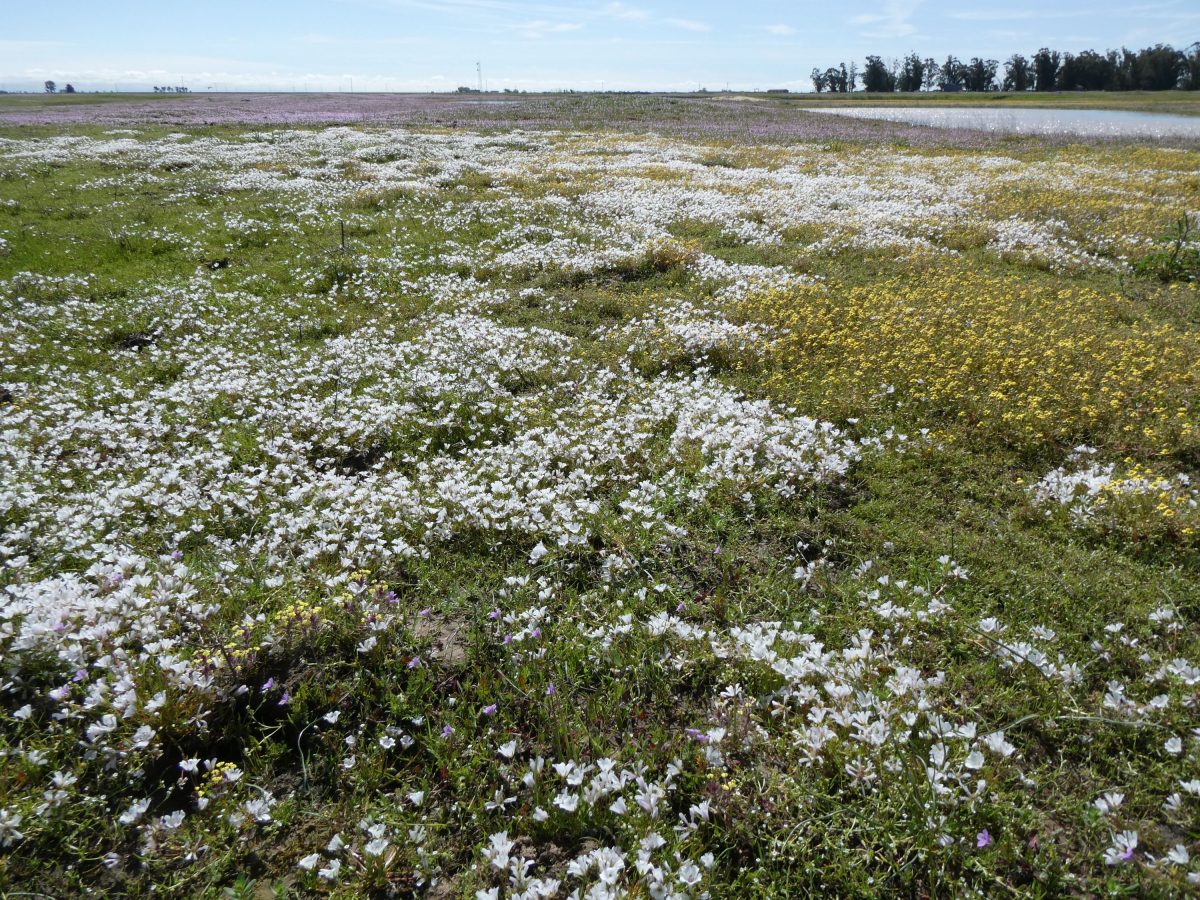 Rosy Douglas’ Meadowfoam (Limnanthes douglasii subsp. rosea) (large white flowers), yellow carpet (Blennosperma nanum) (light yellow), broad leaf filaree (Erodium botrys), butter n’ eggs (Triphysaria eriantha) (red-yellow flowers), stalked popcornflower (Plagiobothrys stipitatus var. micranthus) (very small white flower), all in bloom at Elsie Gridley.CLOSE
Rosy Douglas’ Meadowfoam (Limnanthes douglasii subsp. rosea) (large white flowers), yellow carpet (Blennosperma nanum) (light yellow), broad leaf filaree (Erodium botrys), butter n’ eggs (Triphysaria eriantha) (red-yellow flowers), stalked popcornflower (Plagiobothrys stipitatus var. micranthus) (very small white flower), all in bloom at Elsie Gridley.CLOSE -
Aquatic Species
Aquatic Species
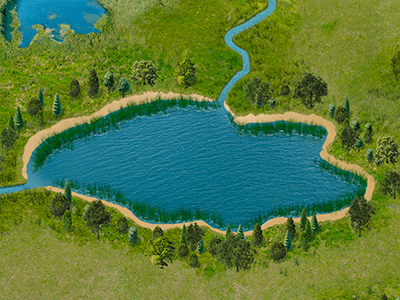
Permanently protected habitats for longfin smelt, giant garter snakes, Carolina heelsplitter mussels, and other special-status species are restored and conserved via RES mitigation sites.
- Protects biodiversity
- Targets areas of conservation priority
- Often extends wildlife corridors, a RES priority in site selection
Liberty Island Conservation Bank
Yolo County, California
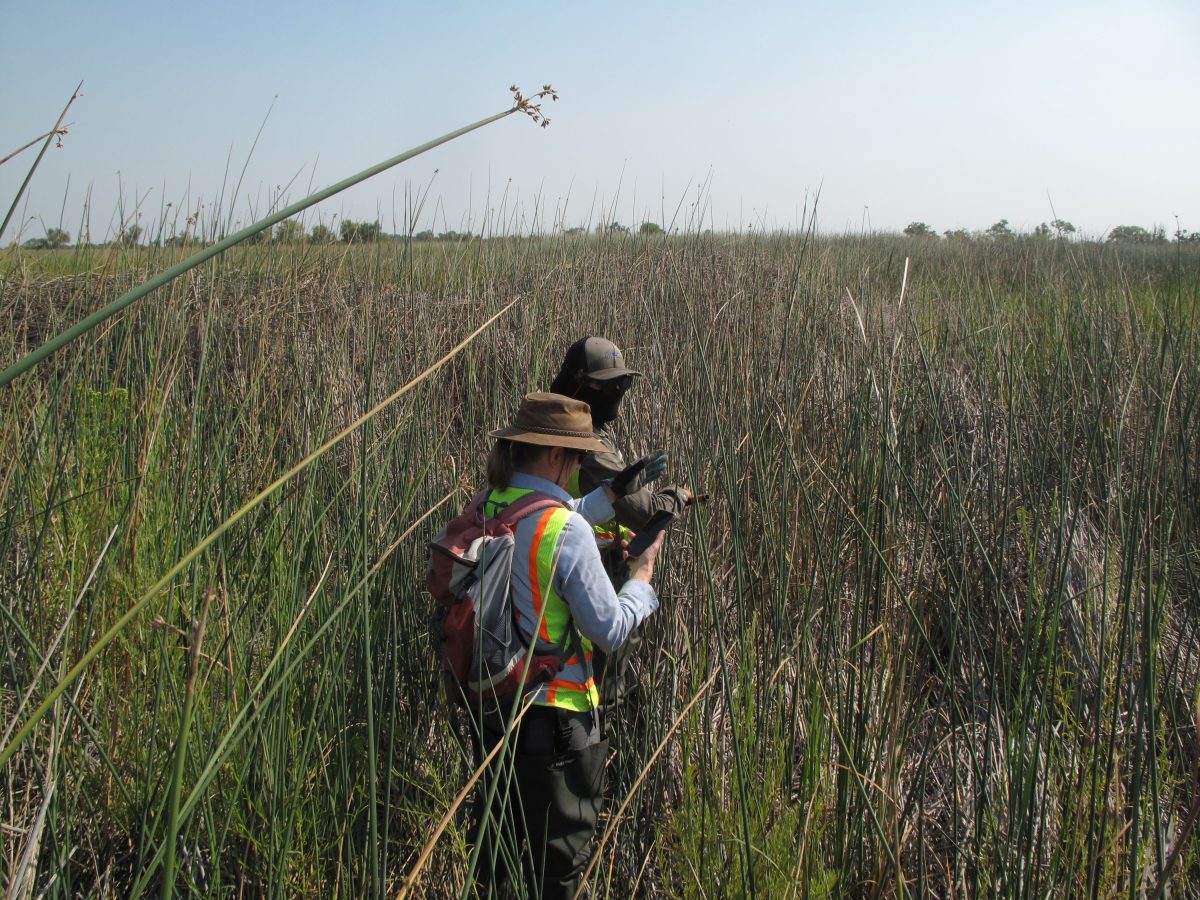
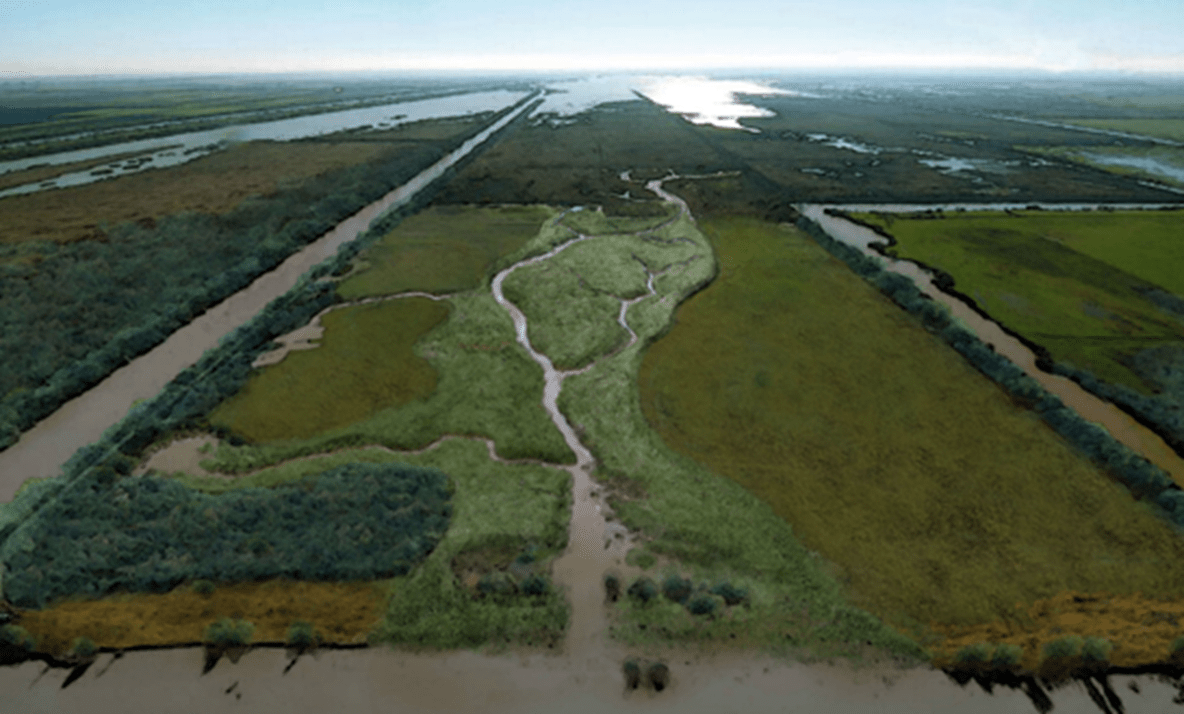 Liberty Island Conservation Bank
Liberty Island Conservation Bank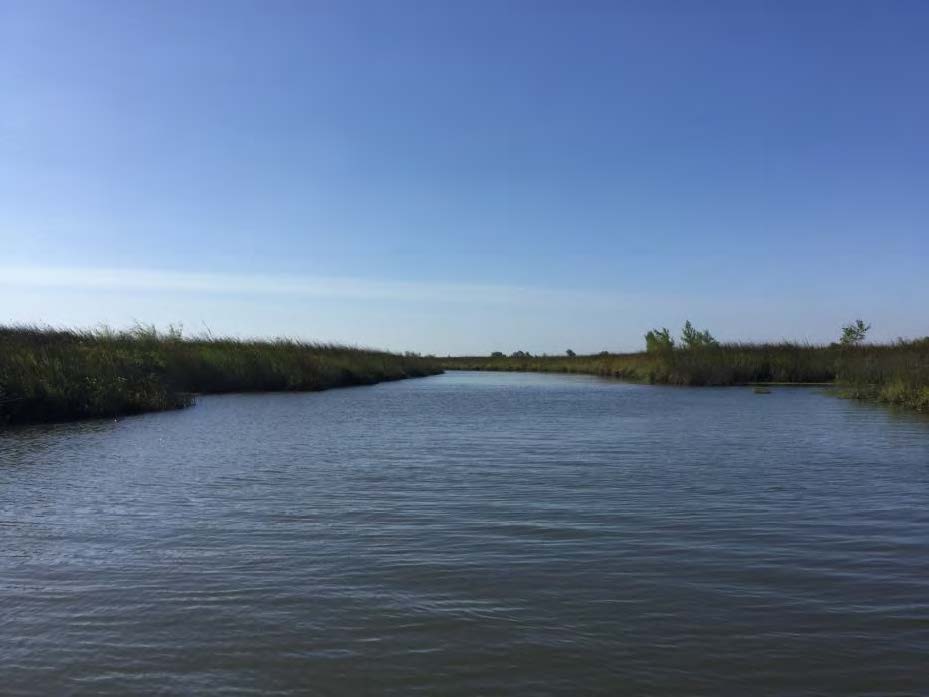 Liberty Island
Liberty Island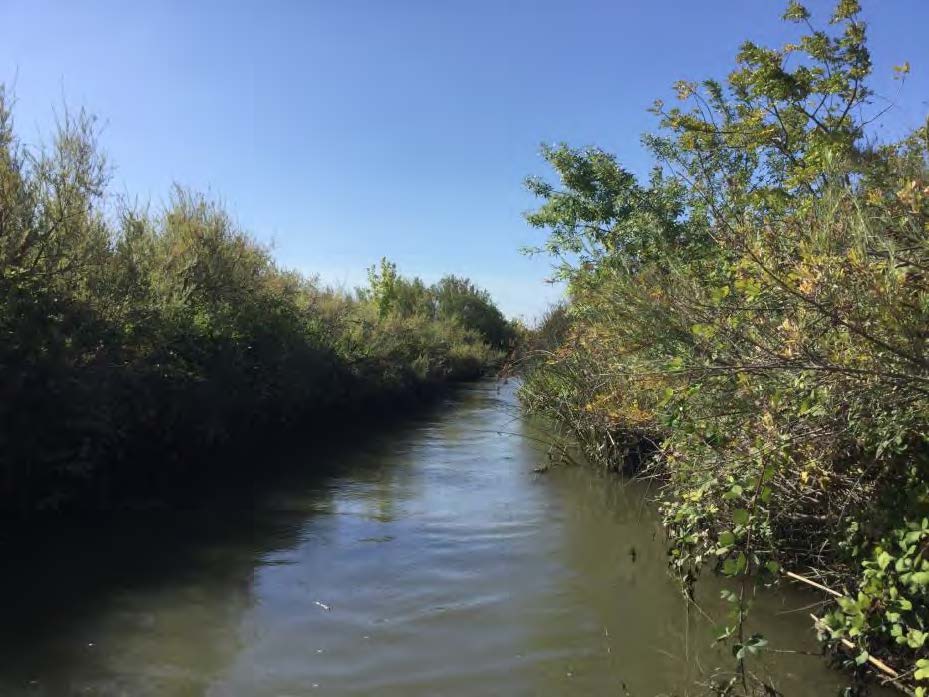 Liberty Island
Liberty Island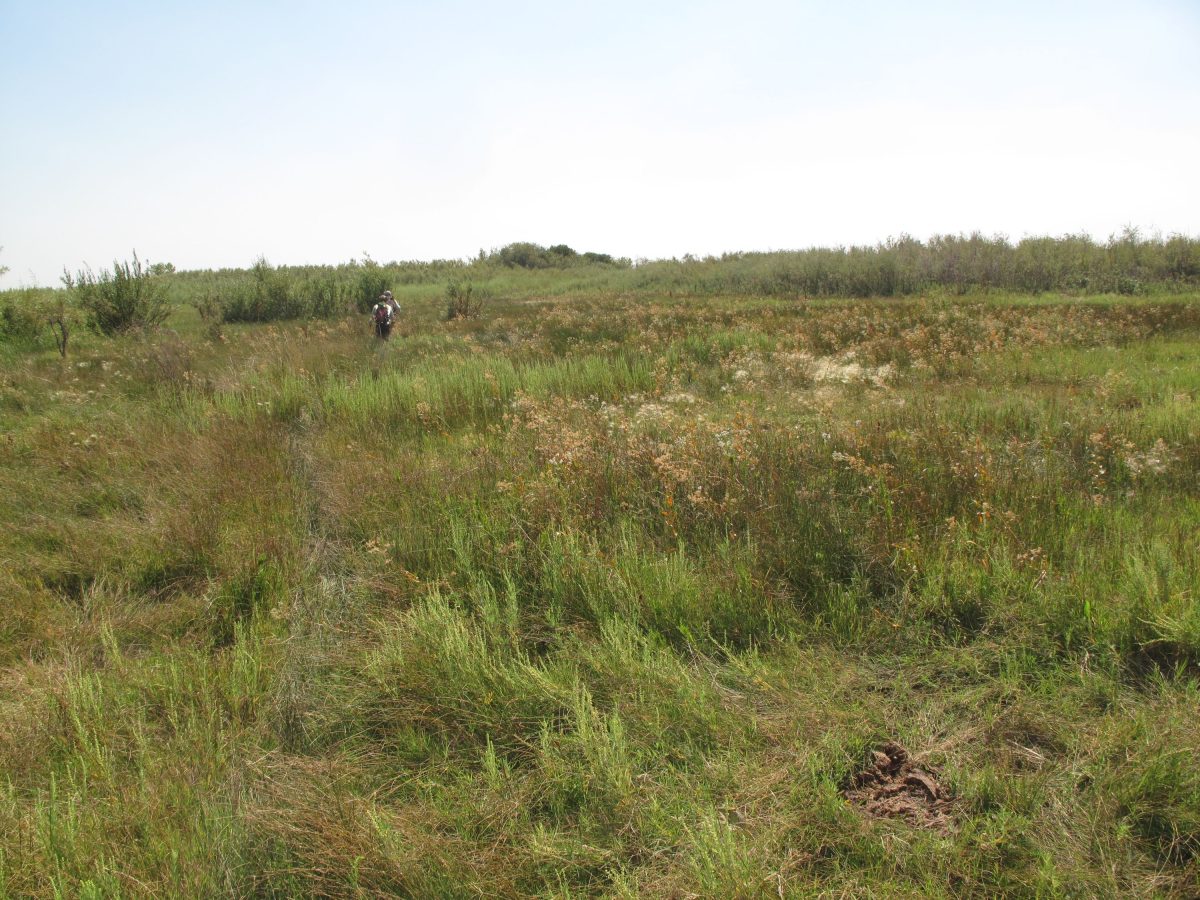
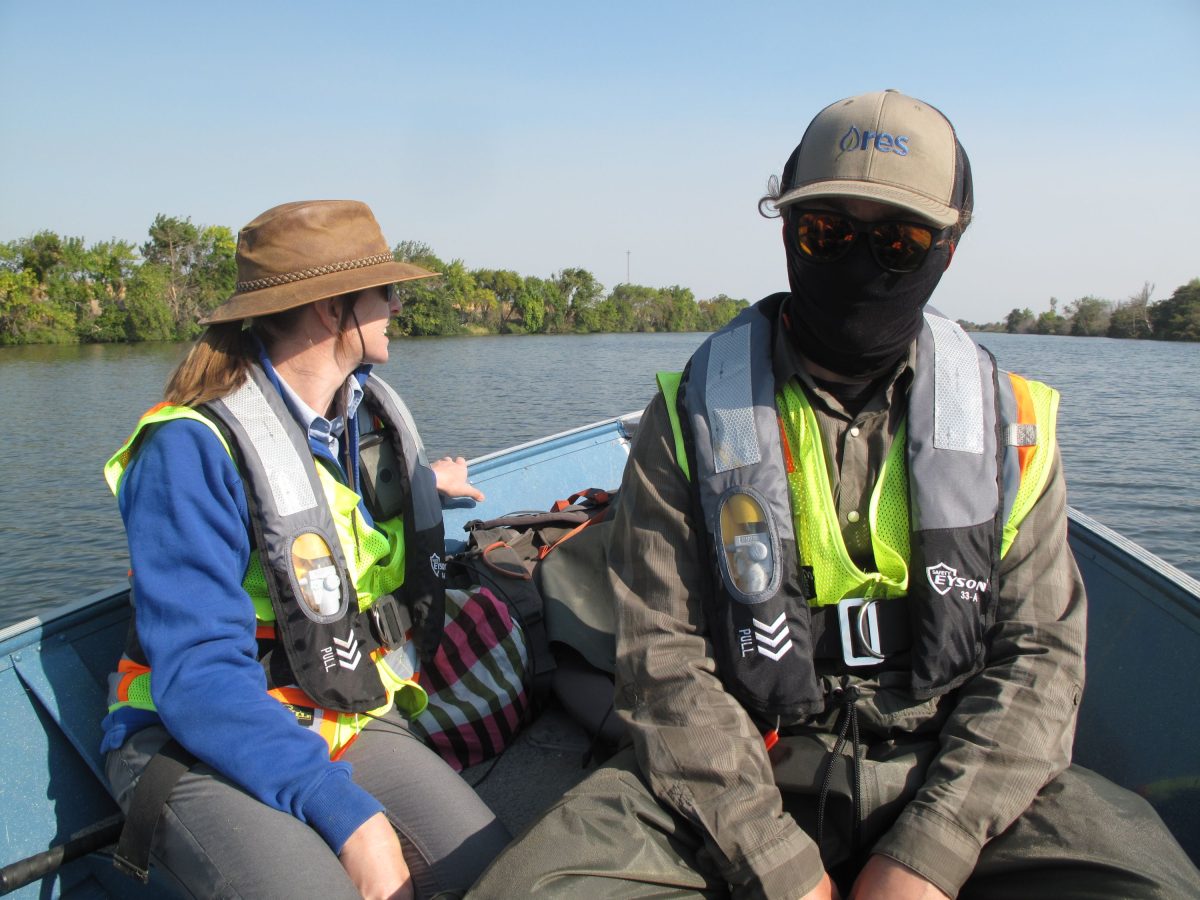
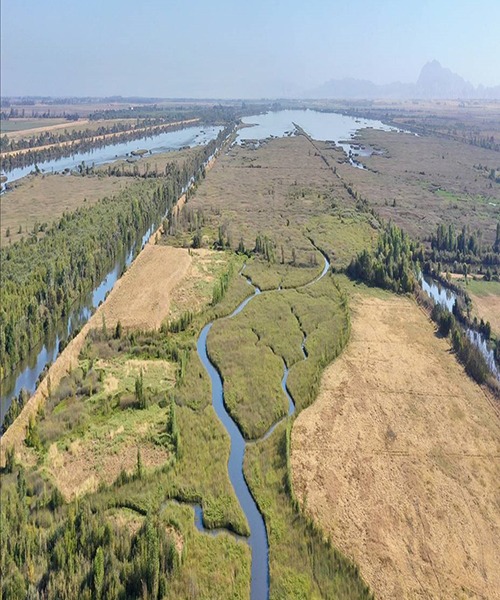 September 2019
September 2019
Ridge Cut Giant Garter Snake Conservation Bank
Yolo County, California
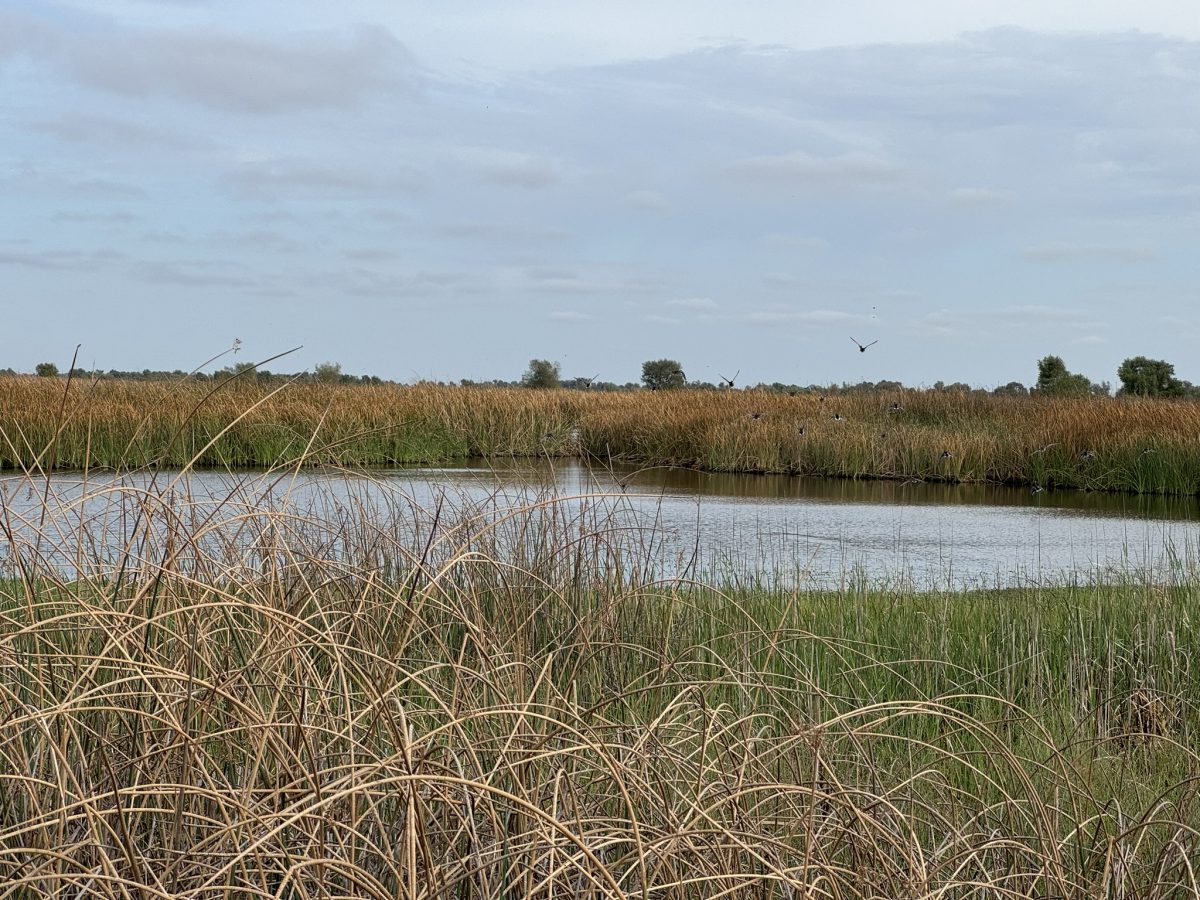
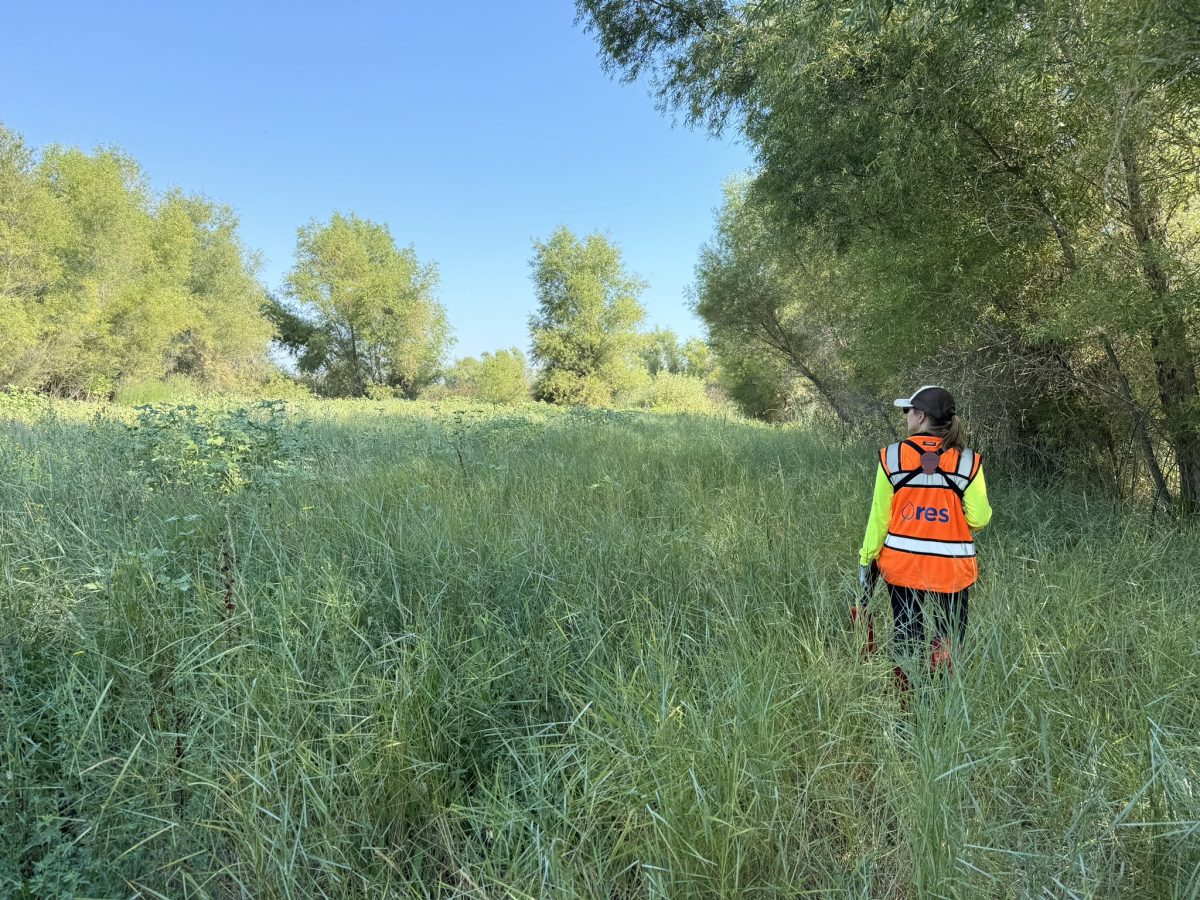
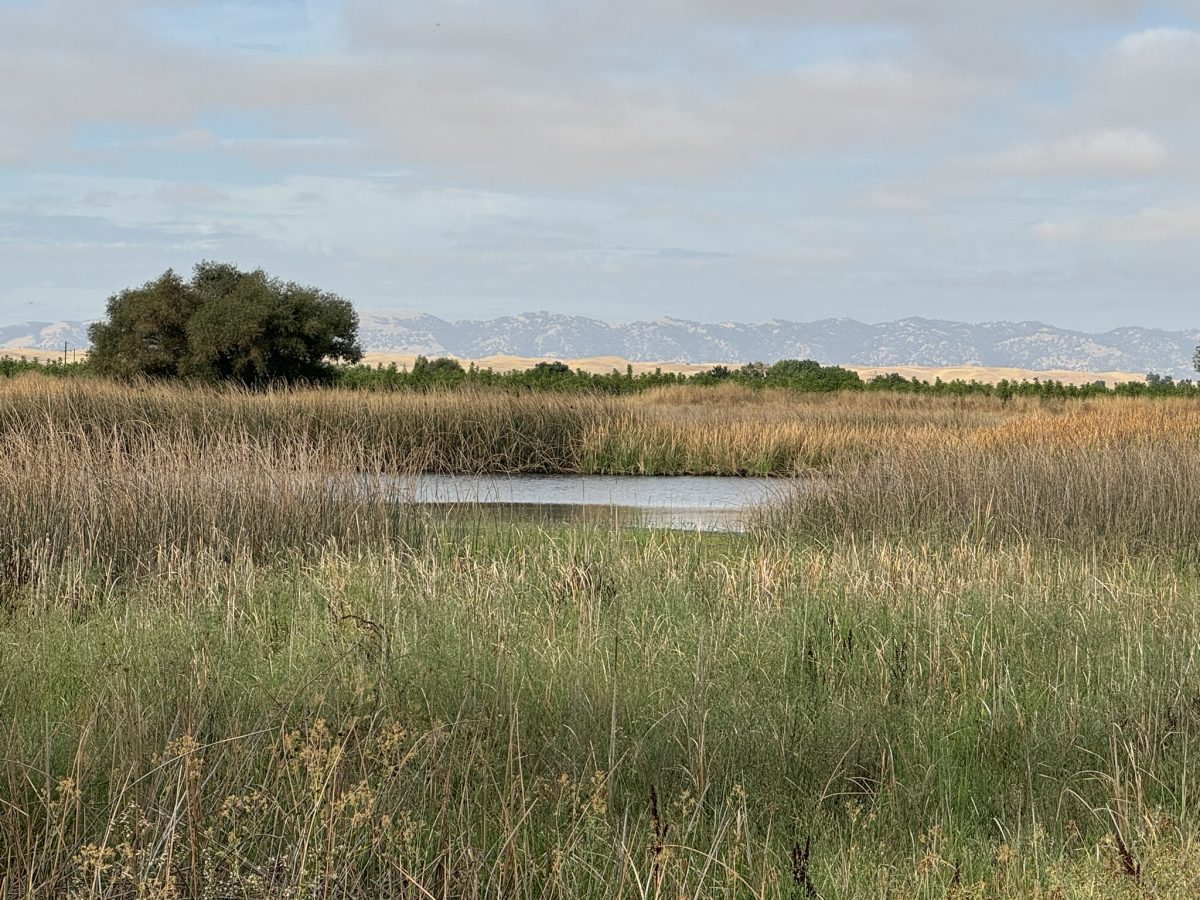
North Delta Fish Conservation Bank
Yolo County, California
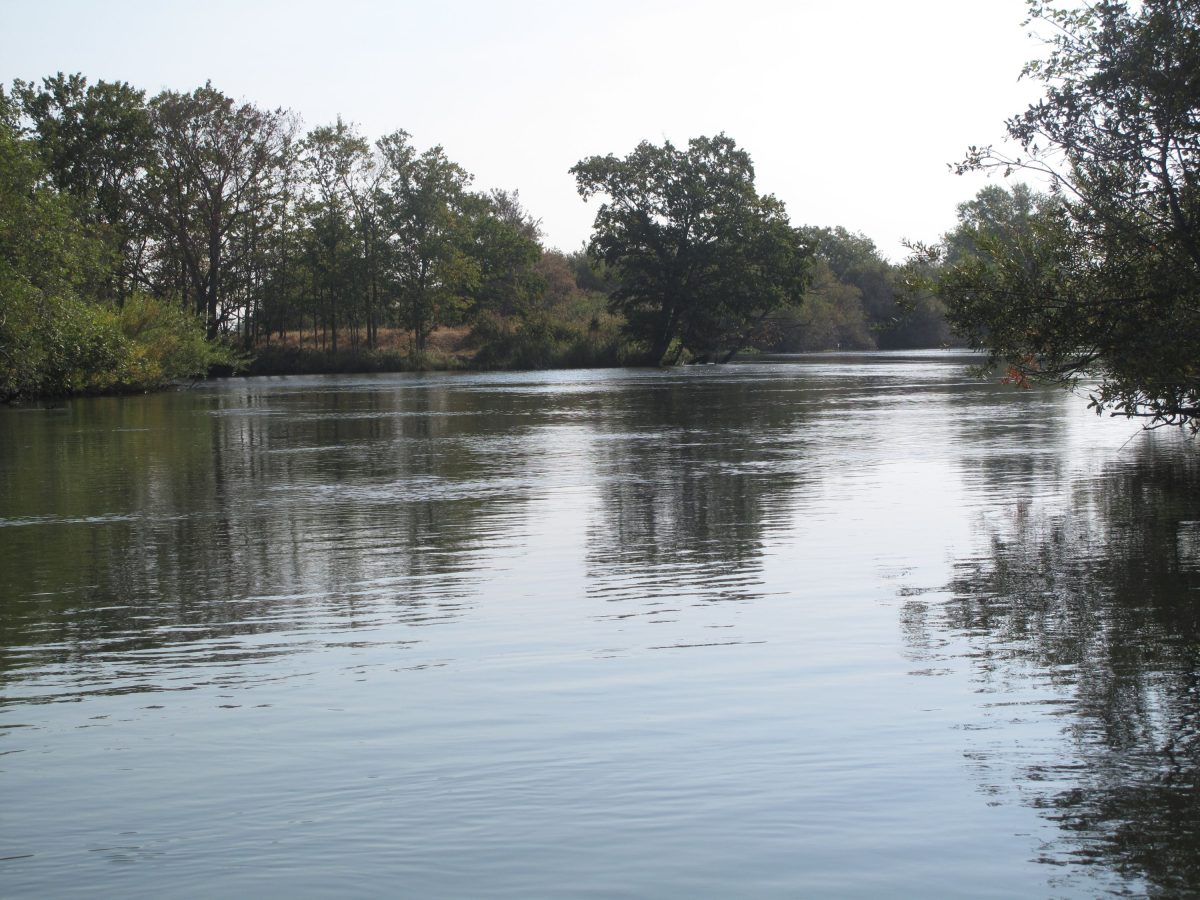 North Delta
North Delta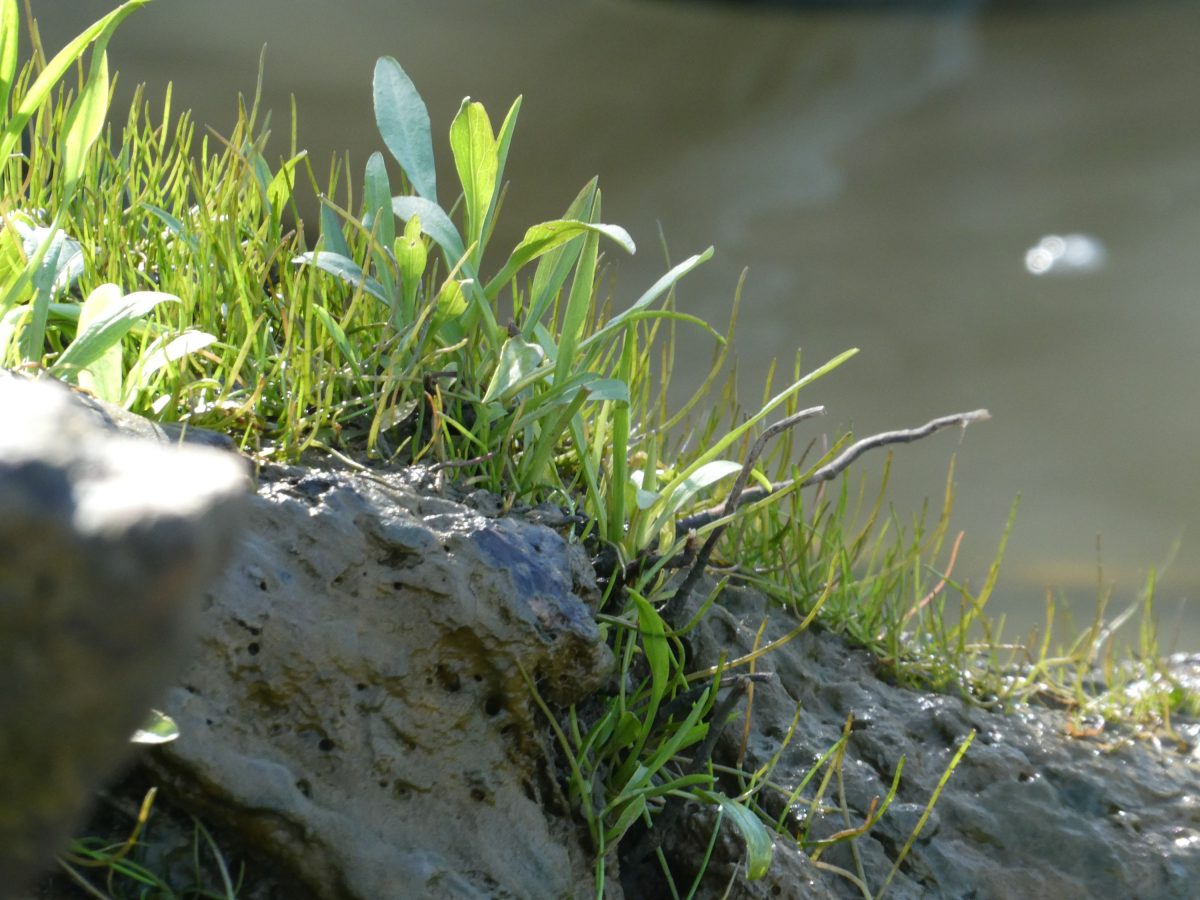 North Delta, Mason's lilaeopsis (Lilaeopsis masonii)
North Delta, Mason's lilaeopsis (Lilaeopsis masonii)
Carolina Heelsplitter Species Conservation Bank
Lancaster County, South Carolina
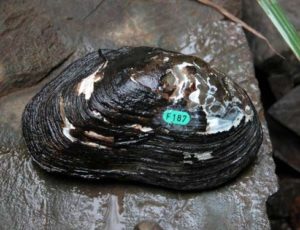 Photo courtesy John Fridell / USFWS, Asheville, NCCLOSE
Photo courtesy John Fridell / USFWS, Asheville, NCCLOSE -
Forested Species
Forested Species
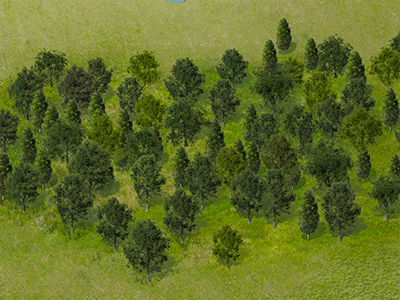
Permanently protected habitats for bats, gopher tortoises, panthers, and other special-status species are restored and conserved via RES mitigation sites.
- Protects biodiversity
- Targets areas of conservation priority
- Often extends wildlife corridors, a RES priority in site selection
Indiana Statewide Bat Conservation Bank
Greene County, Indiana
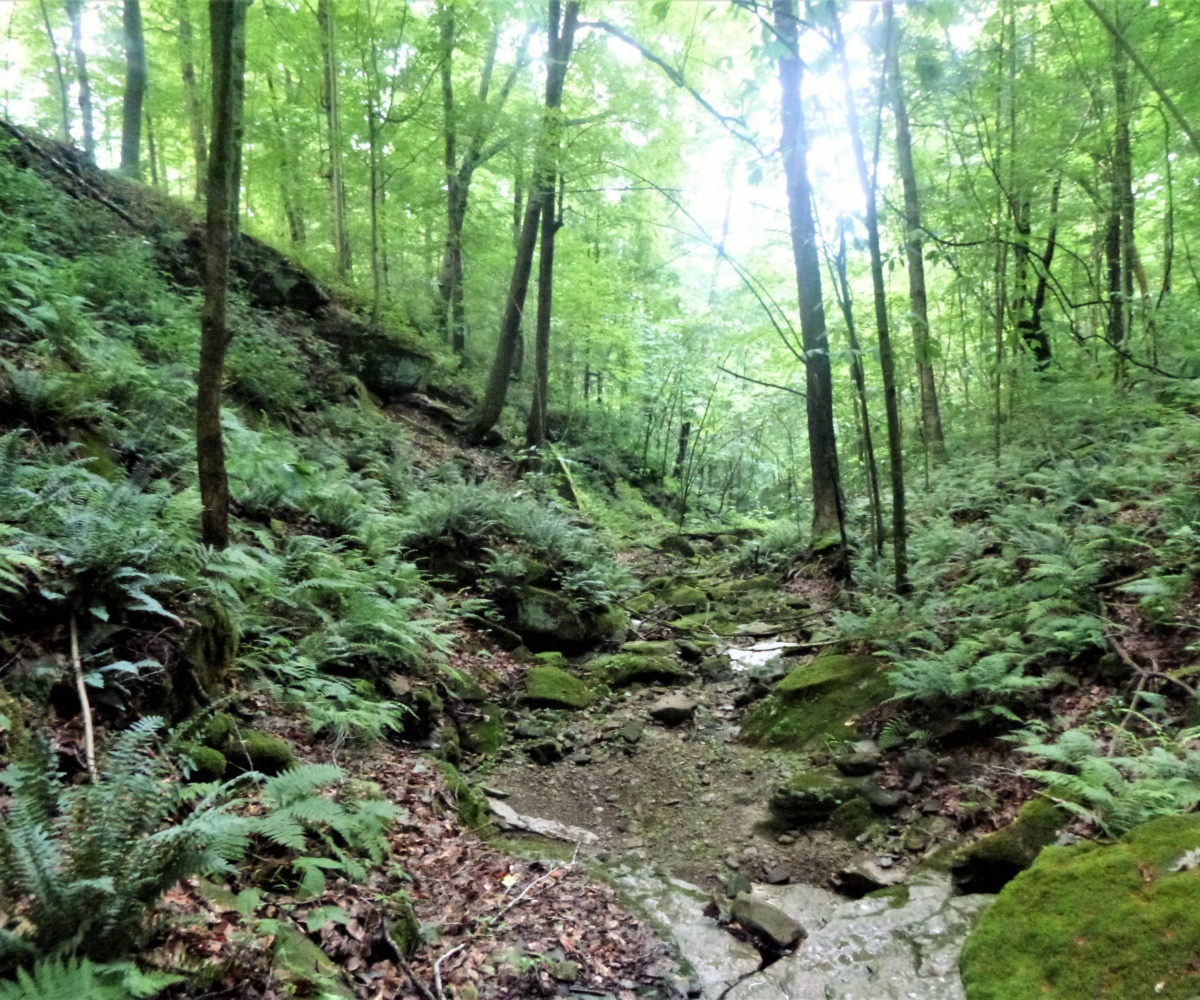 Mitigation bank from the ground
Mitigation bank from the ground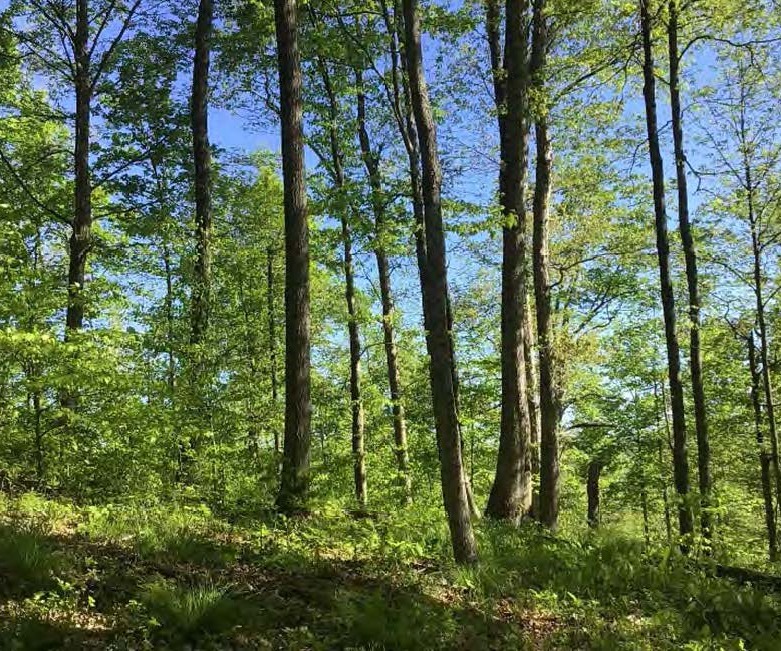 Summer 2021
Summer 2021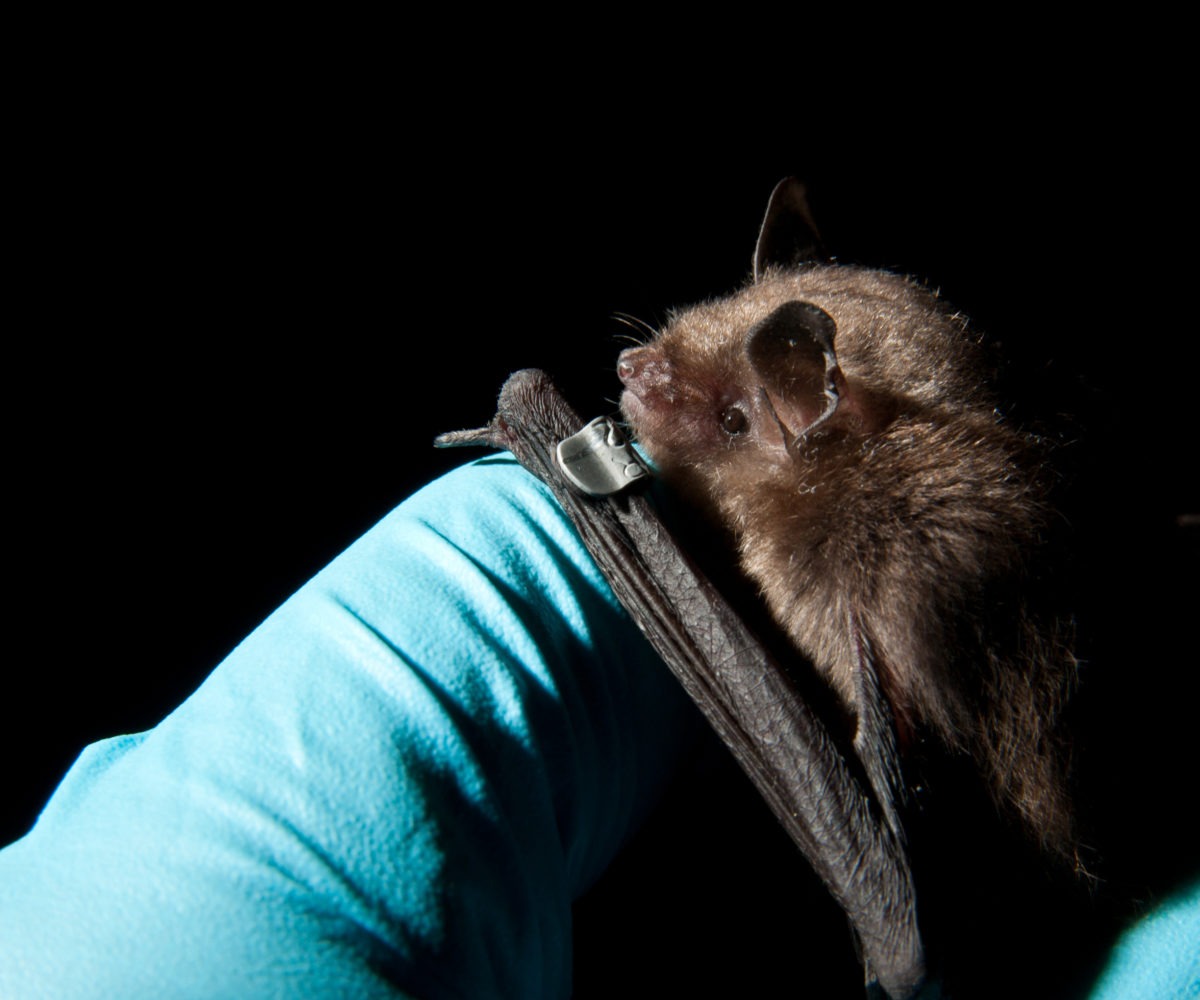 Indiana bat with a wing band, we use-these to identify-individuals and they aid in understanding movement and population dynamics web
Indiana bat with a wing band, we use-these to identify-individuals and they aid in understanding movement and population dynamics web
Pennsylvania Statewide Bat Conservation Bank
Greene County, Pennsylvania
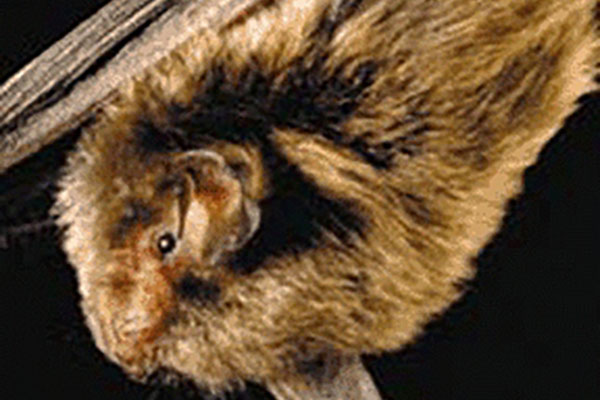 Indiana Bat (Myotis sodalis)
Indiana Bat (Myotis sodalis)
Chiefland 161 Gopher Tortoise Recipient Site
Levy County, Florida




Highlands Ranch Gopher Tortoise Recipient Site Phase II
Clay County, Florida
CLOSE -
Seagrass Mitigation
Seagrass Mitigation
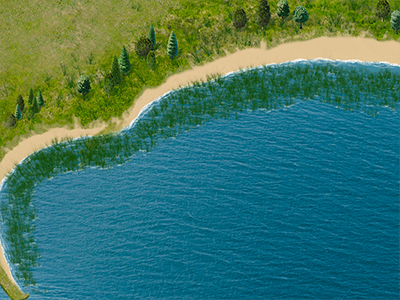
Most common in Florida, seagrass mitigation restores, creates or enhances seagrass to offset damage to nearby seagrass communities, caused by development.
- Stabilizes sediments and keeps them from resuspending in the water column
- Creates habitats for fish, crustaceans, and shellfish
- Serves as a direct and indirect food source for local marine life
USACE, Key Biscayne 145-Acre Seagrass Assessment
Miami-Dade County, Florida
 Divers coordinating at Key Biscayne
Divers coordinating at Key Biscayne A yellow stringray (urobatis jamaicensis) observed along a transect
A yellow stringray (urobatis jamaicensis) observed along a transect recording the abundances of seagrass and algae and identifying species present within the survey area
recording the abundances of seagrass and algae and identifying species present within the survey area reeling in a transect after completing a 300+ meter seagrass survey
reeling in a transect after completing a 300+ meter seagrass survey reeling in a transect tape after finishing a SAV survey
reeling in a transect tape after finishing a SAV survey Taking data at Key BiscayneCLOSE
Taking data at Key BiscayneCLOSE -
Riparian Mitigation
Riparian Mitigation
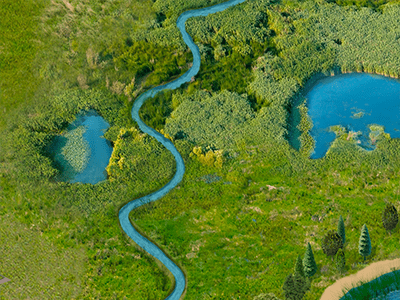
Most common in California, riparian mitigation rebuilds the structure and hydrology of this important “”transition zone”” between terrestrial and aquatic ecosystems.
- Re-established vegetation and floodplain connectivity.
- Manages invasive species
- Reconfigures impaired streams to restore natural hydrology
Buck Run Restoration Site I and II
Allegheny and Washington Counties, Pennsylvania
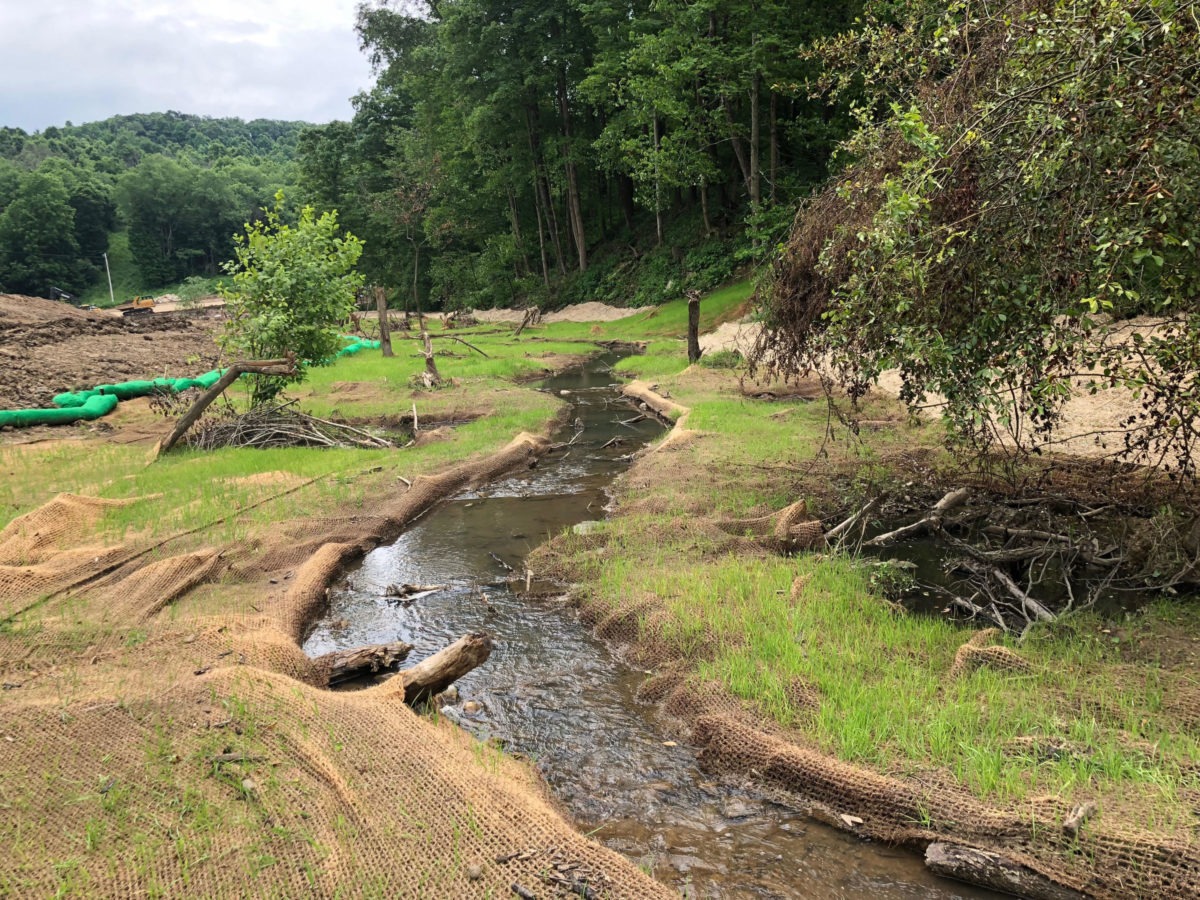 Spring 2021
Spring 2021 Construction Spring 2021
Construction Spring 2021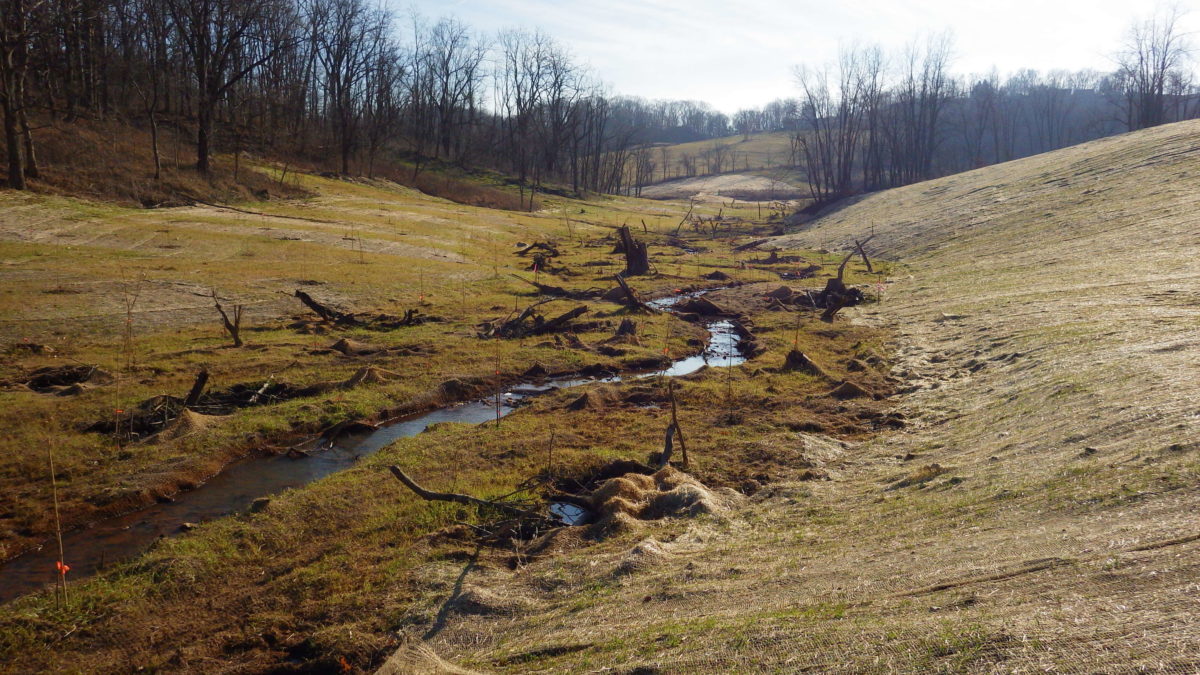 in progress Spring 2021
in progress Spring 2021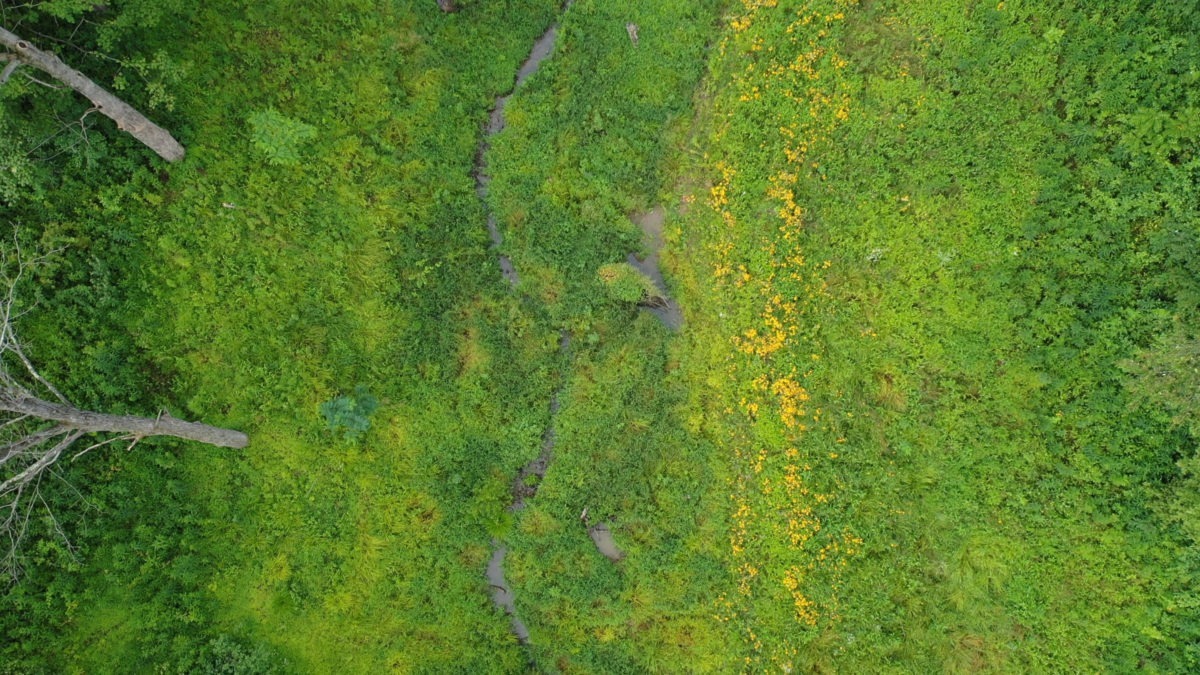 Year one
Year one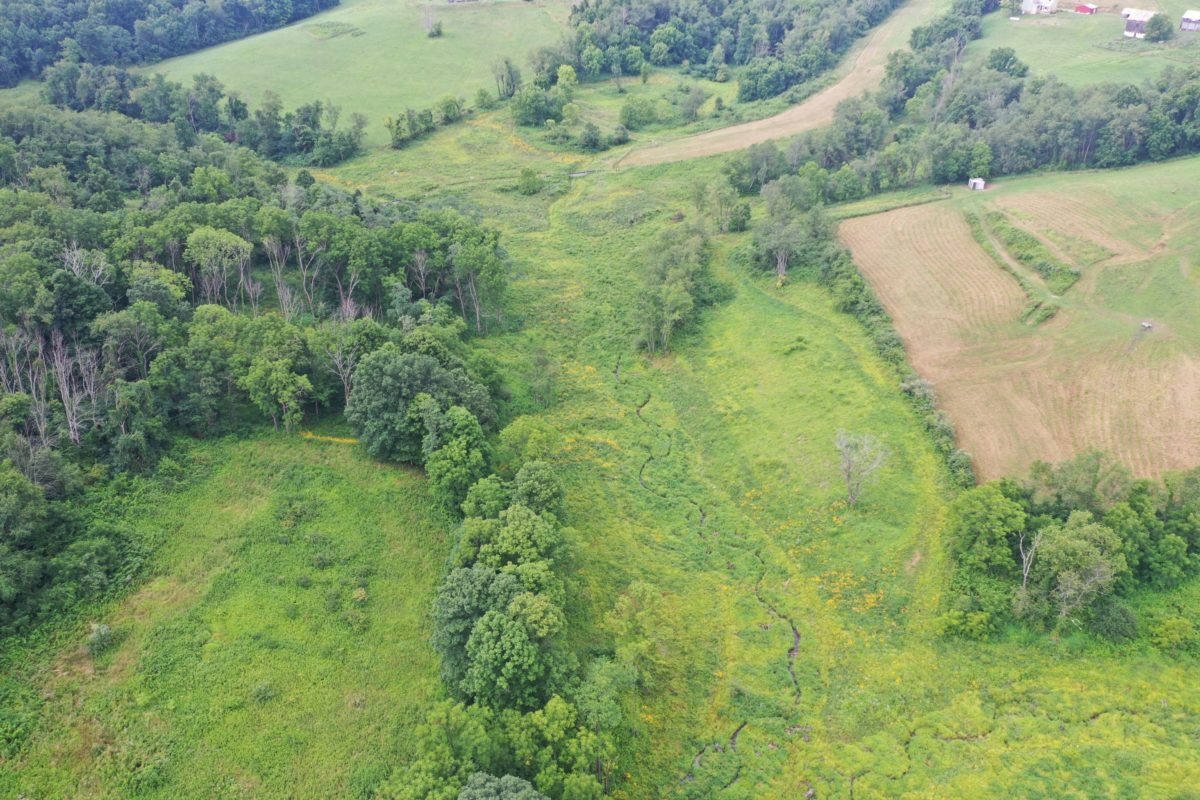 Year one
Year one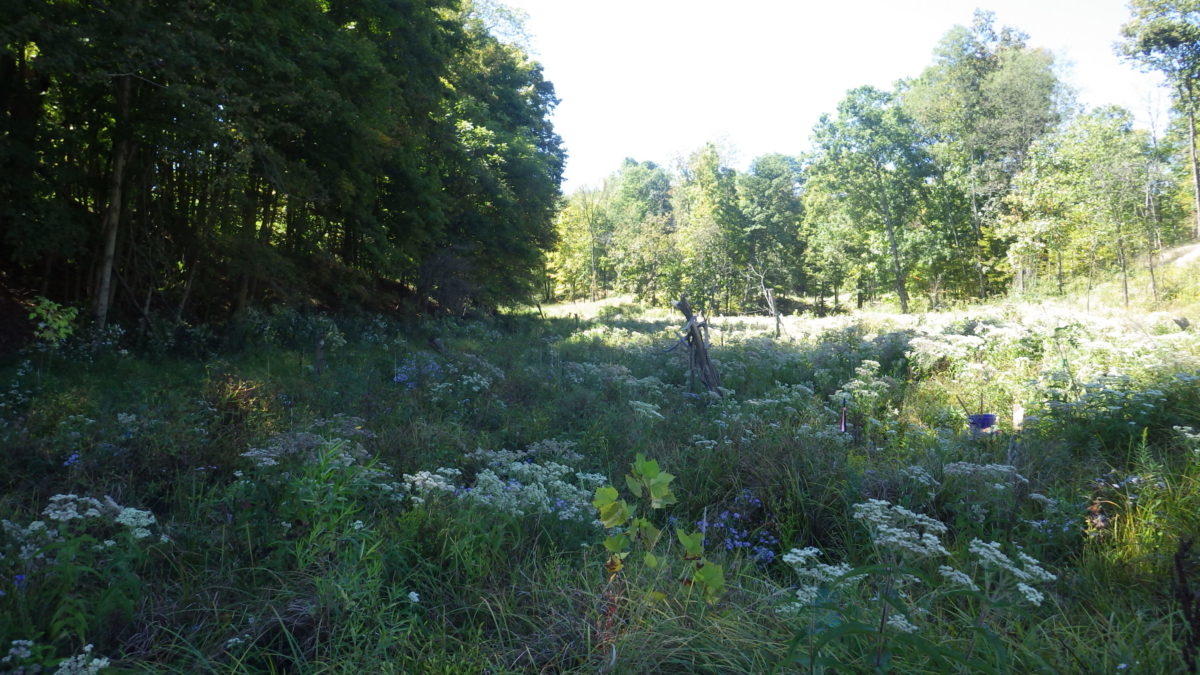 Year oneCLOSE
Year oneCLOSE
Water Quality
-
Floodplain Restoration
Watershed RestorationResiliencyInland FloodingWater SupplyEnvironmental MitigationNutrient Offsets - Watershed
Floodplain restoration helps reduce the risk of flooding by allowing rivers to spread out naturally during high water events.
- Improves water quality
- Reduces the speed of floodwaters
- Creates diverse wildlife habitat
- Increases groundwater recharge
Wilson Ranch Preserve and Restoration
Polk County, Florida



Tarnans Branch Stream Restoration
Anne Arundel County, Maryland
 Tarnans overview
Tarnans overview Post-restoration
Post-restoration pres-restoration
pres-restoration
Bradco Farm Nature Park Wetland Restoration
Winter Haven, Florida

-
Treatment Wetlands
Watershed RestorationResiliencyWater SupplyEnvironmental MitigationNutrient Offsets - Watershed
Constructed treatment wetlands improve water quality, mitigate flood risks, increase biodiversity, and sequester carbon.
- Flood control
- Improved water quality
- Improved biodiversity and habitat
- Carbon sequestration
Jack Smith Creek Stormwater Wetlands
Craven County, North Carolina
 Stormwater Wetlands
Stormwater Wetlands -
Wetland Restoration
Watershed RestorationIn-Water Body RestorationNatural Resource RestorationHabitat RestorationResiliencyInland FloodingWater SupplyEnvironmental MitigationWetland and StreamNutrient Offsets - WatershedNutrient Offsets – In-Water Body
Restored wetlands improve water quality, mitigate flood risks, increase biodiversity, and sequester carbon.
- Flood control
- Improved water quality
- Improved biodiversity and habitat
- Carbon sequestration
Bayou Terrebonne Wetland Mitigation Bank
Terrebonne Parish, Louisiana
 Bayou Terrebonne Mitigation Bank
Bayou Terrebonne Mitigation Bank -
Urban Green Infrastructure
Watershed RestorationEnvironmental MitigationNutrient Offsets - Watershed
Urban green infrastructure integrates natural features like living shorelines, rain gardens, green roofs, urban forestry, and blue-green streets into city landscapes to improve environmental sustainability.
- Improves flood control
- Improves stormwater management
- Enhances urban resilience
- Creates recreational opportunities
Ameren Headquarters Stormwater Management
St Louis, Missouri



Central Baptist Church Green Infrastructure
St Louis, Missouri



Valhalla Constructed Stormwater Wetland
Milwaukee, Wisconsin




Clinton Avenue Stormwater Wetland
Milwaukee, Wisconsin

Theodore Roosevelt Presidential Library
Medora, North Dakota
- 2-acre green roof
- 40-acre site right across the street from Theodore Roosevelt National Park
- 140,000 native plants installed on the green roof
- 290,000 native plants installed across the site
- 15-inch soil depth on the green roof
District Department of Energy and Environment | Green Stormwater Infrastructure Assessment
Washington, DC



Black Swamp Creek Stream Restoration (Corvias)
Prince George's County, Maryland
 Post restoration
Post restoration Post restoration
Post restoration Pre-restoration conditions
Pre-restoration conditions
Jose Marti Park Adaptive Re-Design
City of Miami, Florida
 Jose Marti Park Adaptive Re-Design, before restoration the site experienced frequent flooding
Jose Marti Park Adaptive Re-Design, before restoration the site experienced frequent flooding Jose Marti Park Adaptive Re-Design, before restoration the site experienced frequent flooding
Jose Marti Park Adaptive Re-Design, before restoration the site experienced frequent flooding Jose Marti Park Adaptive Re-Design, green infrastructure retrofits
Jose Marti Park Adaptive Re-Design, green infrastructure retrofits Jose Marti Park Adaptive Re-Design, rendering
Jose Marti Park Adaptive Re-Design, rendering -
Resiliency Parks
Watershed RestorationEnvironmental MitigationNutrient Offsets - Watershed
Resiliency parks integrate community amenities into flood resiliency assets.
- Biking and hiking
- Additional floodplain during a storm
- Can blend green/gray infrastructure
Zube Park Detention Basin and Conveyance Improvements
Harris County, Texas








Fair Bluff Flood Resilience Park Design-Build
Fair Bluff, North Carolina
 Photo Credit: AccuWeather
Photo Credit: AccuWeather
Bradco Farm Nature Park Wetland Restoration
Winter Haven, Florida

-
Stormwater Management
Watershed RestorationResiliencyInland FloodingEnvironmental MitigationNutrient Offsets - Watershed
Stormwater retention/detention systems are designed to capture and hold stormwater, allowing water to gradually infiltrate into the ground.
- Temporarily stores stormwater
- Prevents flooding
- Reduces the strain on downstream drainage systems
Darien Crossing Regional Stormwater Retrofit
Philadelphia , Pennsylvania




Ameren Headquarters Stormwater Management
St Louis, Missouri



Central Baptist Church Green Infrastructure
St Louis, Missouri



Valhalla Constructed Stormwater Wetland
Milwaukee, Wisconsin




Clinton Avenue Stormwater Wetland
Milwaukee, Wisconsin

Prairie Crossing Sustainable Conservation Development
Lake County, Illinois


City of Orlando | Southeast Lakes Drainage Improvements, Lake of the Woods to Al Coith Park
Orange County, Florida
-
Agricultural BMPs
Watershed RestorationNatural Resource RestorationSoil HealthEnvironmental MitigationNutrient Offsets - Watershed
Agricultural Best Management Practices (BMPs) are strategies and techniques used to manage land and water resources in a way that reduces environmental impacts while maintaining or improving agricultural productivity.
- Prevents runoff
- Protects water quality
- Enhances ecosystem health
-
Stream Restoration
Watershed RestorationIn-Water Body RestorationNatural Resource RestorationHabitat RestorationResiliencyInland FloodingEnvironmental MitigationWetland and StreamNutrient Offsets - WatershedNutrient Offsets – In-Water Body
Stream restoration involves rehabilitating degraded streams to improve water quality, restore natural flow patterns, and support aquatic habitats.
- Reduces flood risks
- Restores natural flow patterns
- Enhances habitat for fish wildlife
- Increases resilience of watersheds
Bois d’Arc Lake PRM
Fannin County, Texas














Wancopin Creek Turnkey Stream Restoration and Mitigation Bank
Loudoun County, Virginia
 Wancopin Stream Restoration
Wancopin Stream Restoration
Blackwater Creek Stream and Wetland Restoration
City of Lynchburg, Virginia









Butler’s Bridge Park Stream Restoration
Henry County, Georgia

Pea Hill Branch Stream Restoration
Prince George's County, Maryland



Black Swamp Creek Stream Restoration (Corvias)
Prince George's County, Maryland
 Post restoration
Post restoration Post restoration
Post restoration Pre-restoration conditions
Pre-restoration conditions
Straight Creek Stream Restoration Project
Morgan County , Kentucky
Streambank Stabilization at Holston River Park
Knox County, Tennessee
-
Living Shorelines
In-Water Body RestorationResiliencyCoastal StabilityEnvironmental MitigationNutrient Offsets – In-Water Body
Living shorelines use Nature-based Solutions (NbS) for protecting coastal areas from erosion, often using plants, sand, and rock to stabilize shorelines while preserving habitat.
- Stabilizes shoreline and reduces erosion
- Increases biodiversity
- Improves water quality
GreenShores Living Shoreline
Escambia County, Florida


 GreenShores Living Shoreline along Pensacola Bay
GreenShores Living Shoreline along Pensacola Bay GreenShores Living Shoreline, site plan
GreenShores Living Shoreline, site plan GreenShores Living Shoreline
GreenShores Living Shoreline
Pleasant Point Living Shoreline
City of Norfolk, Virginia
 Pleasant Point Living Shoreline, during construction
Pleasant Point Living Shoreline, during construction Pleasant Point Living Shoreline, during construction
Pleasant Point Living Shoreline, during construction Pleasant Point Living Shoreline, during construction
Pleasant Point Living Shoreline, during construction Pleasant Point Living Shoreline, during construction
Pleasant Point Living Shoreline, during construction Pleasant Point Living Shoreline, during construction
Pleasant Point Living Shoreline, during construction Pleasant Point Living Shoreline, during construction
Pleasant Point Living Shoreline, during construction
North Bay Village Civic Park Living Shoreline
North Bay Village, Florida
-
Mangroves and Salt Marsh
In-Water Body RestorationEnvironmental MitigationWetland and StreamNutrient Offsets – In-Water Body
Mangroves are tropical trees and shrubs that grow in tidal coastal areas, while salt marshes are grassy ecosystems found in temperate regions along coastlines. Both thrive in saline or brackish water and are adapted to fluctuating water levels and salt content.
- Provides coastal protection by buffering shorelines from storm surges and reducing erosion.
- Supports biodiversity, providing essential habitats for fish, birds, and other wildlife.
- Captures and stores significant amounts of carbon, helping combat climate change.
Graveline Bay Coastal Marsh Restoration
Mobile, Alabama










GreenShores Living Shoreline
Escambia County, Florida


 GreenShores Living Shoreline along Pensacola Bay
GreenShores Living Shoreline along Pensacola Bay GreenShores Living Shoreline, site plan
GreenShores Living Shoreline, site plan GreenShores Living Shoreline
GreenShores Living Shoreline -
Coastal Wetland Restoration
In-Water Body RestorationNatural Resource RestorationHabitat RestorationEnvironmental MitigationNutrient Offsets – In-Water Body
Coastal wetlands provide natural flood protection by absorbing storm surges and reducing shoreline erosion.
- Provides habitat for a diverse range of wildlife
- Improves water quality and resilience
- Captures carbon and helps mitigate climate change
Graveline Bay Coastal Marsh Restoration
Mobile, Alabama










BHP Terrebonne Biodiversity and Resiliency Projects
Terrebonne Parish, Louisiana

 Constructed earthen terraces
Constructed earthen terraces BHP Conceptual Design
BHP Conceptual Design -
Multi-stage Channels
In-Water Body RestorationEnvironmental MitigationNutrient Offsets – In-Water Body
Multi-stage channels are engineered waterways designed with multiple tiers or floodplains that mimic natural stream functions.
- Allows for controlled water flow during high-rain events, reducing flood risks.
- Slows down water flow, preventing erosion of stream banks.
- Create diverse environments for aquatic and riparian species, improving ecological health.
- Creates a wetland floodplain bench within the channel that provides opportunities to capture and sequester pollutants.
Resiliency
-
Resiliency Parks
Inland Flooding
Resiliency parks integrate community amenities into flood resiliency assets.
- Biking and hiking
- Additional floodplain during a storm
- Can blend green/gray infrastructure
Zube Park Detention Basin and Conveyance Improvements
Harris County, Texas








Fair Bluff Flood Resilience Park Design-Build
Fair Bluff, North Carolina
 Photo Credit: AccuWeather
Photo Credit: AccuWeather
Bradco Farm Nature Park Wetland Restoration
Winter Haven, Florida

-
Infiltration Berms
Inland FloodingWater Supply
Infiltration berms are low, constructed mounds designed to slow down and capture runoff, allowing water to gradually infiltrate into the soil. RES uses them in stormwater management design to reduce erosion and improve groundwater recharge.
- Helps to prevent flooding and surface runoff, capturing and slowing down stormwater
- Reduces soil erosion in areas prone to runoff, controlling erosion
- Enhances water infiltration into the ground, replenishing aquifers and supporting groundwater levels.
Irvine Nature Center
Baltimore County, Maryland
 Irvine Nature Center
Irvine Nature Center
Sabine Lake Mitigation Bank
Jefferson County, Texas
BHP Terrebonne Biodiversity and Resiliency Projects
Terrebonne Parish, Louisiana

 Constructed earthen terraces
Constructed earthen terraces BHP Conceptual Design
BHP Conceptual Design -
Dune Restoration
Coastal Stability
“Dune restoration helps protect coastal areas from erosion and storm damage by acting as a natural barrier against wind and waves.
- Provides habitat for unique plant and animal species
- Contributes to the overall health of coastal ecosystems
Caminada Headland Beach and Dune Restoration
Jefferson Parish, Louisiana
 Caminada Headland Beach after restoration
Caminada Headland Beach after restoration Caminada Headland Beach before restoration
Caminada Headland Beach before restoration Louisiana's Gov. Edwards opens beach to public walking
Louisiana's Gov. Edwards opens beach to public walking
Trinity Island Dune Vegetation
Lafourche, Louisiana


Grand Isle Dune Vegetation
Grand Isle, Louisiana
-
Wave Attenuation
Coastal Stability
Wave attenuation slows down or reduces the power of waves as they move over an area, using structures such as marshes or terraces. They are key for keeping coastlines and habitats safe.
- Reduces the impact of waves on shorelines, preventing erosion and property damage.
- Helps maintain coastal ecosystems by protecting delicate habitats from strong wave action.
- Lessens wave height during storms, reducing flooding in coastal communities.
Belle Isle State Park Shoreline Stablization
Lancaster, Virginia
 Prior to restoration, the shoreline was experiencing erosion rates up to 7.6’/year, leading to vertical, actively sloughing banks over 8’ tall in areas.
Prior to restoration, the shoreline was experiencing erosion rates up to 7.6’/year, leading to vertical, actively sloughing banks over 8’ tall in areas.


GreenShores Living Shoreline
Escambia County, Florida


 GreenShores Living Shoreline along Pensacola Bay
GreenShores Living Shoreline along Pensacola Bay GreenShores Living Shoreline, site plan
GreenShores Living Shoreline, site plan GreenShores Living Shoreline
GreenShores Living Shoreline -
Submerged Aquatic Vegetation
Coastal StabilityEnvironmental MitigationWetland and Stream
Submerged aquatic vegetation, including seagrass, enhances water quality by stabilizing sediments, reducing nutrient pollution, and increasing oxygen levels in the water.
- Stabilizes sediments and keeps them from resuspending in the water column
- Creates habitats for fish, crustaceans, and shellfish
- Serves as a direct and indirect food source for local marine life
USACE, Key Biscayne 145-Acre Seagrass Assessment
Miami-Dade County, Florida
 Divers coordinating at Key Biscayne
Divers coordinating at Key Biscayne A yellow stringray (urobatis jamaicensis) observed along a transect
A yellow stringray (urobatis jamaicensis) observed along a transect recording the abundances of seagrass and algae and identifying species present within the survey area
recording the abundances of seagrass and algae and identifying species present within the survey area reeling in a transect after completing a 300+ meter seagrass survey
reeling in a transect after completing a 300+ meter seagrass survey reeling in a transect tape after finishing a SAV survey
reeling in a transect tape after finishing a SAV survey Taking data at Key Biscayne
Taking data at Key Biscayne -
Marsh Terraces
Coastal Stability
Marsh terraces, such as those in Terrebonne Parish, LA, are earthen structures strategically placed in coastal marshes to restore and enhance wetlands by reducing erosion and encouraging sediment deposition.
- Controls erosion, reducing wave energy, minimizing shoreline erosion and protecting wetland ecosystems.
- Aids in habitat restoration, providing critical habitat for fish, birds, and other wildlife, enhancing biodiversity.
- Traps sediments and nutrients, improving water clarity and overall ecosystem health.
BHP Terrebonne Biodiversity and Resiliency Projects
Terrebonne Parish, Louisiana

 Constructed earthen terraces
Constructed earthen terraces BHP Conceptual Design
BHP Conceptual Design -
Coastal Marsh/Tidal Wetland
Coastal Stability
Coastal marshes and tidal wetlands provide natural flood protection by absorbing storm surges and reducing shoreline erosion.
- Provides habitat for a diverse range of wildlife
- Improves water quality
- Captures carbon and helps mitigate climate change
Graveline Bay Coastal Marsh Restoration
Mobile, Alabama










GreenShores Living Shoreline
Escambia County, Florida


 GreenShores Living Shoreline along Pensacola Bay
GreenShores Living Shoreline along Pensacola Bay GreenShores Living Shoreline, site plan
GreenShores Living Shoreline, site plan GreenShores Living Shoreline
GreenShores Living Shoreline -
Urban Green Infrastructure
ResiliencyInland FloodingCoastal StabilityNutrient Offsets - Watershed
Urban green infrastructure integrates natural features like living shorelines, rain gardens, green roofs, urban forestry, and blue-green streets into city landscapes to improve environmental sustainability.
- Improves flood control
- Improves stormwater management
- Enhances urban resilience
- Creates recreational opportunities
District Department of Energy and Environment | Green Stormwater Infrastructure Assessment
Washington, DC



Black Swamp Creek Stream Restoration (Corvias)
Prince George's County, Maryland
 Post restoration
Post restoration Post restoration
Post restoration Pre-restoration conditions
Pre-restoration conditions
Jose Marti Park Adaptive Re-Design
City of Miami, Florida
 Jose Marti Park Adaptive Re-Design, before restoration the site experienced frequent flooding
Jose Marti Park Adaptive Re-Design, before restoration the site experienced frequent flooding Jose Marti Park Adaptive Re-Design, before restoration the site experienced frequent flooding
Jose Marti Park Adaptive Re-Design, before restoration the site experienced frequent flooding Jose Marti Park Adaptive Re-Design, green infrastructure retrofits
Jose Marti Park Adaptive Re-Design, green infrastructure retrofits Jose Marti Park Adaptive Re-Design, rendering
Jose Marti Park Adaptive Re-Design, rendering
Natural Resource Restoration
-
Native Vegetation and Pollinator Habitat
Habitat Restoration
Native vegetation and pollinator habitats support biodiversity by providing essential food sources and shelter for pollinators like bees, butterflies, and birds, which are crucial for plant reproduction and ecosystem stability.
- Supports biodiversity
- Improves soil health
- Enhances water retention
Mammoth Solar North
Starke County, Indiana






Prairie Wolf Solar
Coles County, Illinois





-
Native Prairie Restoration
Habitat RestorationSoil Health
Native prairie restoration helps revive ecosystems by promoting biodiversity, supporting pollinators, and providing habitat for wildlife, including threatened species.
- Improves soil health,
- Enhances carbon sequestration
- Reduces soil erosion
- Contributes to long-term environmental resilience and sustainability
Heidelberg Materials Habitat Conservation Plan and Wet-Mesic Dolomite Prairie Transplant
Romeoville, Illinois



Lockport Prairie and Prairie Bluff Ecosystem Restoration
Lockport, Illinois




-
Dam Removal and AOP
Dam Removal and AOP
Dam removal and improved aquatic organism passage (AOP) restore the natural flow of a river, allowing fish and other aquatic species to access critical upstream habitats for spawning and migration, which boosts biodiversity and population recovery.
- Improves water quality
- Improves sediment transport
- Increases biodiversity and population recovery
- Reduces flood risks
Our team is leading the Klamath Dam Removal project in Oregon. It is the largest dam removal project in the world.
Carpentersville Dam Removal Project
Carpentersville, Illinois



-
Soil Carbon Sequestration
Soil Health
Soil carbon sequestration helps mitigate climate change by capturing and storing carbon dioxide in the soil, reducing greenhouse gas levels.
- Enhances soil health
- Improves water retention
- Improves nutrient cycling
- Supports sustainable land management
Environmental Mitigation
-
Sediment Inactivation
Nutrient Offsets – In-Water Body
Sediment inactivation is a process that reduces the bioavailability of nutrients and contaminants in sediments, preventing their release into the water column and improving overall water quality.
- Improves water quality
- Enhances aquatic habitat health
- Supports the recovery of fish populations
-
Upland Restoration
Water Storage/Recharge
Upland restoration improves biodiversity and enhances ecosystem resilience in areas like grasslands, forests, and scrublands.
- Prevents soil erosion
- Improves water infiltration
- Supports carbon sequestration
- Provides wildlife habitat
-
Desert Species
Species Habitat Restoration & Conservation
Permanently protected habitats for desert tortoises, bighorn sheep and other special-status species are restored and conserved via RES mitigation sites.
- Protects biodiversity
- Targets areas of conservation priority
- Often extends wildlife corridors, a RES priority in site selection
Rogue Valley Mitigation/Conservation Bank
Jackson County, Oregon
 View of Mount McLoughlin volcano from Rogue Valley
View of Mount McLoughlin volcano from Rogue Valley Rogue Valley, Rare Large-flowered Woolly Meadowfoam (Limnanthes floccosa ssp. grandiflora)
Rogue Valley, Rare Large-flowered Woolly Meadowfoam (Limnanthes floccosa ssp. grandiflora) Ecologist Dawn Cunningham performing rare plant survey at Rogue Valley Bank
Ecologist Dawn Cunningham performing rare plant survey at Rogue Valley Bank -
Grassland Species
Species Habitat Restoration & Conservation
Permanently protected habitats for burrowing owls, Swainson’s hawks, and other special-status species are restored and conserved via RES mitigation sites.
- Protects biodiversity
- Targets areas of conservation priority
- Often extends wildlife corridors, a RES priority in site selection
BHP Terrebonne Biodiversity and Resiliency Projects
Terrebonne Parish, Louisiana

 Constructed earthen terraces
Constructed earthen terraces BHP Conceptual Design
BHP Conceptual Design
Laguna Terrace East Conservation Bank
Sacramento County, California

Campbell Ranch Conservation Bank
Solano County, California







-
Wetland Species
Nutrient Offsets – In-Water BodySpecies Habitat Restoration & Conservation
Permanently protected habitats for California Tiger Salamander, Salt harvest mouse, giant garter snake, and other special-status species are restored and conserved via RES mitigation sites.
- Protects biodiversity
- Targets areas of conservation priority
- Often extends wildlife corridors, a RES priority in site selection
Deadman Creek Conservation Bank
Merced County, California

Elsie Gridley Mitigation Bank
Solano County, California
 Tim DeGraff, RES VP and GM for West Region, led a tour in June 2023 at the request of several California regulators, accompanied by Elsie Gridley landowners Mike Gridley and Ben Winslow.
Tim DeGraff, RES VP and GM for West Region, led a tour in June 2023 at the request of several California regulators, accompanied by Elsie Gridley landowners Mike Gridley and Ben Winslow. The site tour of Elsie Gridley was at the request of the Department of Water Resources (DWR), who also invited California Department of Fish and Wildlife (CDFW). A total of about 20 regulators walked the site, with Tim and others from RES providing an overview of the habitats and our site management activities.
The site tour of Elsie Gridley was at the request of the Department of Water Resources (DWR), who also invited California Department of Fish and Wildlife (CDFW). A total of about 20 regulators walked the site, with Tim and others from RES providing an overview of the habitats and our site management activities. The tour included walking through Elsie Gridley’s mixed habitats, with frequent stops where regulators could ask questions and get a deeper briefing.
The tour included walking through Elsie Gridley’s mixed habitats, with frequent stops where regulators could ask questions and get a deeper briefing. The tour continued through Elsie Gridley’s mixed habitats.
The tour continued through Elsie Gridley’s mixed habitats. The tour group gets a briefing from Tim and an opportunity to ask questions.
The tour group gets a briefing from Tim and an opportunity to ask questions. The 2023 superbloom season at Elsie Gridley was very dramatic. As this vernal pool dried, you could see concentric rings of various flower species around the vernal pools.
The 2023 superbloom season at Elsie Gridley was very dramatic. As this vernal pool dried, you could see concentric rings of various flower species around the vernal pools. As spring progresses, another common flower to see blooming at Elsie Gridley is the Rosy Douglas’ Meadowfoam. This white flower with a red center dominates vernally wet meadows and vernal pool edges.
As spring progresses, another common flower to see blooming at Elsie Gridley is the Rosy Douglas’ Meadowfoam. This white flower with a red center dominates vernally wet meadows and vernal pool edges. Broad leaf filaree (Erodium botrys) can also be found growing amongst the sea of butter n’ eggs at Elsie Gridley.
Broad leaf filaree (Erodium botrys) can also be found growing amongst the sea of butter n’ eggs at Elsie Gridley. Rosy Douglas’ Meadowfoam (Limnanthes douglasii subsp. rosea) (large white flowers), yellow carpet (Blennosperma nanum) (light yellow), broad leaf filaree (Erodium botrys), butter n’ eggs (Triphysaria eriantha) (red-yellow flowers), stalked popcornflower (Plagiobothrys stipitatus var. micranthus) (very small white flower), all in bloom at Elsie Gridley.
Rosy Douglas’ Meadowfoam (Limnanthes douglasii subsp. rosea) (large white flowers), yellow carpet (Blennosperma nanum) (light yellow), broad leaf filaree (Erodium botrys), butter n’ eggs (Triphysaria eriantha) (red-yellow flowers), stalked popcornflower (Plagiobothrys stipitatus var. micranthus) (very small white flower), all in bloom at Elsie Gridley. -
Aquatic Species
Species Habitat Restoration & Conservation
Permanently protected habitats for longfin smelt, giant garter snakes, Carolina heelsplitter mussels, and other special-status species are restored and conserved via RES mitigation sites.
- Protects biodiversity
- Targets areas of conservation priority
- Often extends wildlife corridors, a RES priority in site selection
Liberty Island Conservation Bank
Yolo County, California

 Liberty Island Conservation Bank
Liberty Island Conservation Bank Liberty Island
Liberty Island Liberty Island
Liberty Island

 September 2019
September 2019
Ridge Cut Giant Garter Snake Conservation Bank
Yolo County, California



North Delta Fish Conservation Bank
Yolo County, California
 North Delta
North Delta North Delta, Mason's lilaeopsis (Lilaeopsis masonii)
North Delta, Mason's lilaeopsis (Lilaeopsis masonii)
Carolina Heelsplitter Species Conservation Bank
Lancaster County, South Carolina
 Photo courtesy John Fridell / USFWS, Asheville, NC
Photo courtesy John Fridell / USFWS, Asheville, NC -
Forested Species
Species Habitat Restoration & Conservation
Permanently protected habitats for bats, gopher tortoises, panthers, and other special-status species are restored and conserved via RES mitigation sites.
- Protects biodiversity
- Targets areas of conservation priority
- Often extends wildlife corridors, a RES priority in site selection
Indiana Statewide Bat Conservation Bank
Greene County, Indiana
 Mitigation bank from the ground
Mitigation bank from the ground Summer 2021
Summer 2021 Indiana bat with a wing band, we use-these to identify-individuals and they aid in understanding movement and population dynamics web
Indiana bat with a wing band, we use-these to identify-individuals and they aid in understanding movement and population dynamics web
Pennsylvania Statewide Bat Conservation Bank
Greene County, Pennsylvania
 Indiana Bat (Myotis sodalis)
Indiana Bat (Myotis sodalis)
Chiefland 161 Gopher Tortoise Recipient Site
Levy County, Florida




Highlands Ranch Gopher Tortoise Recipient Site Phase II
Clay County, Florida
-
Seagrass Mitigation
Wetland and Stream
Most common in Florida, seagrass mitigation restores, creates or enhances seagrass to offset damage to nearby seagrass communities, caused by development.
- Stabilizes sediments and keeps them from resuspending in the water column
- Creates habitats for fish, crustaceans, and shellfish
- Serves as a direct and indirect food source for local marine life
USACE, Key Biscayne 145-Acre Seagrass Assessment
Miami-Dade County, Florida
 Divers coordinating at Key Biscayne
Divers coordinating at Key Biscayne A yellow stringray (urobatis jamaicensis) observed along a transect
A yellow stringray (urobatis jamaicensis) observed along a transect recording the abundances of seagrass and algae and identifying species present within the survey area
recording the abundances of seagrass and algae and identifying species present within the survey area reeling in a transect after completing a 300+ meter seagrass survey
reeling in a transect after completing a 300+ meter seagrass survey reeling in a transect tape after finishing a SAV survey
reeling in a transect tape after finishing a SAV survey Taking data at Key Biscayne
Taking data at Key Biscayne -
Riparian Mitigation
Wetland and Stream
Most common in California, riparian mitigation rebuilds the structure and hydrology of this important “”transition zone”” between terrestrial and aquatic ecosystems.
- Re-established vegetation and floodplain connectivity.
- Manages invasive species
- Reconfigures impaired streams to restore natural hydrology
Buck Run Restoration Site I and II
Allegheny and Washington Counties, Pennsylvania
 Spring 2021
Spring 2021 Construction Spring 2021
Construction Spring 2021 in progress Spring 2021
in progress Spring 2021 Year one
Year one Year one
Year one Year one
Year one
